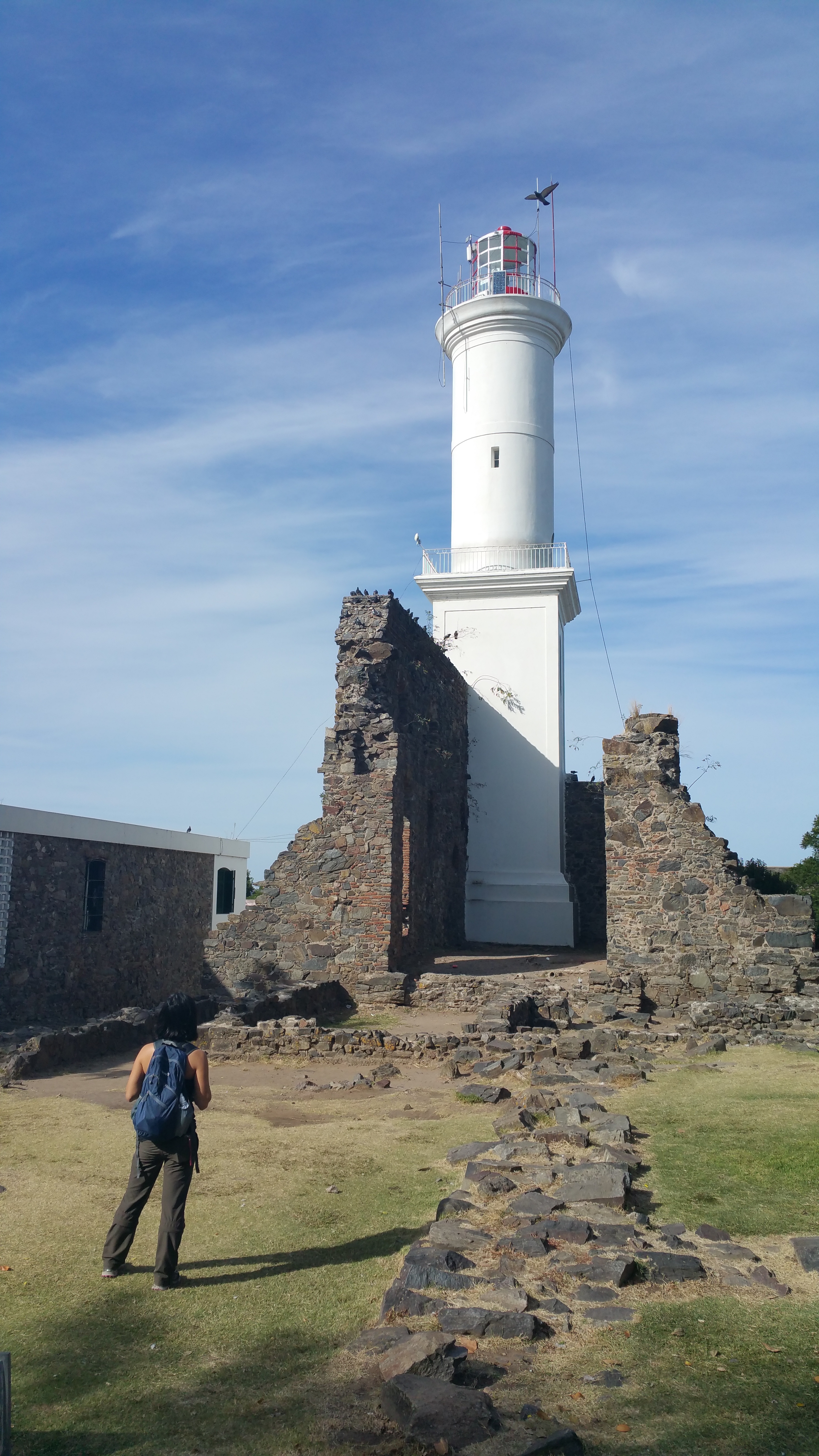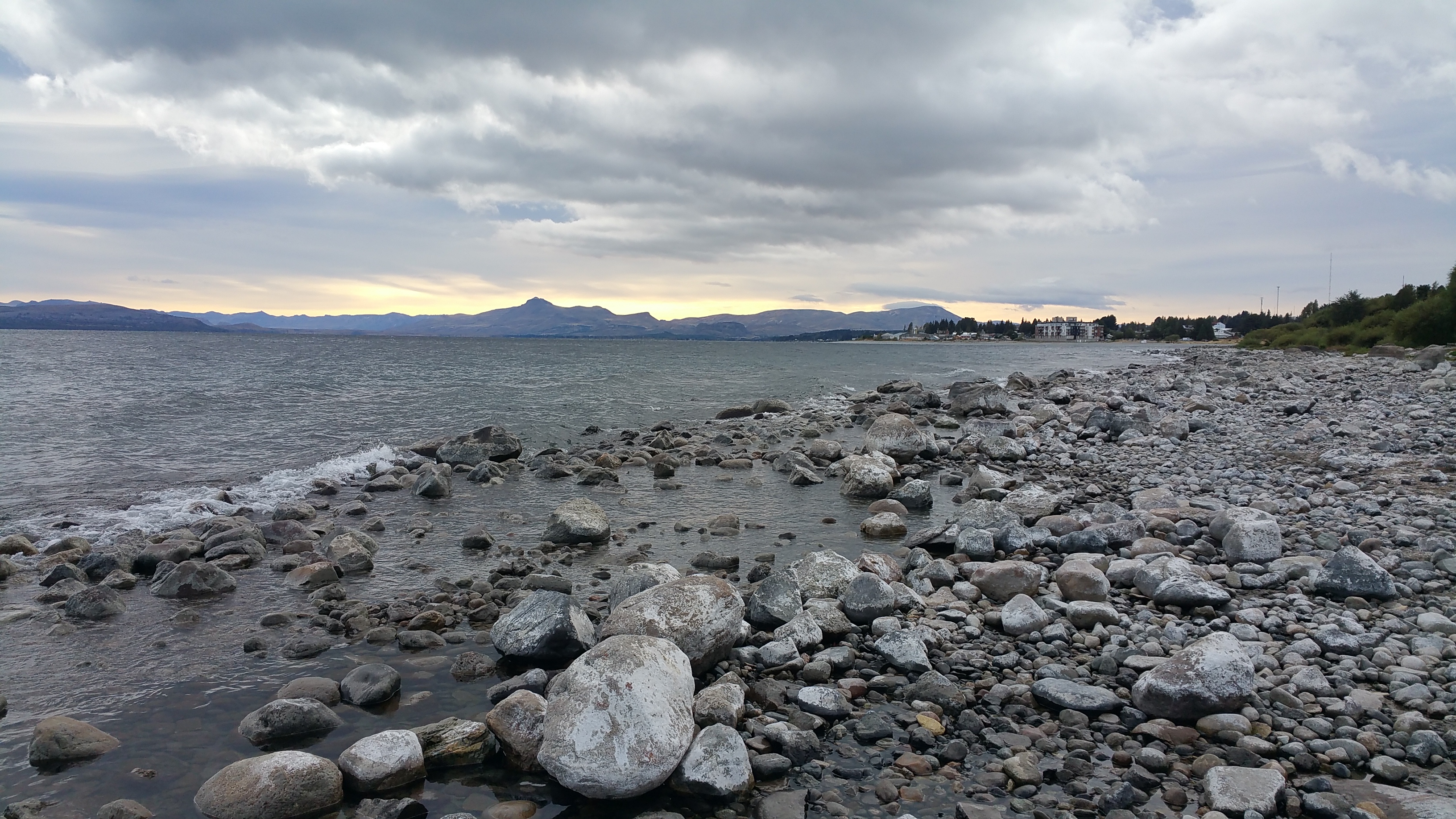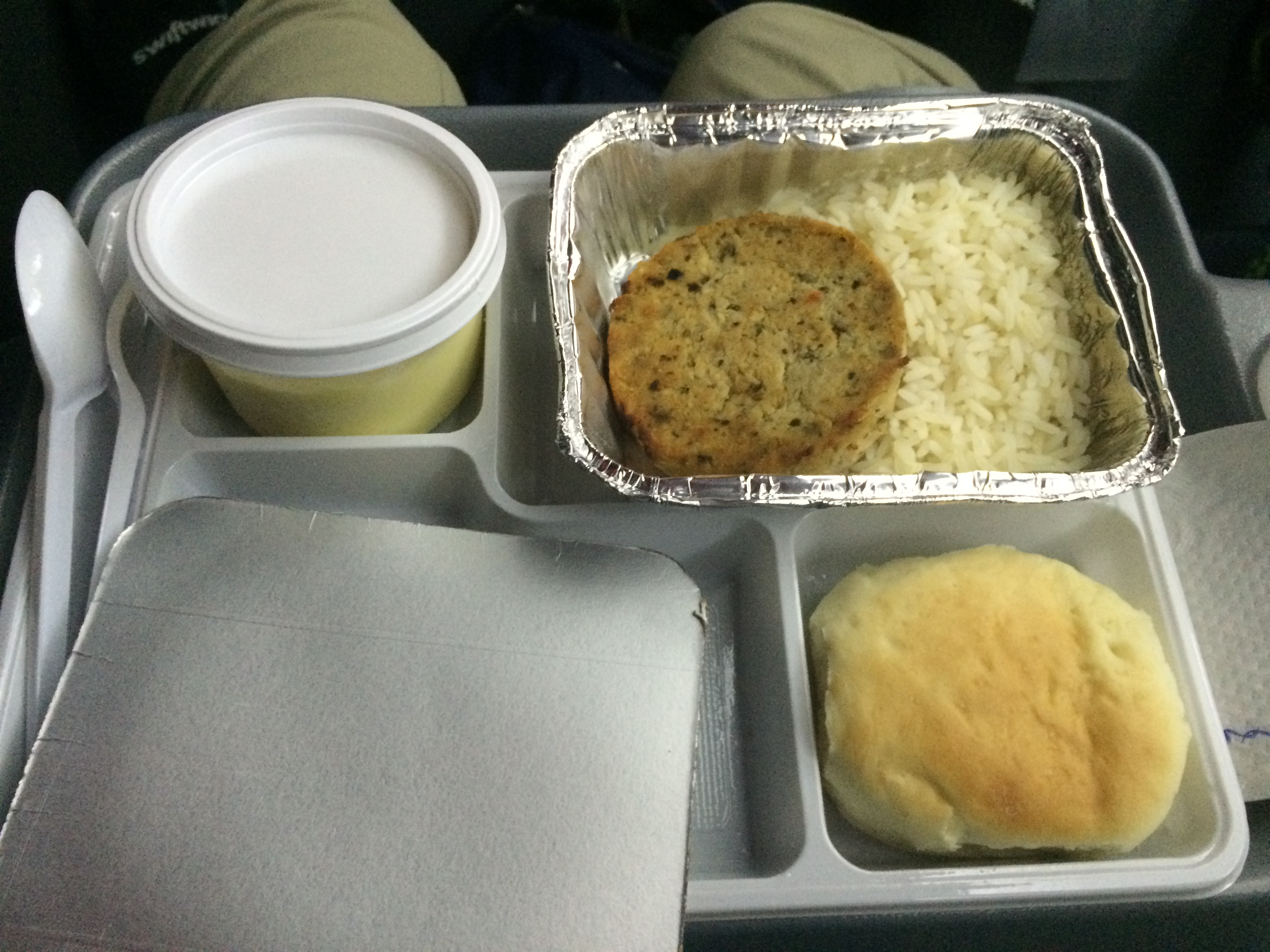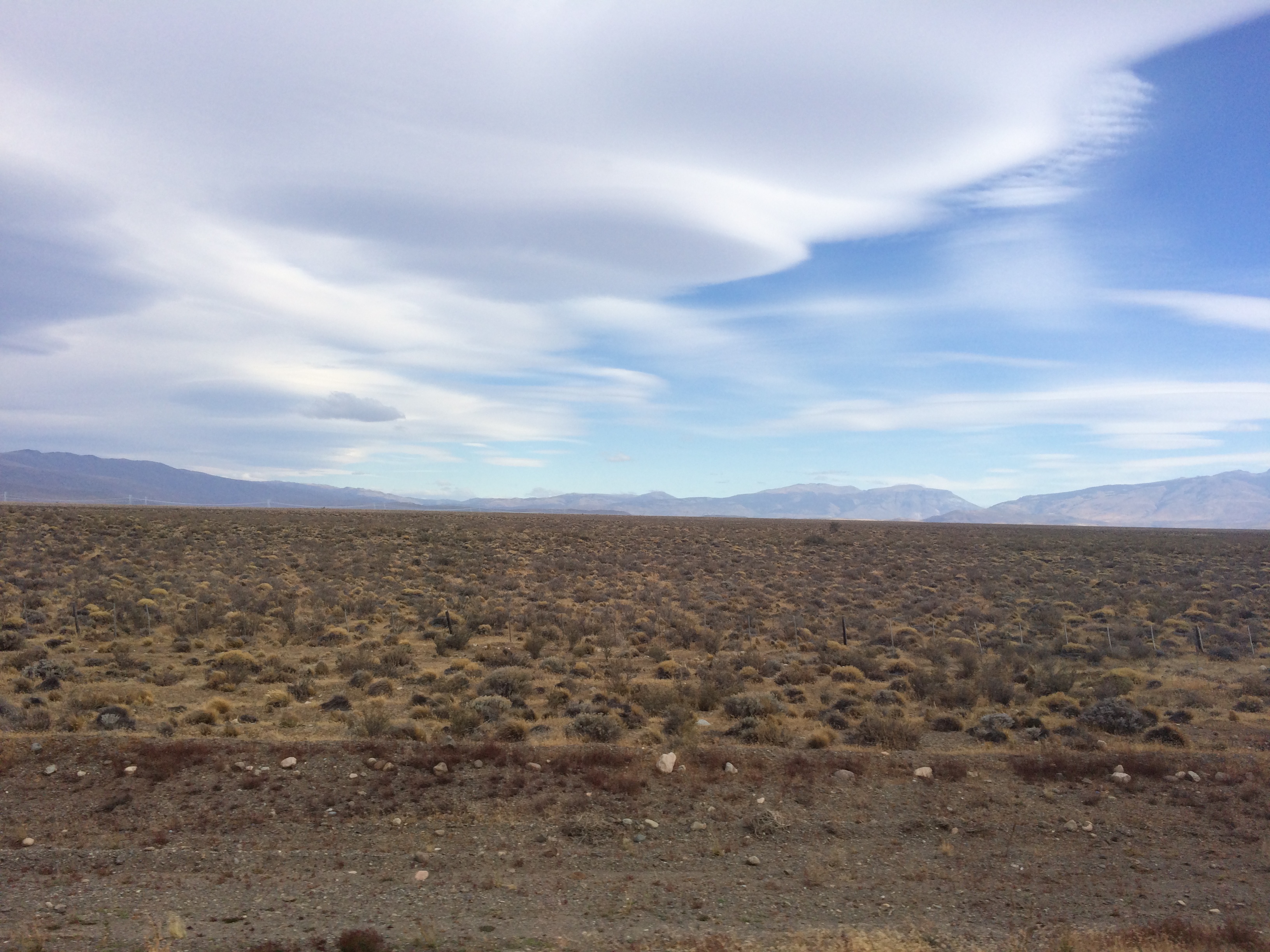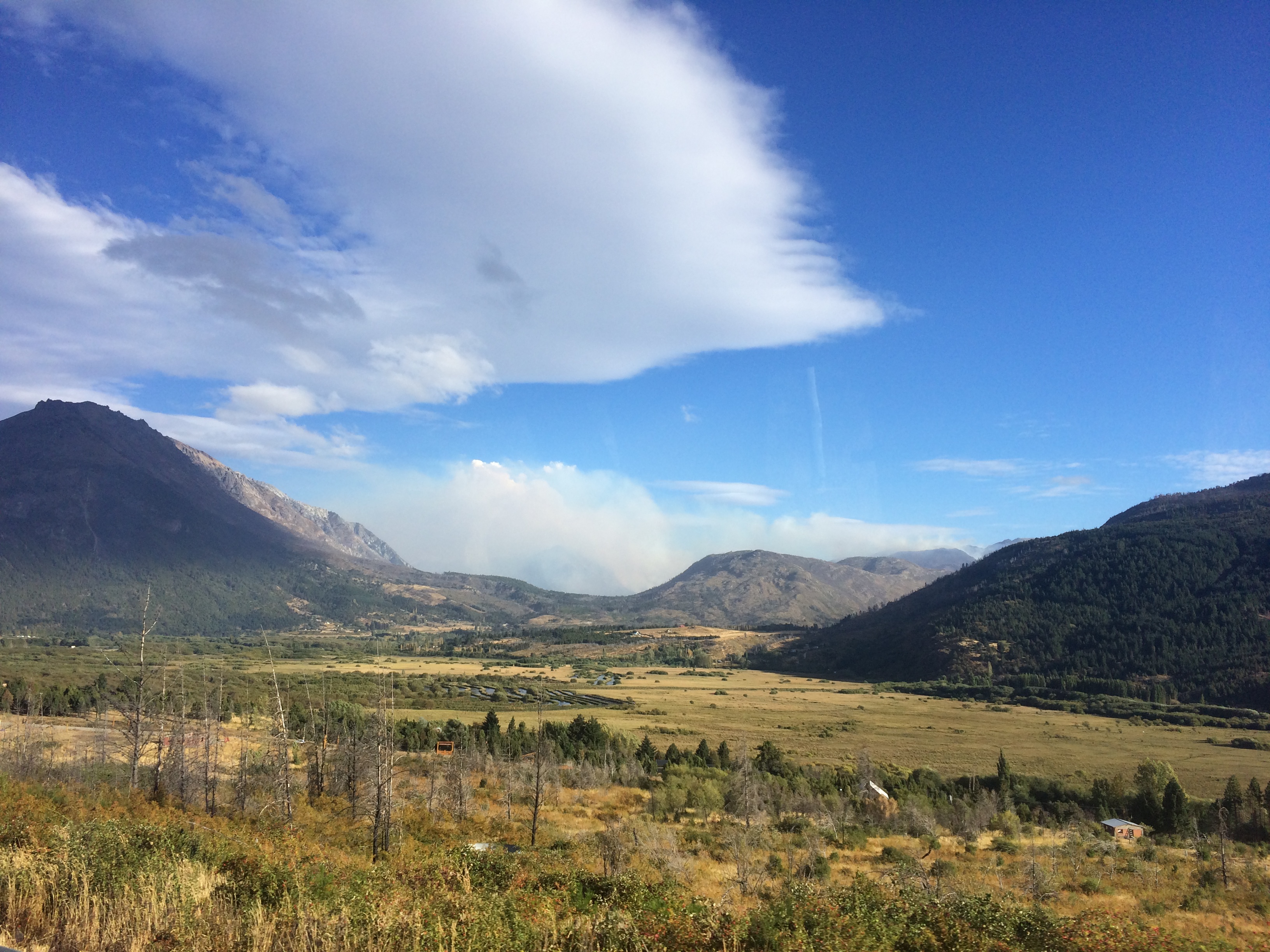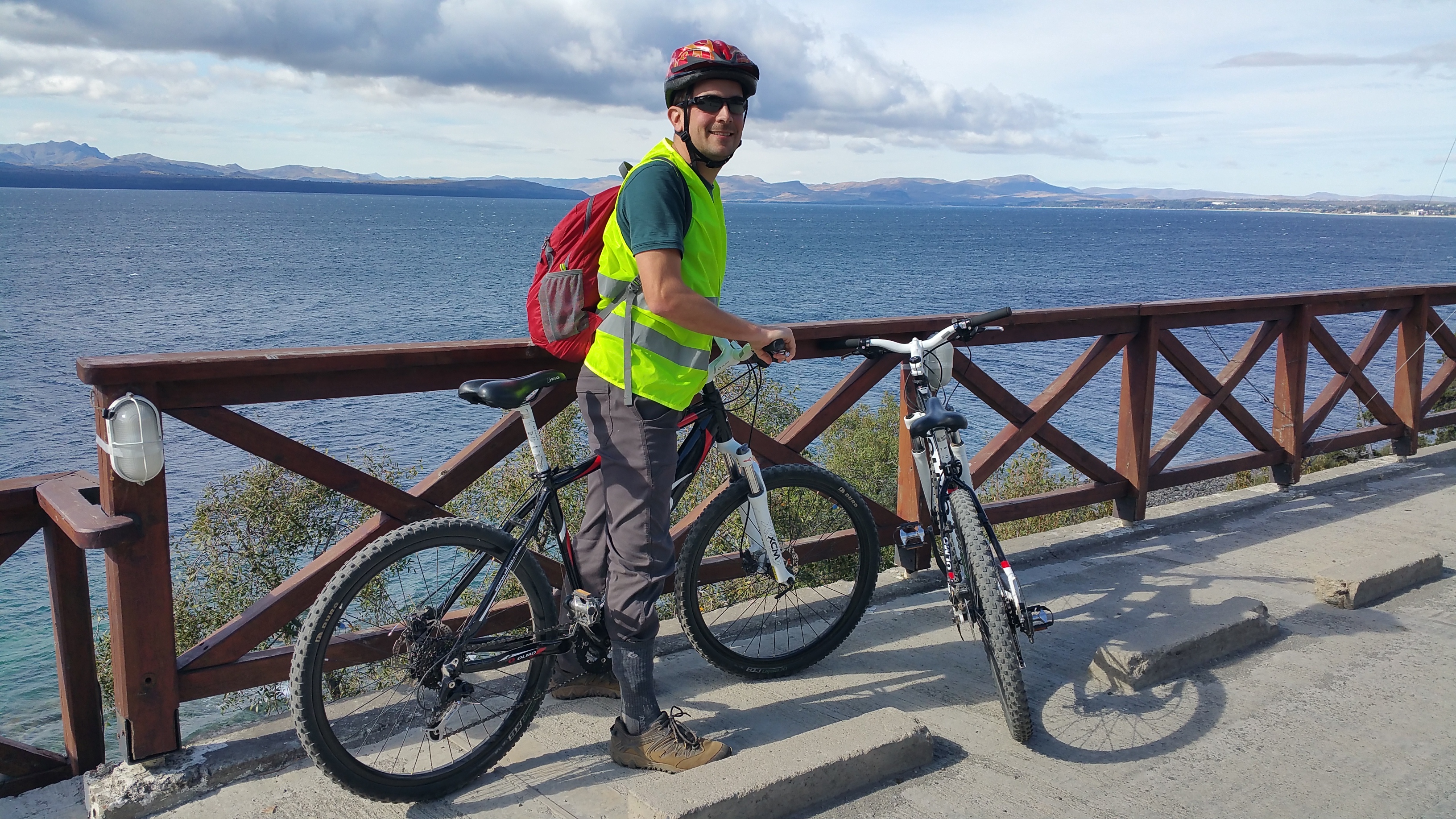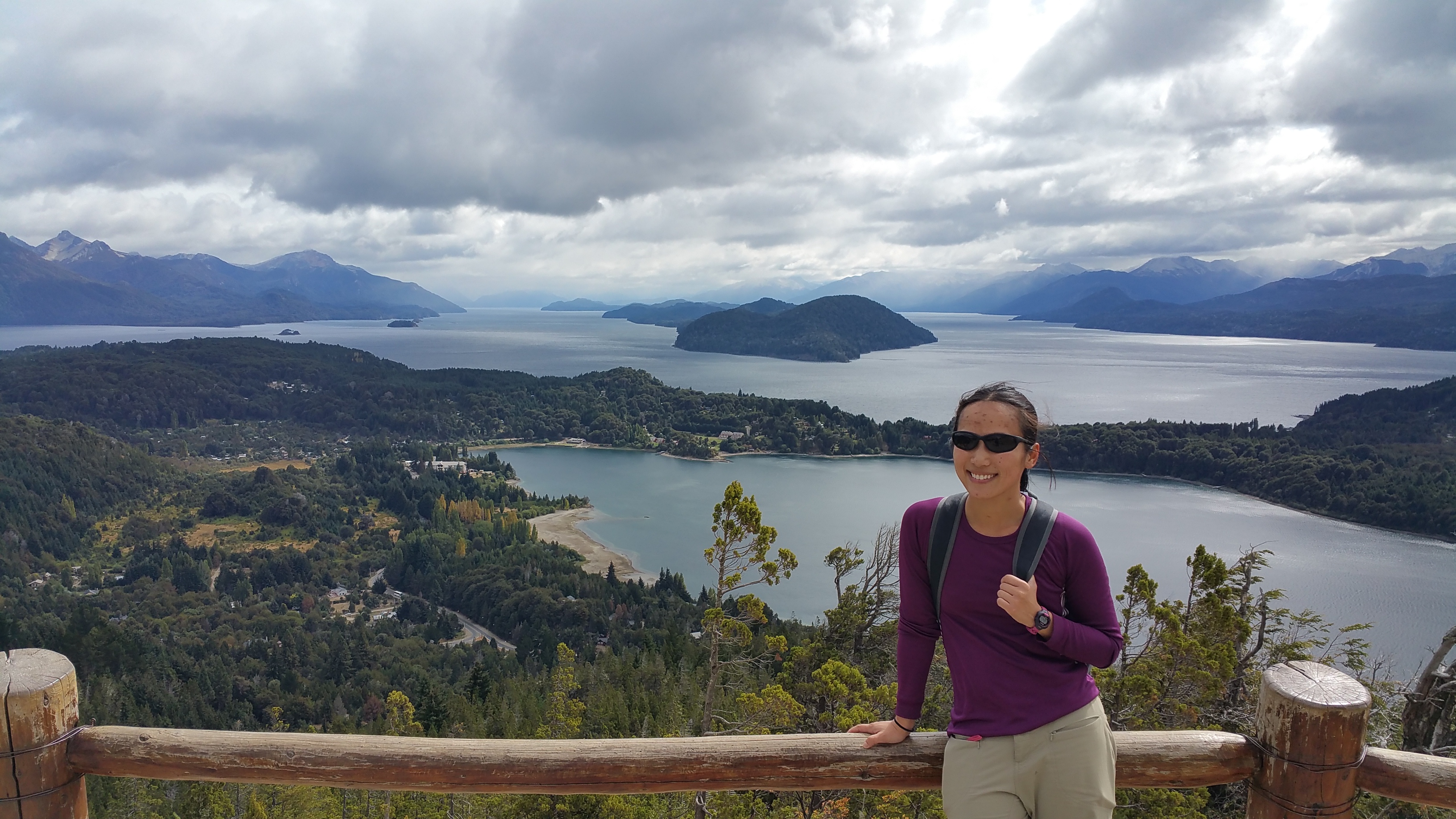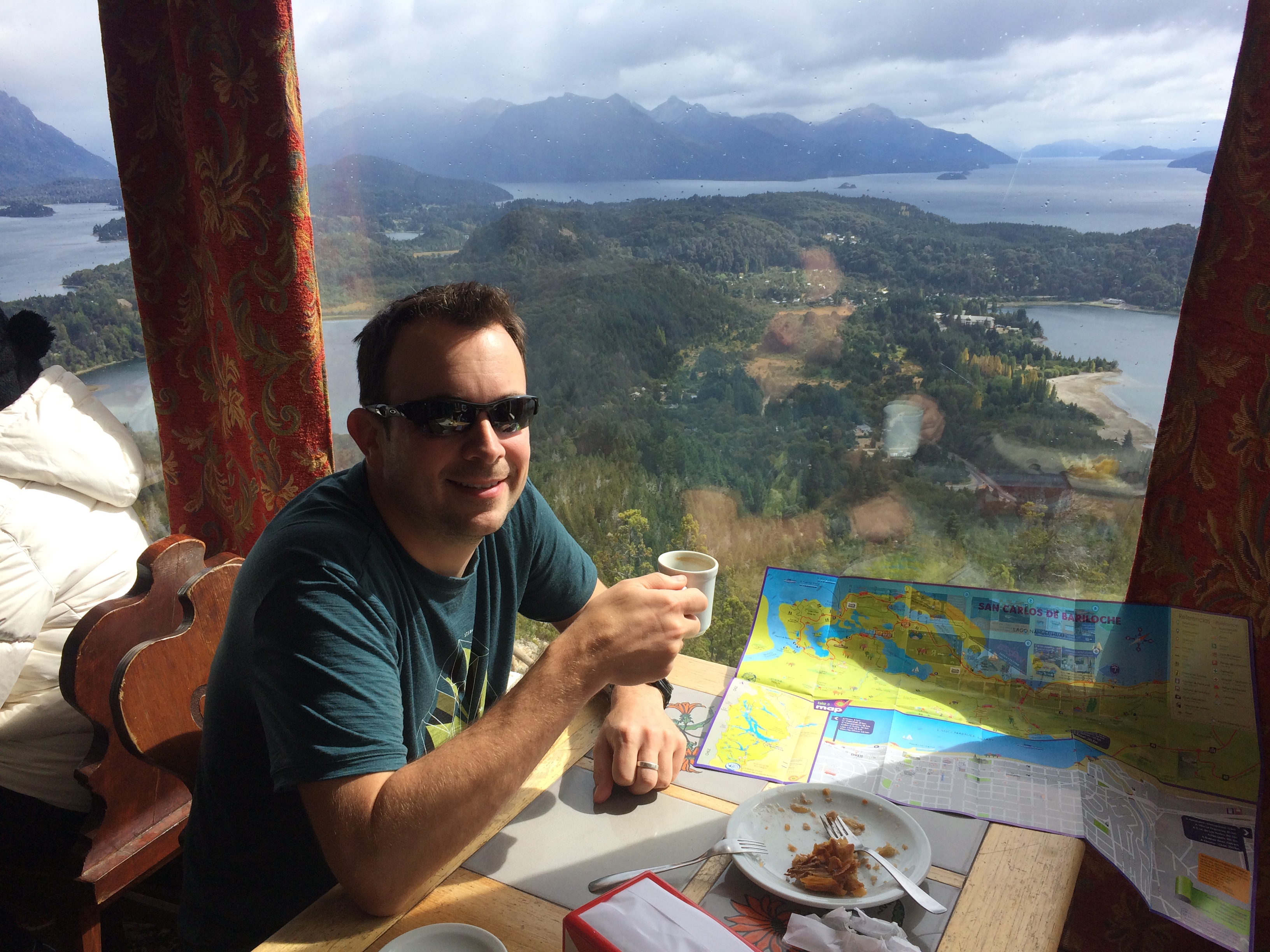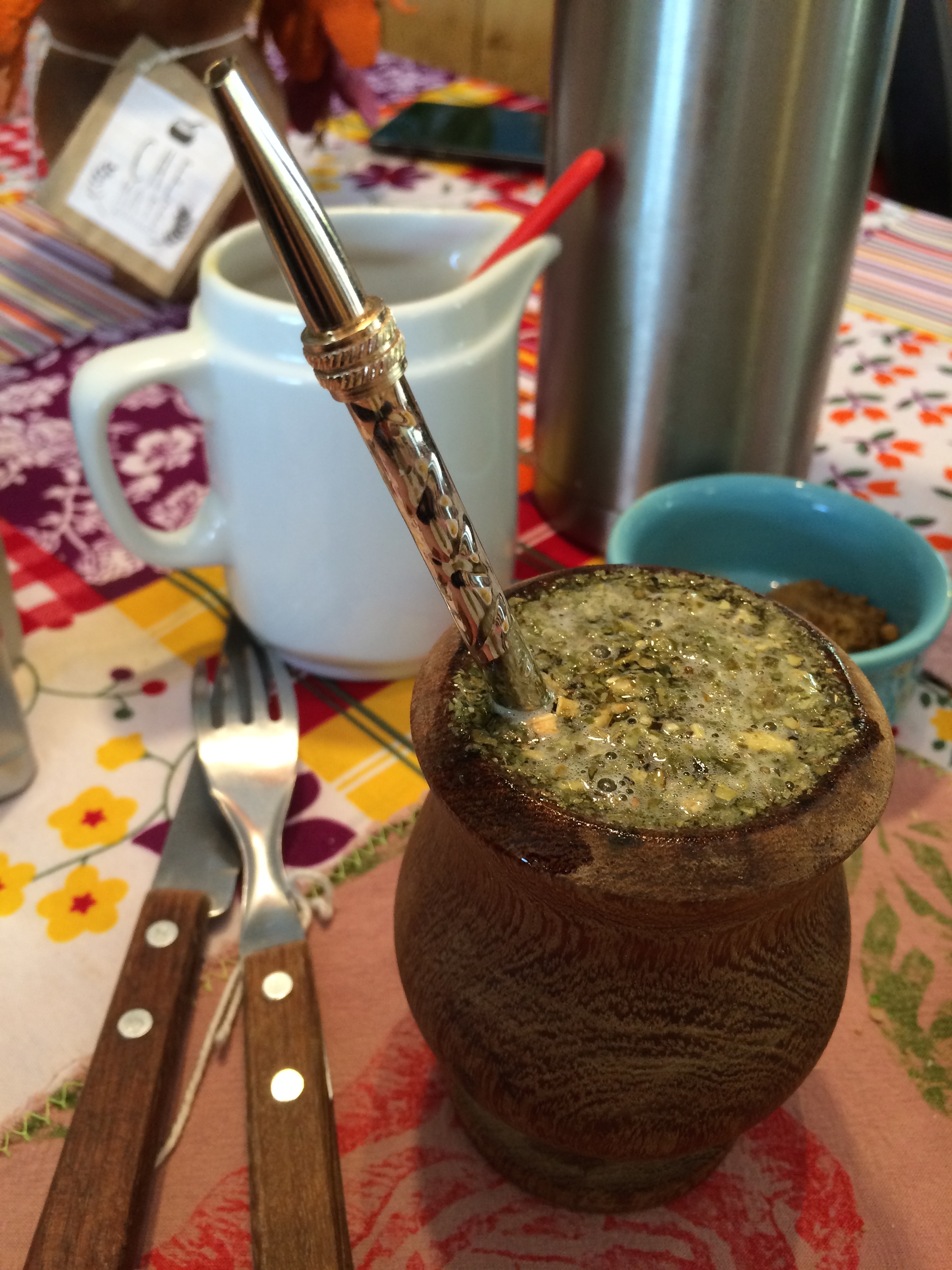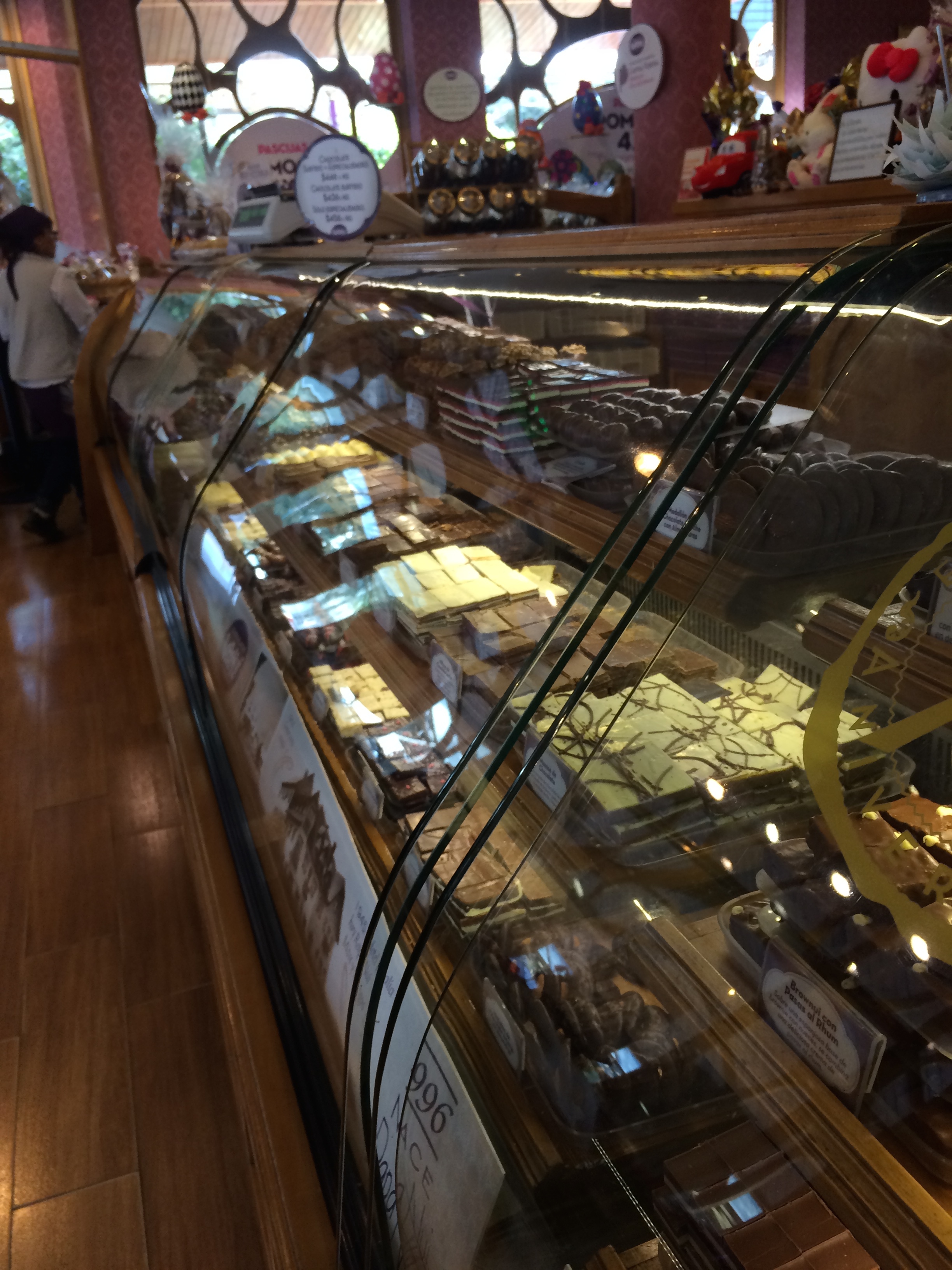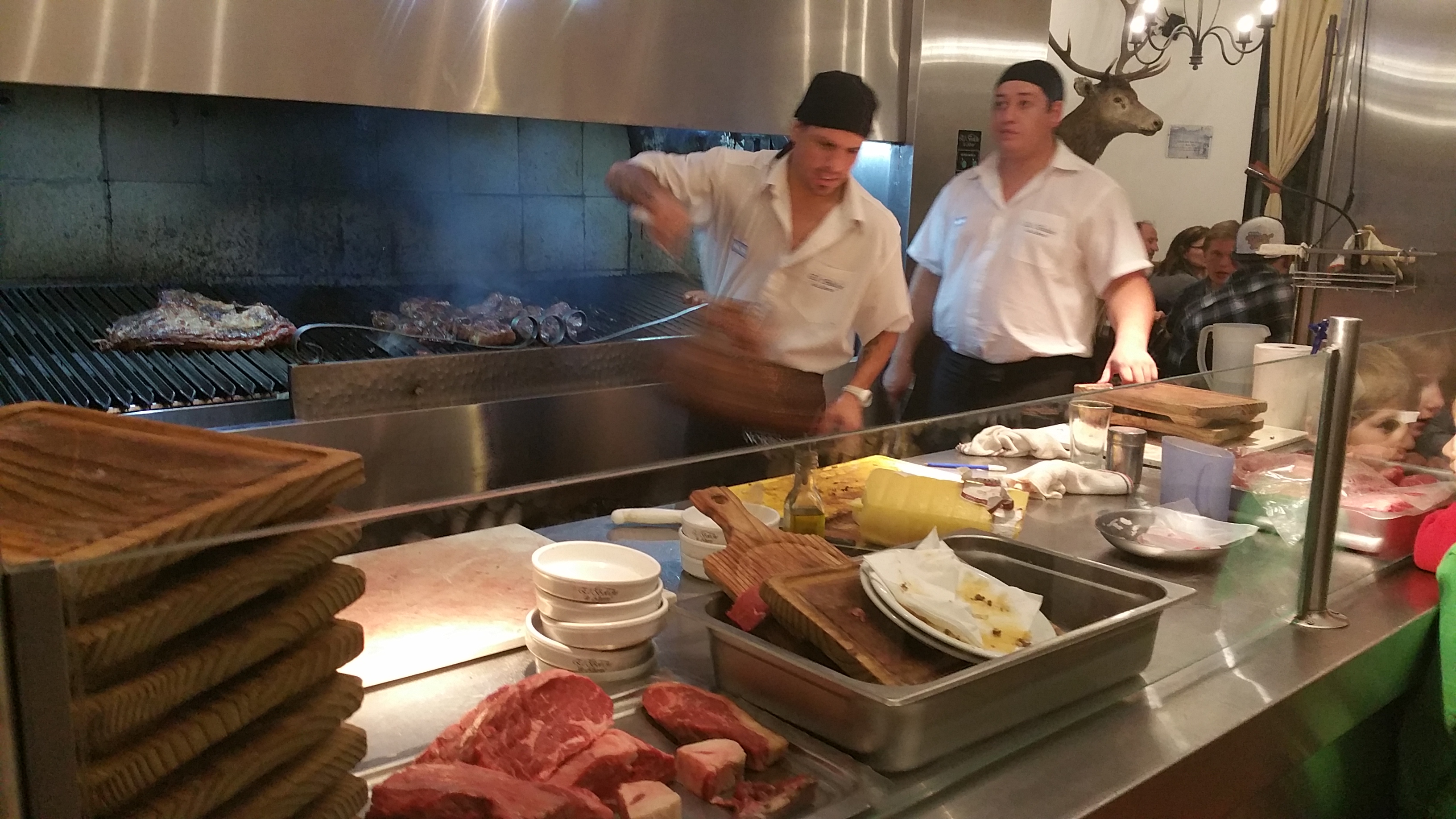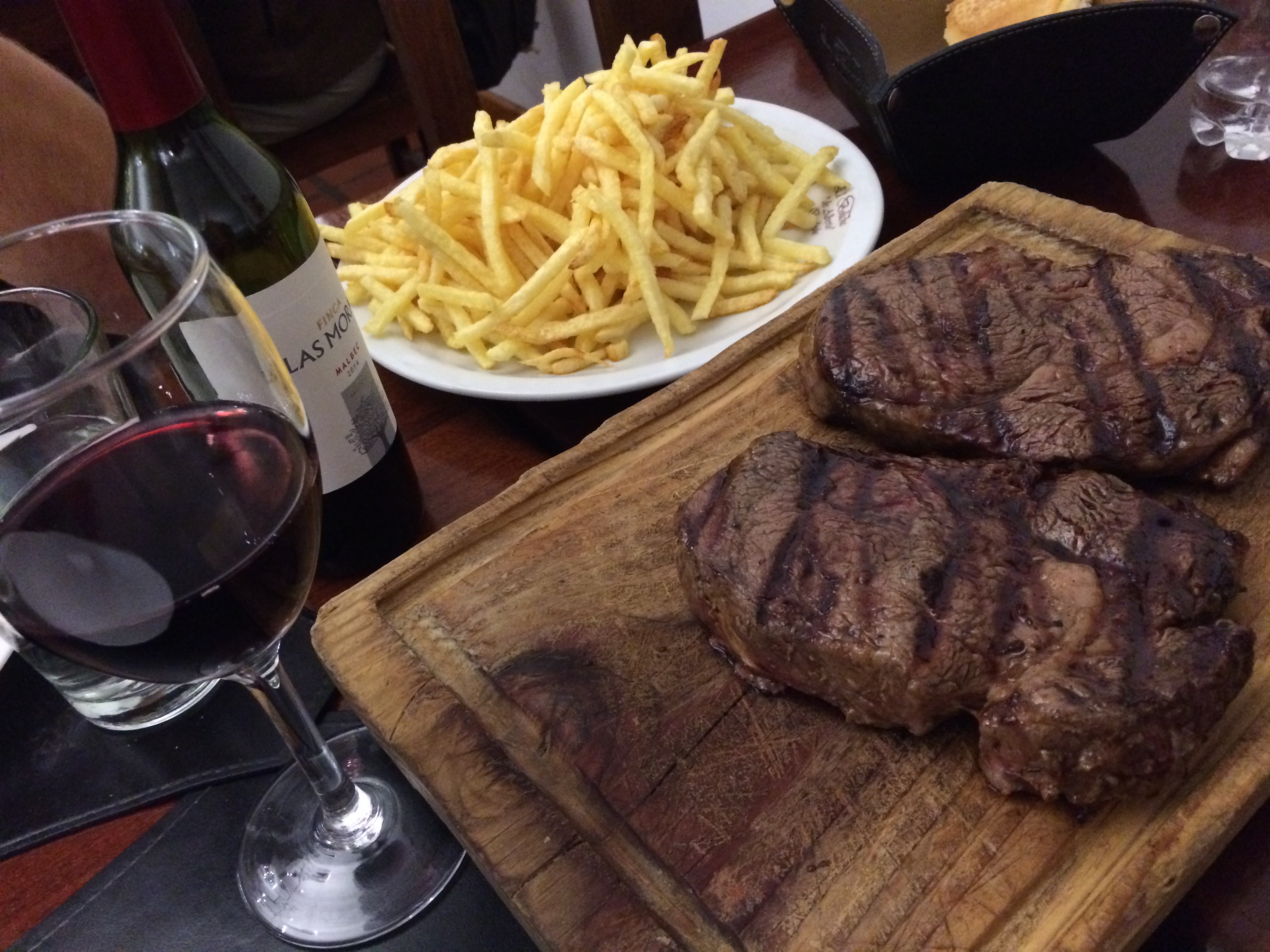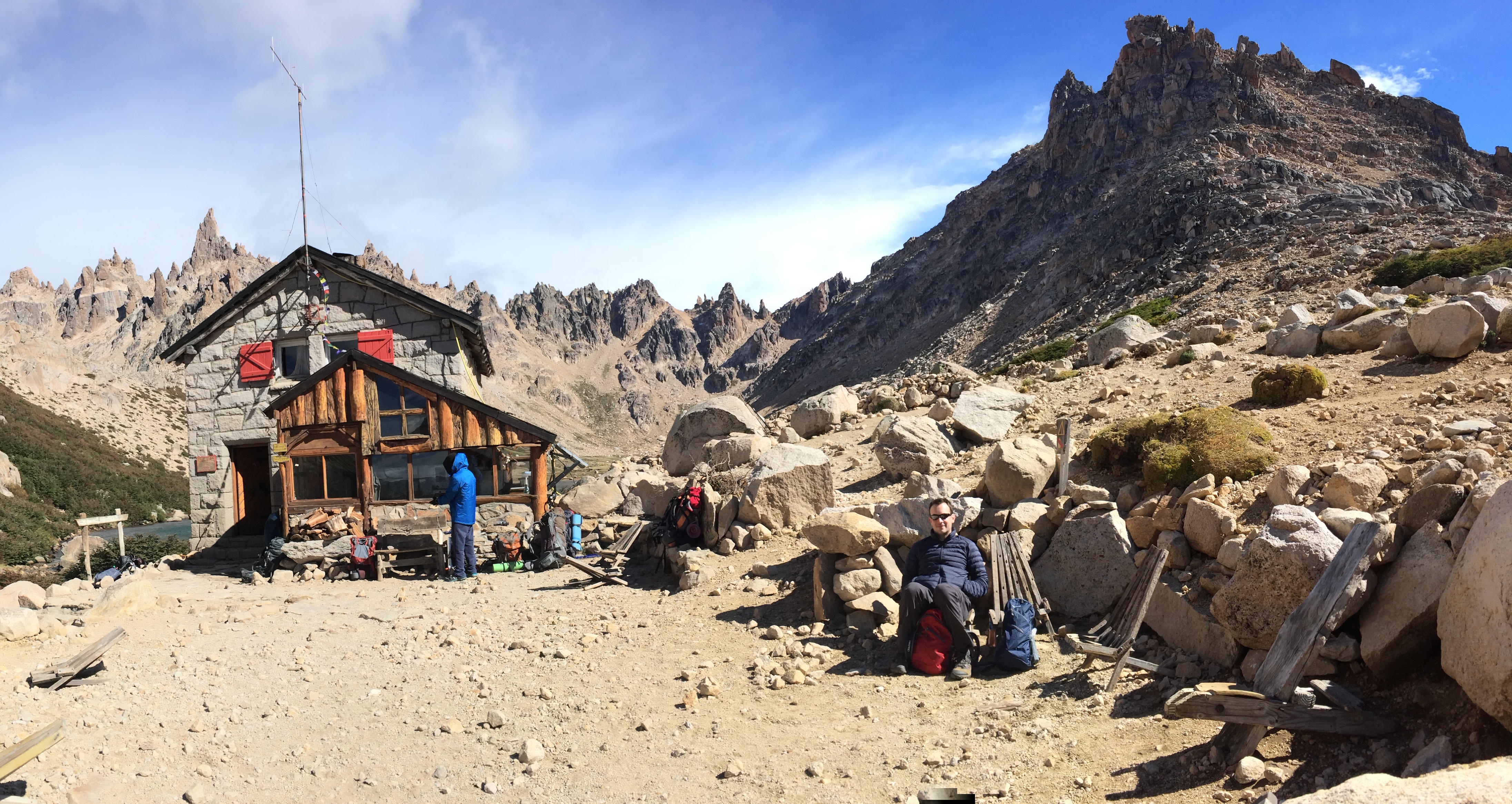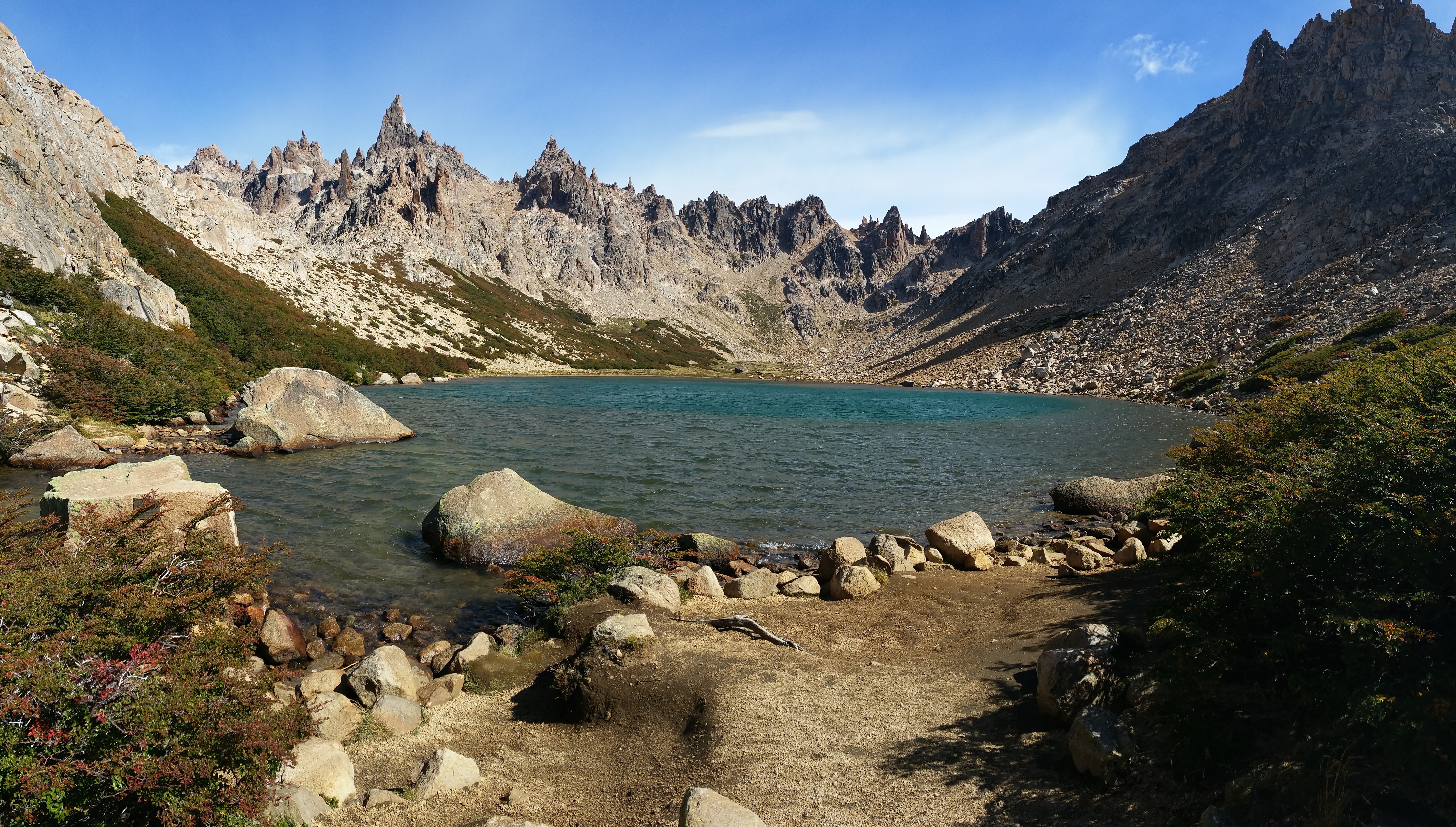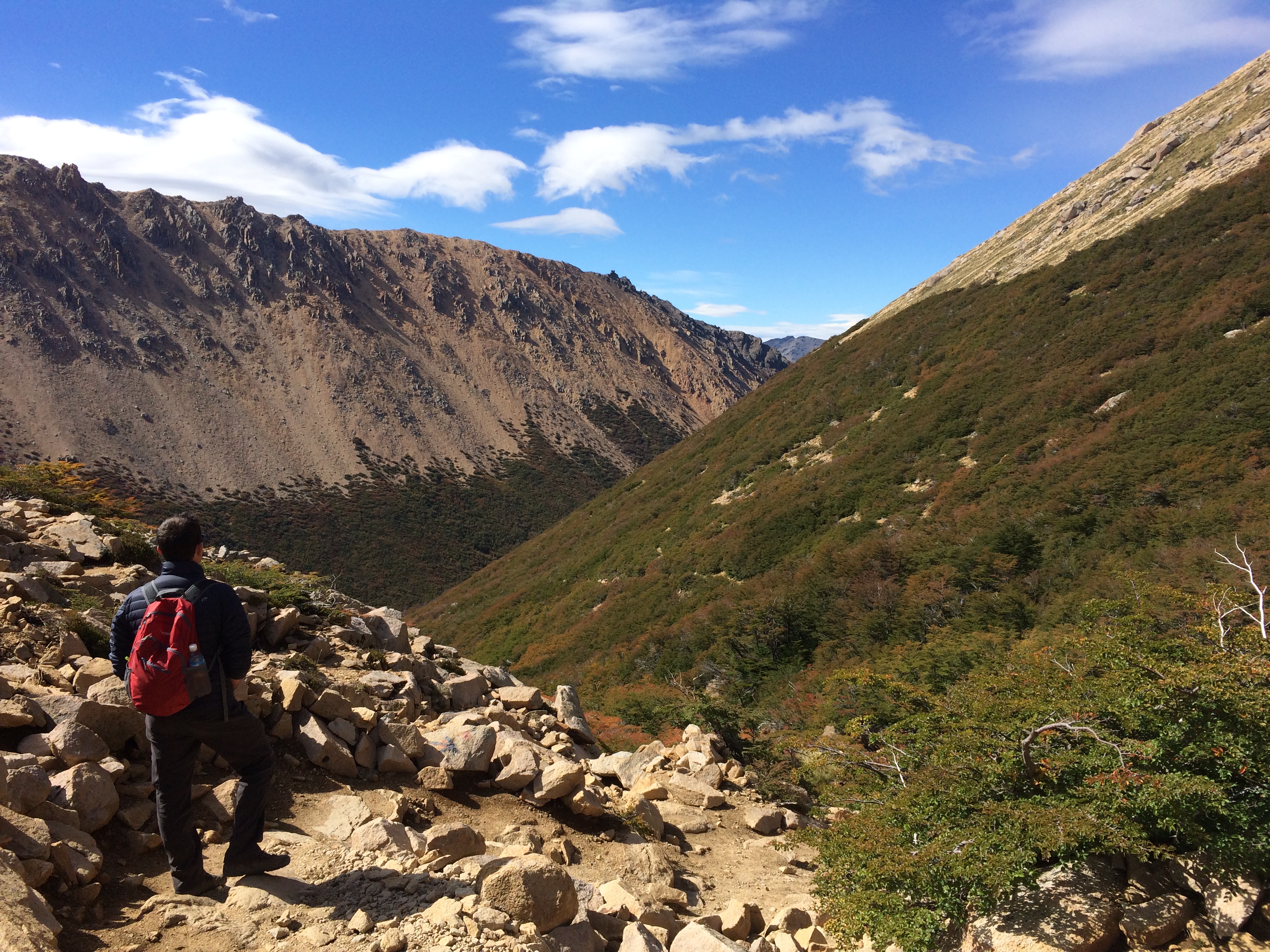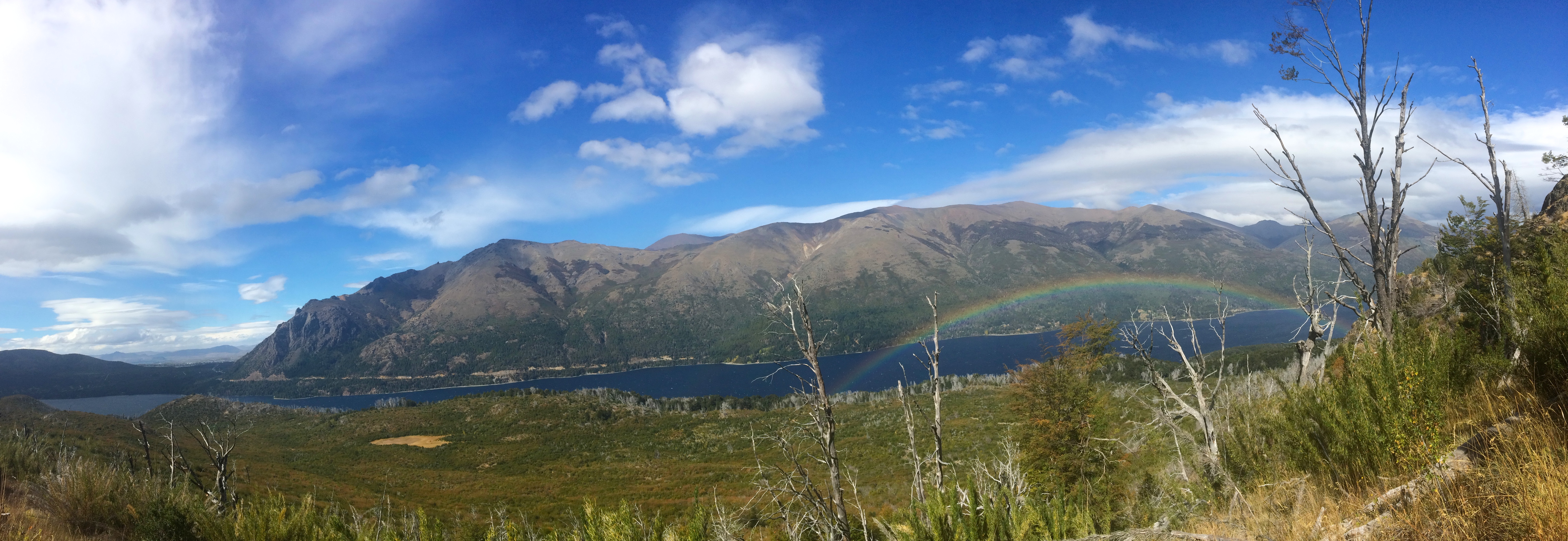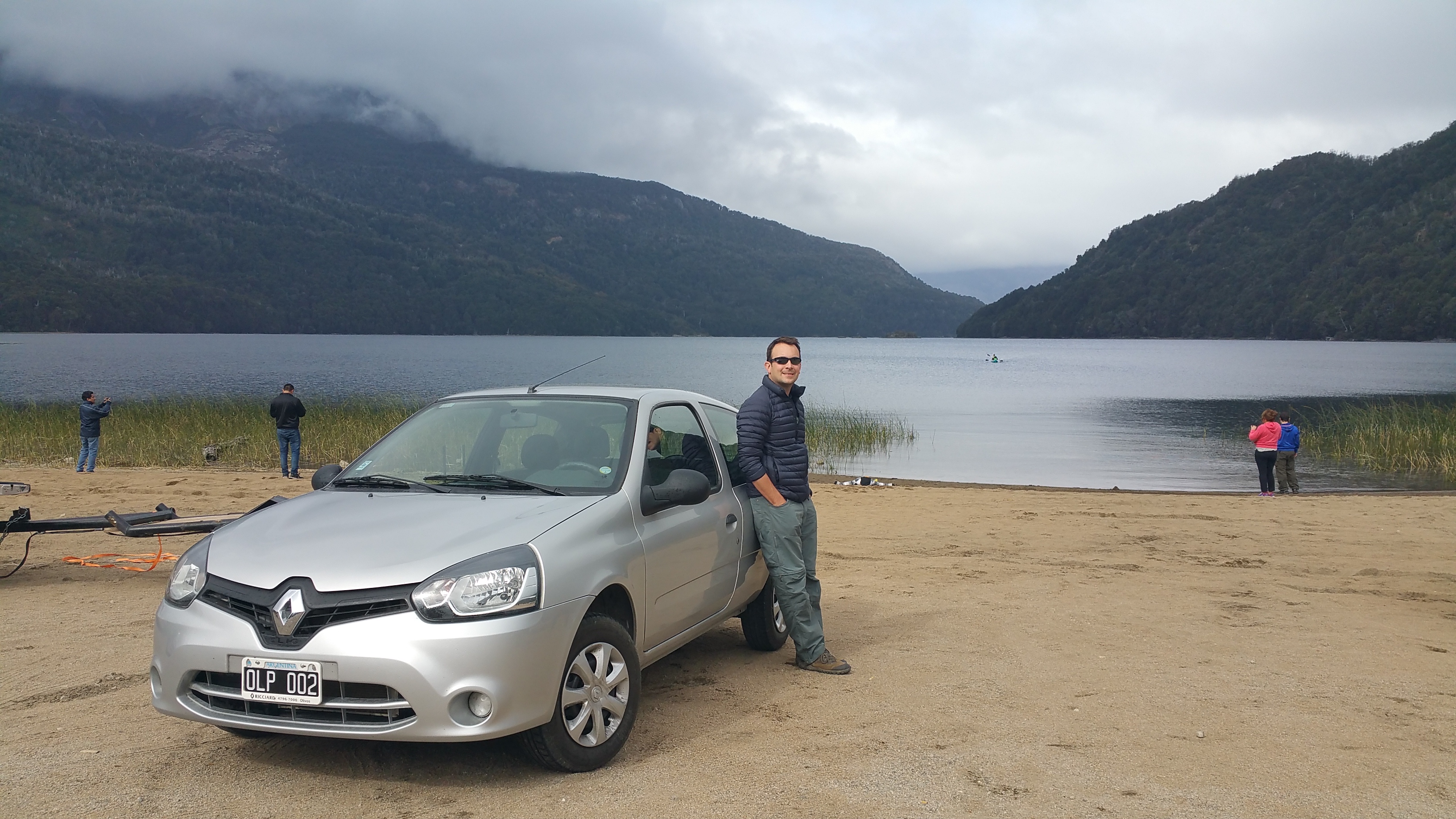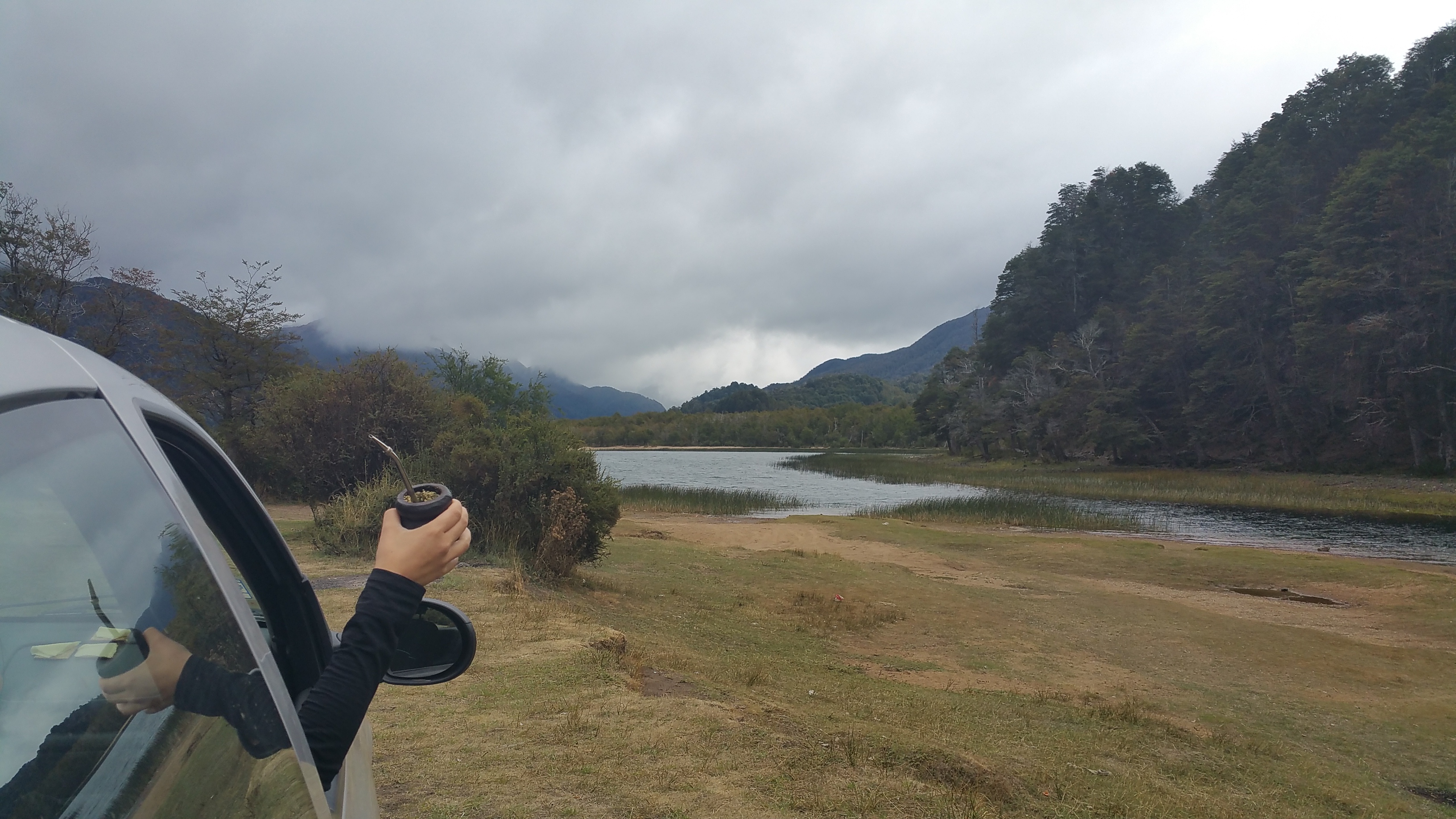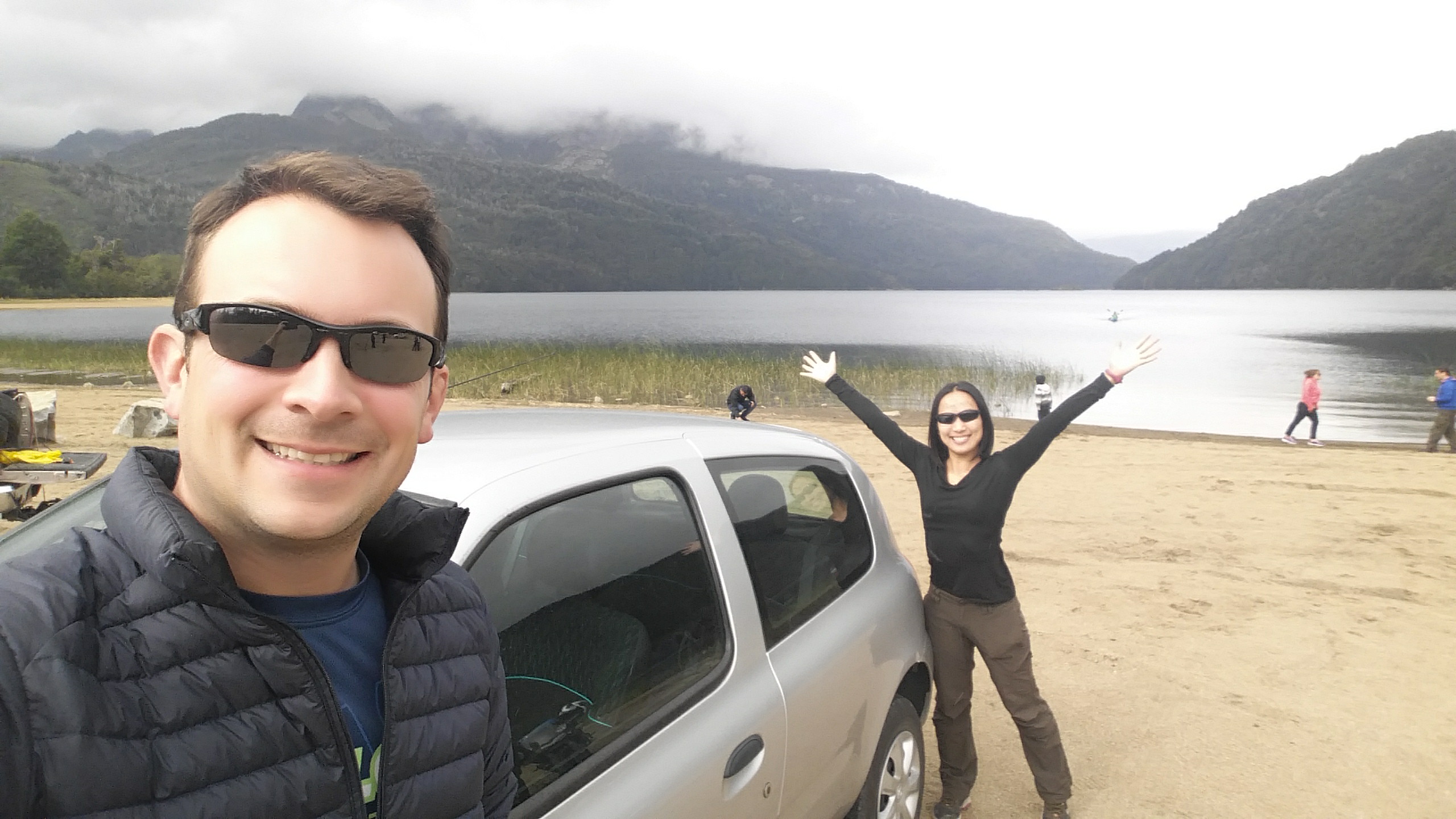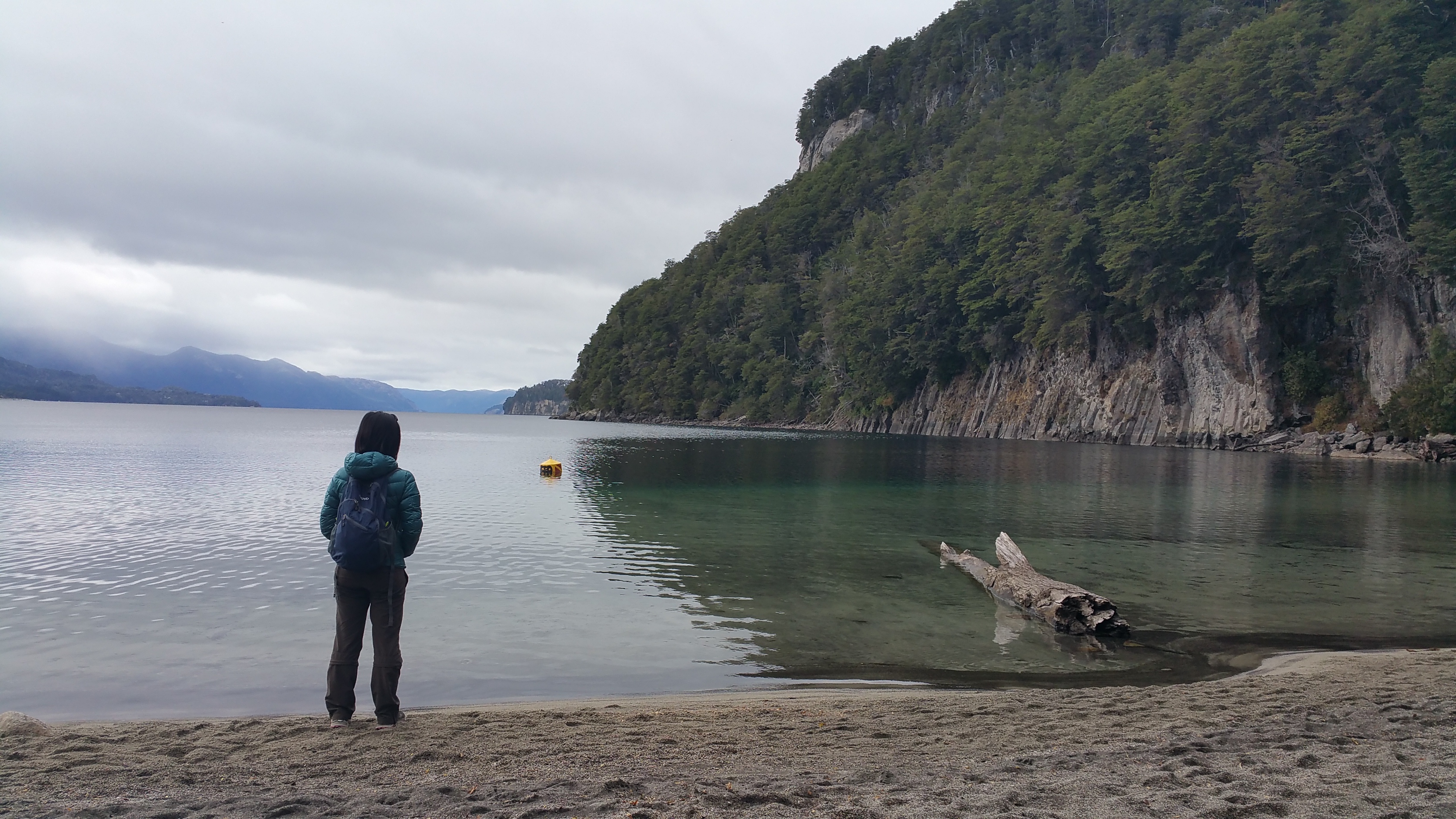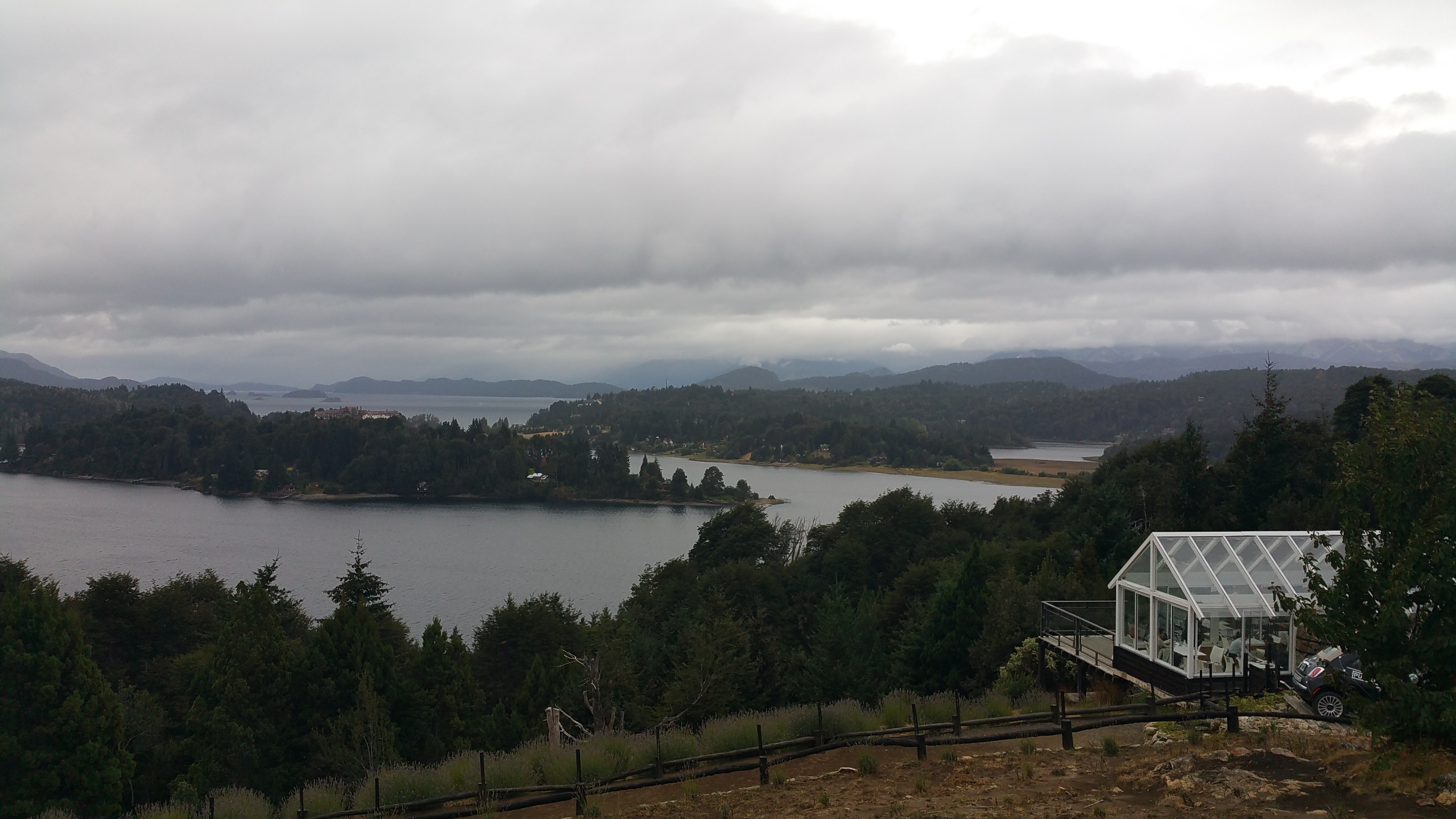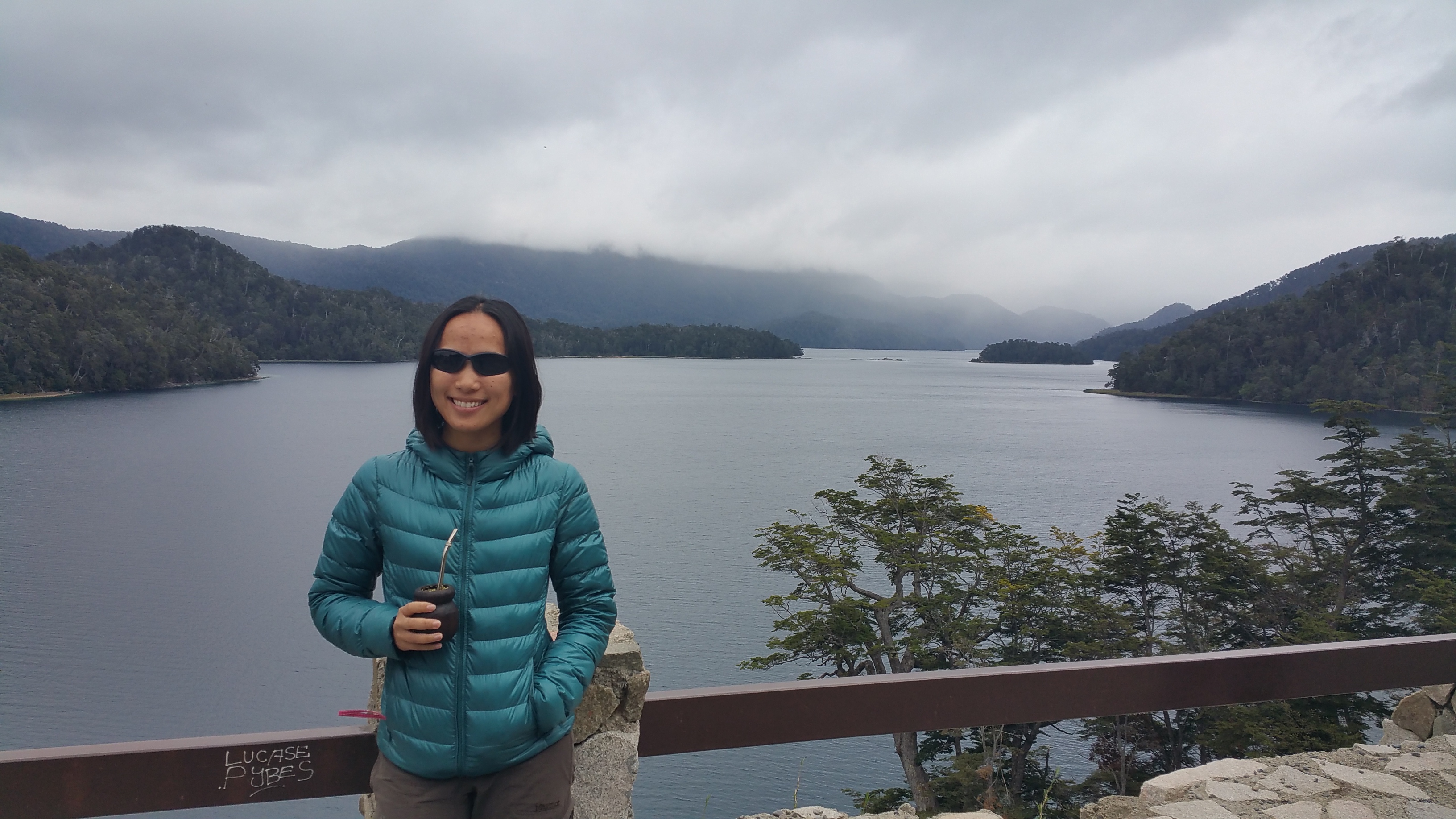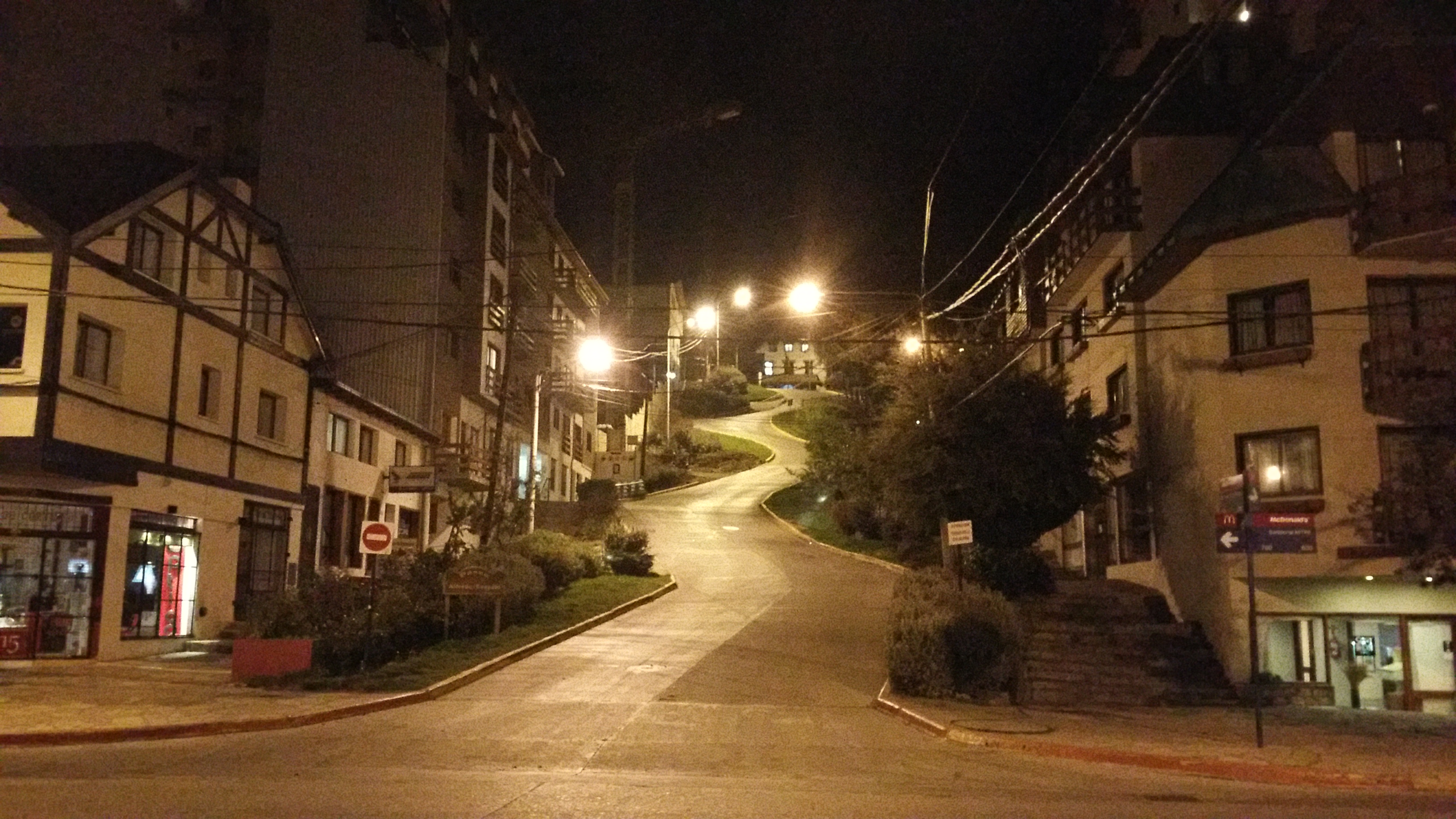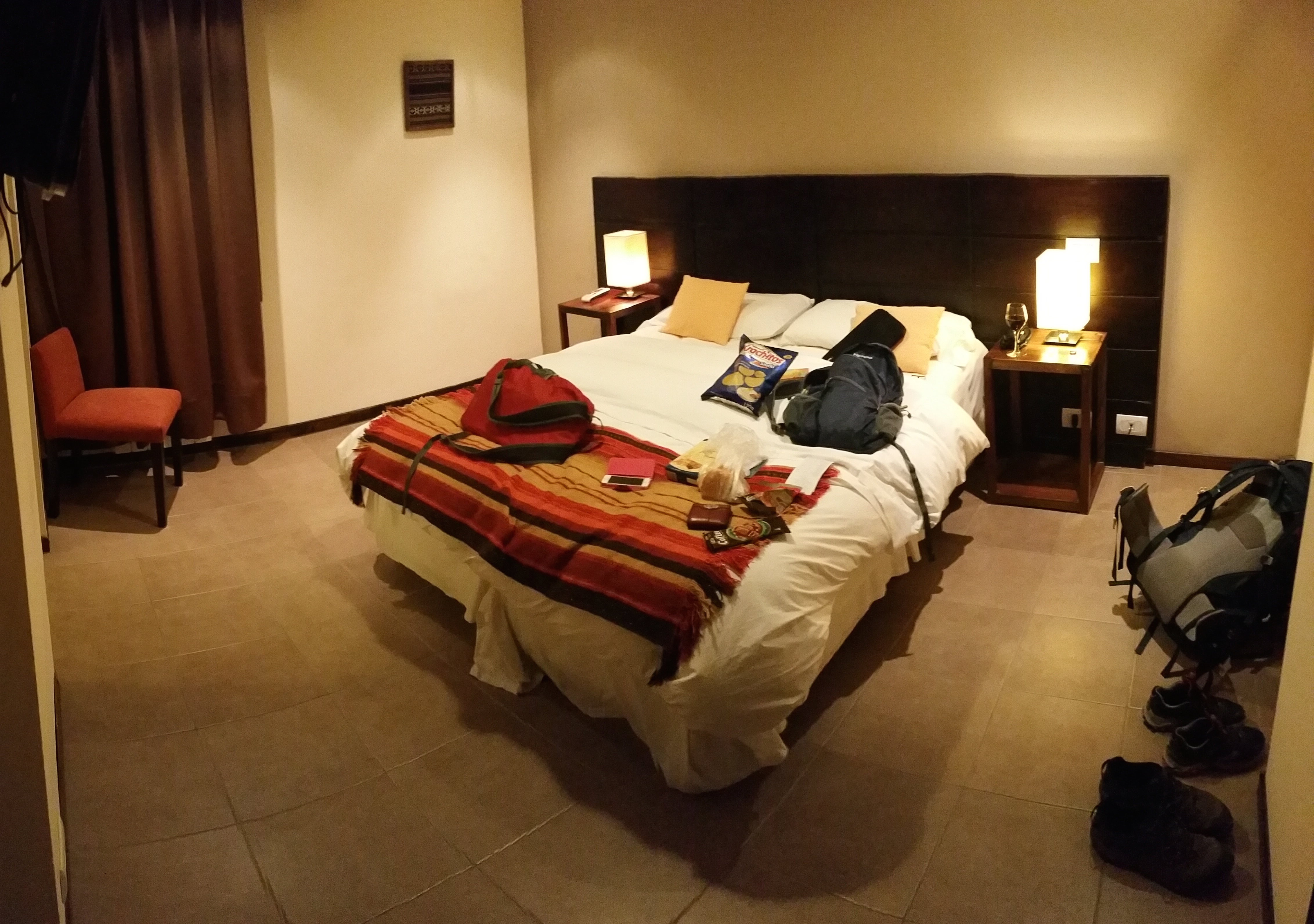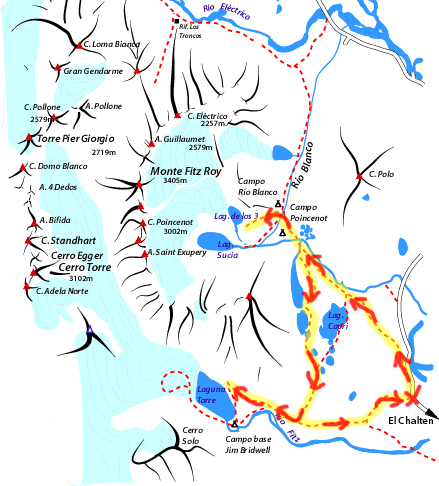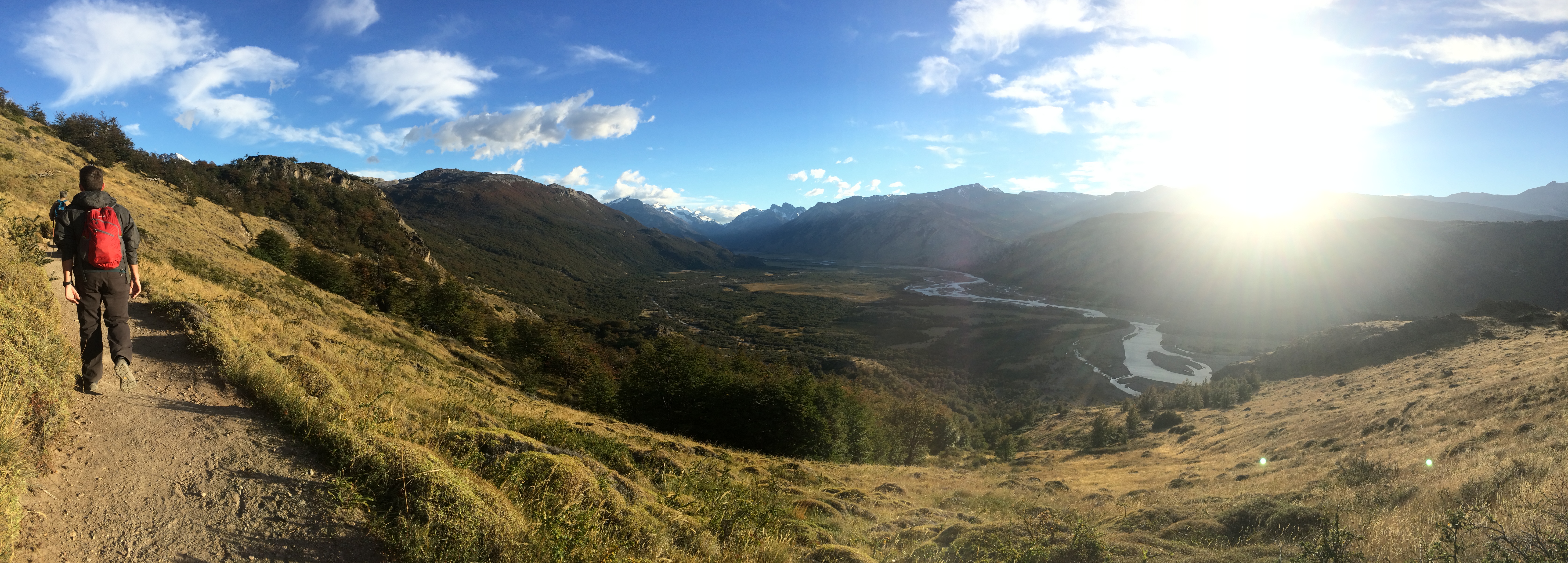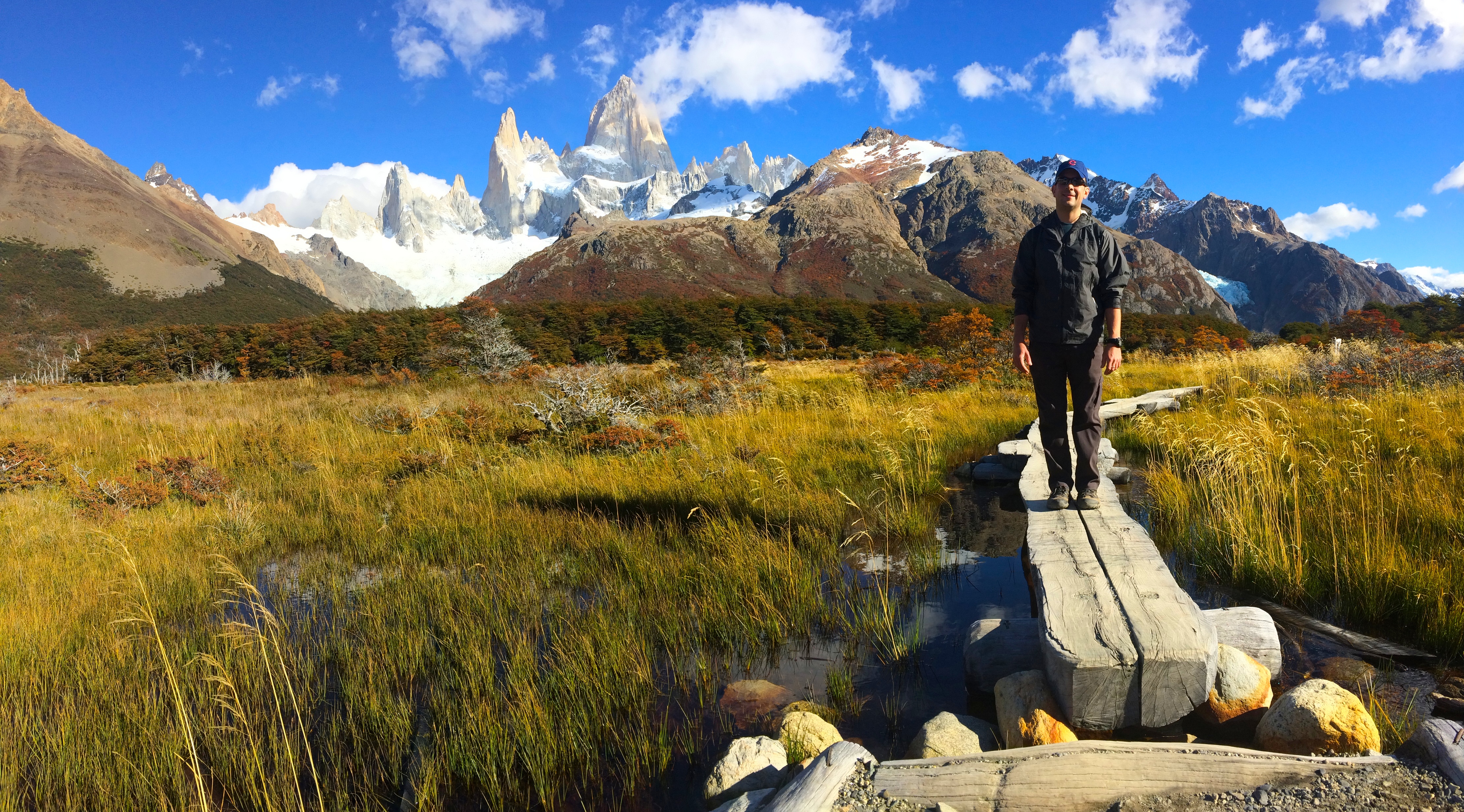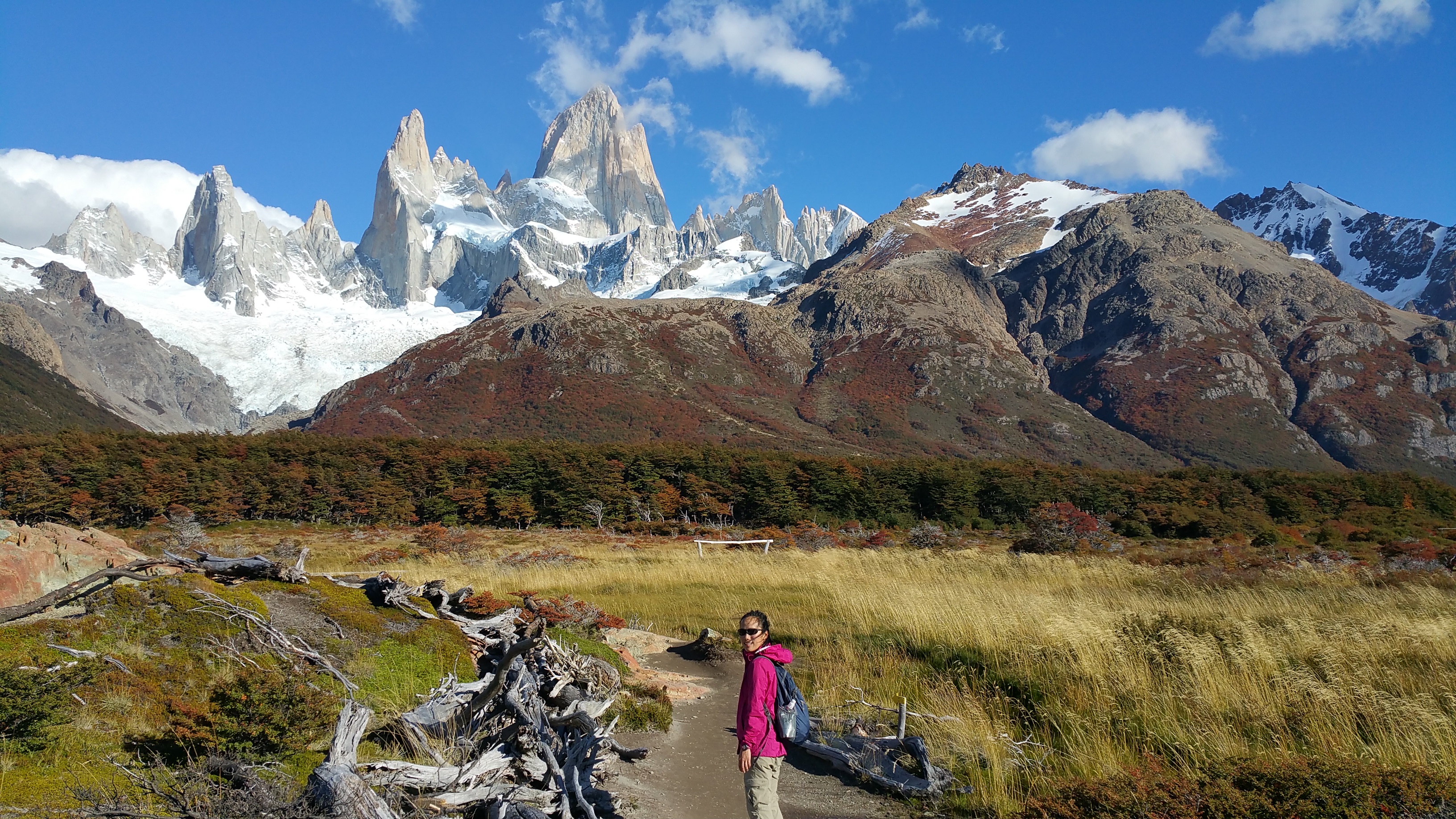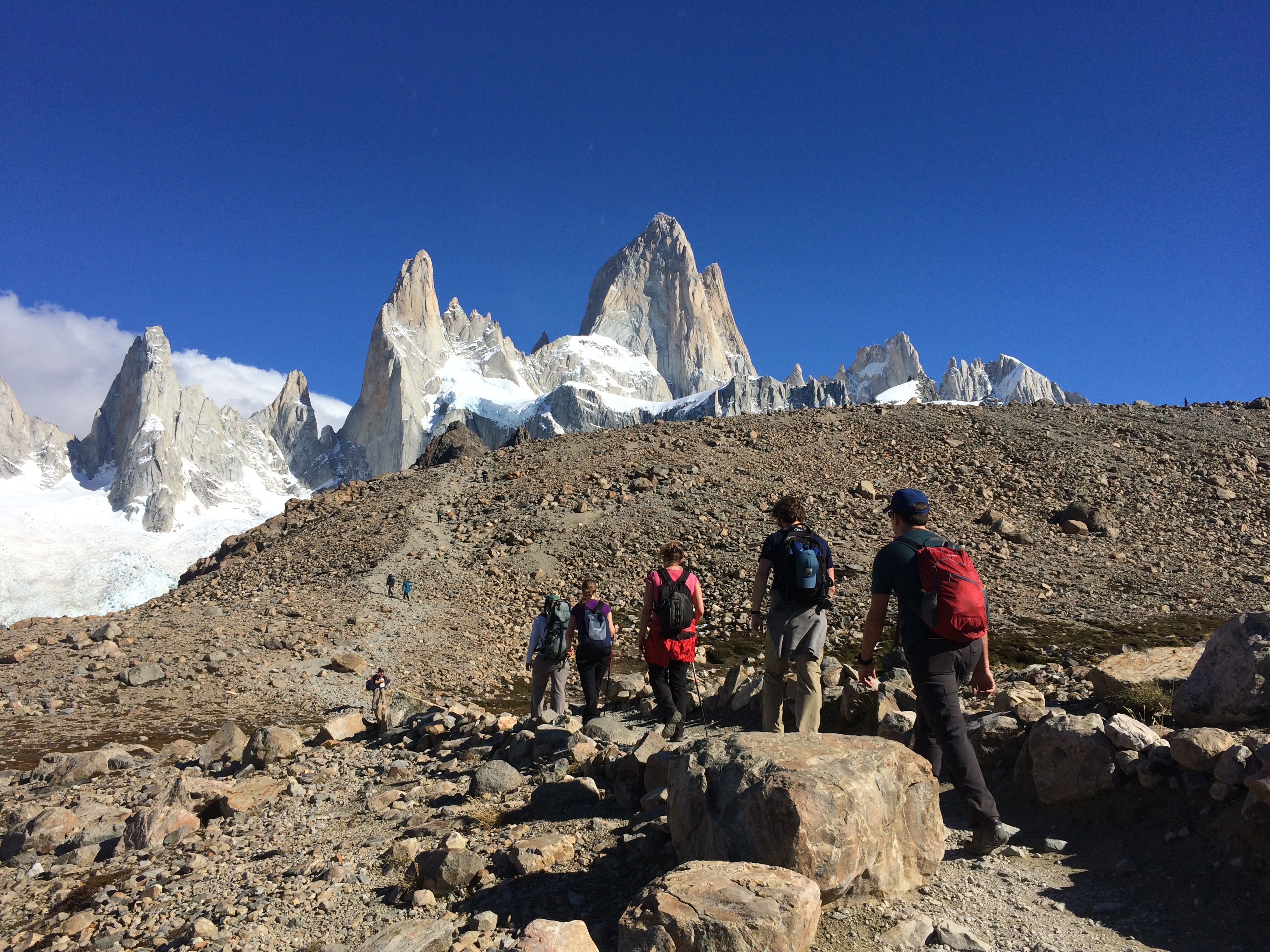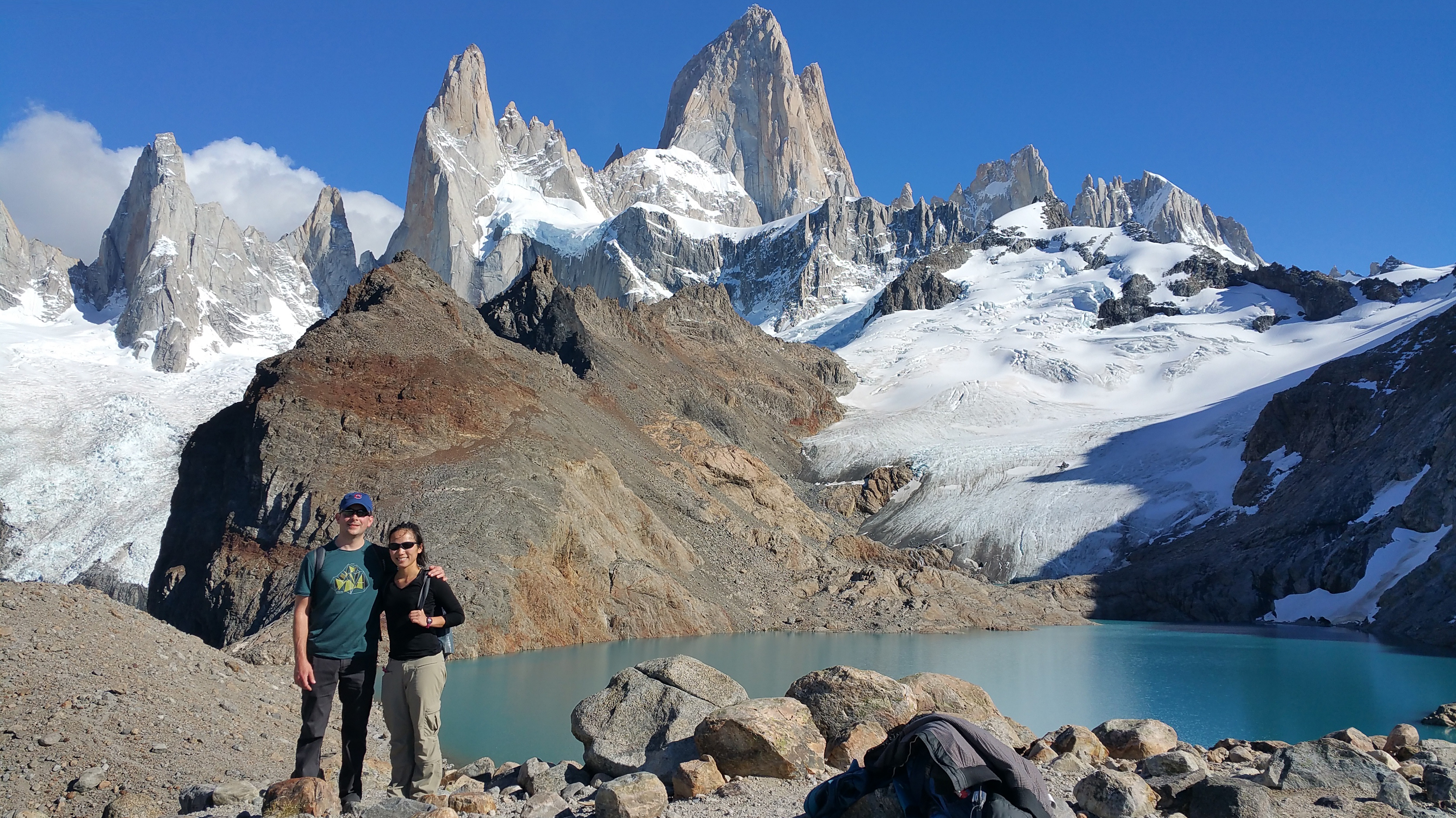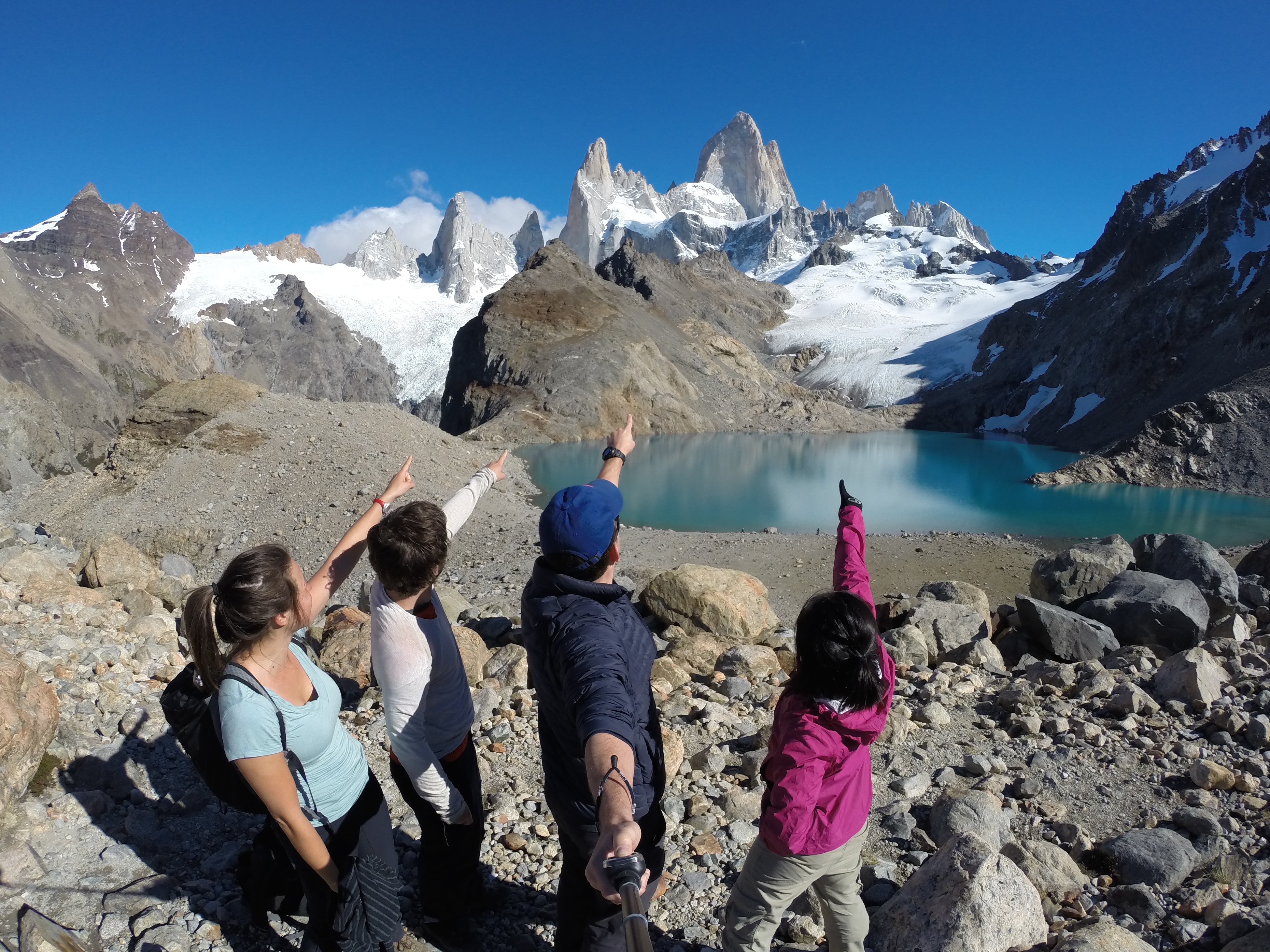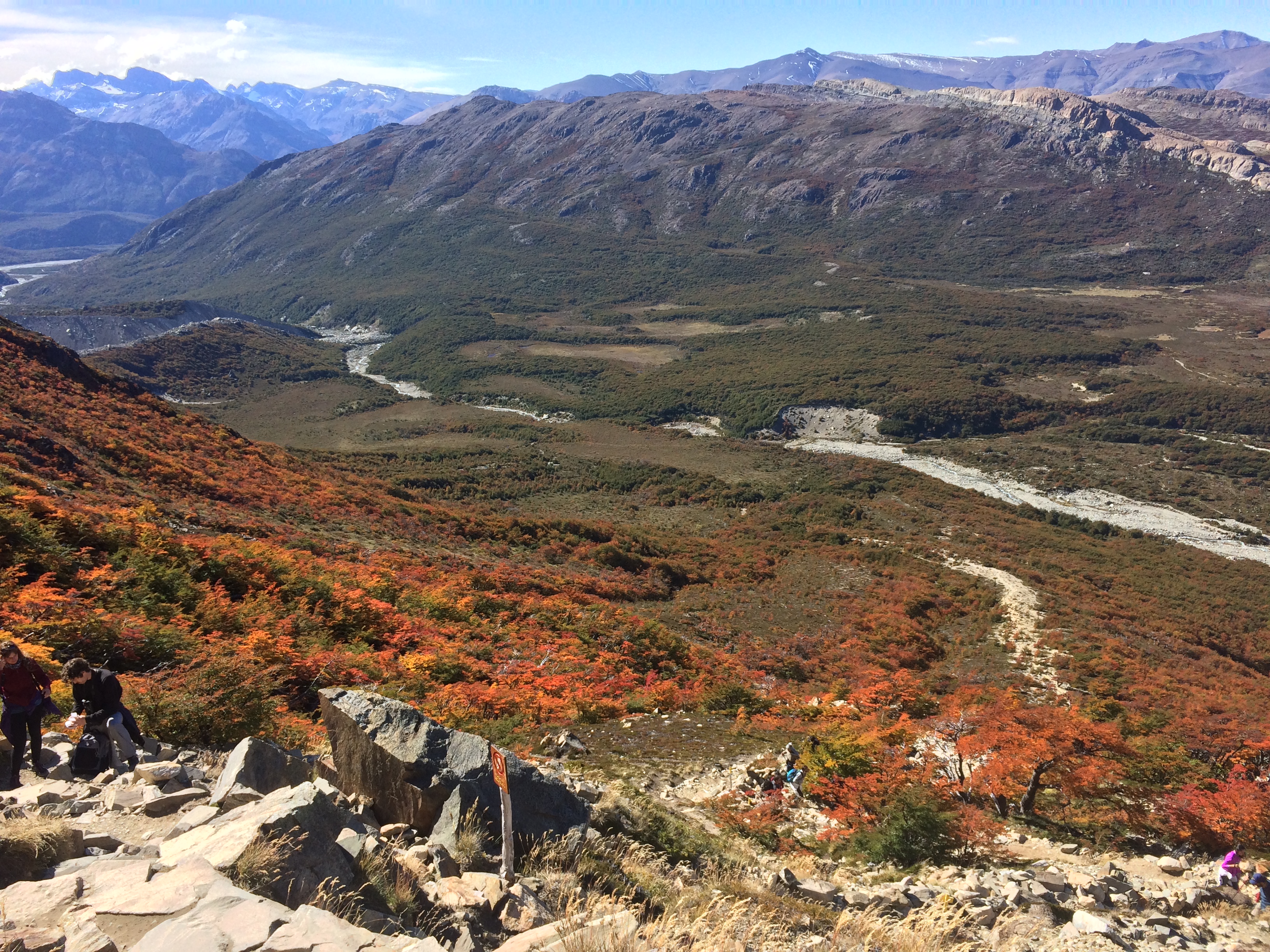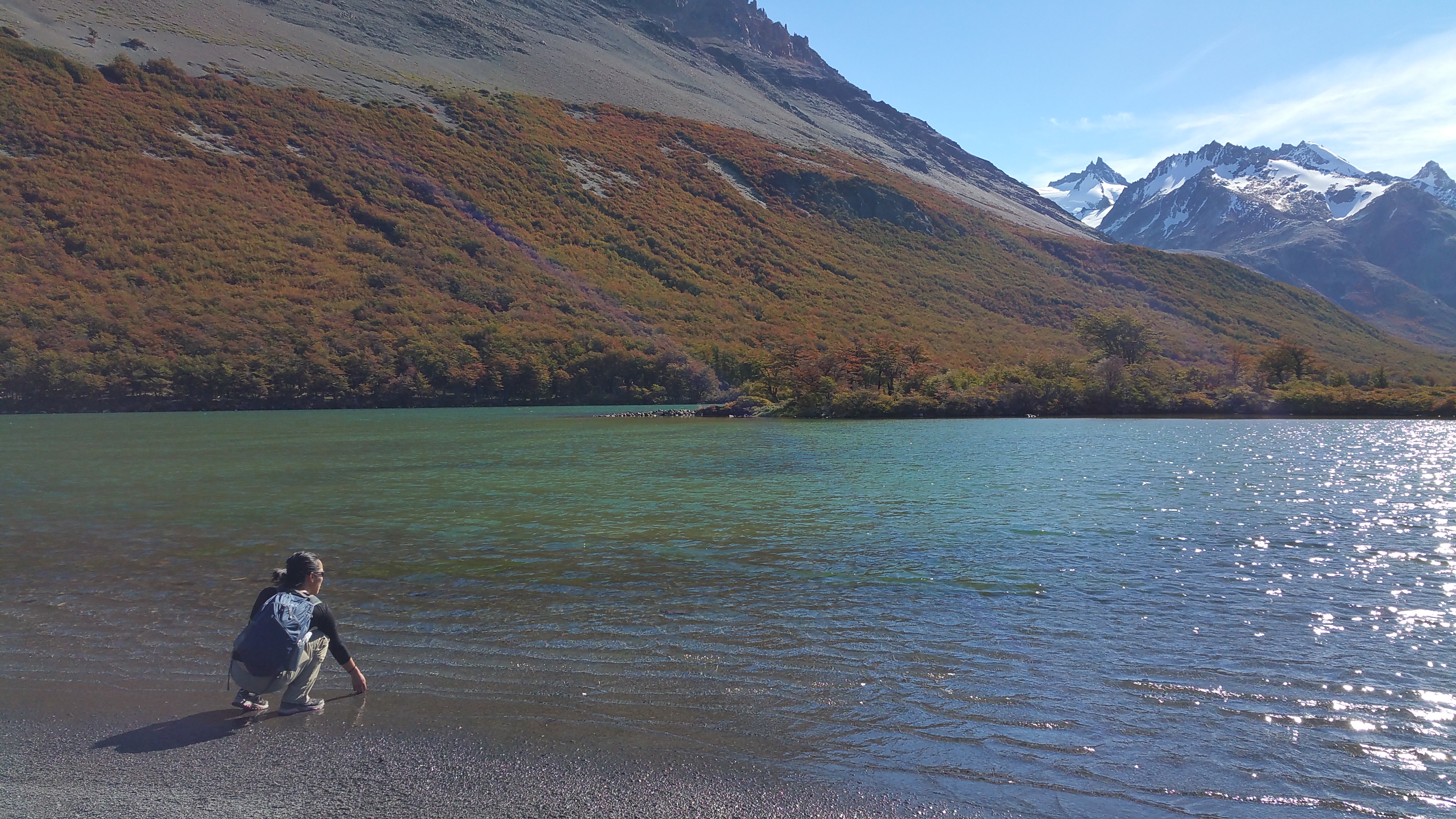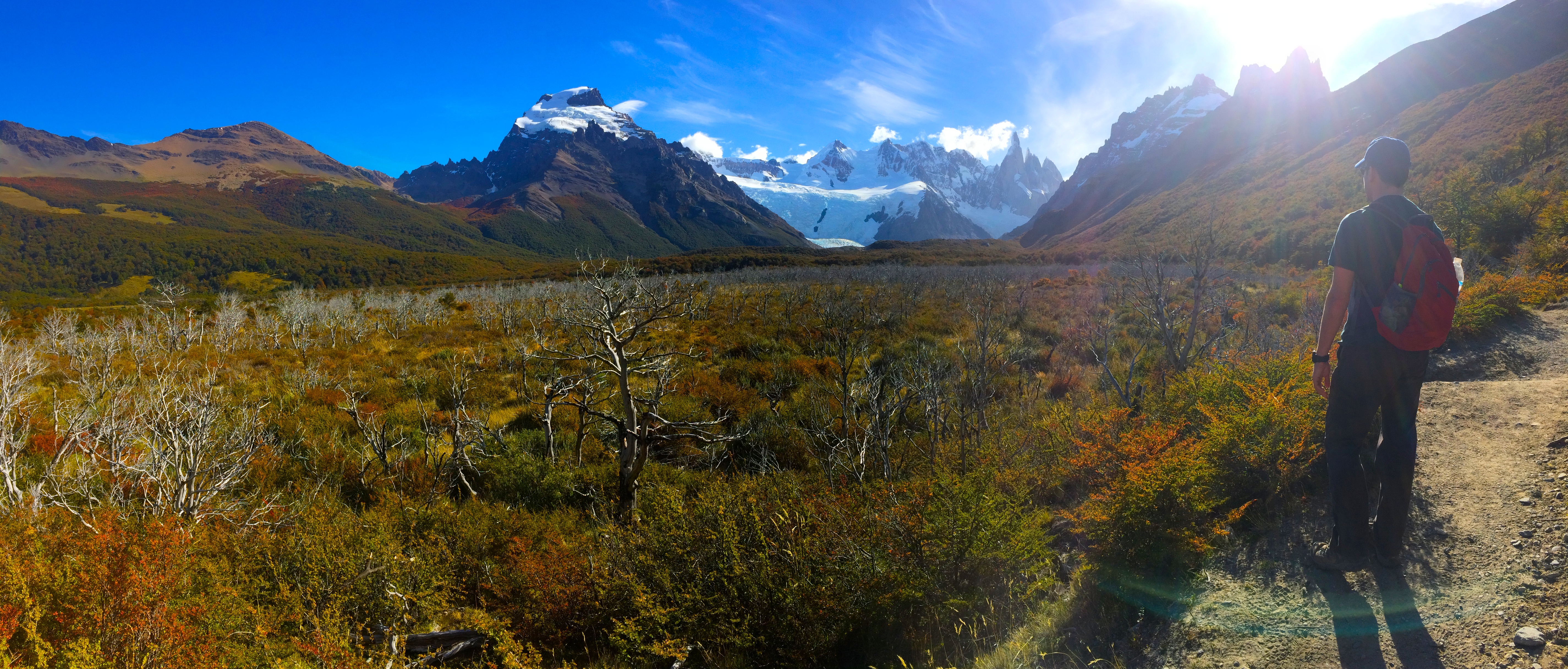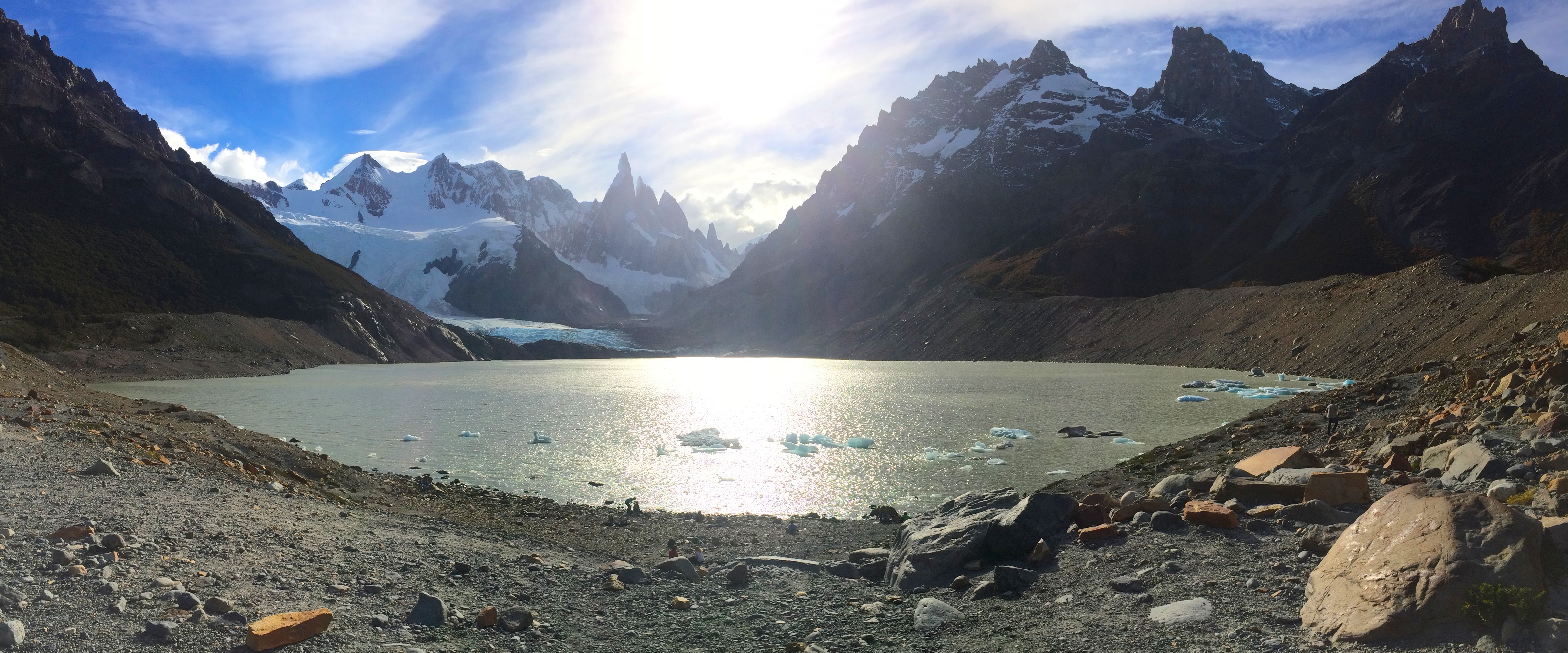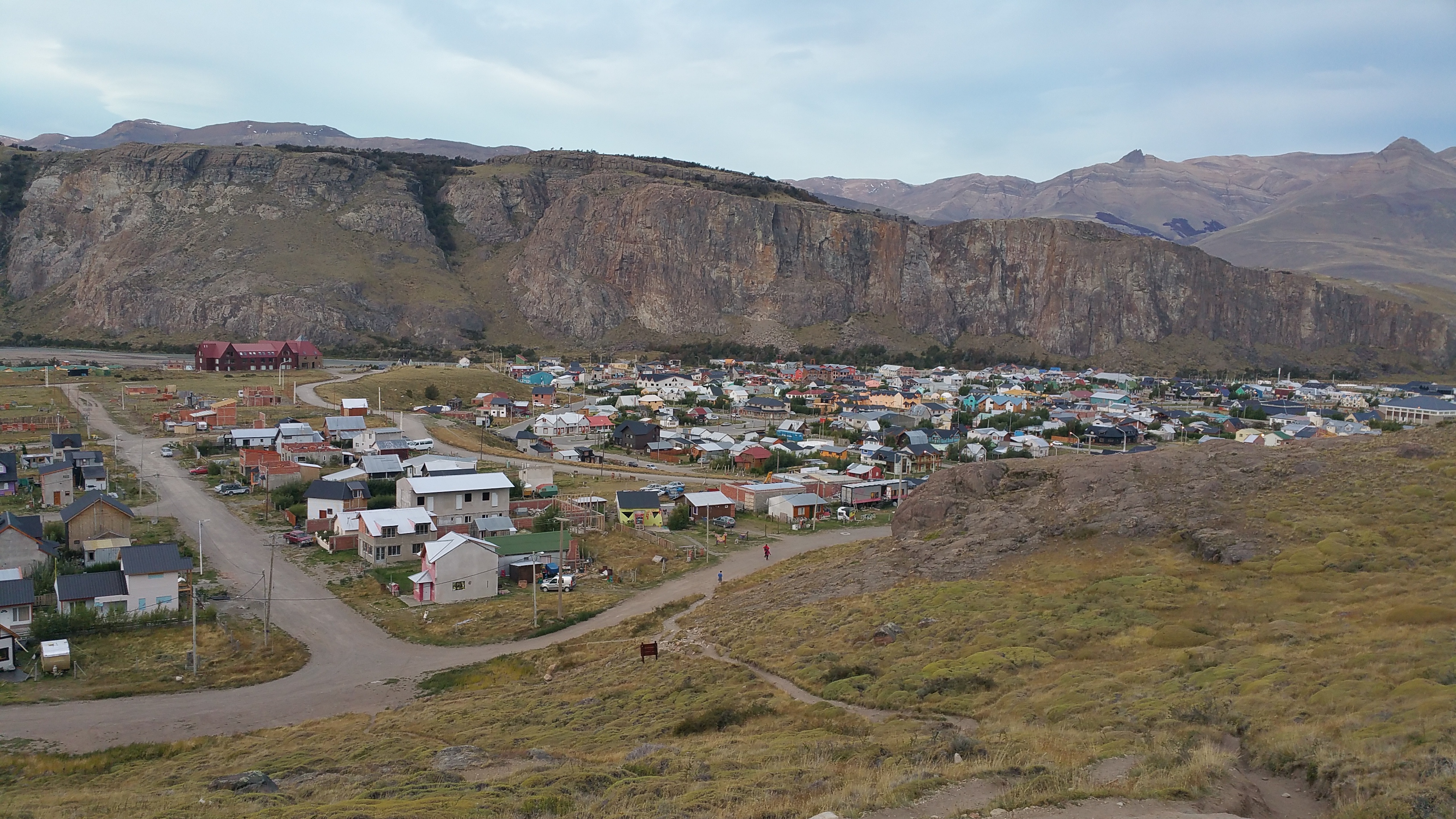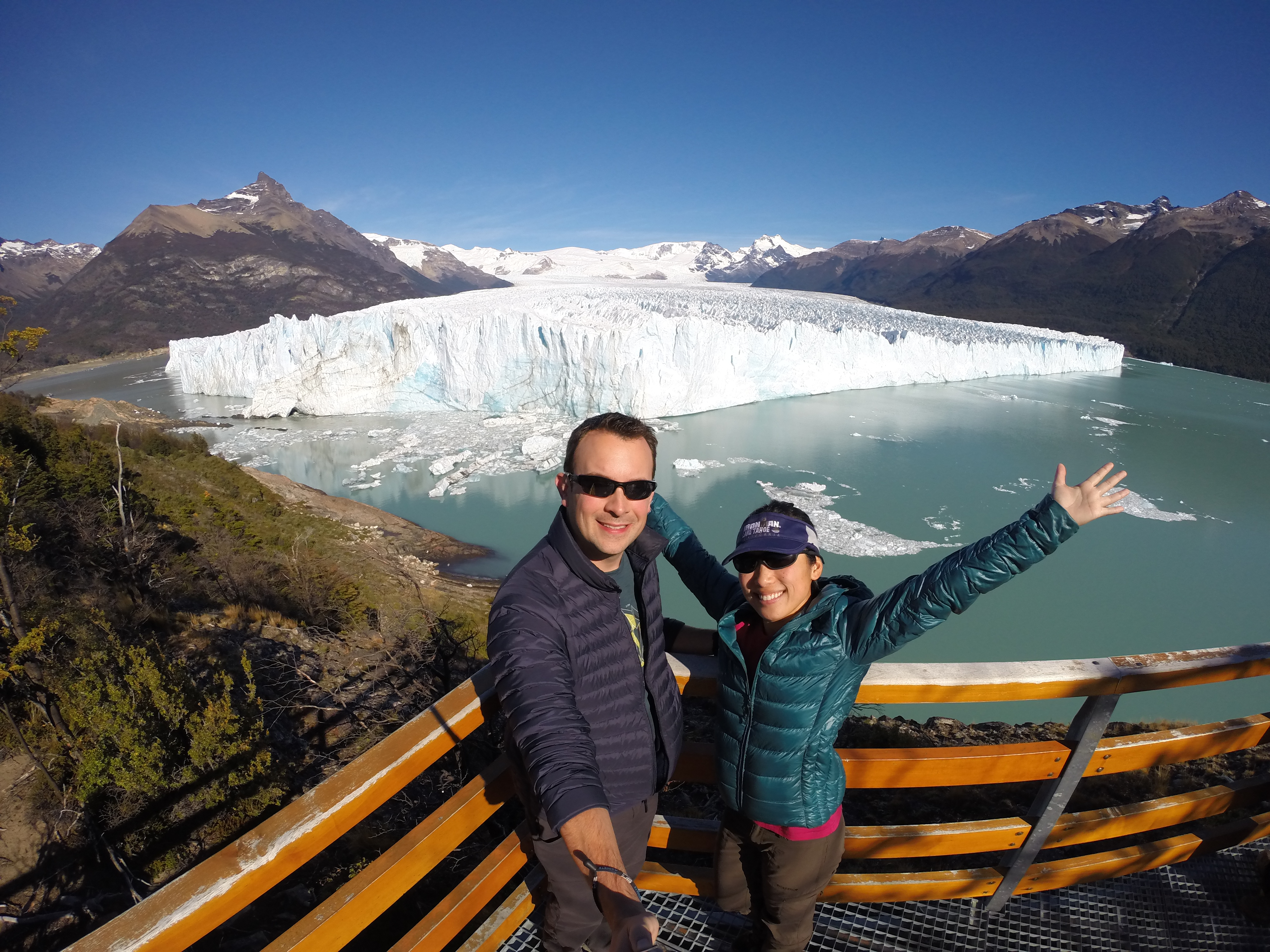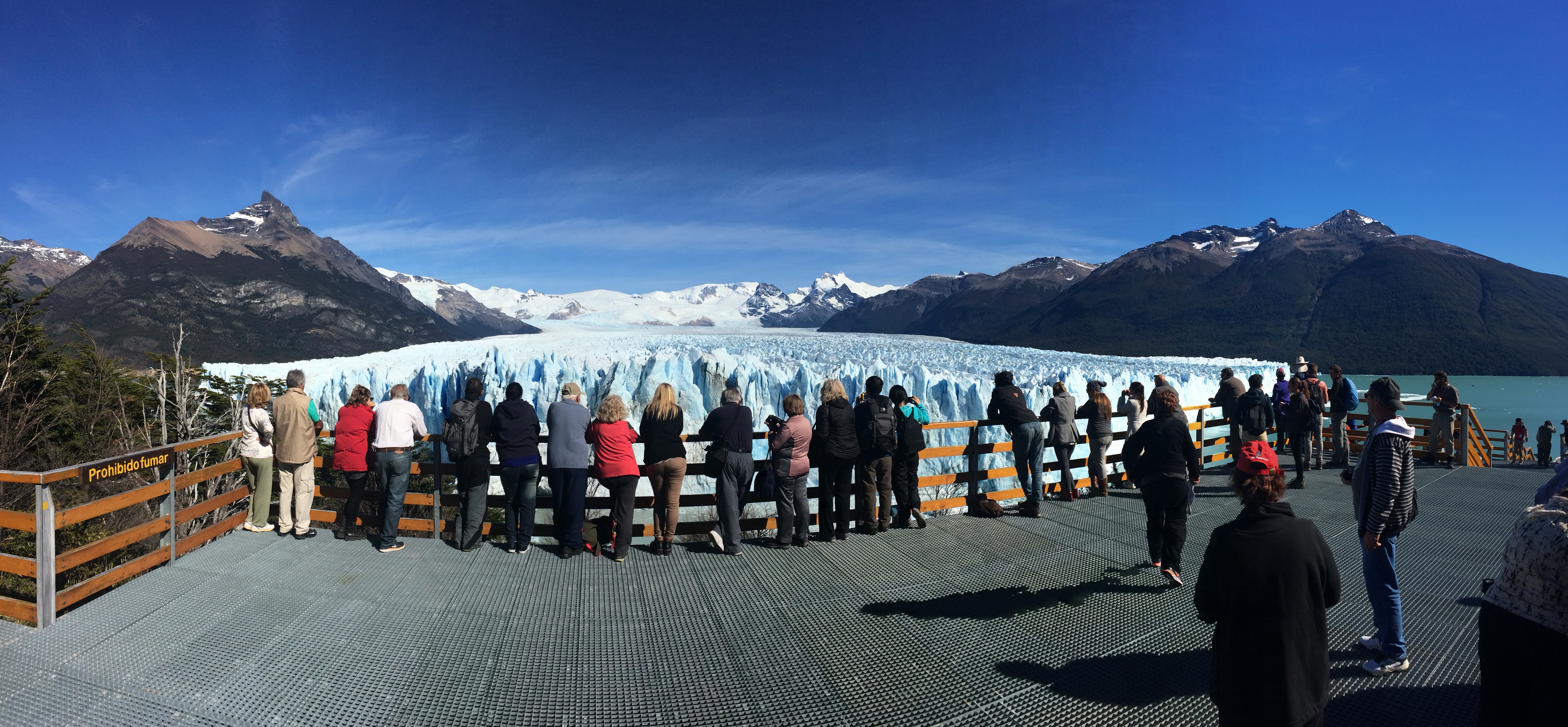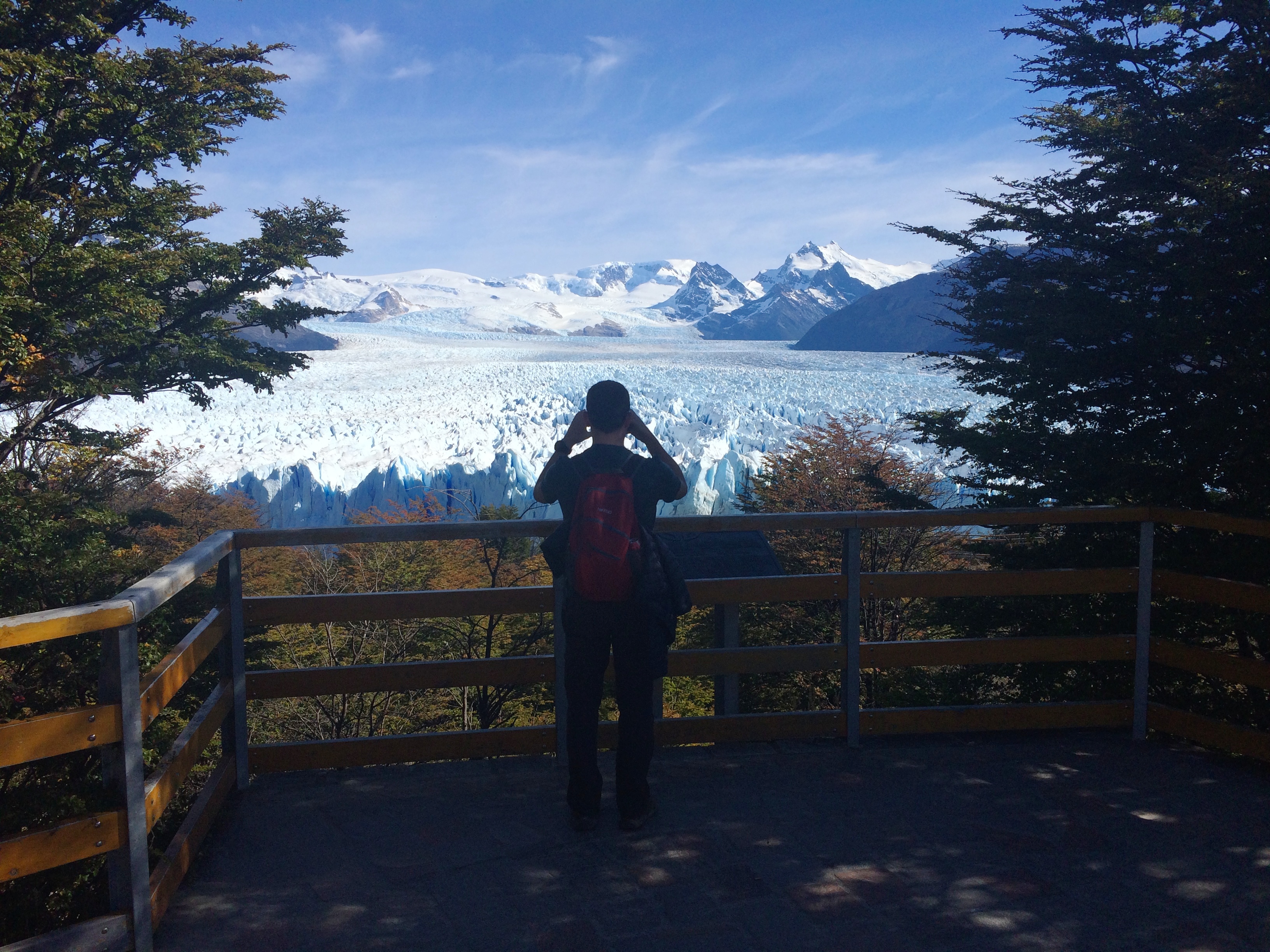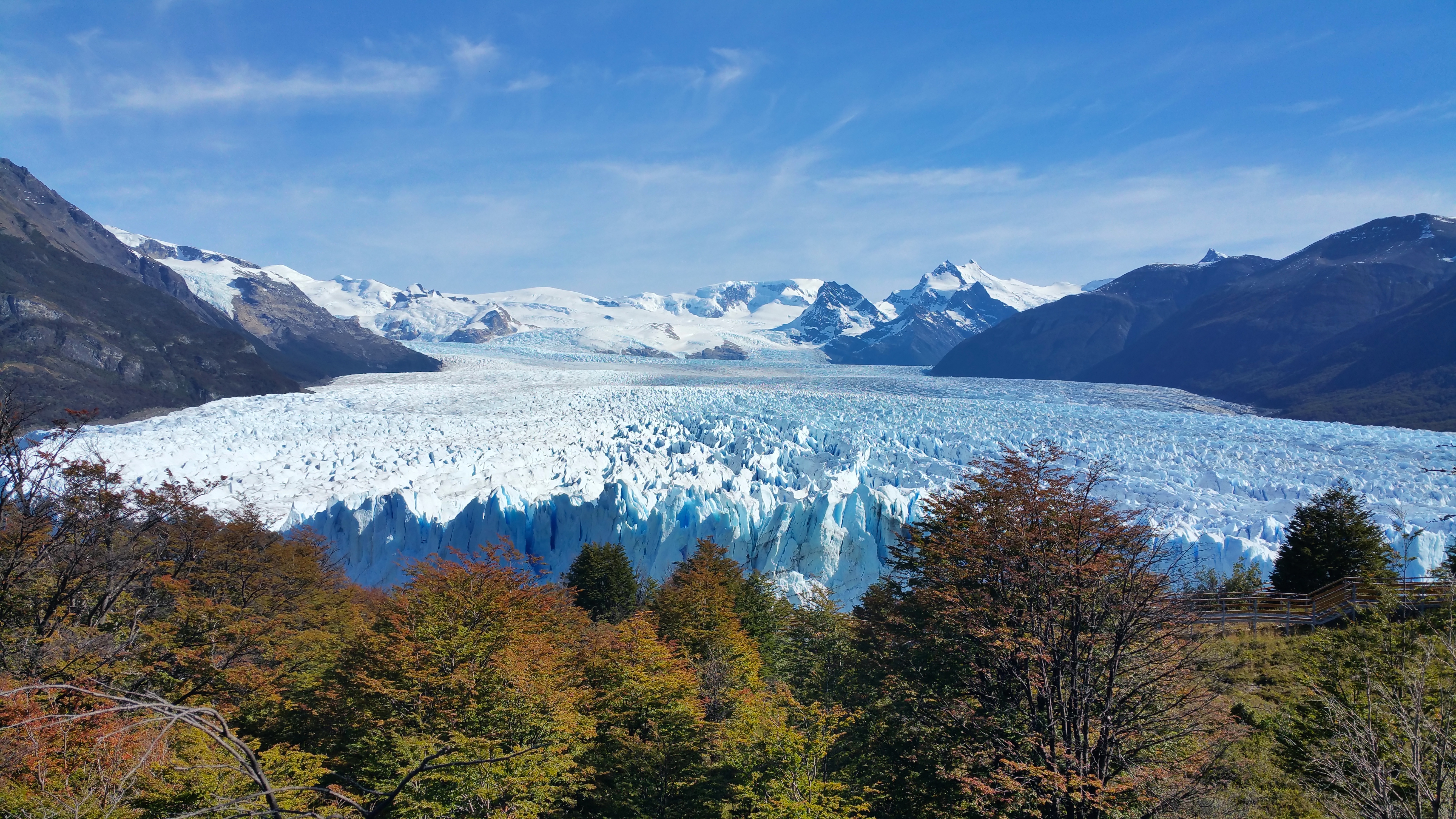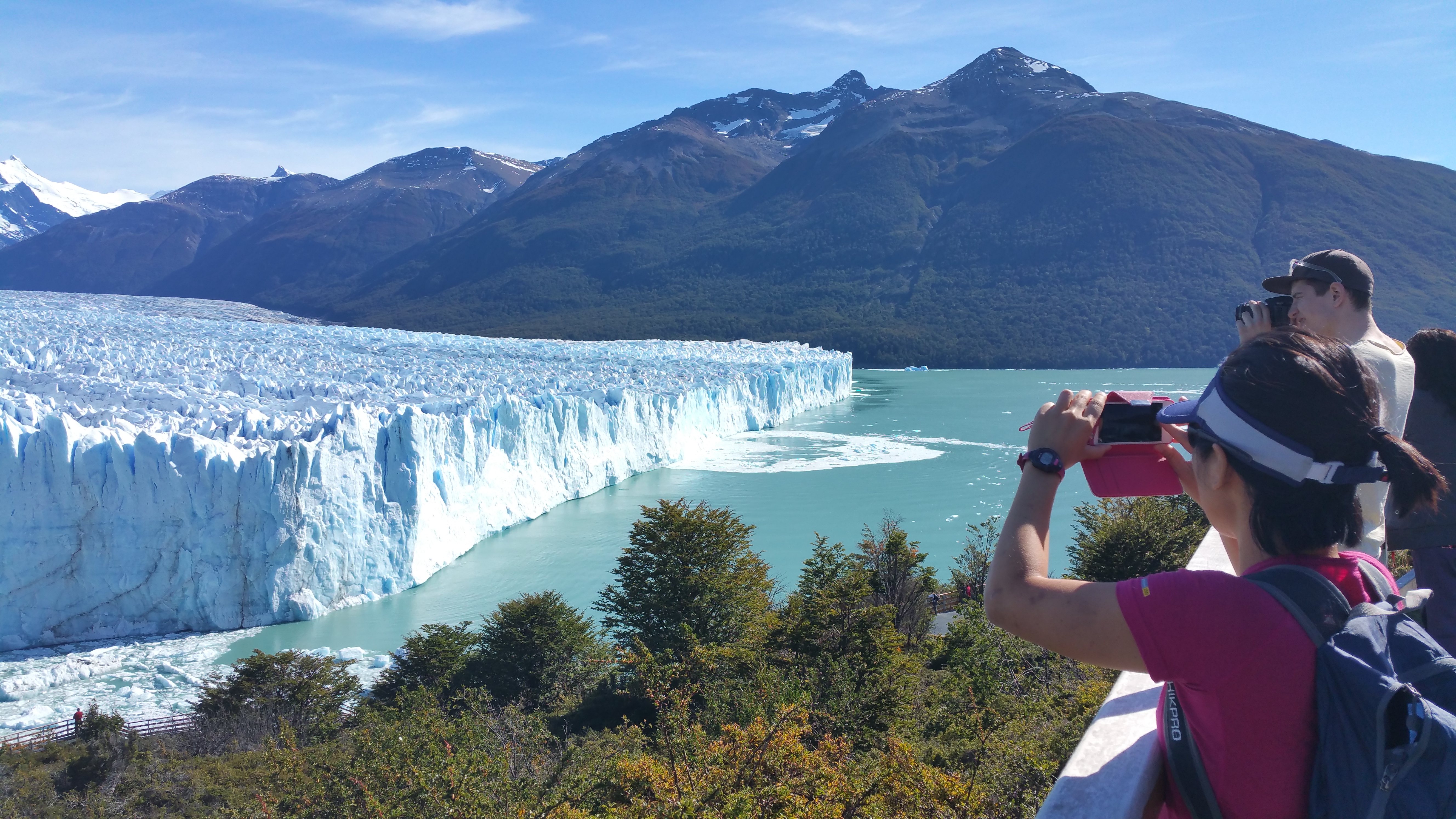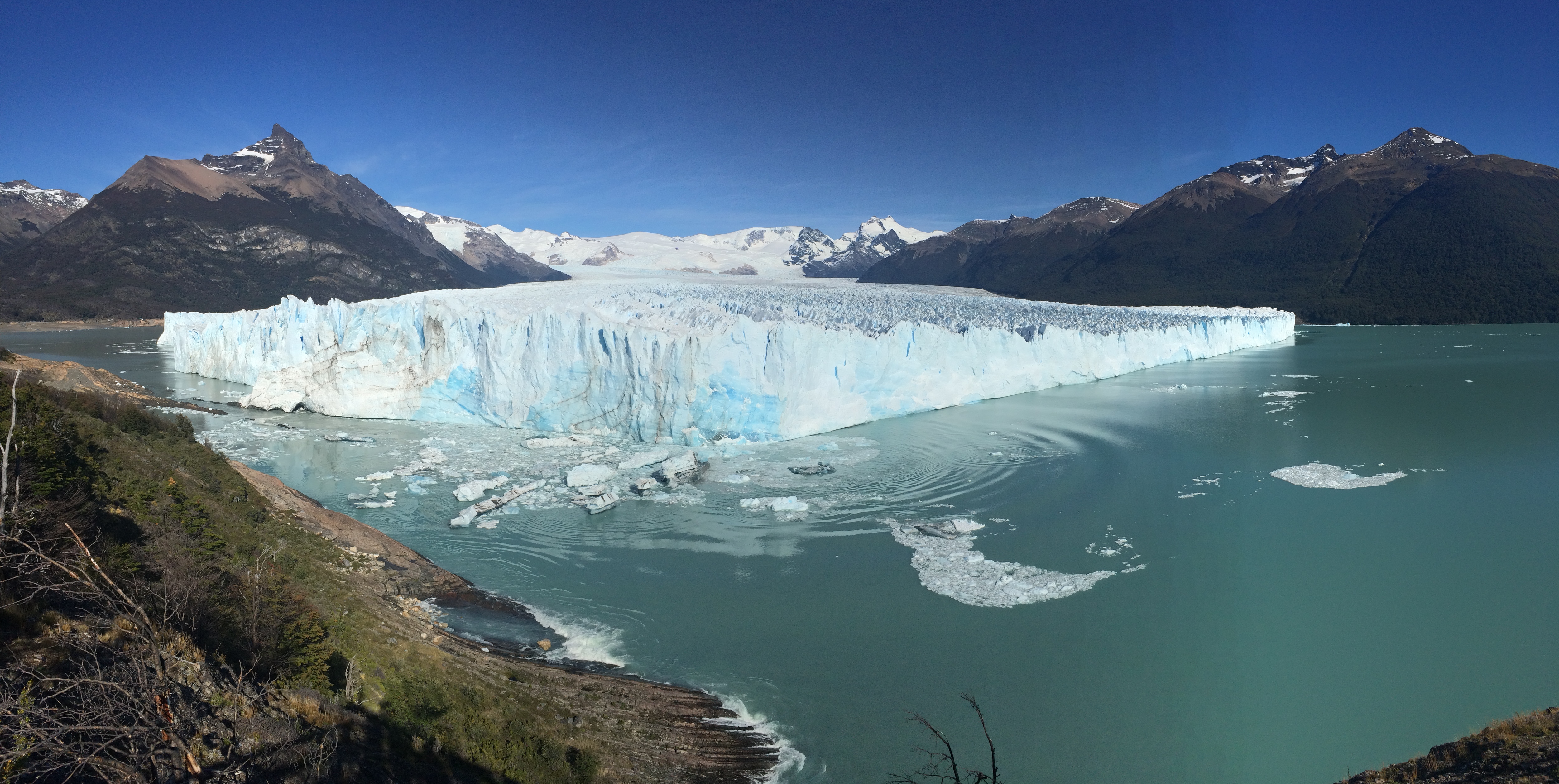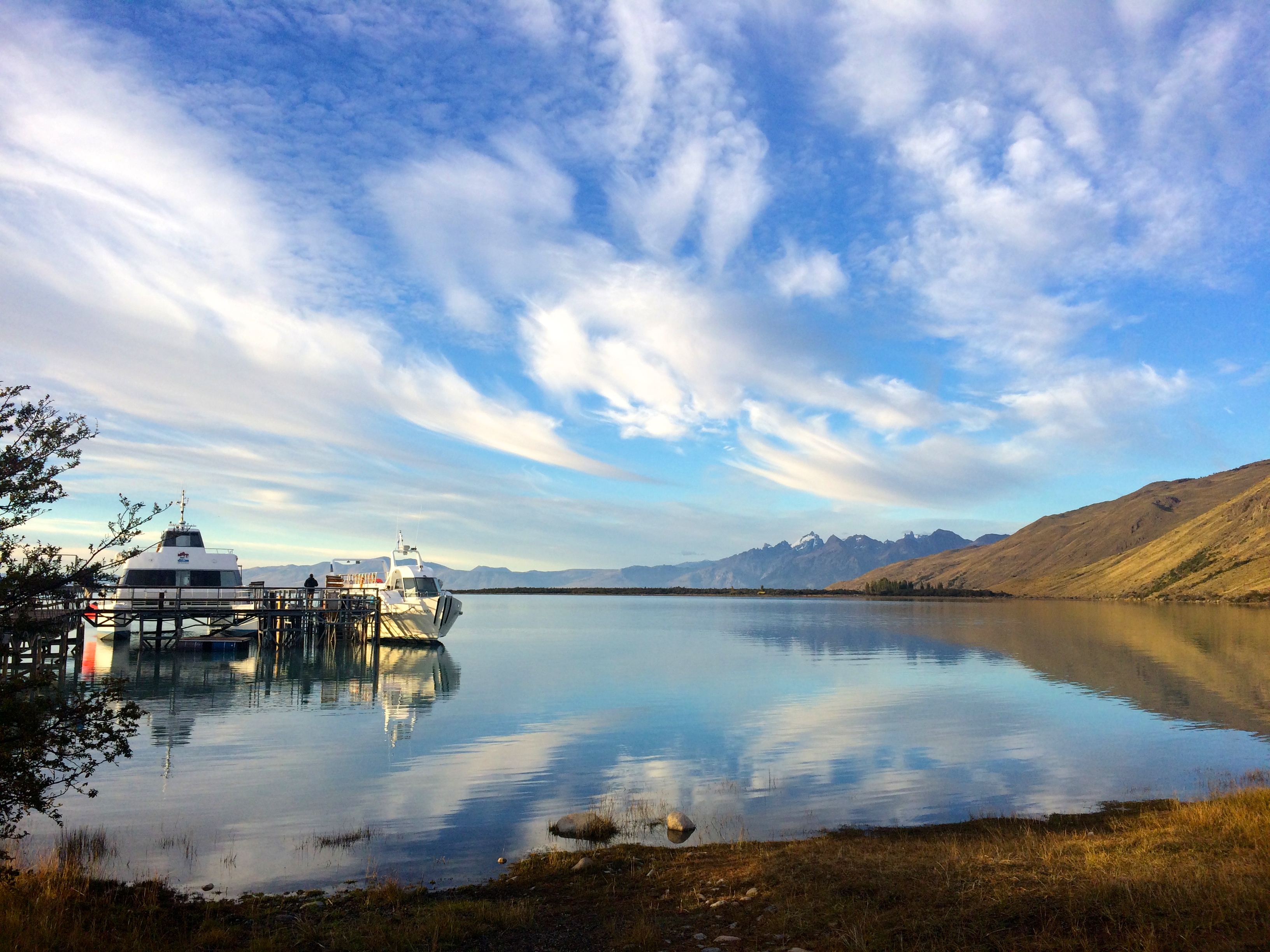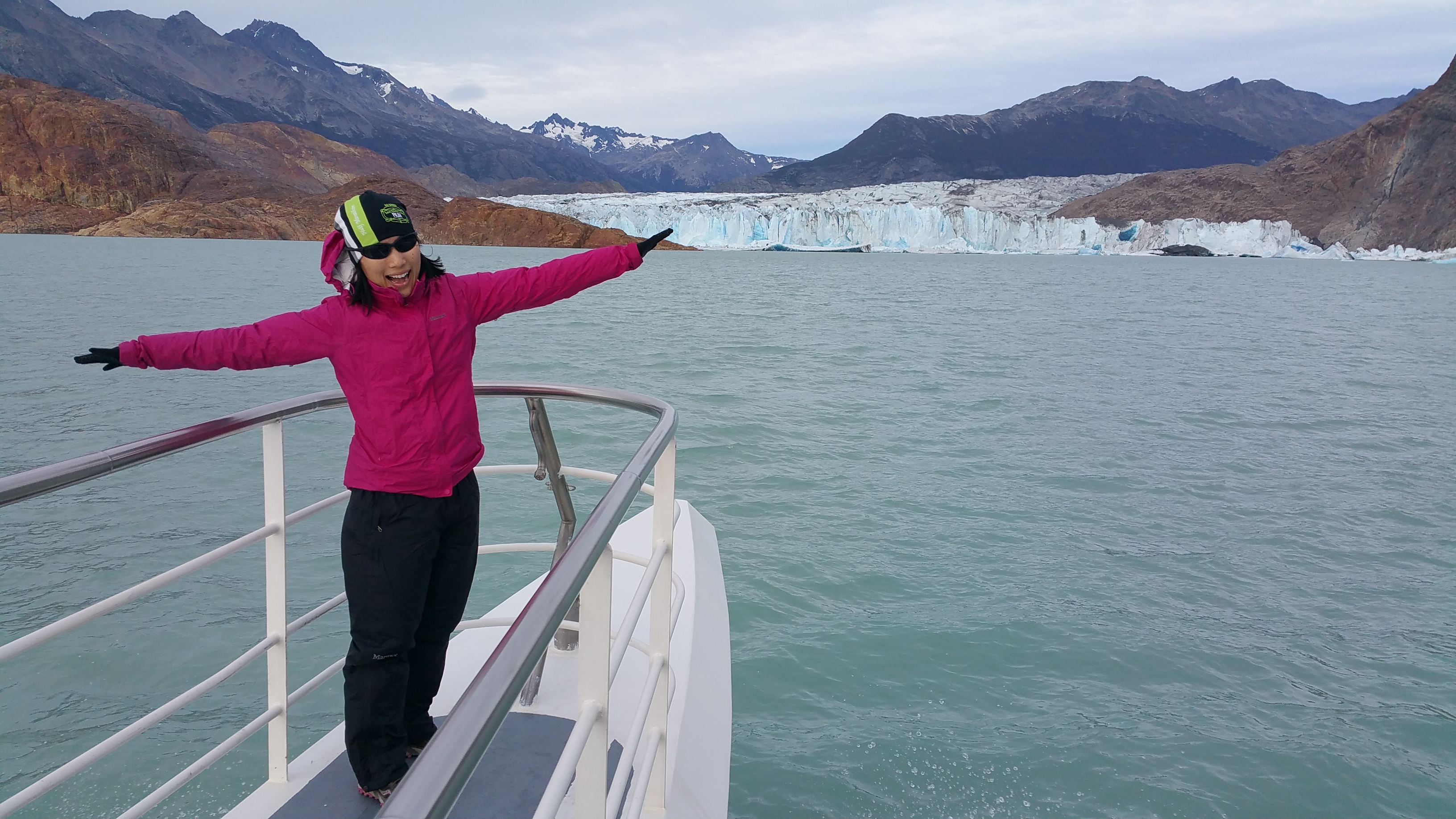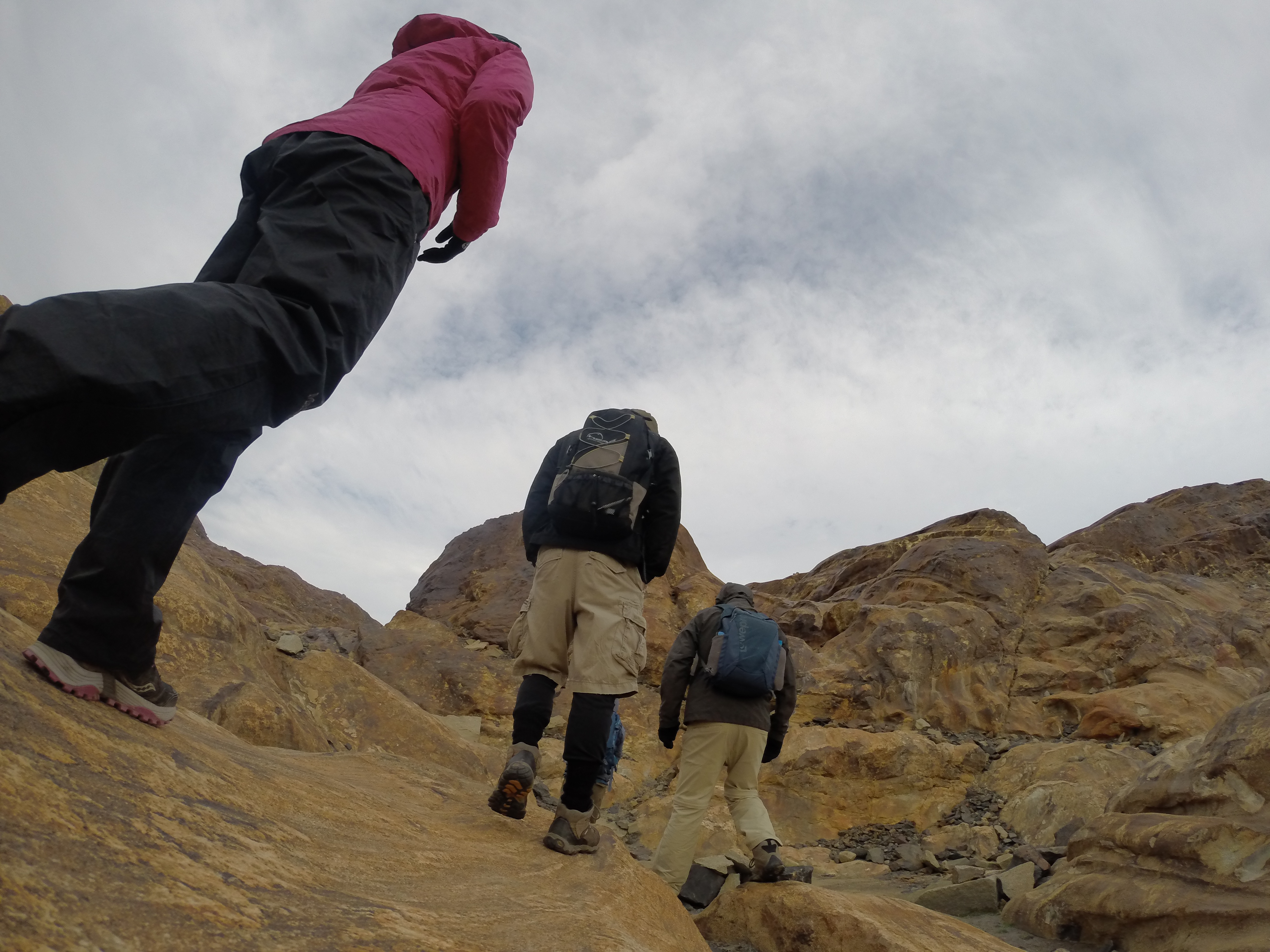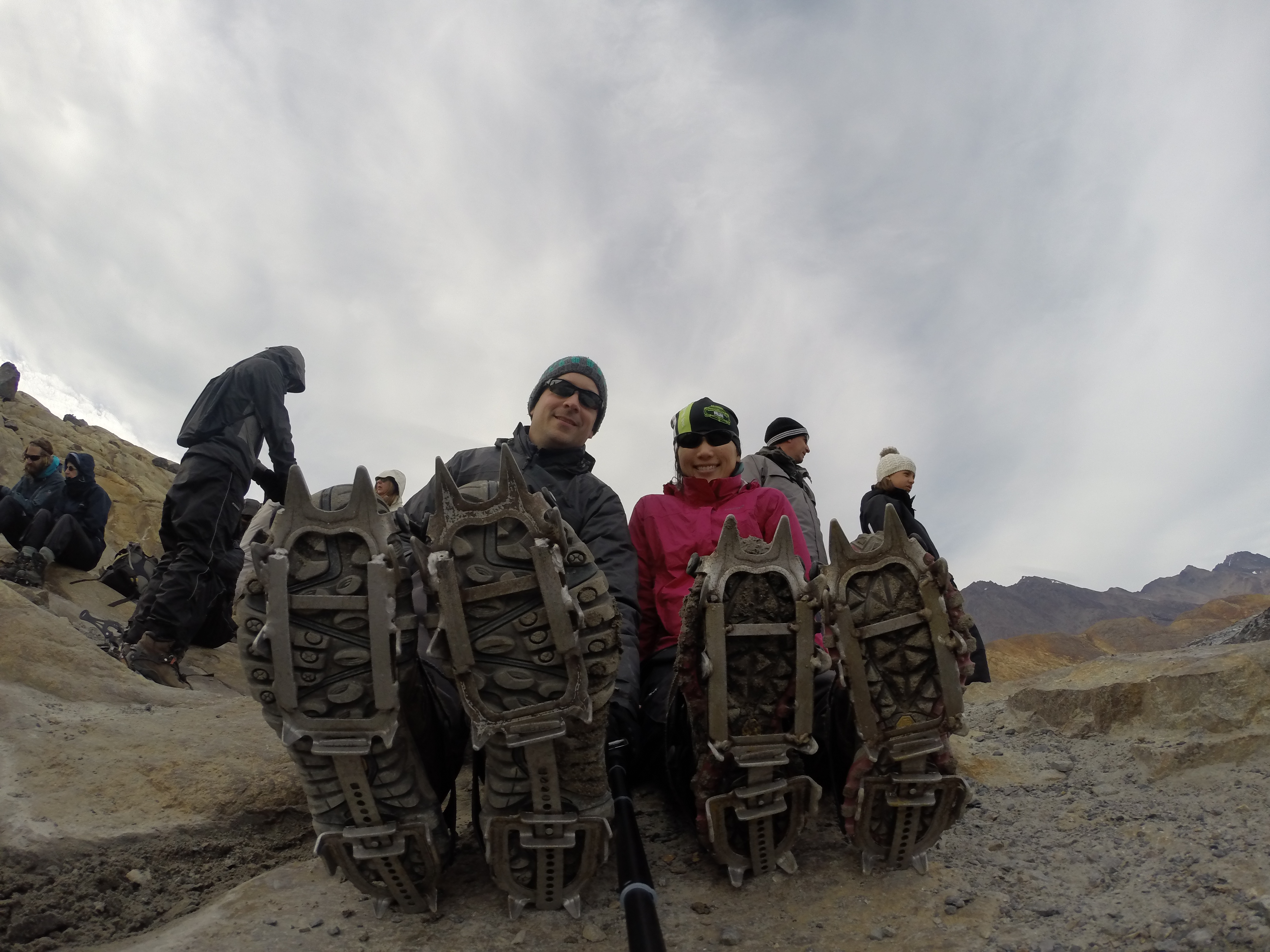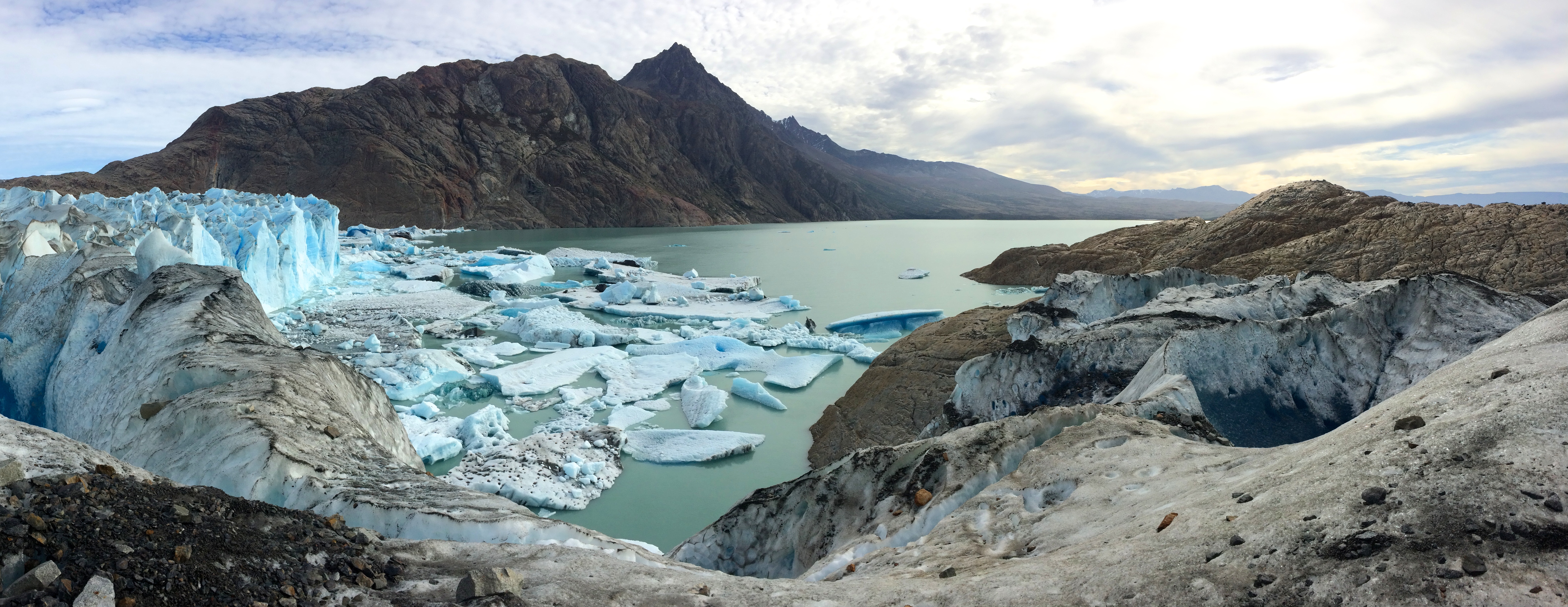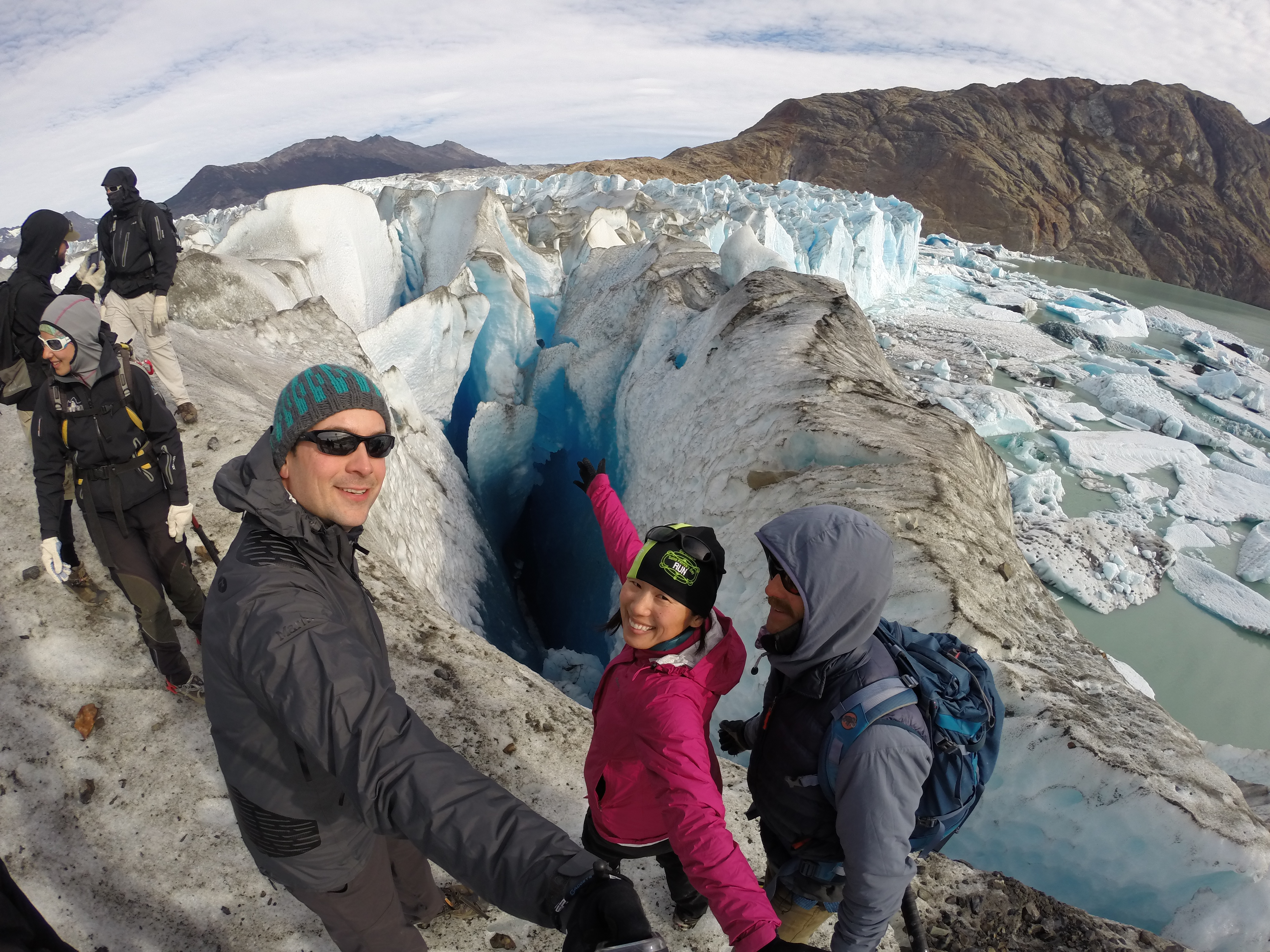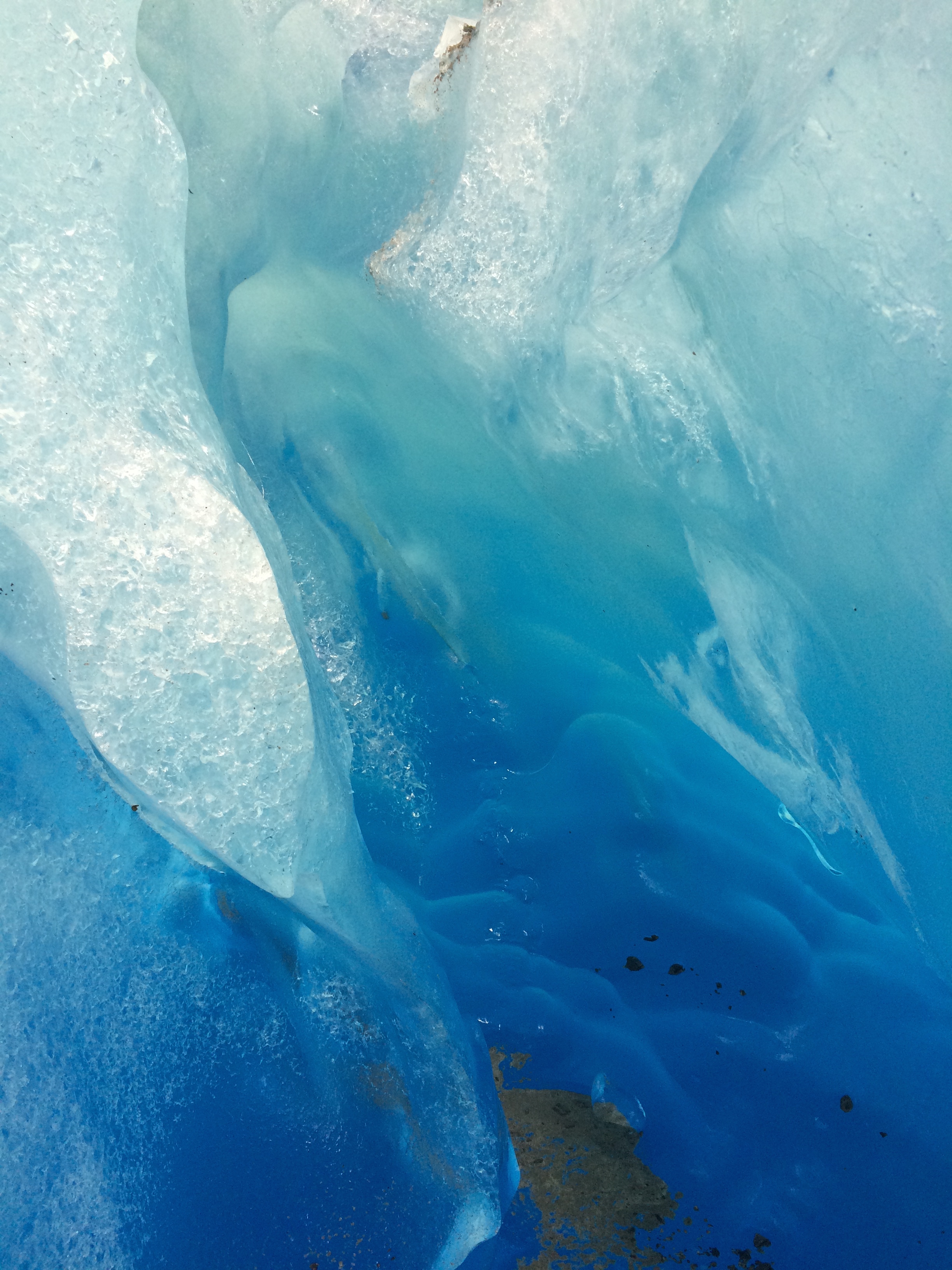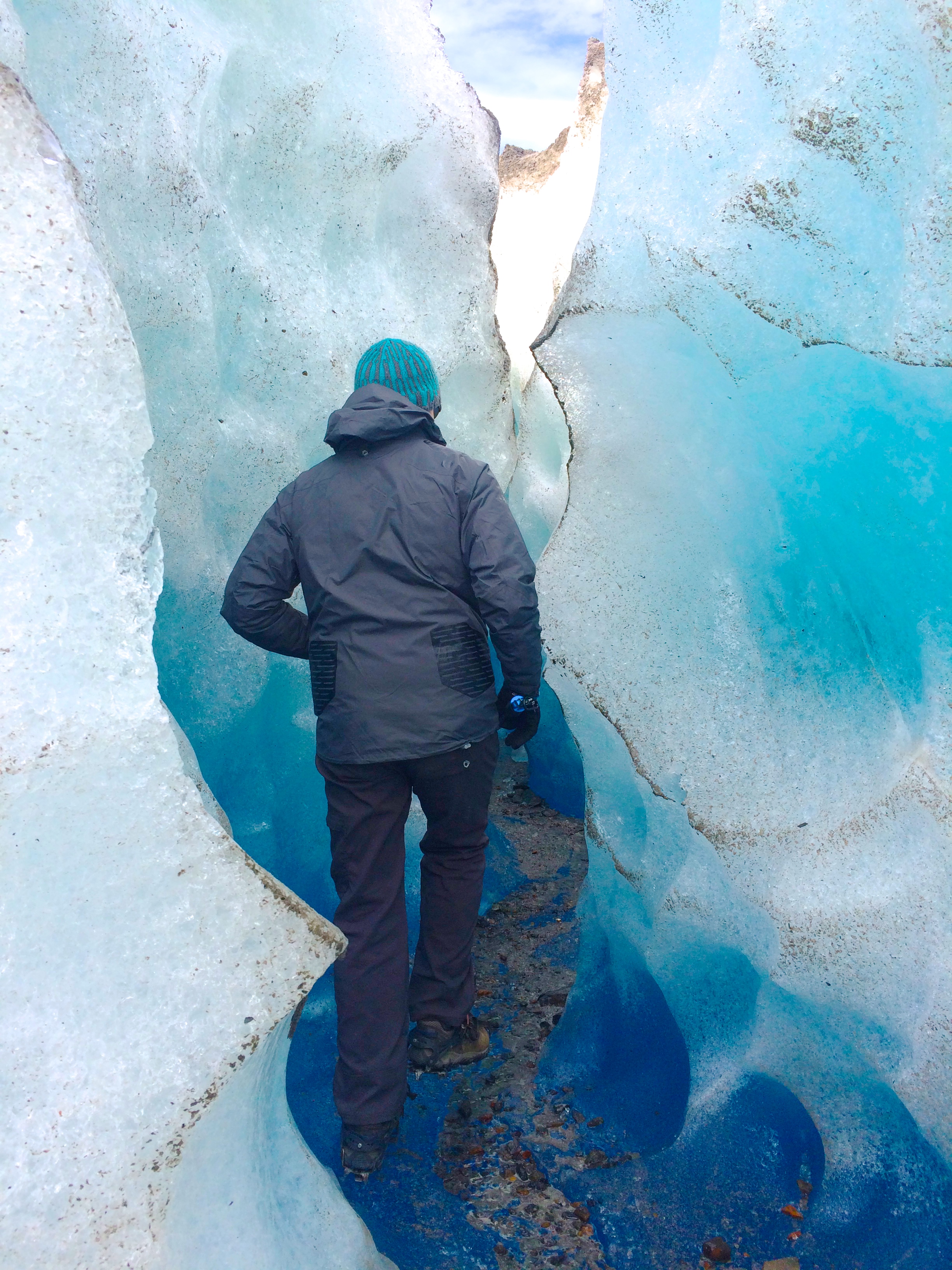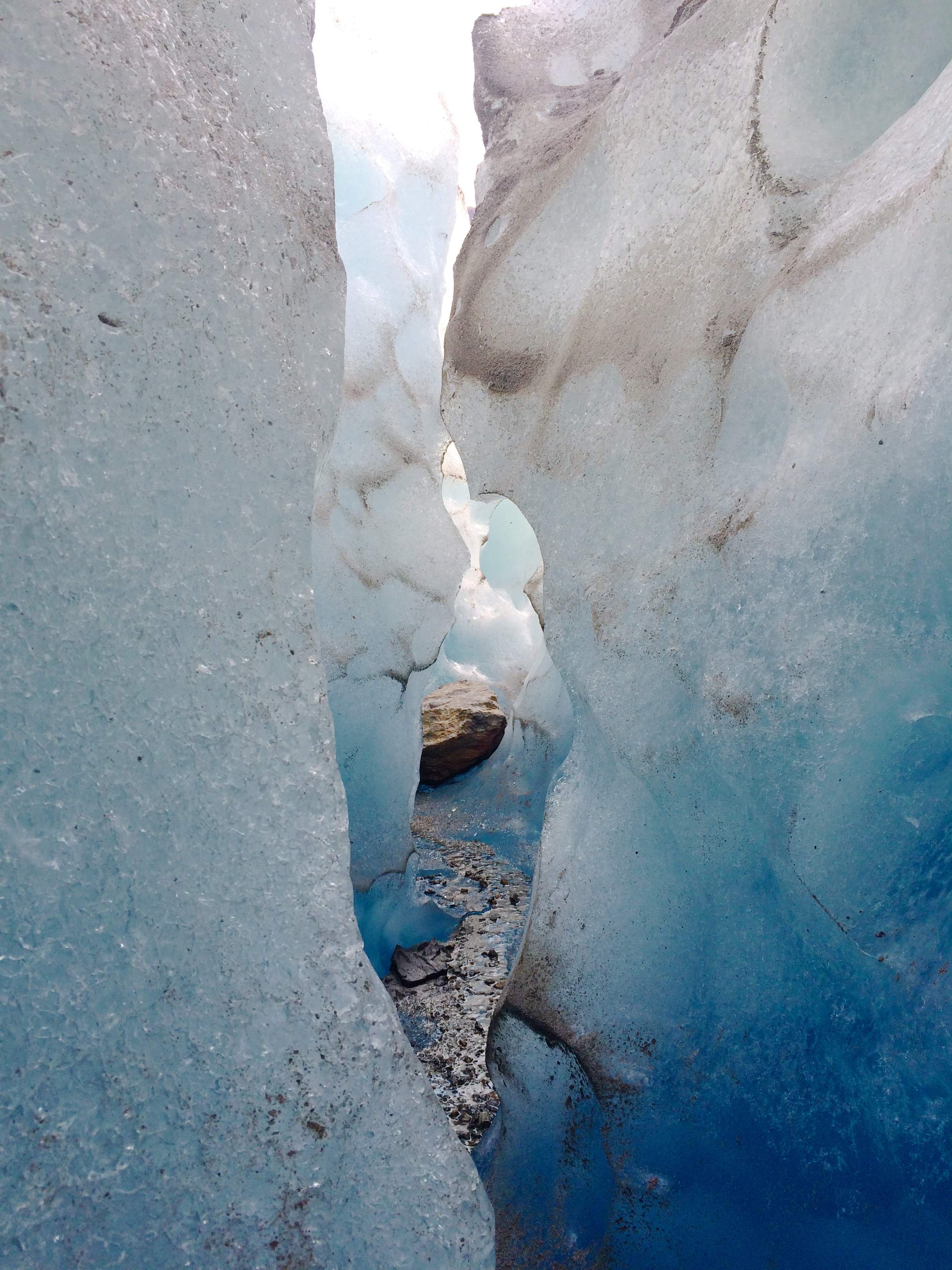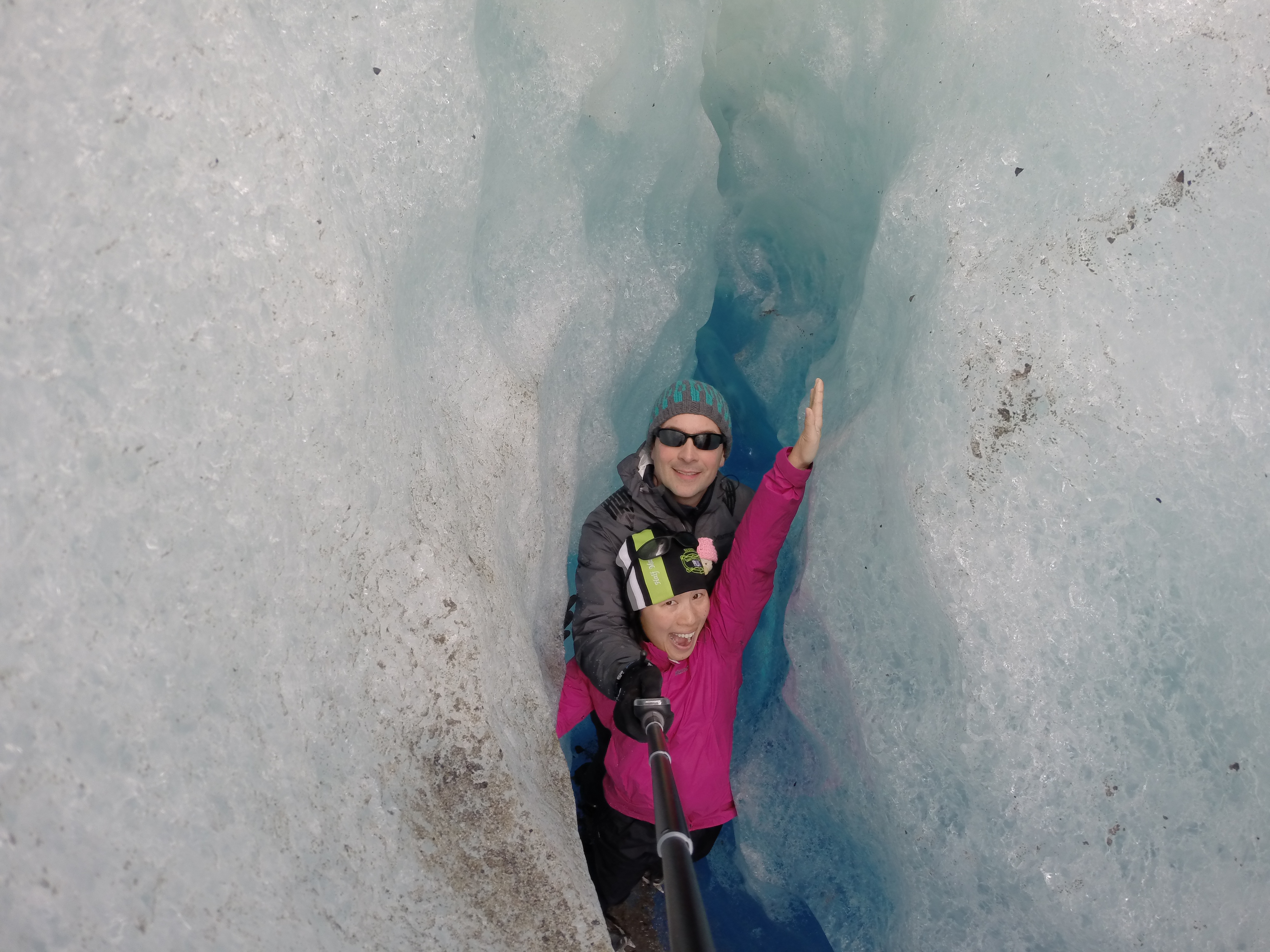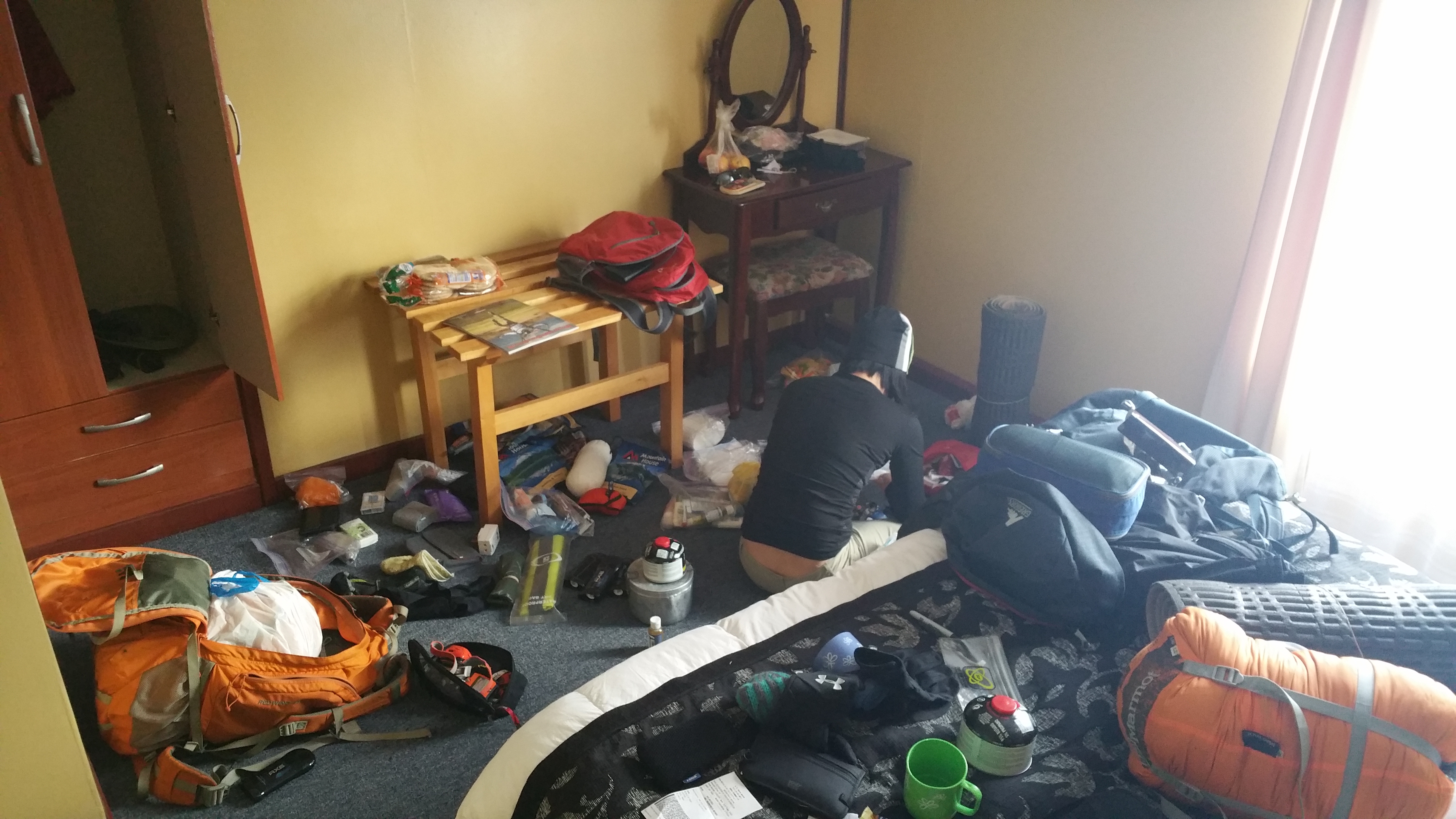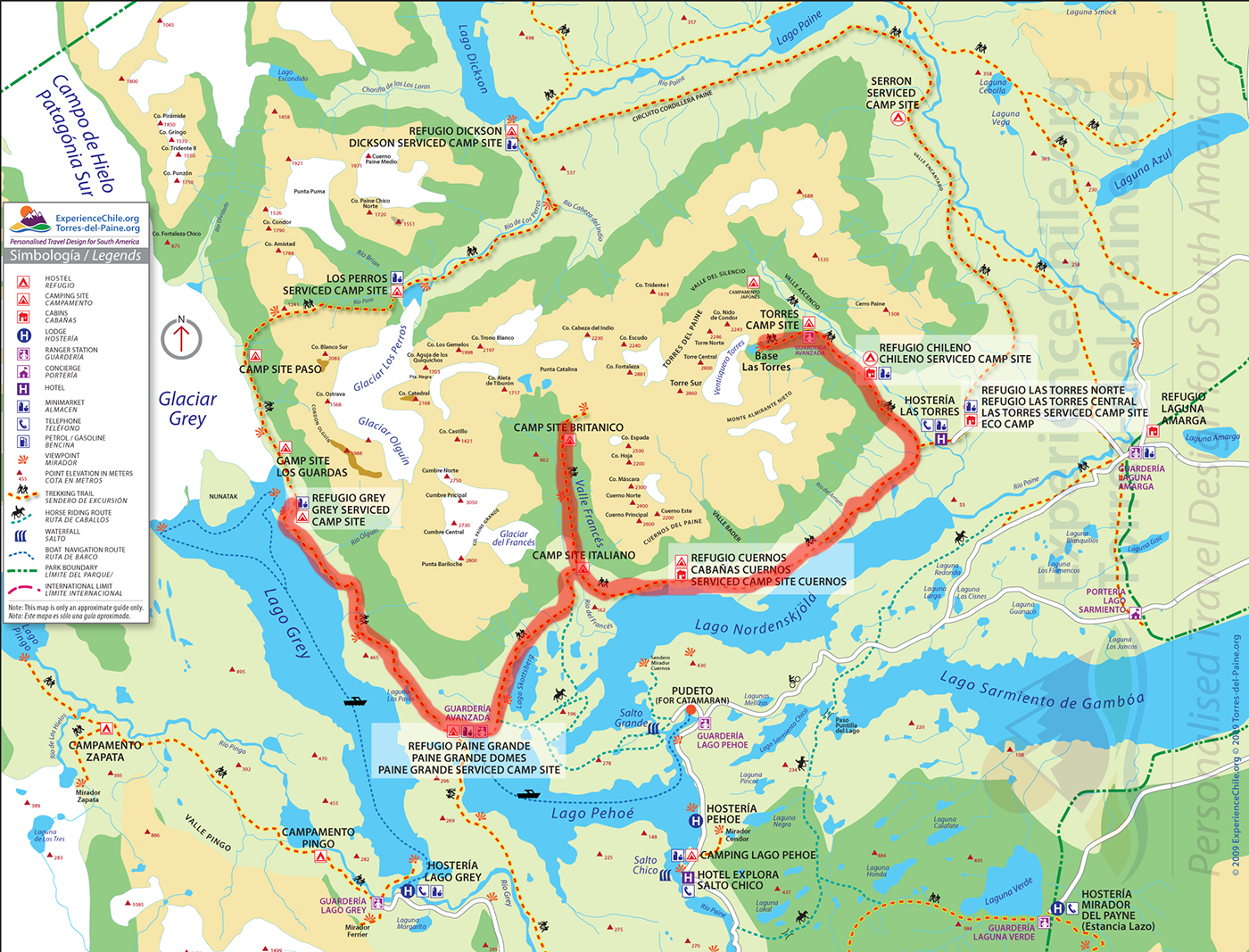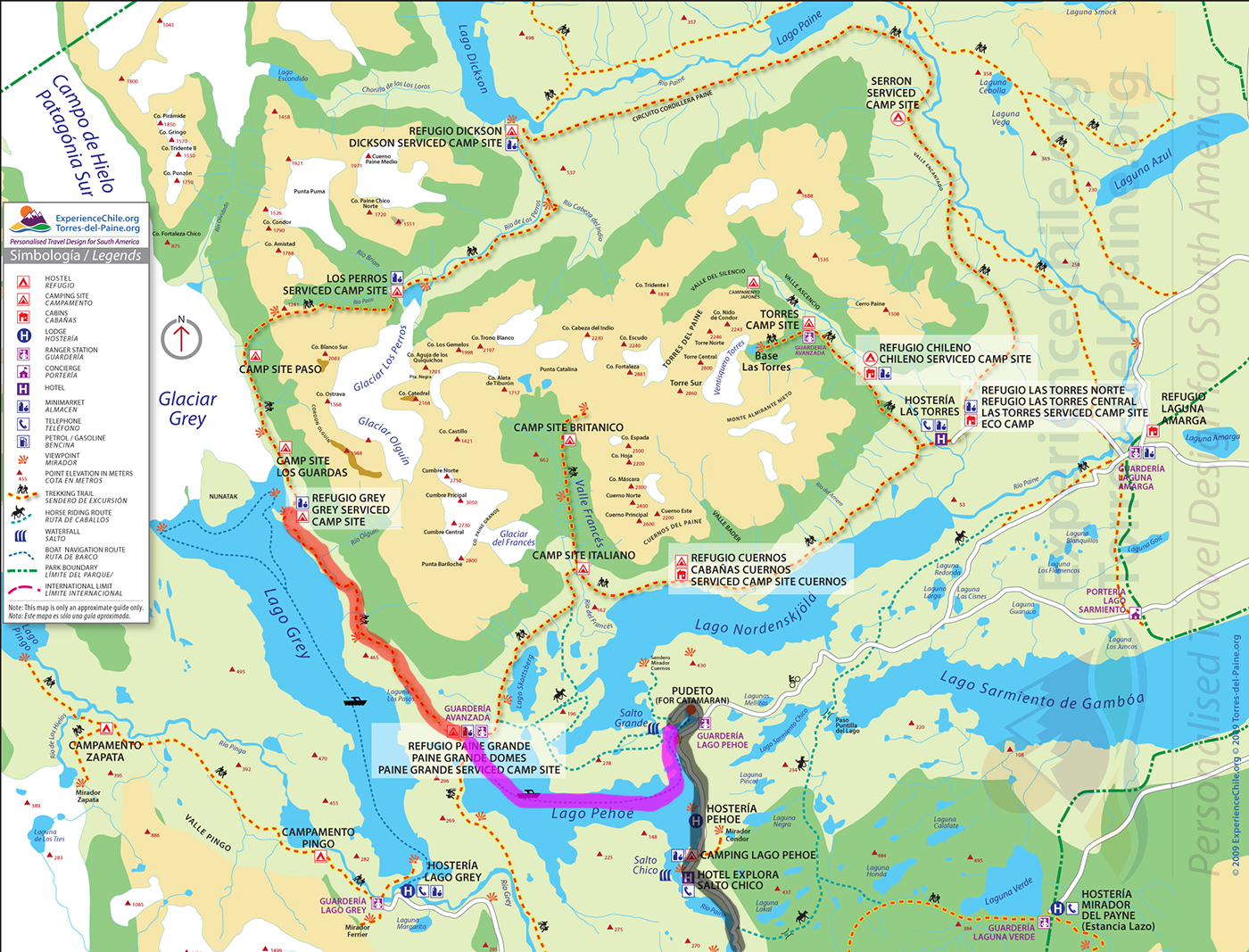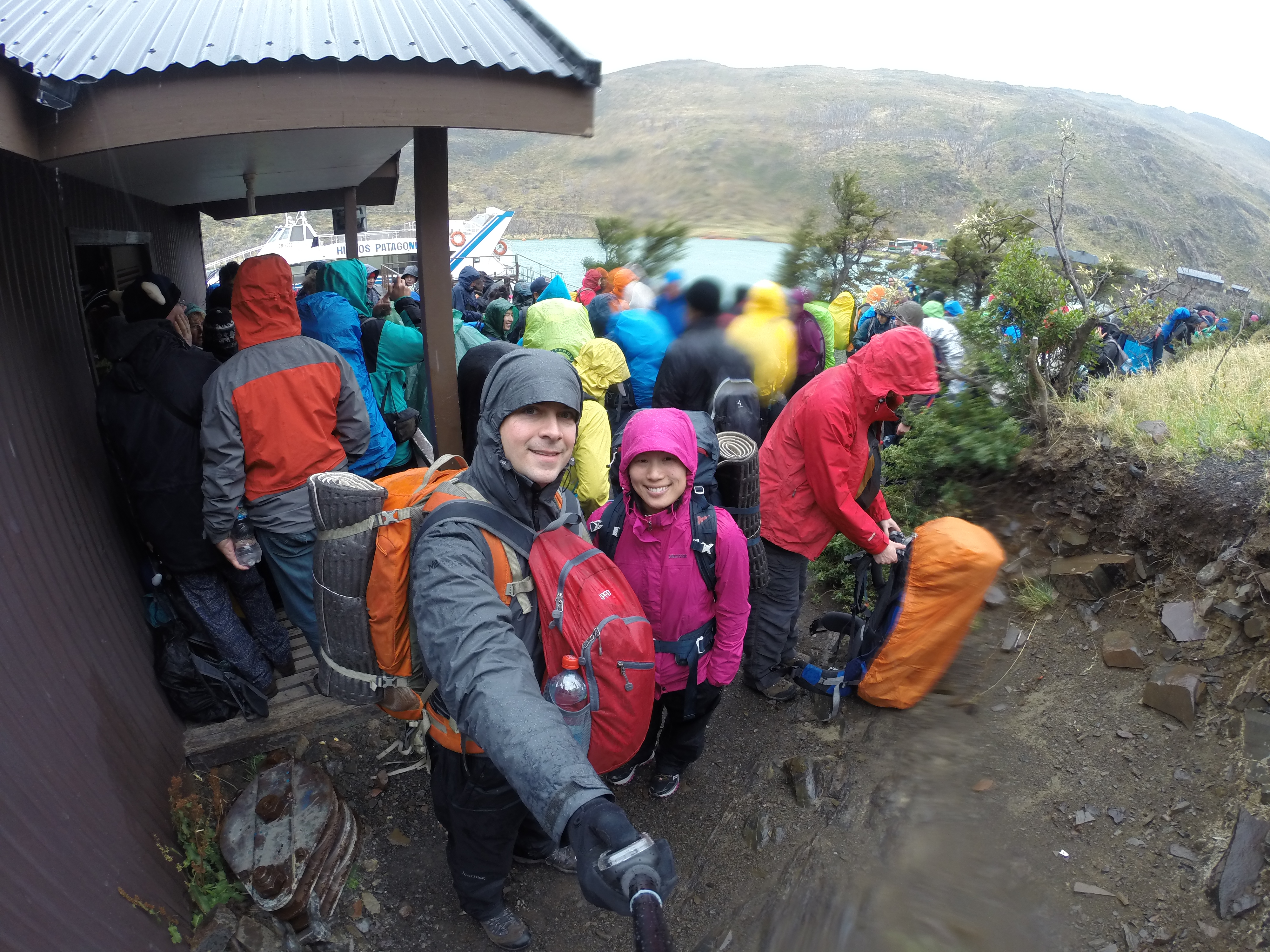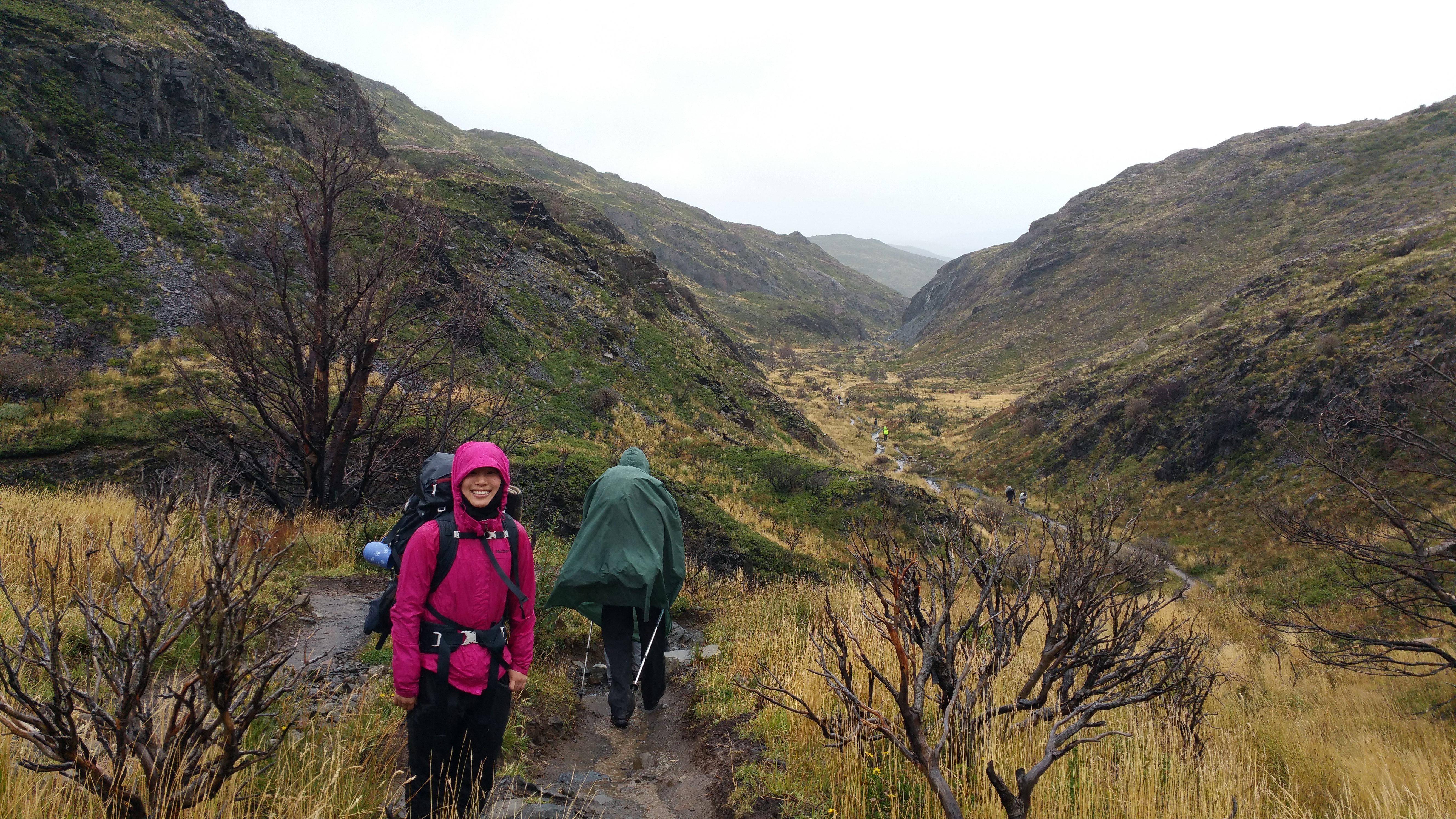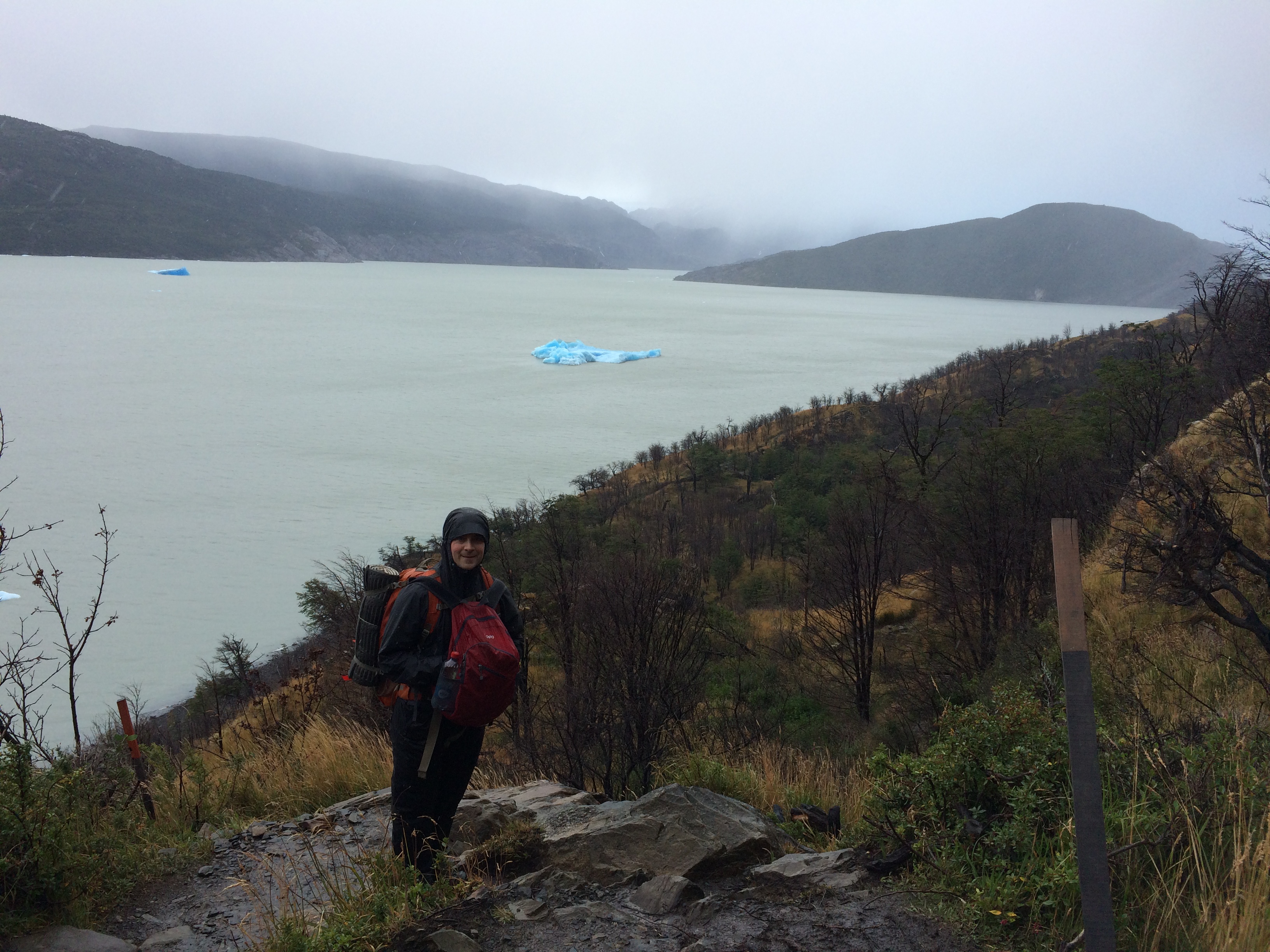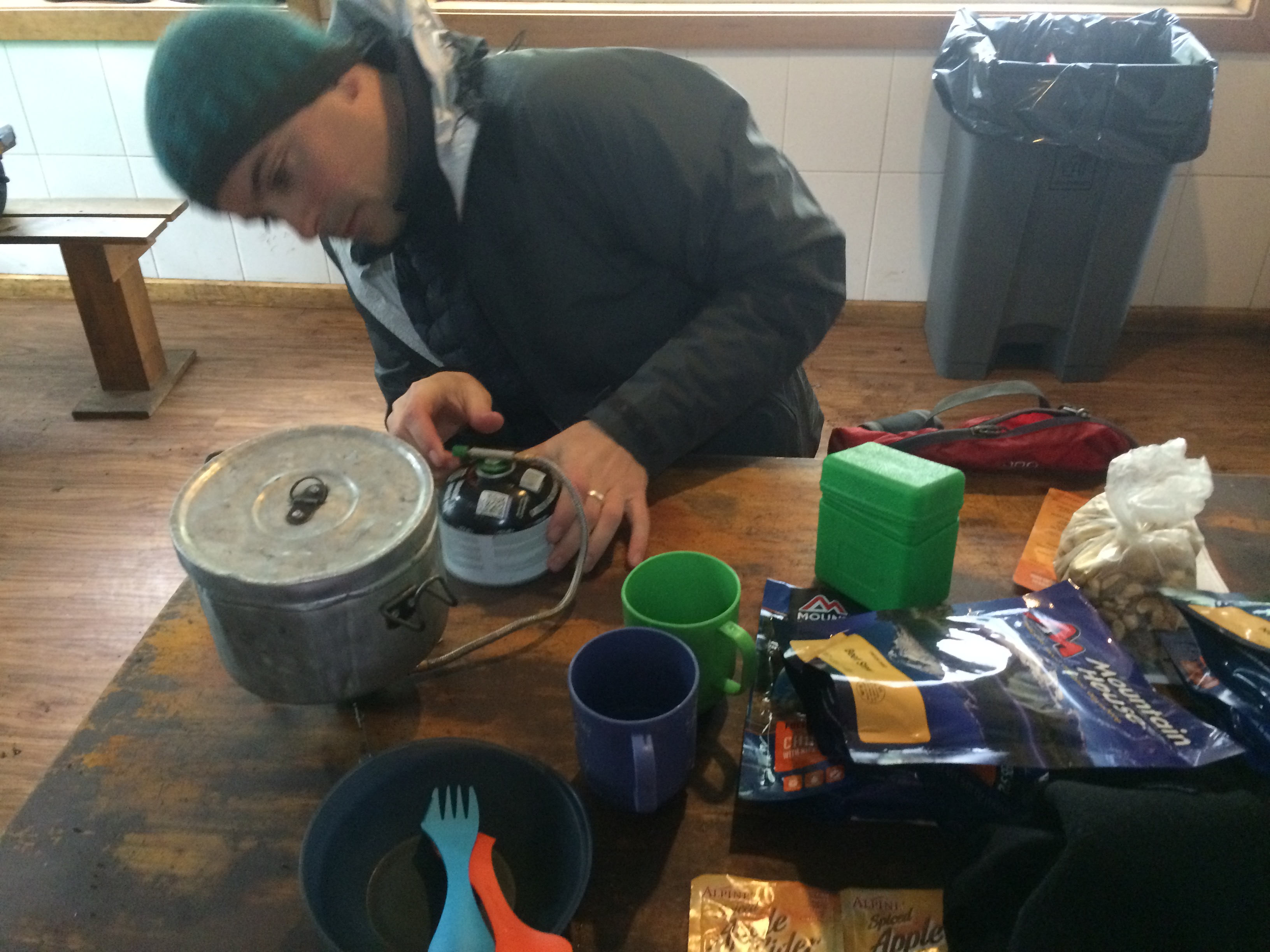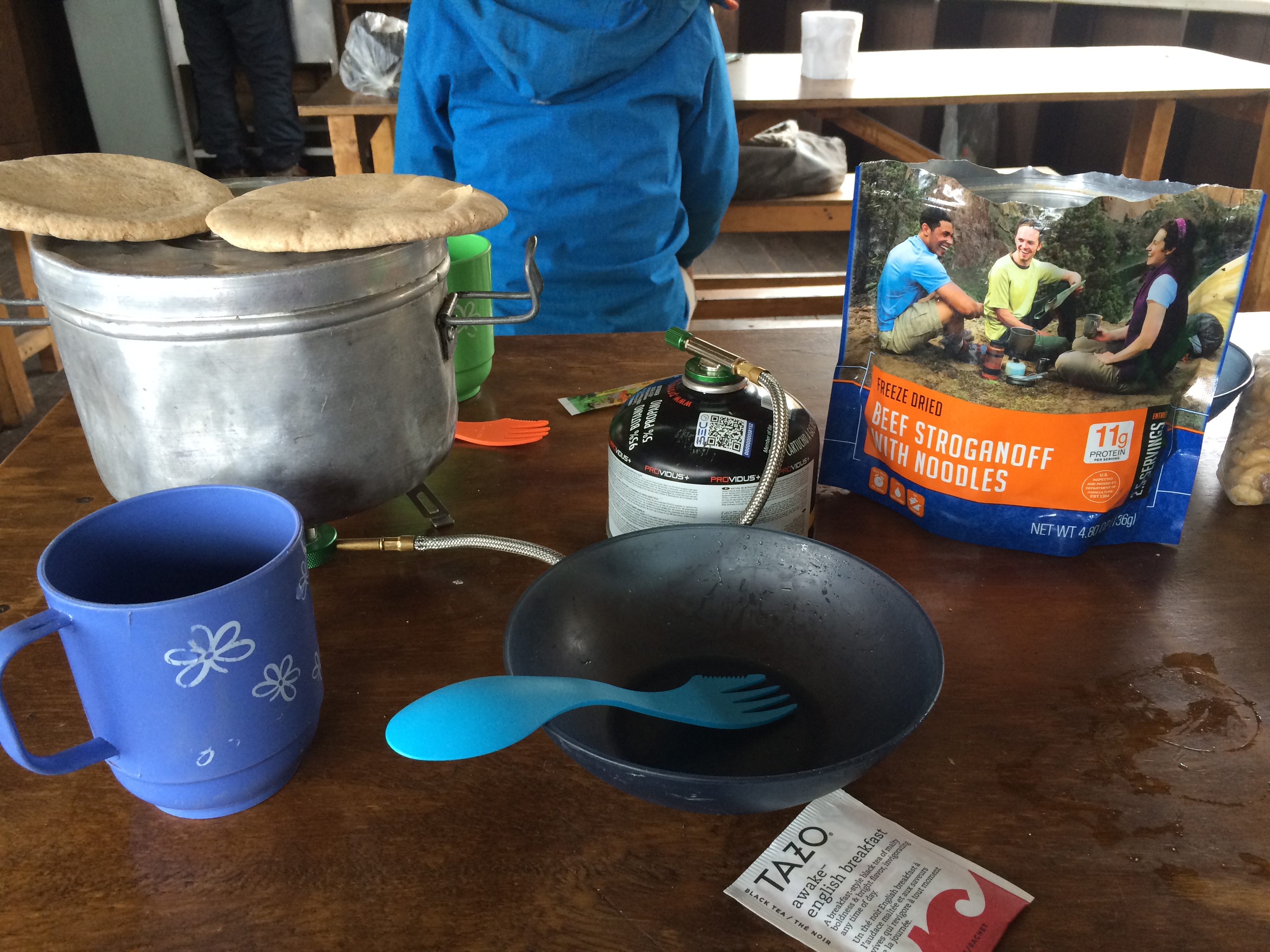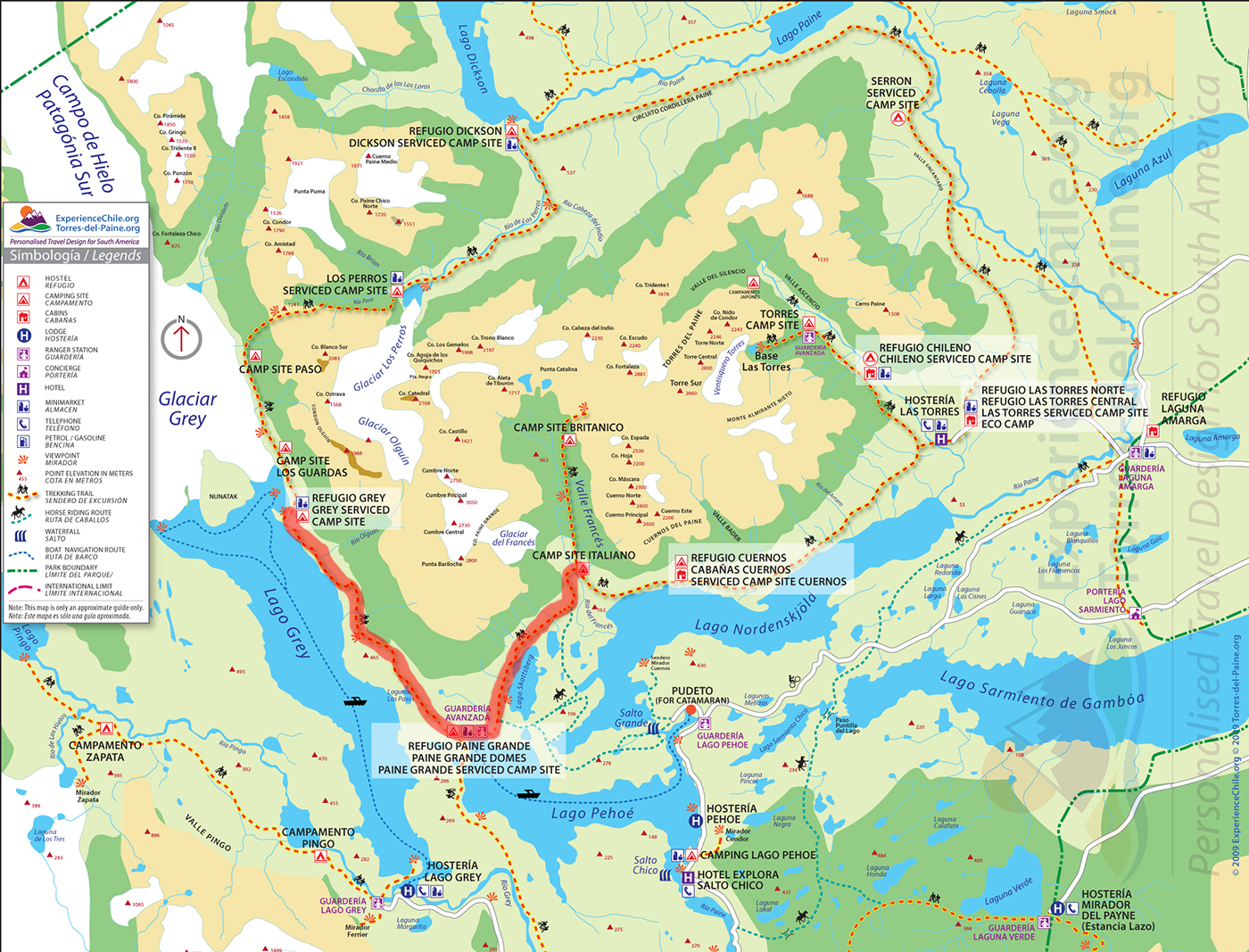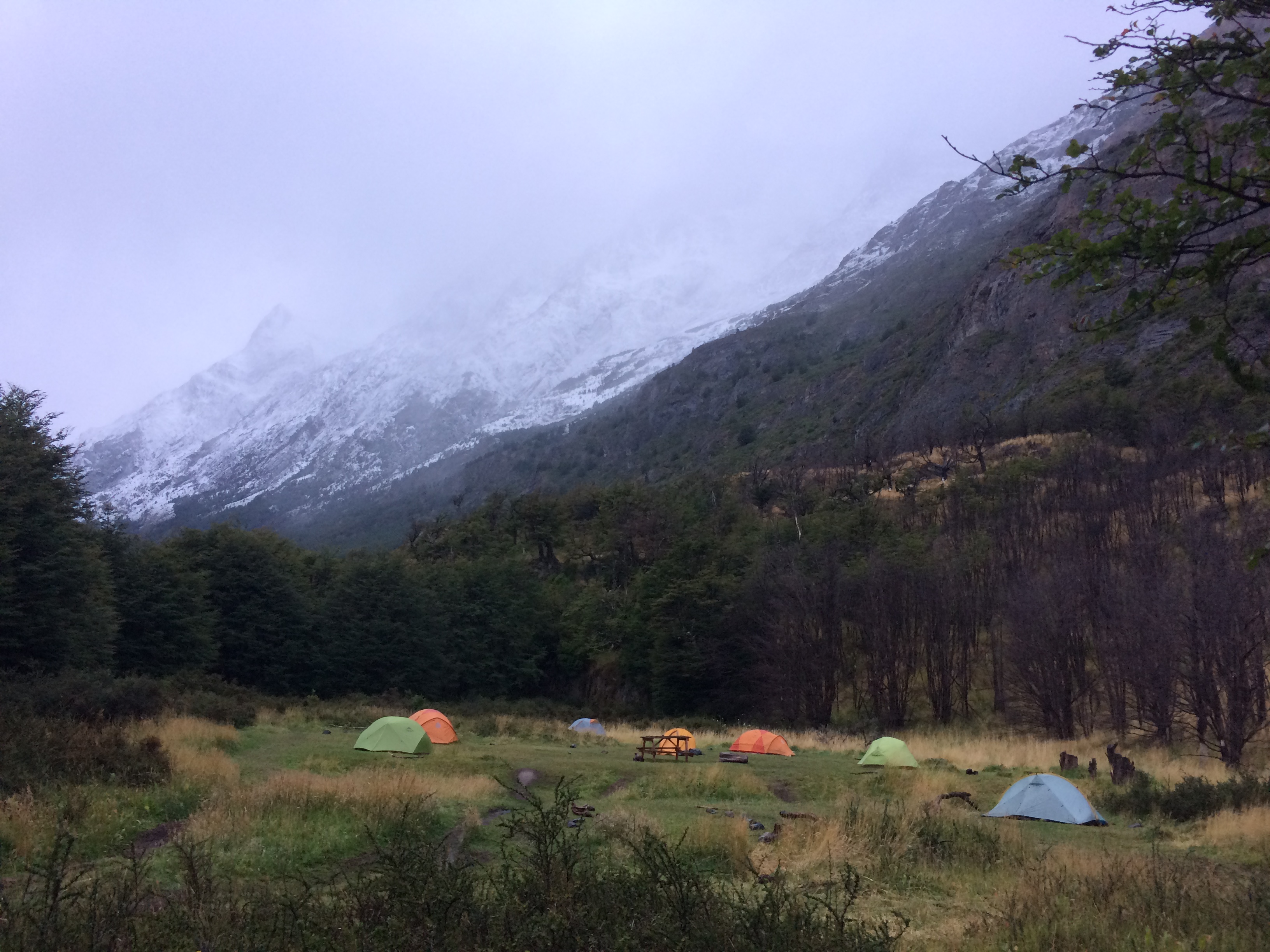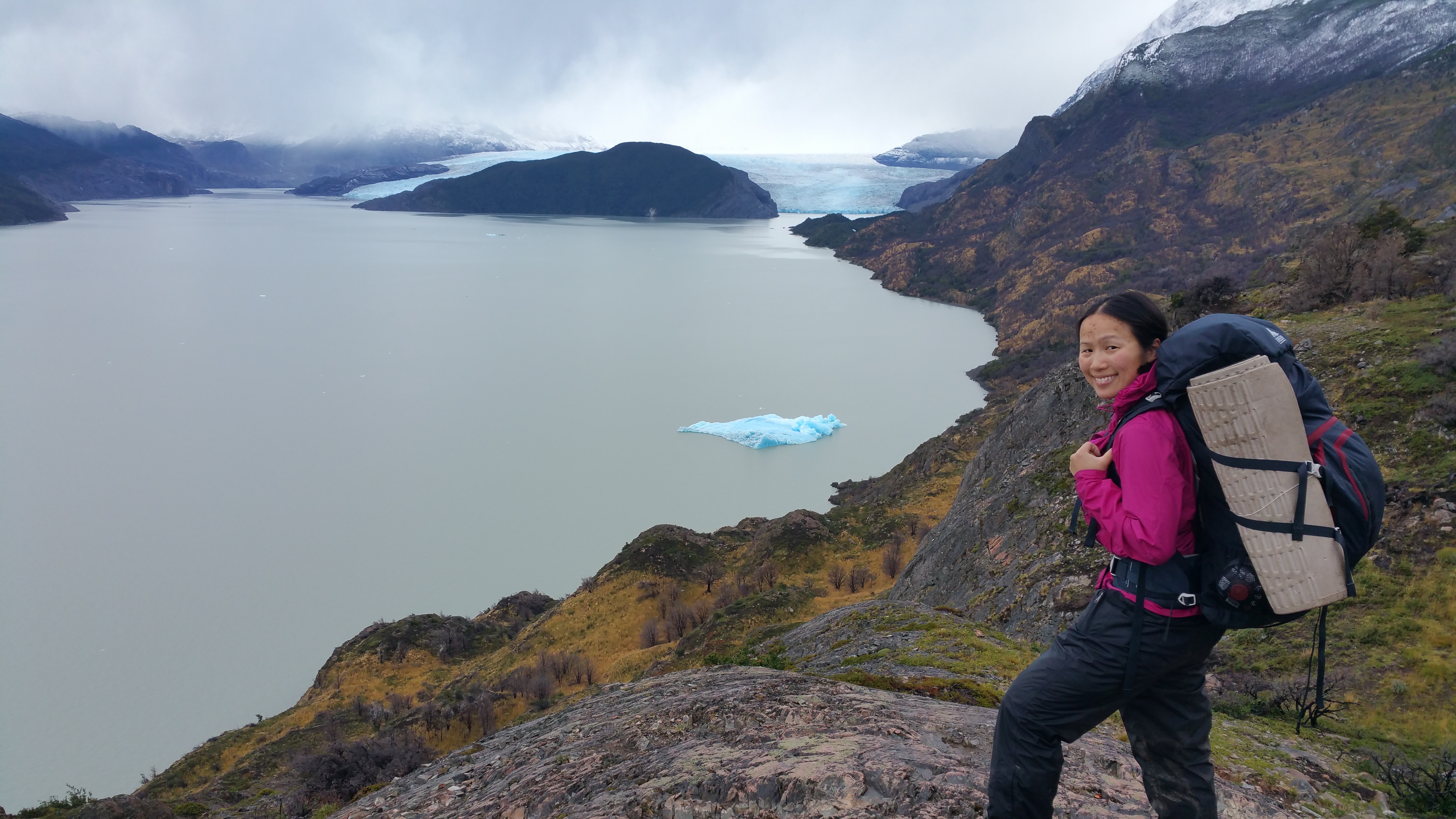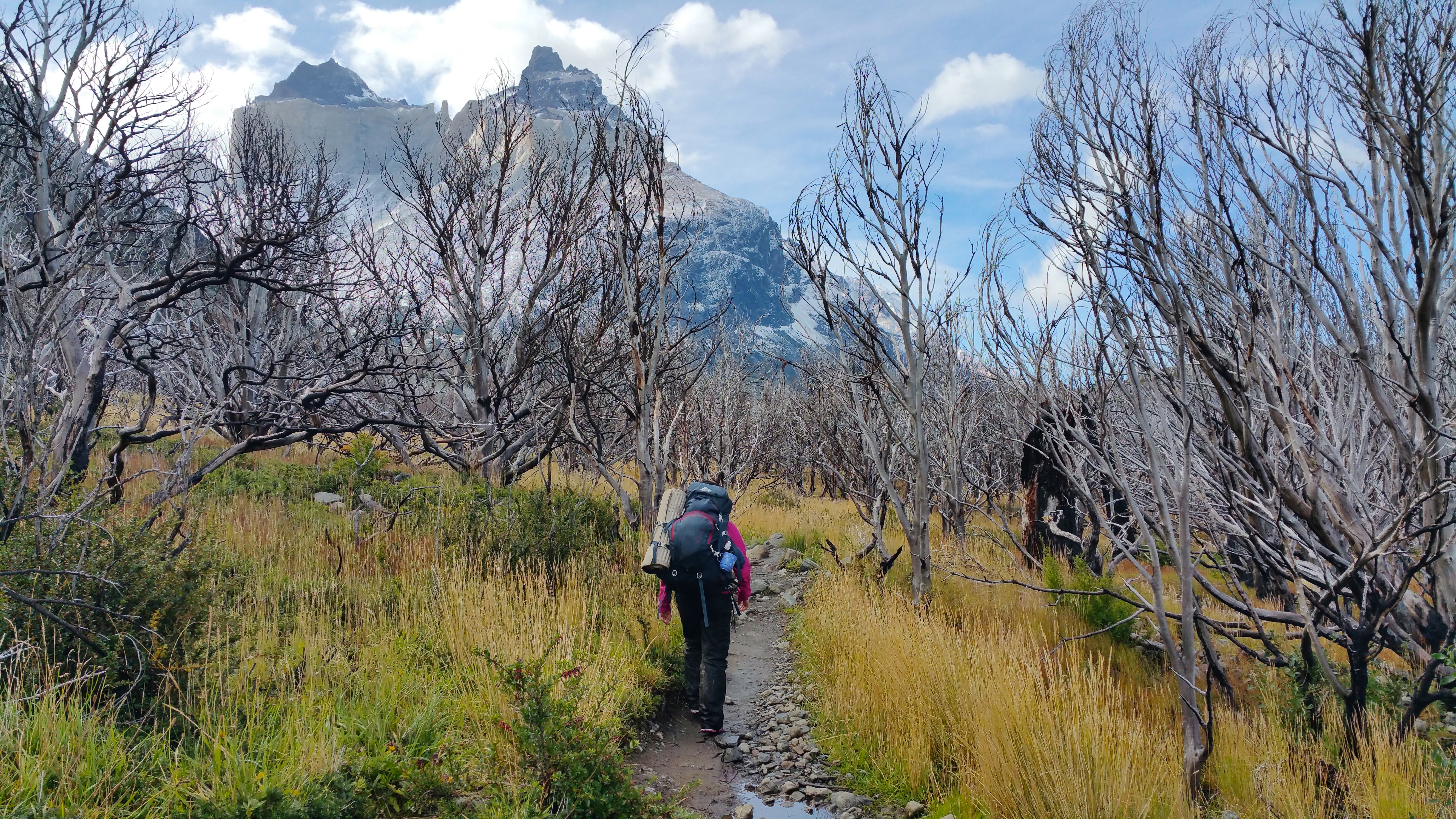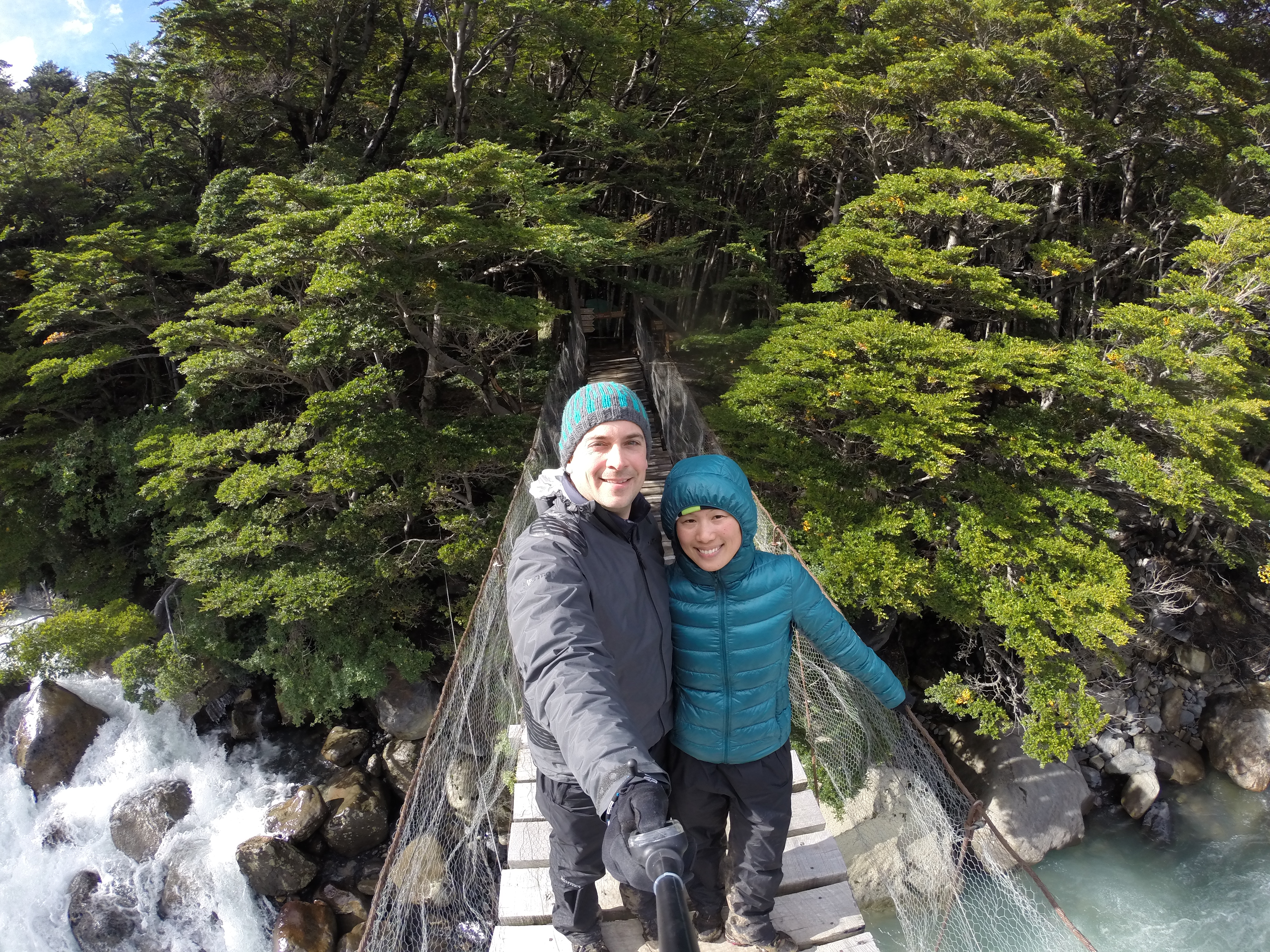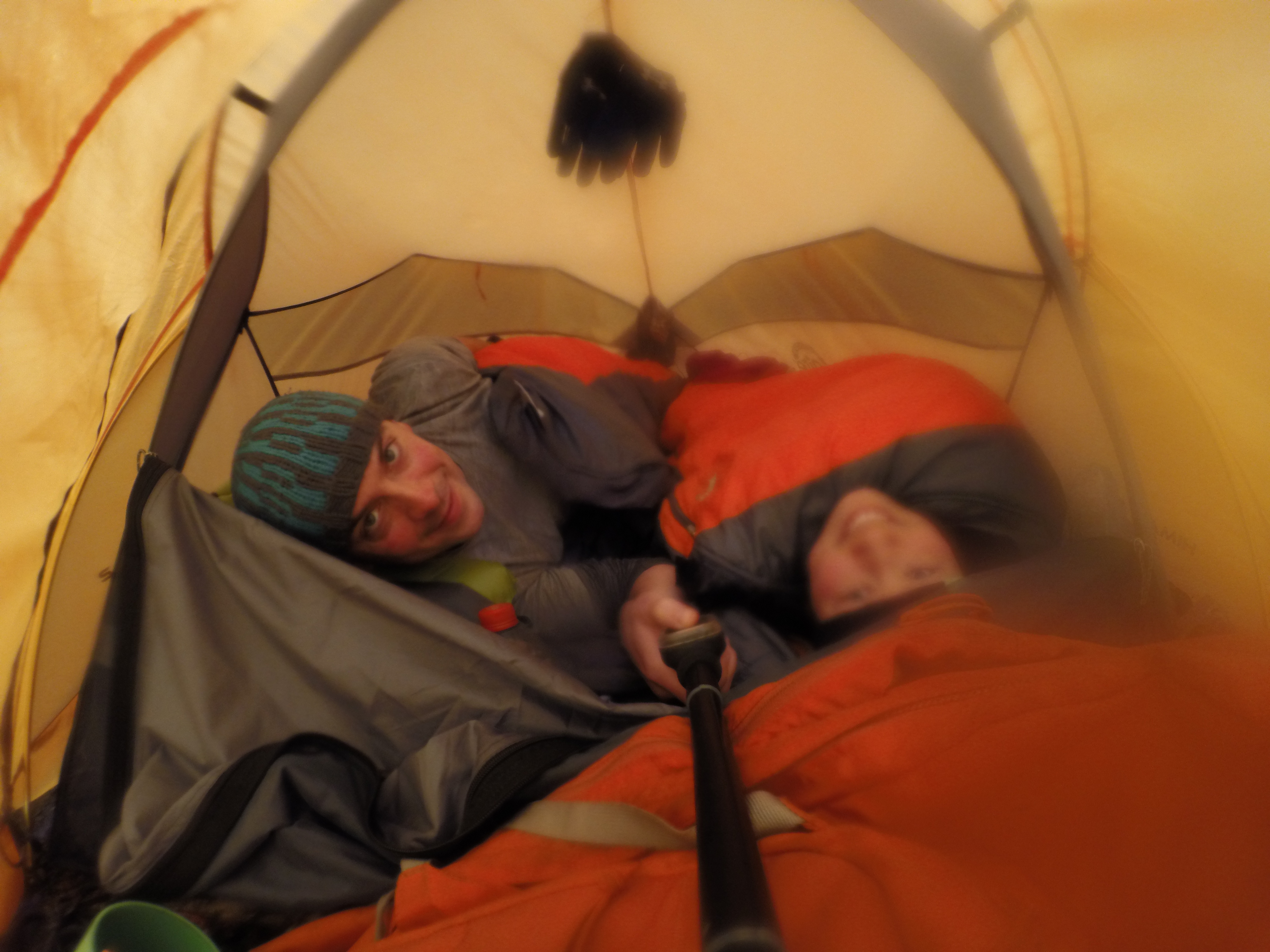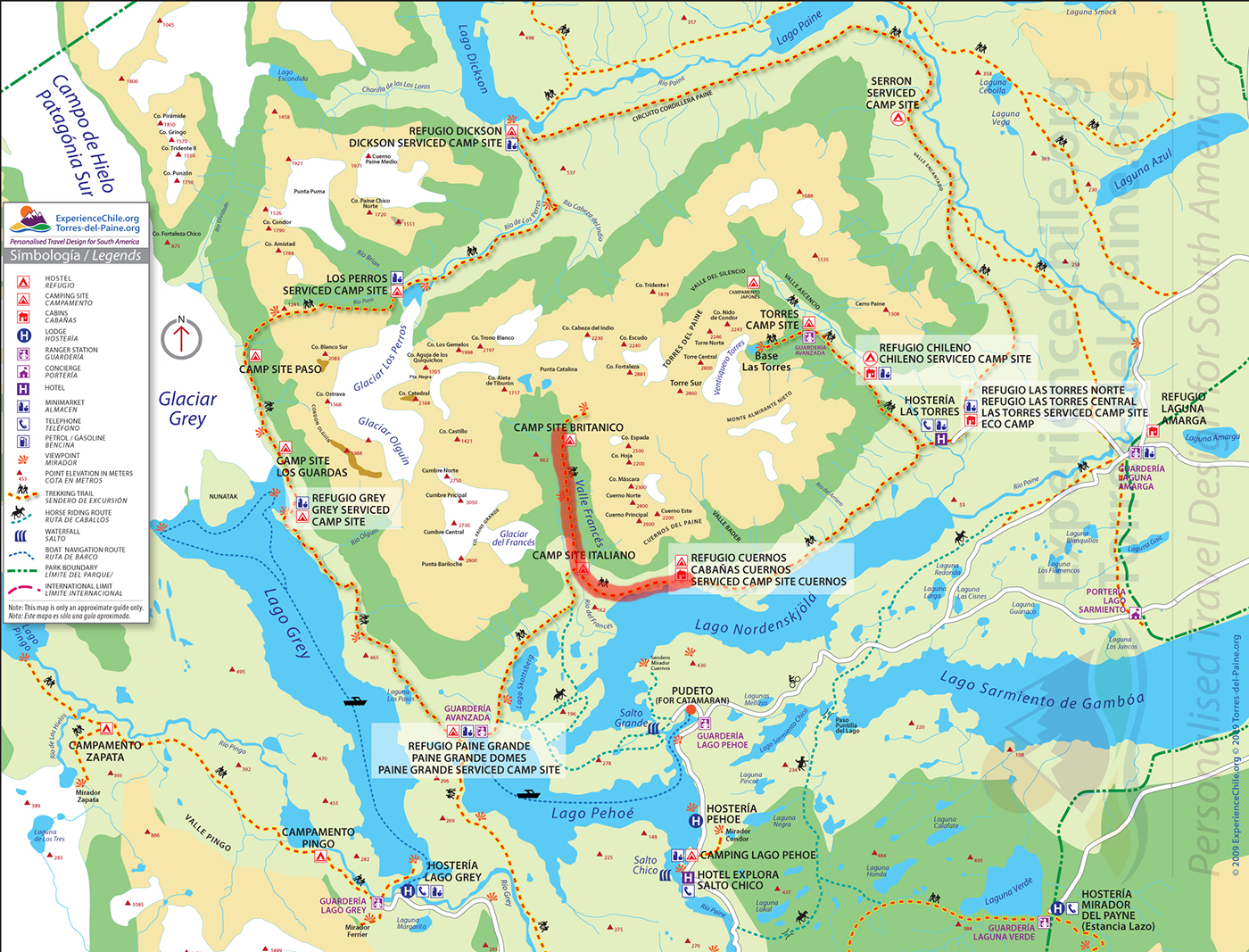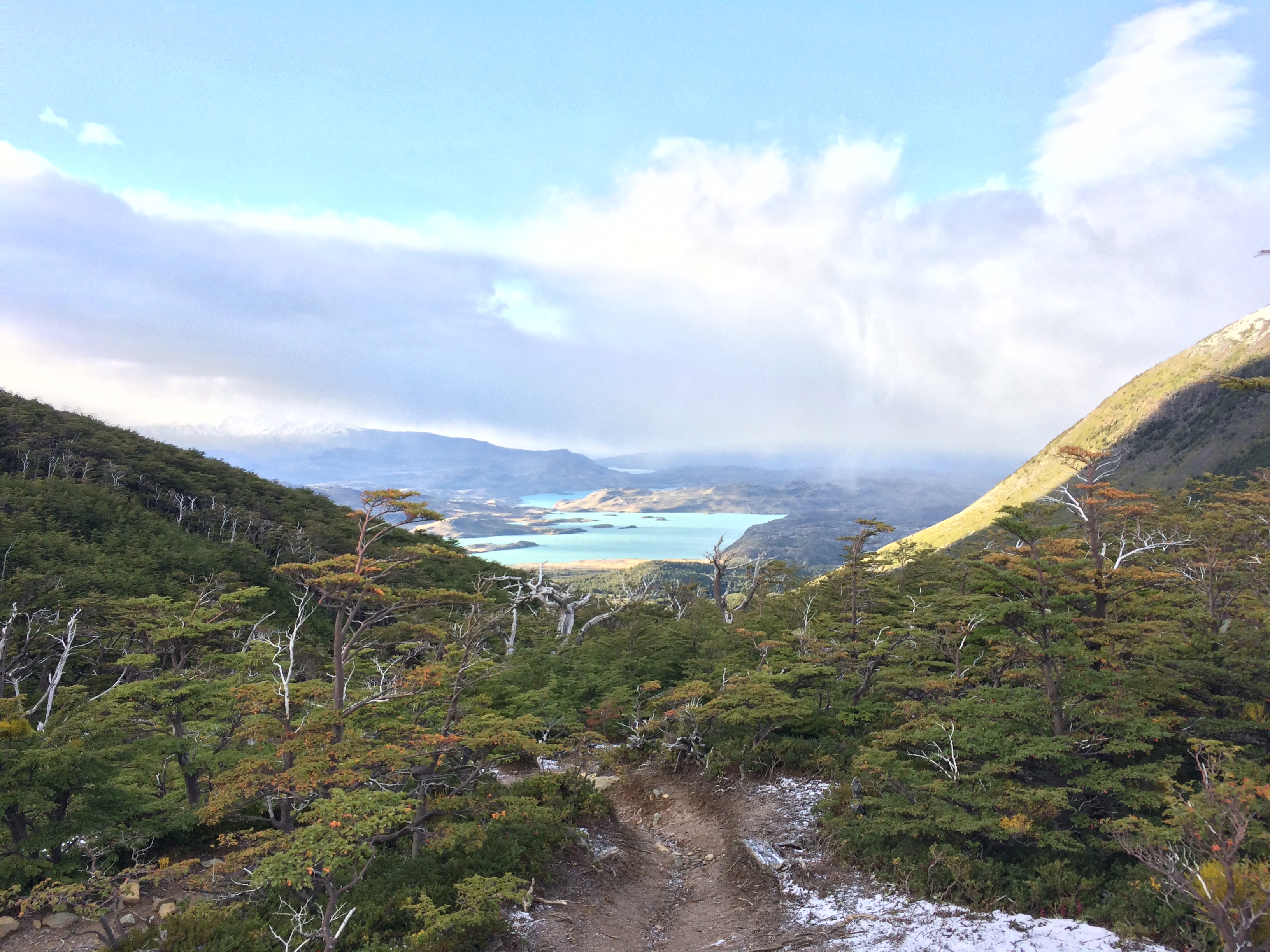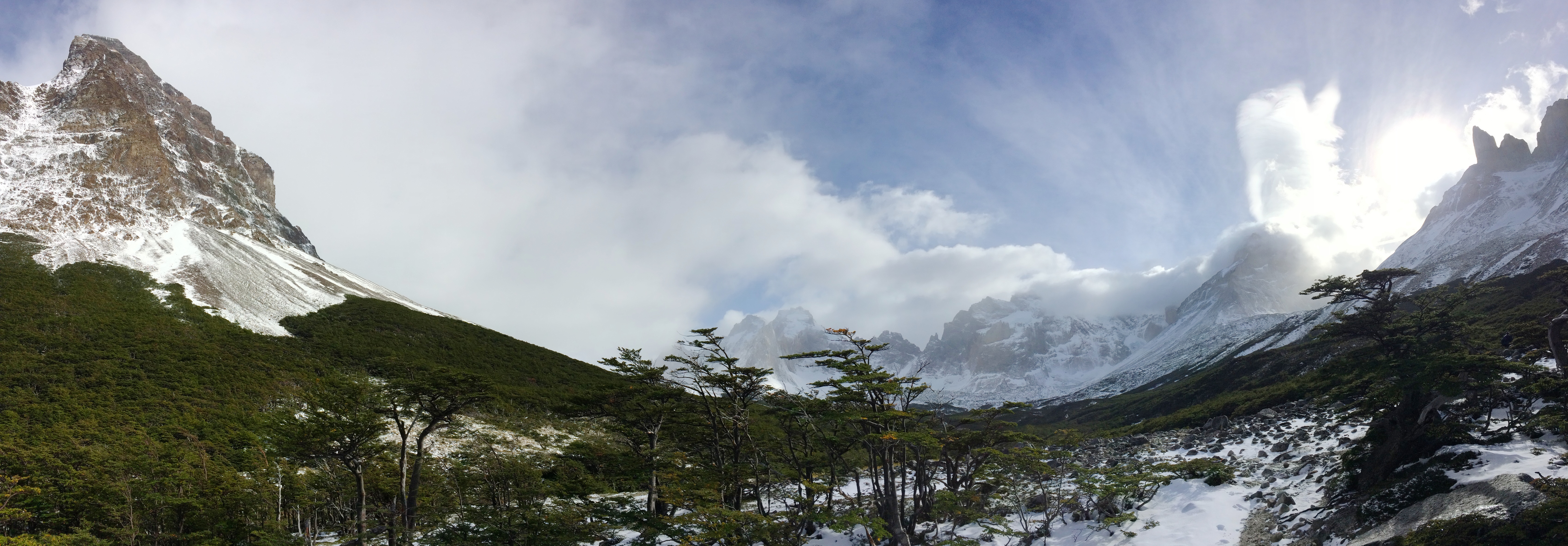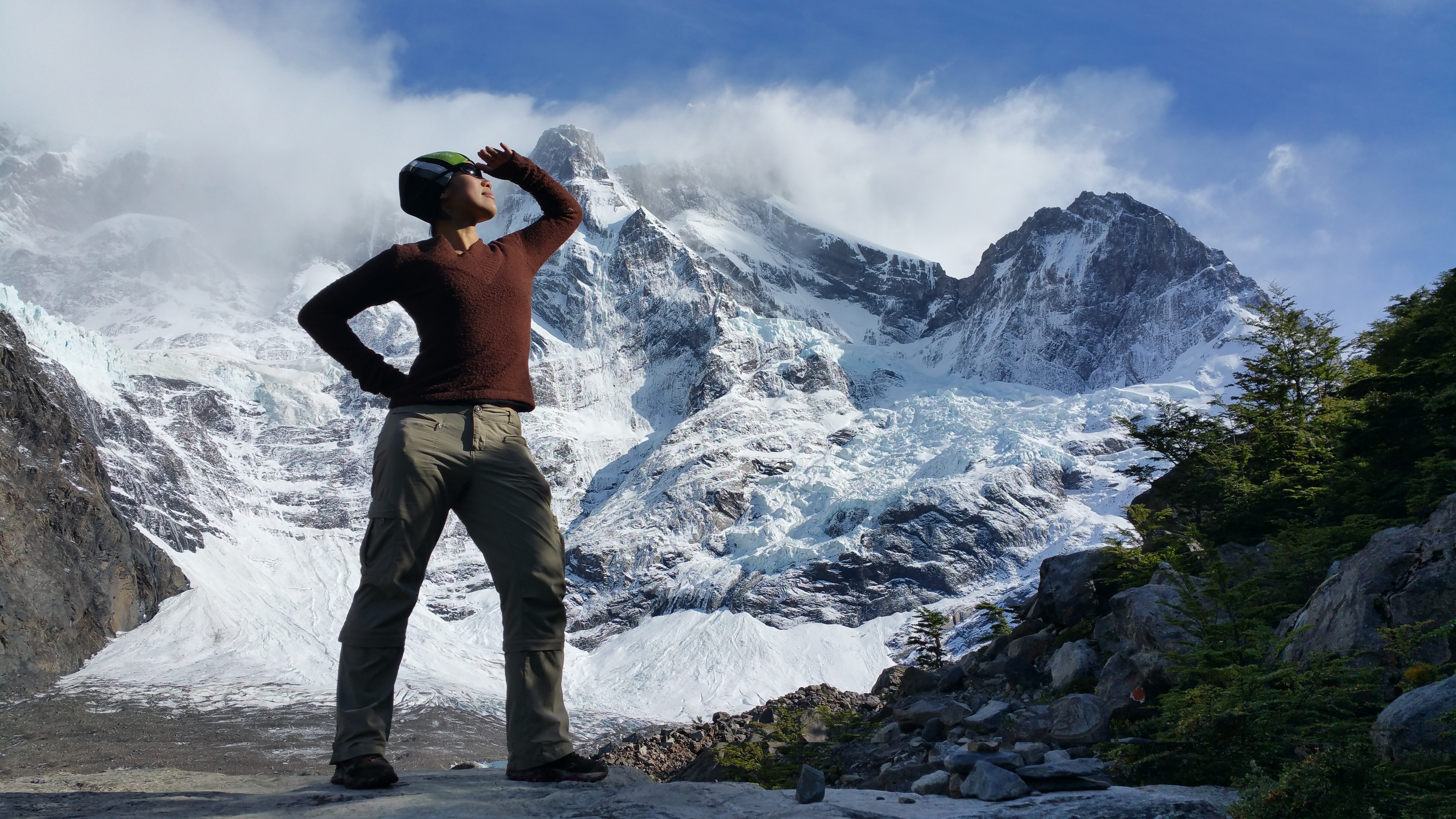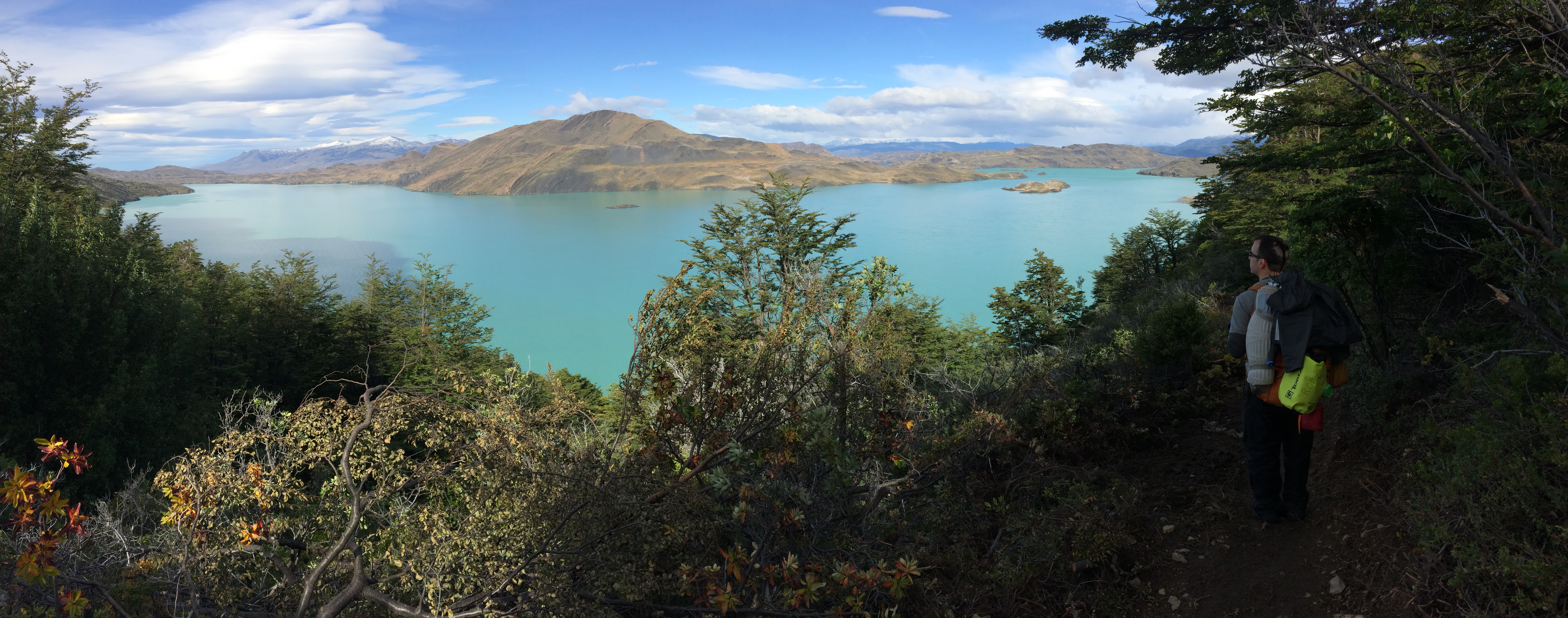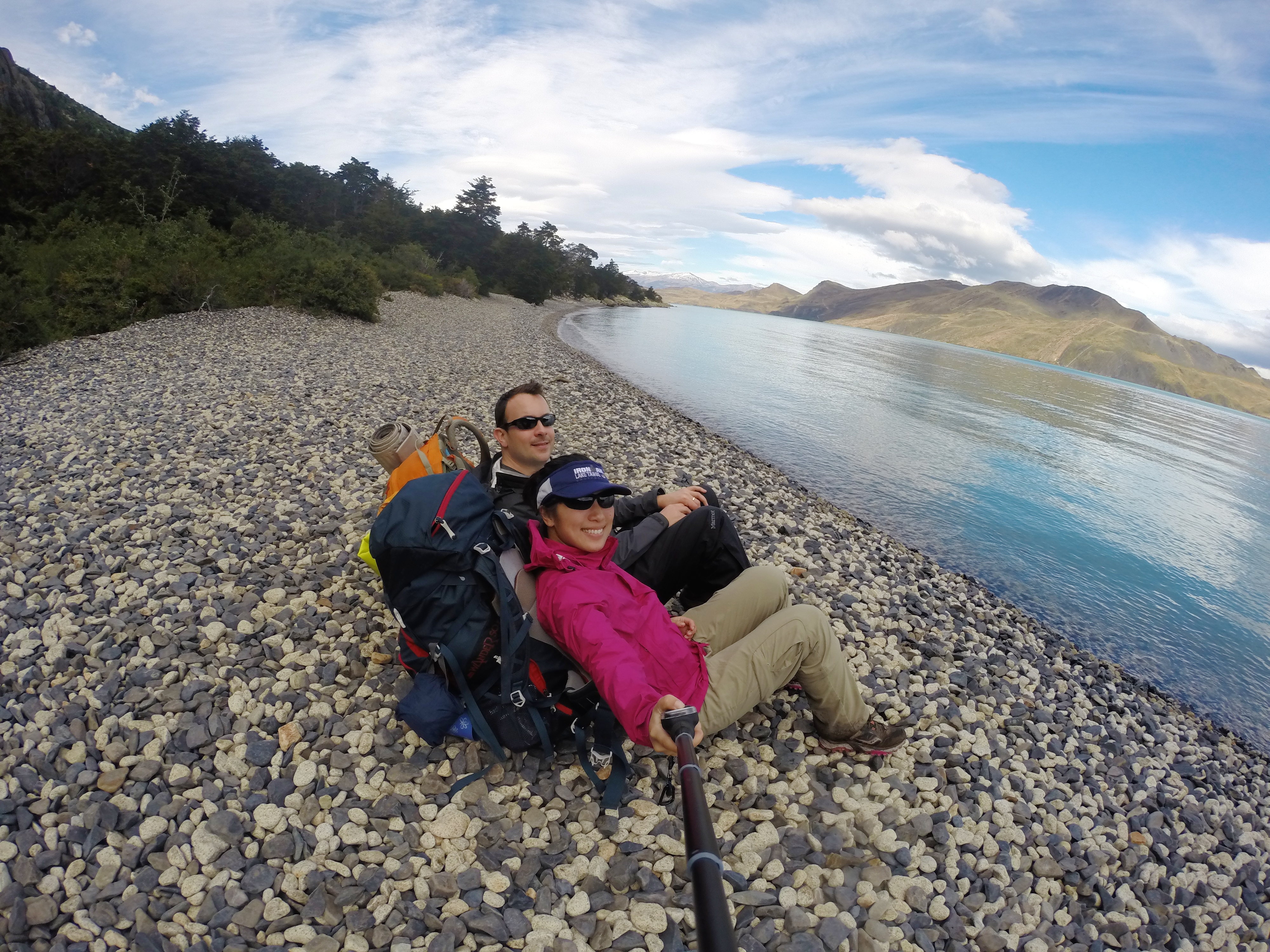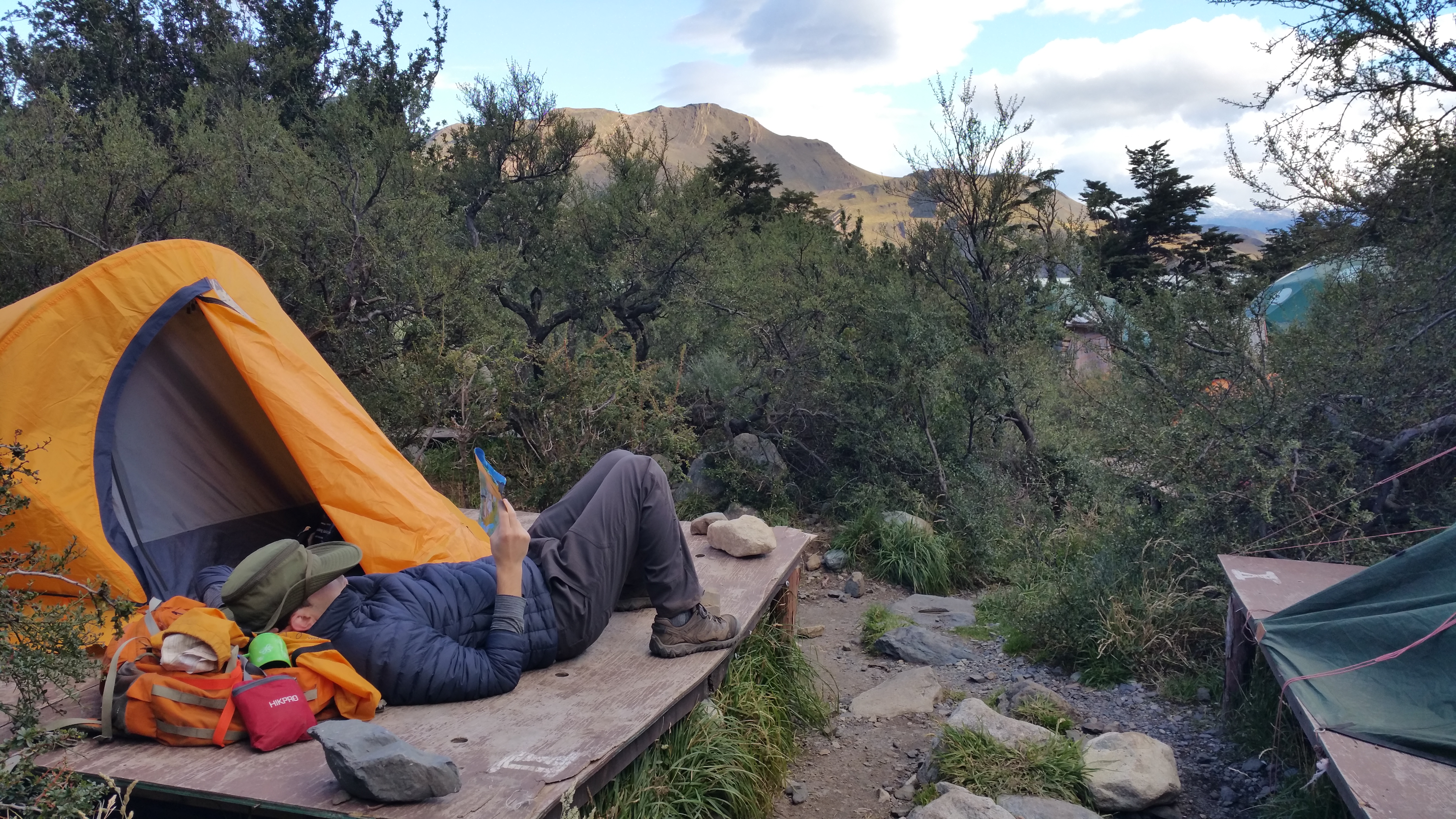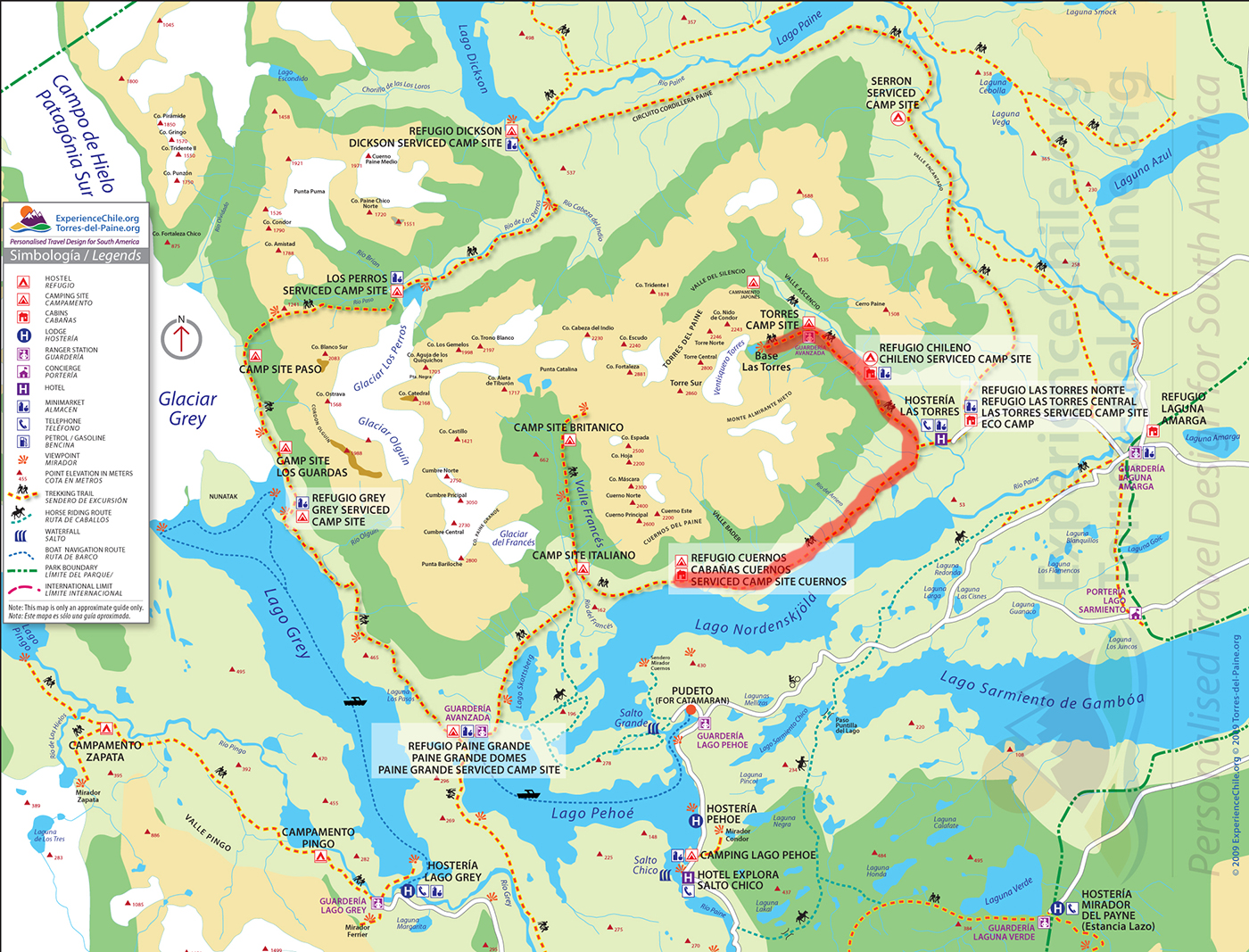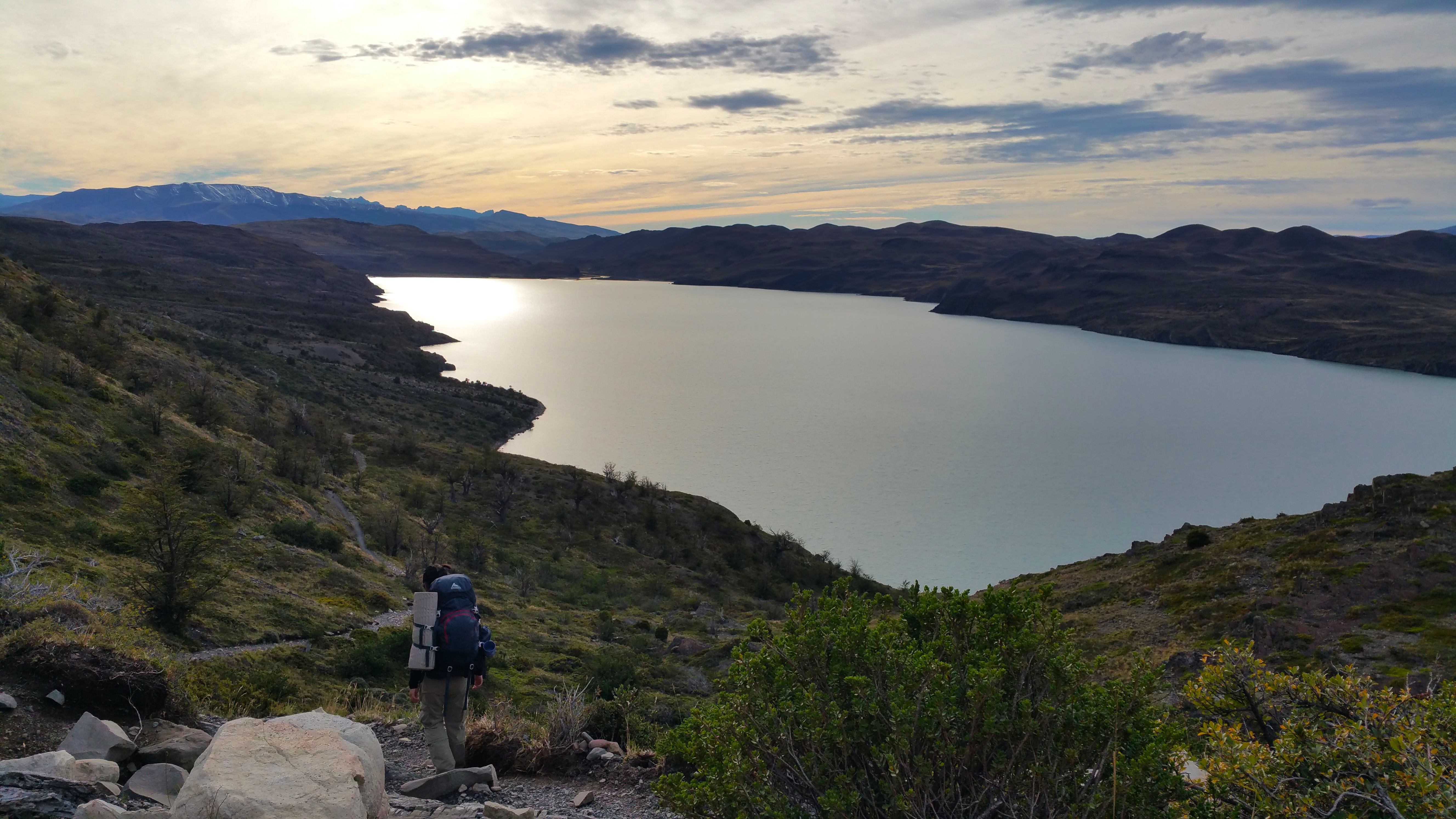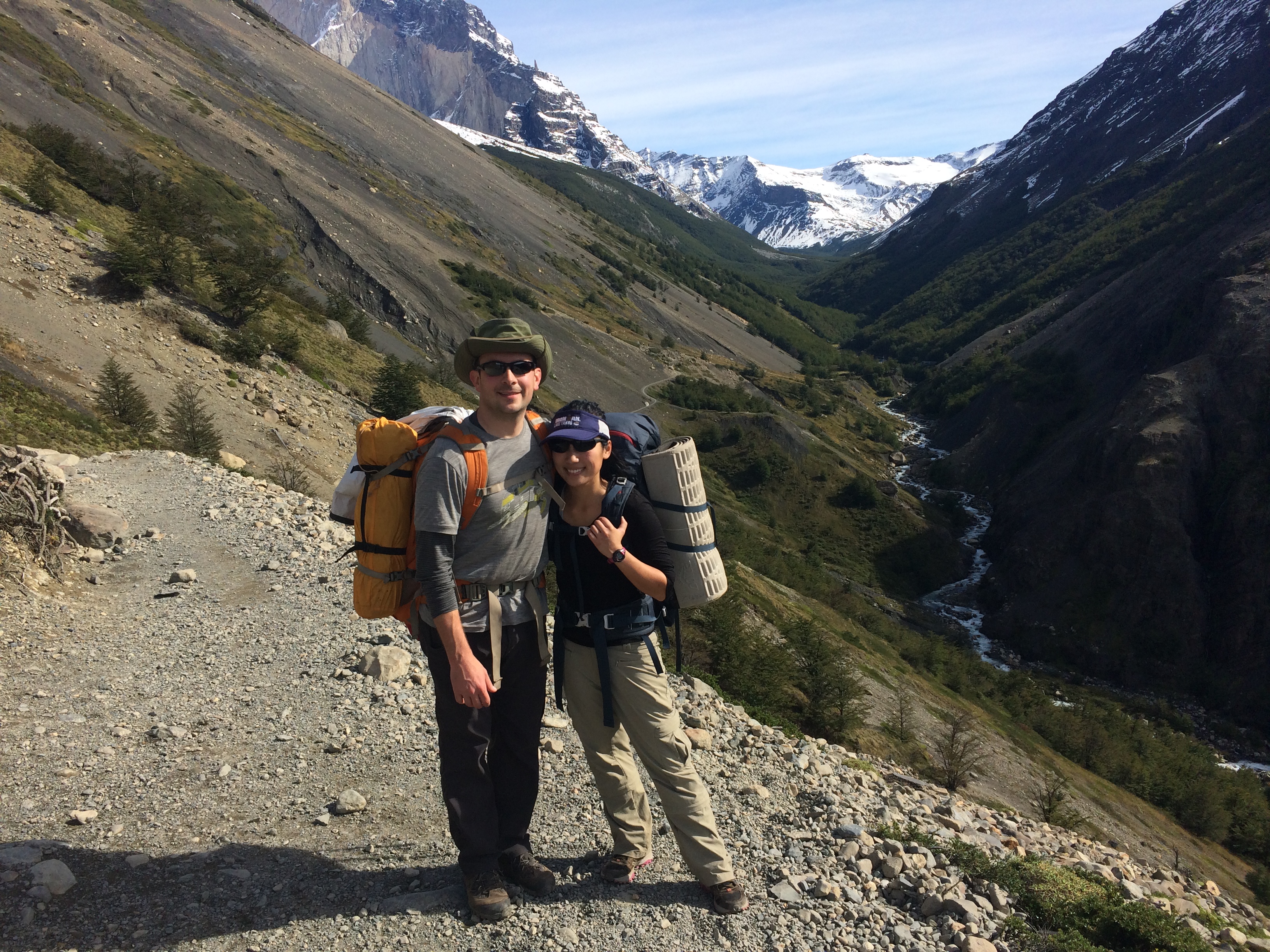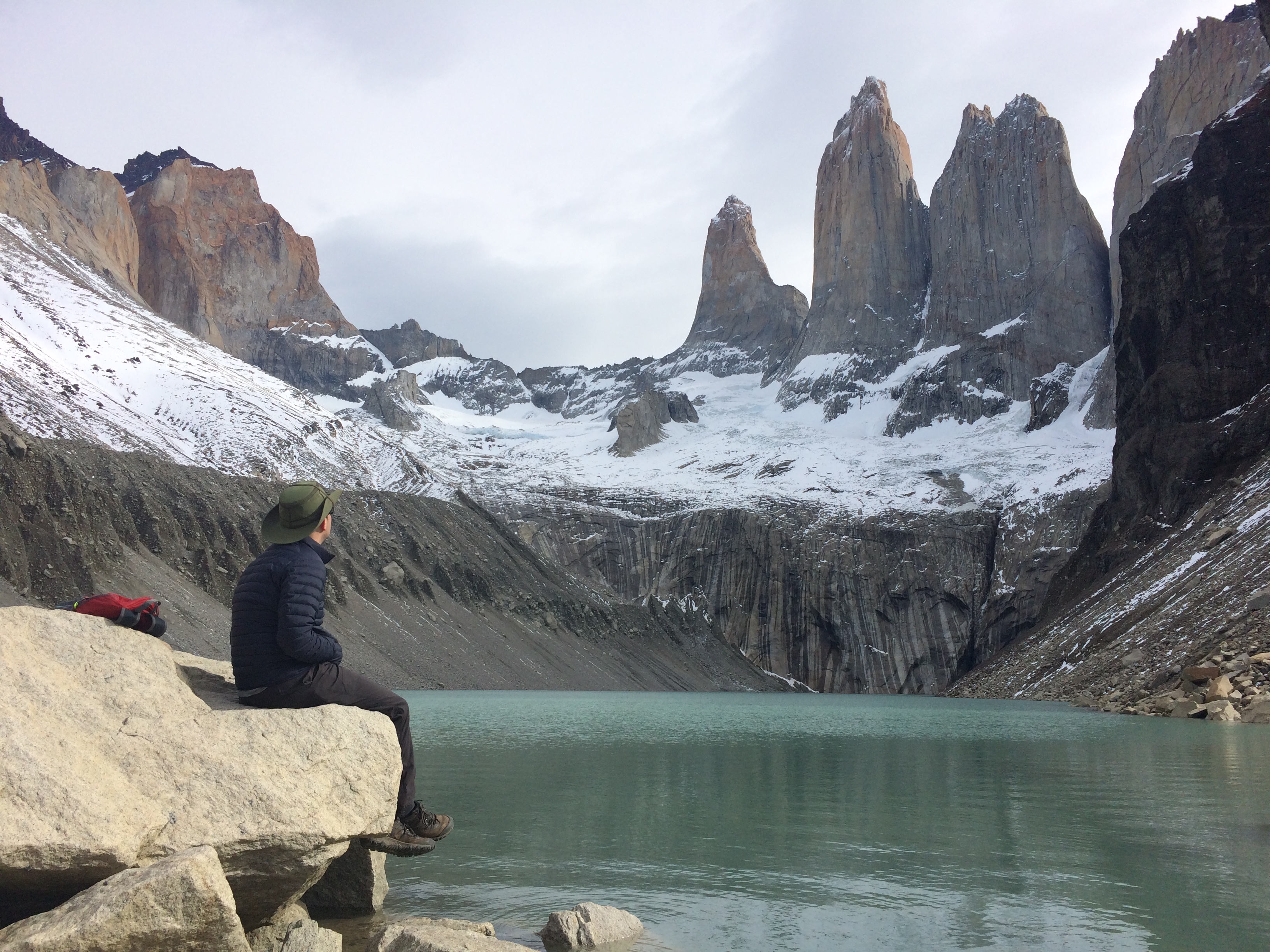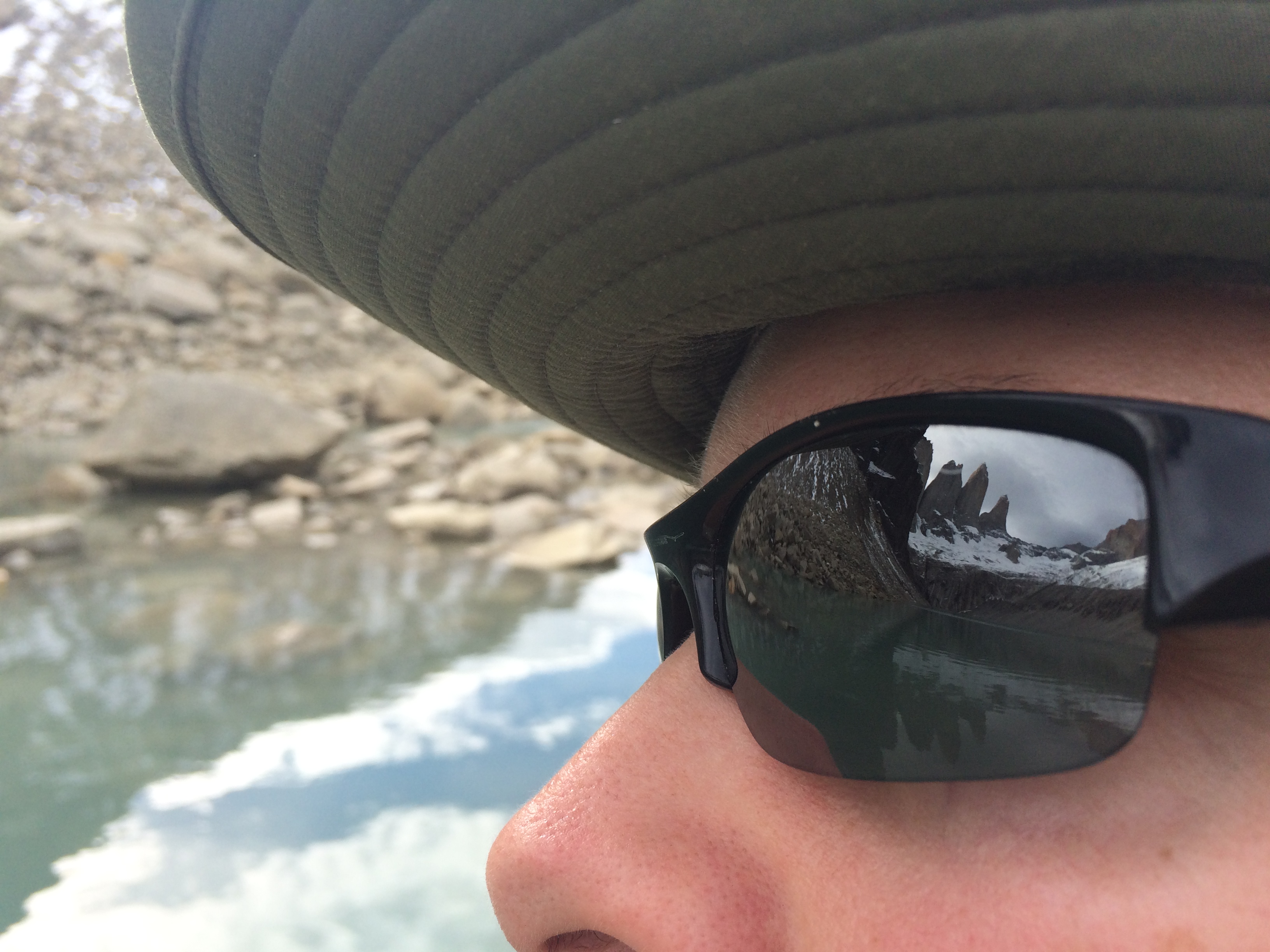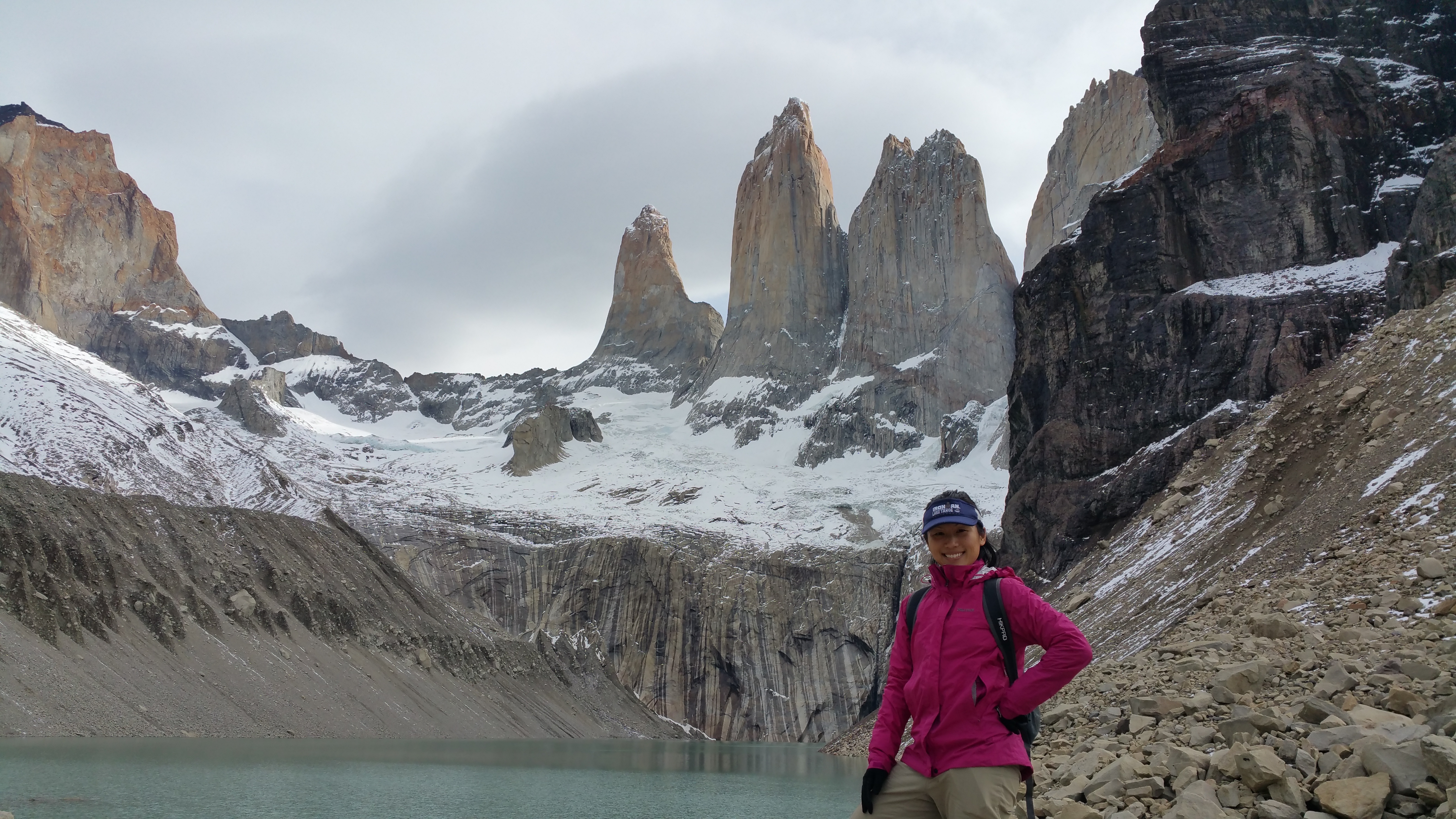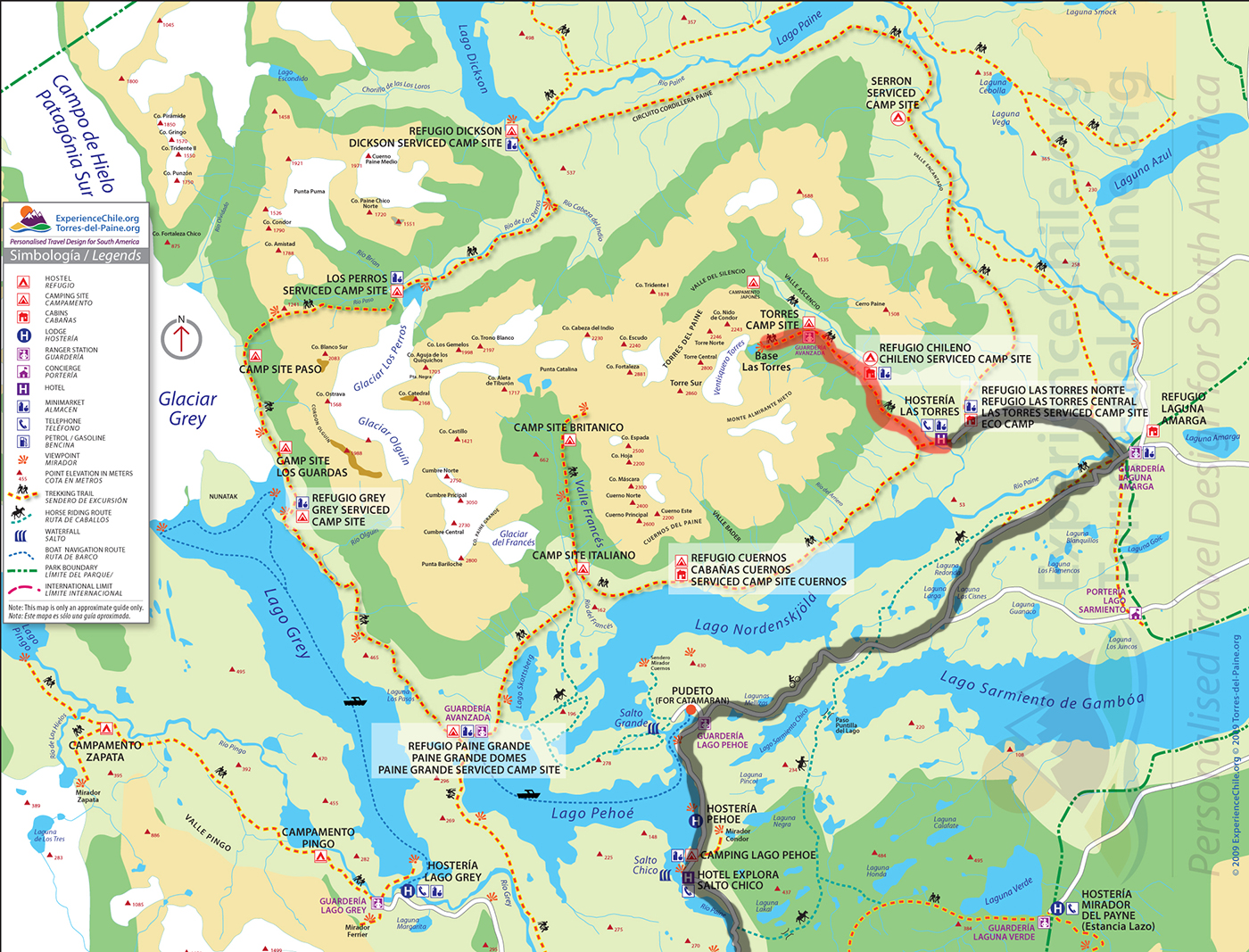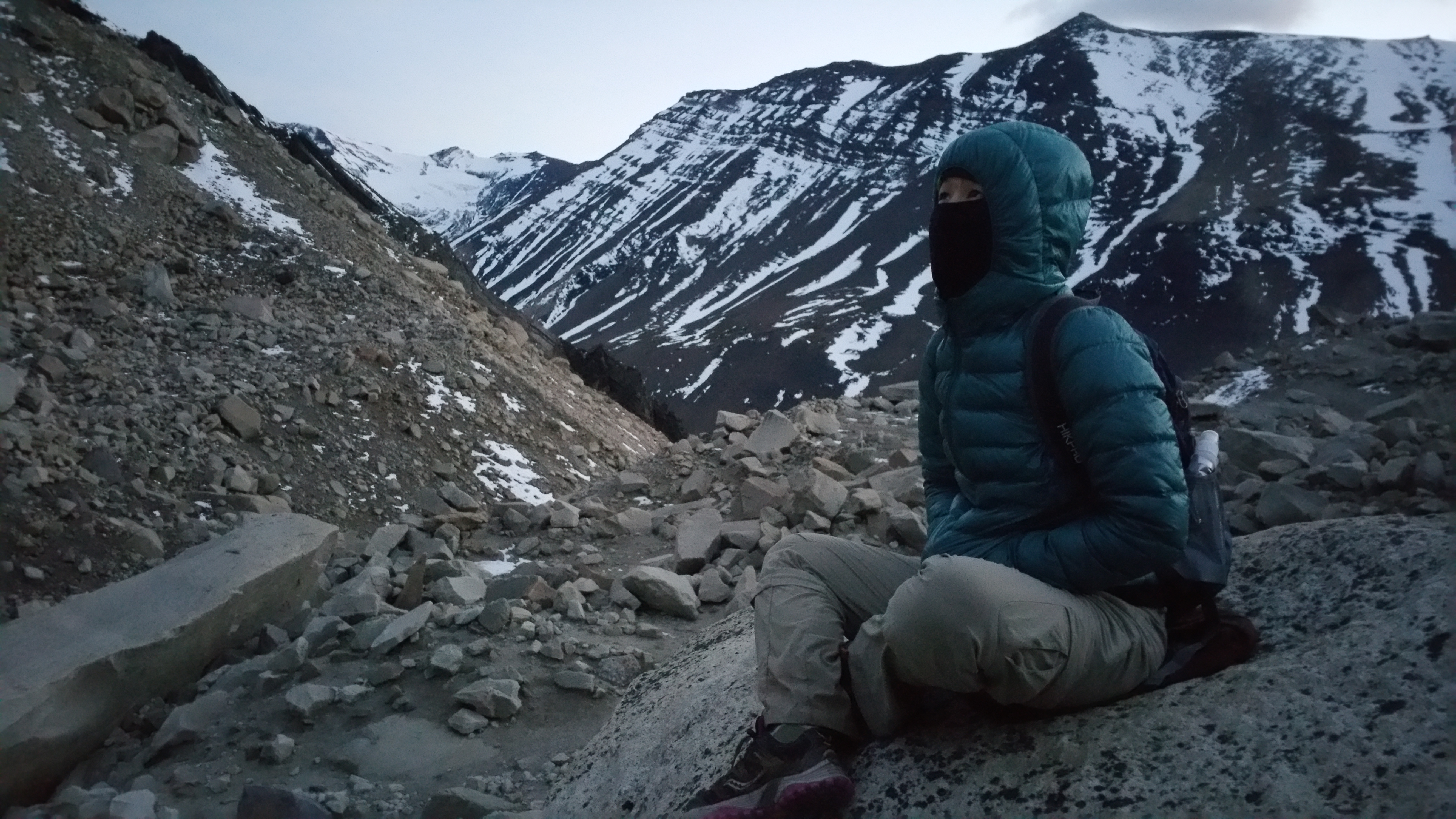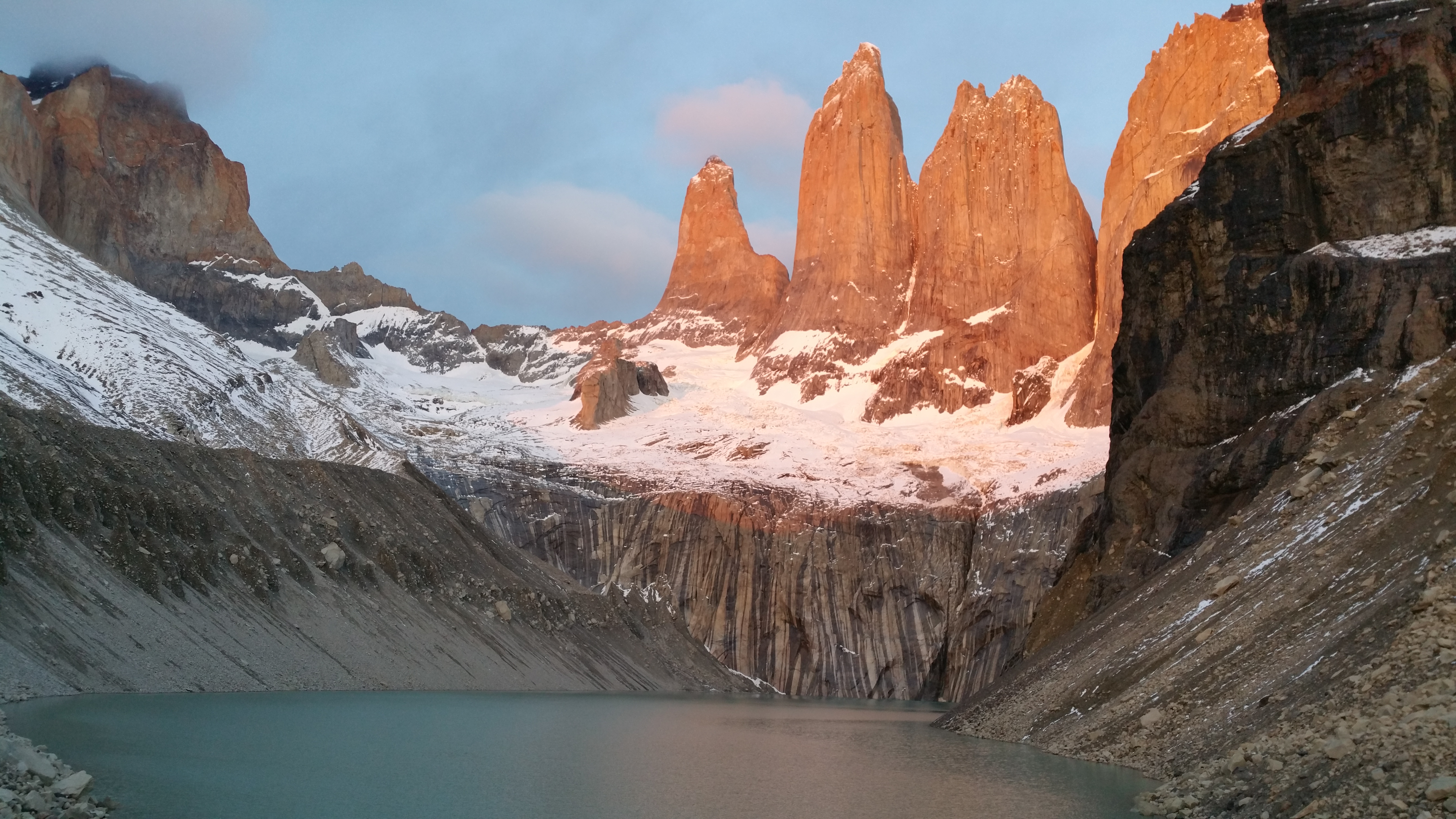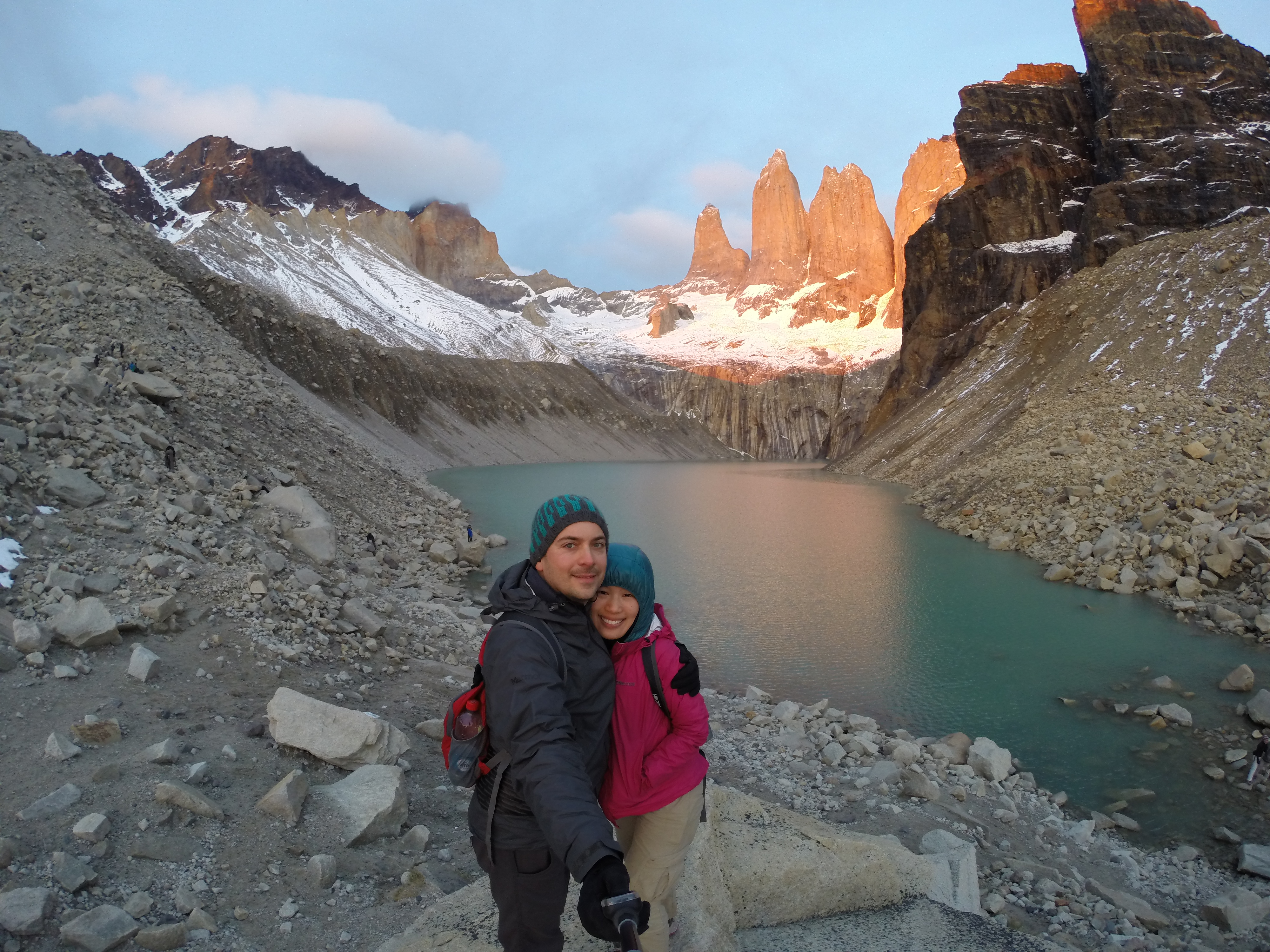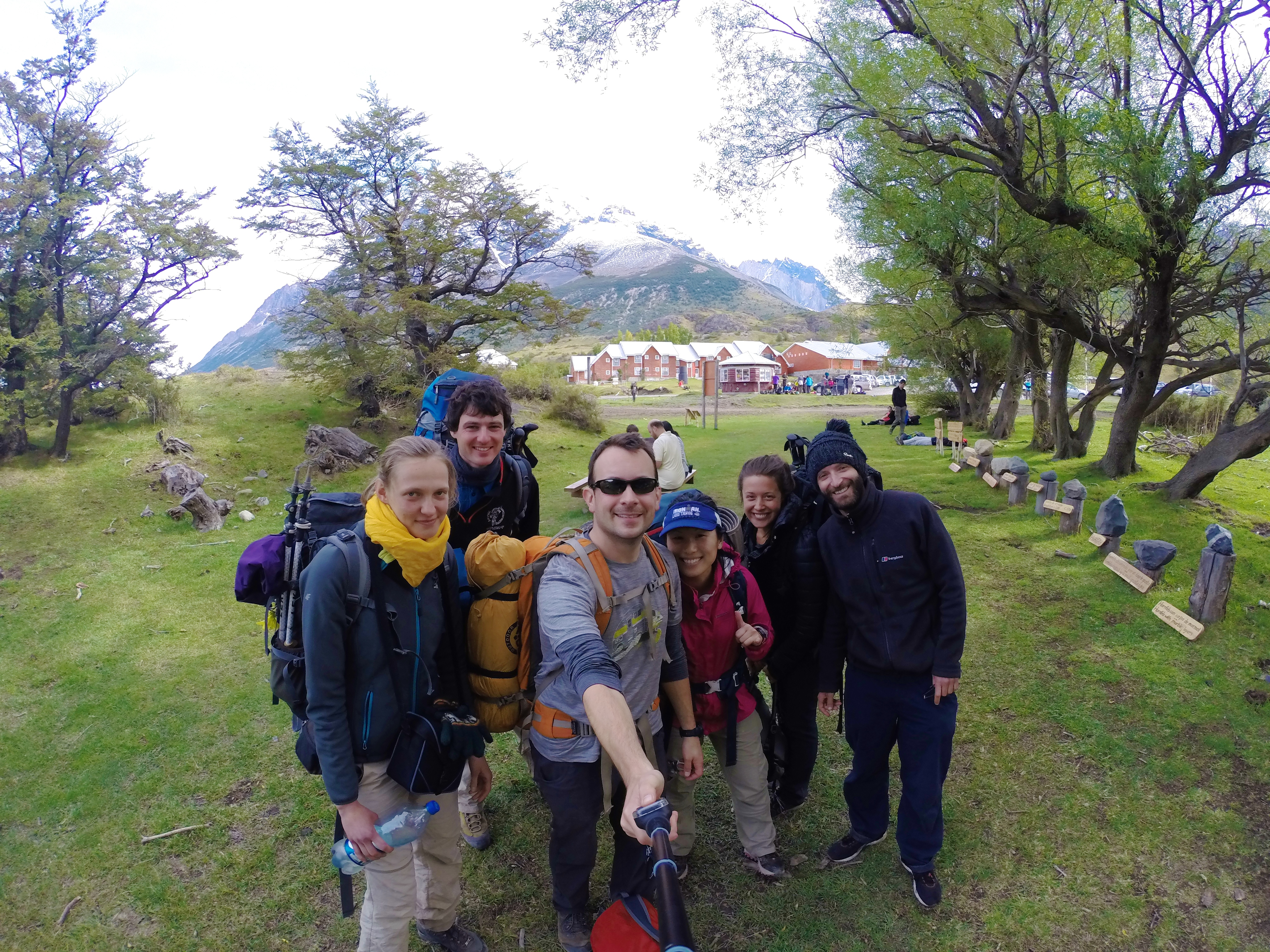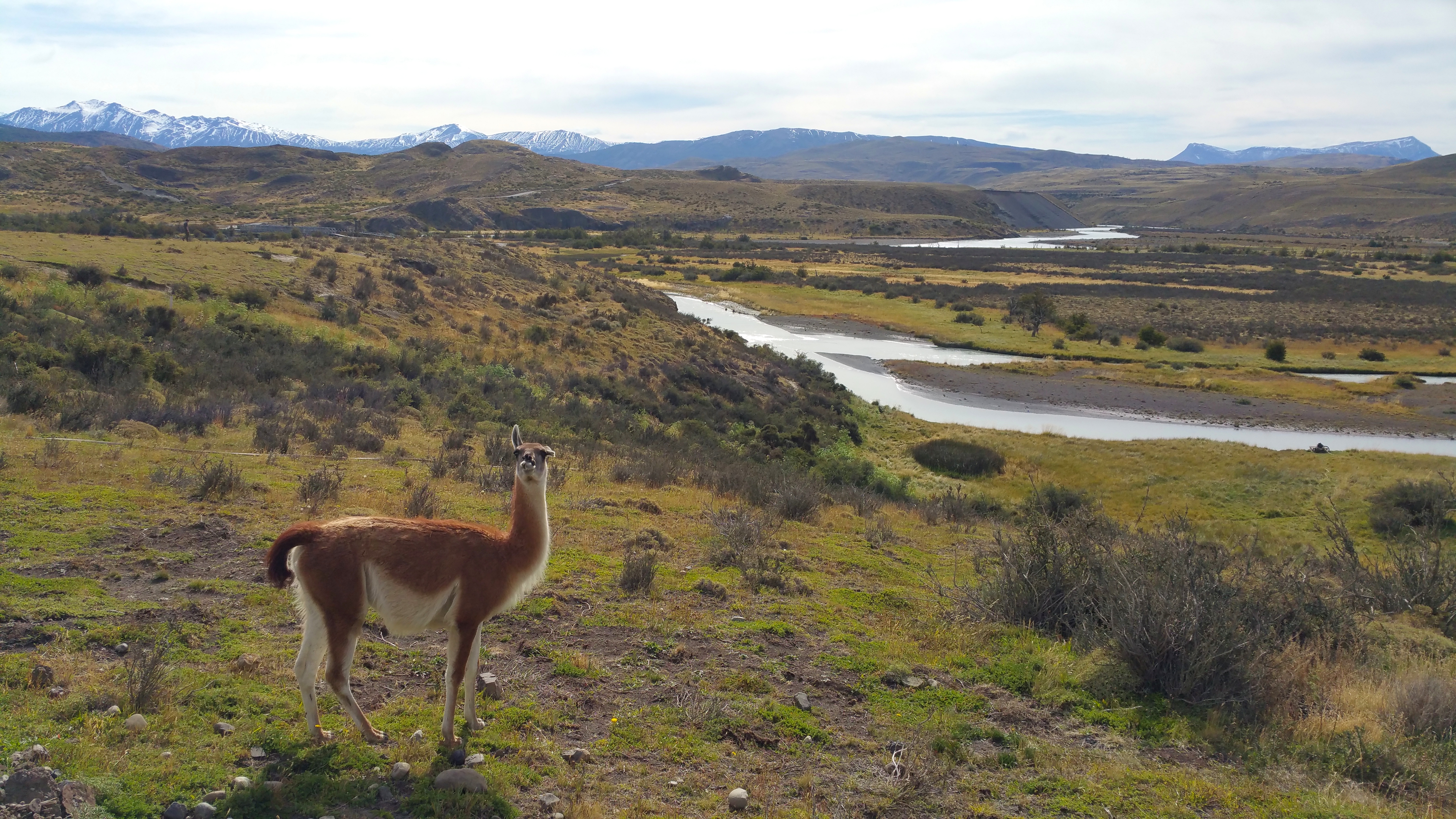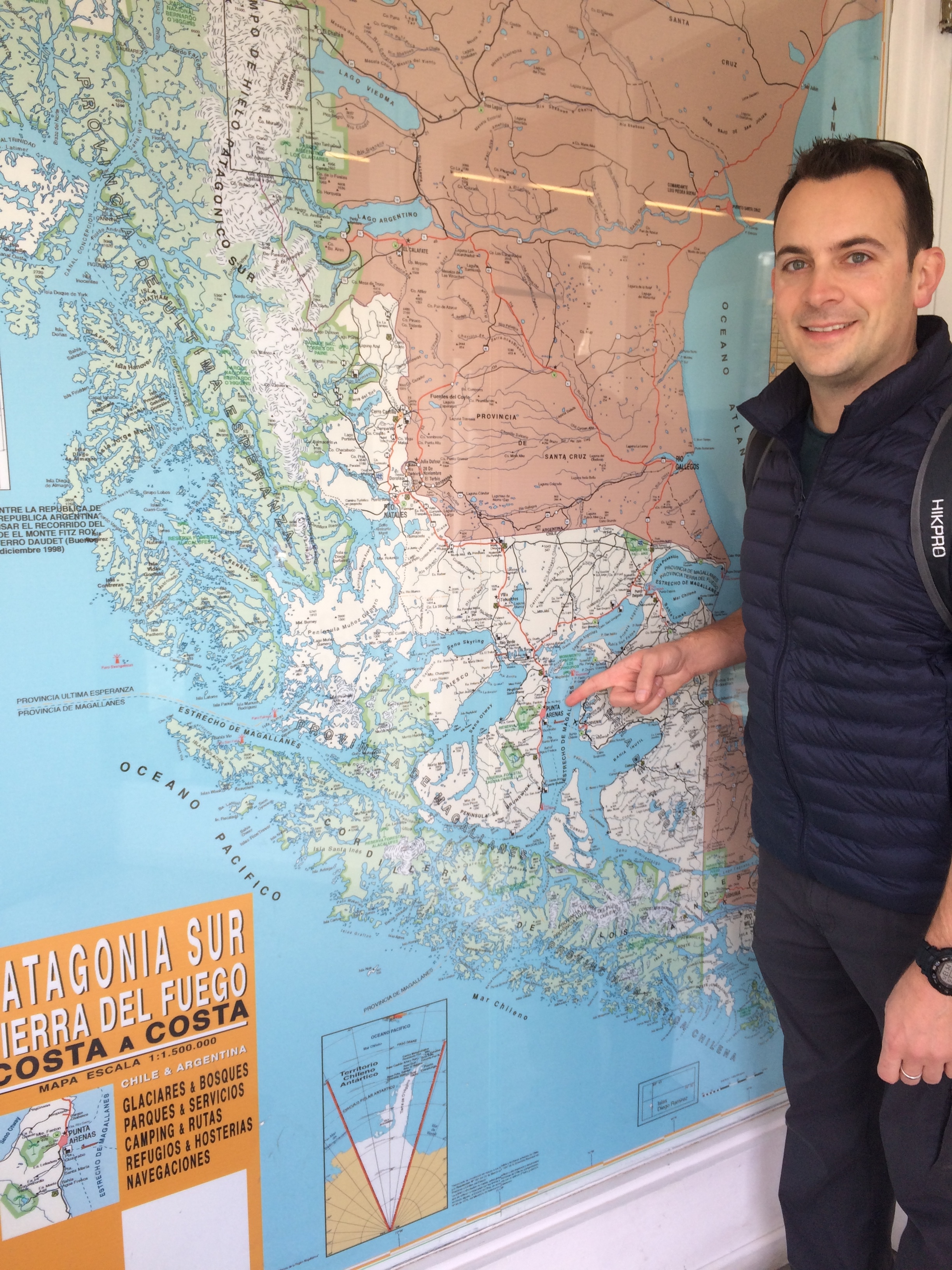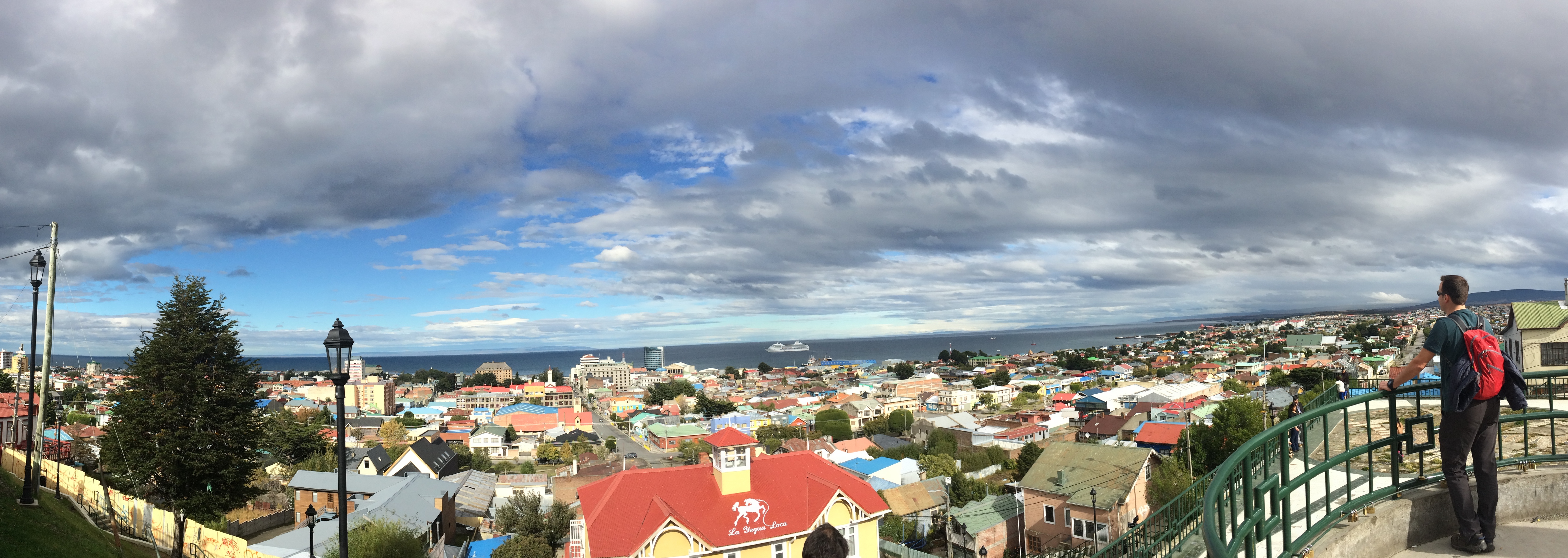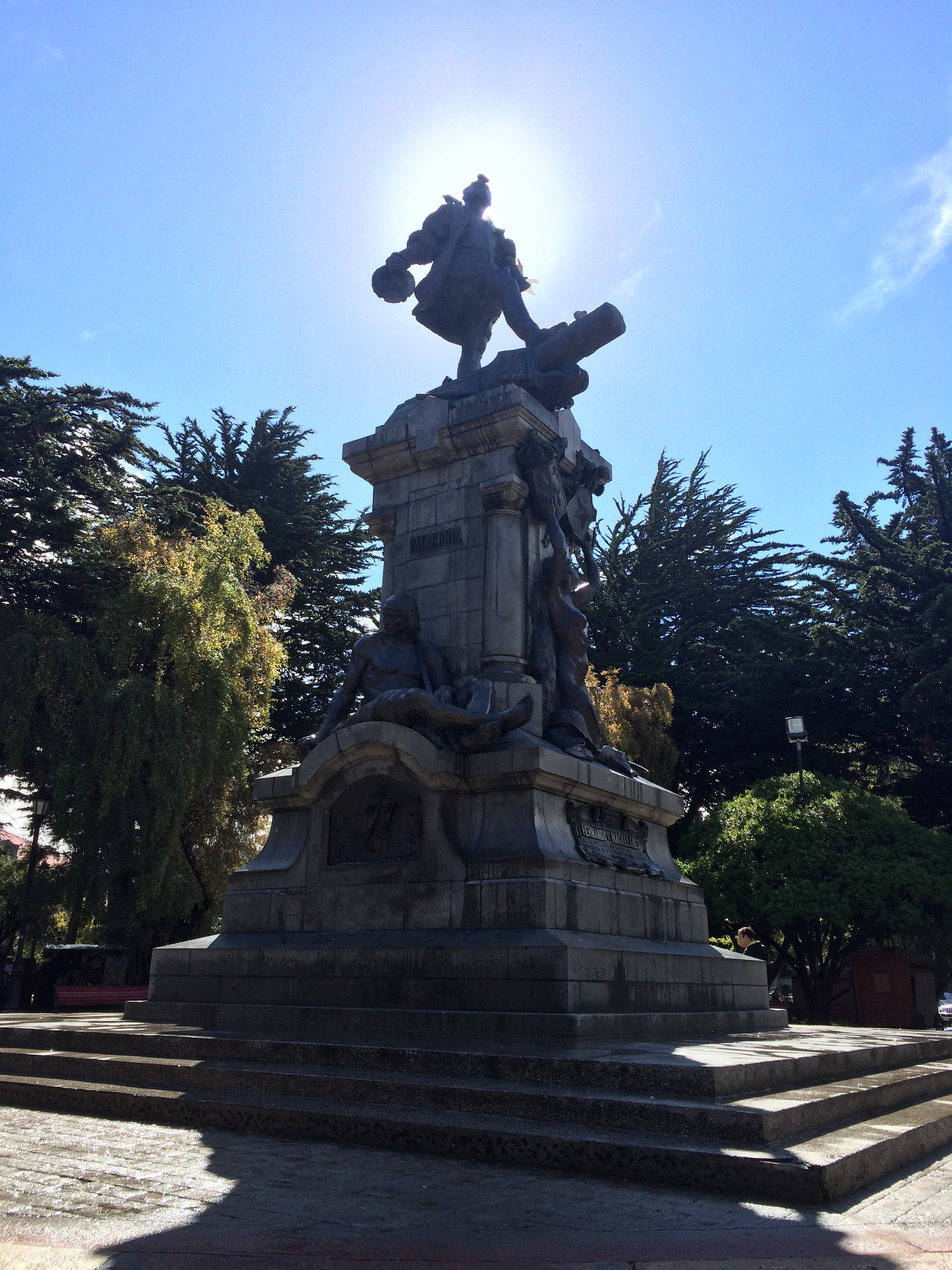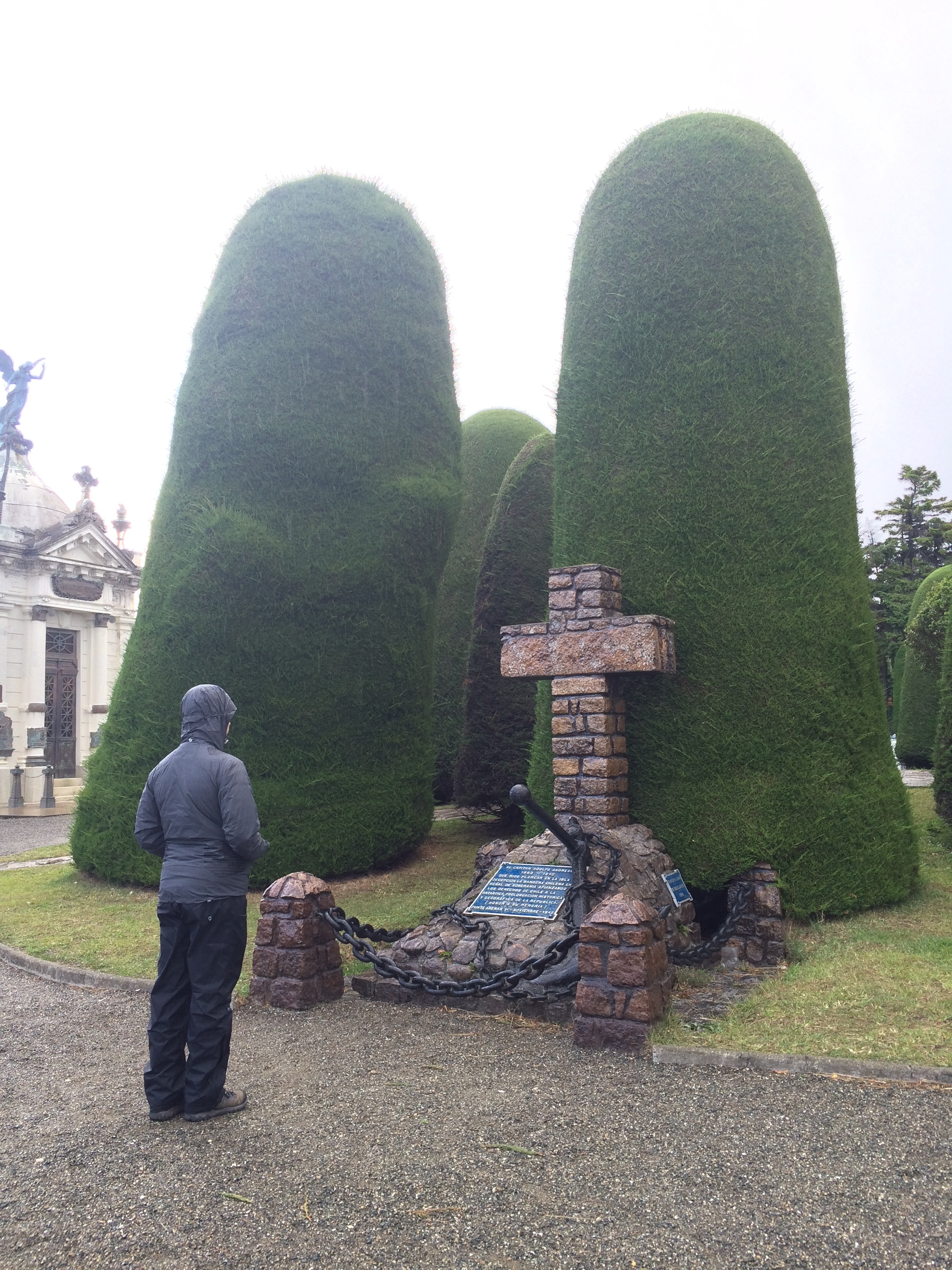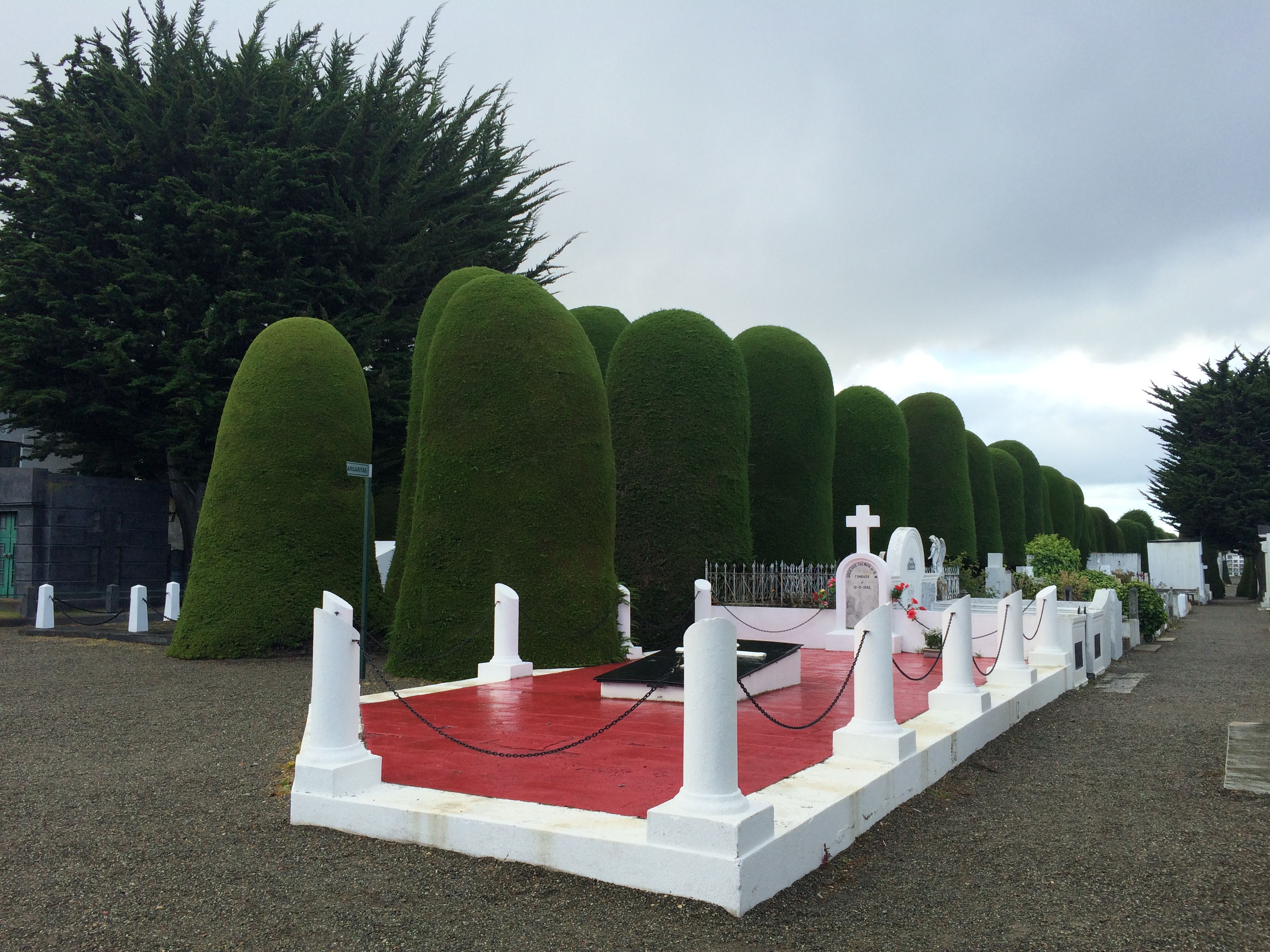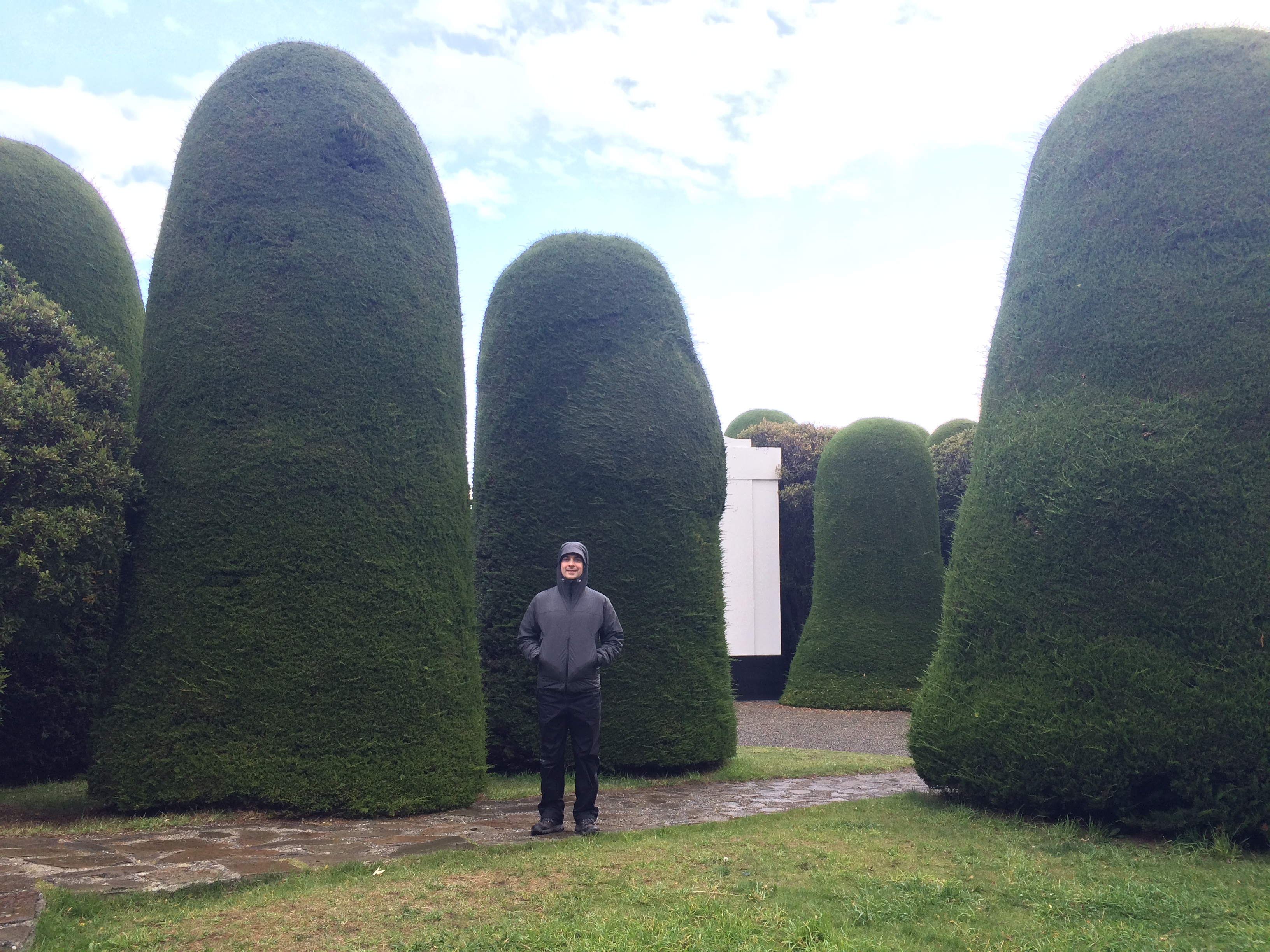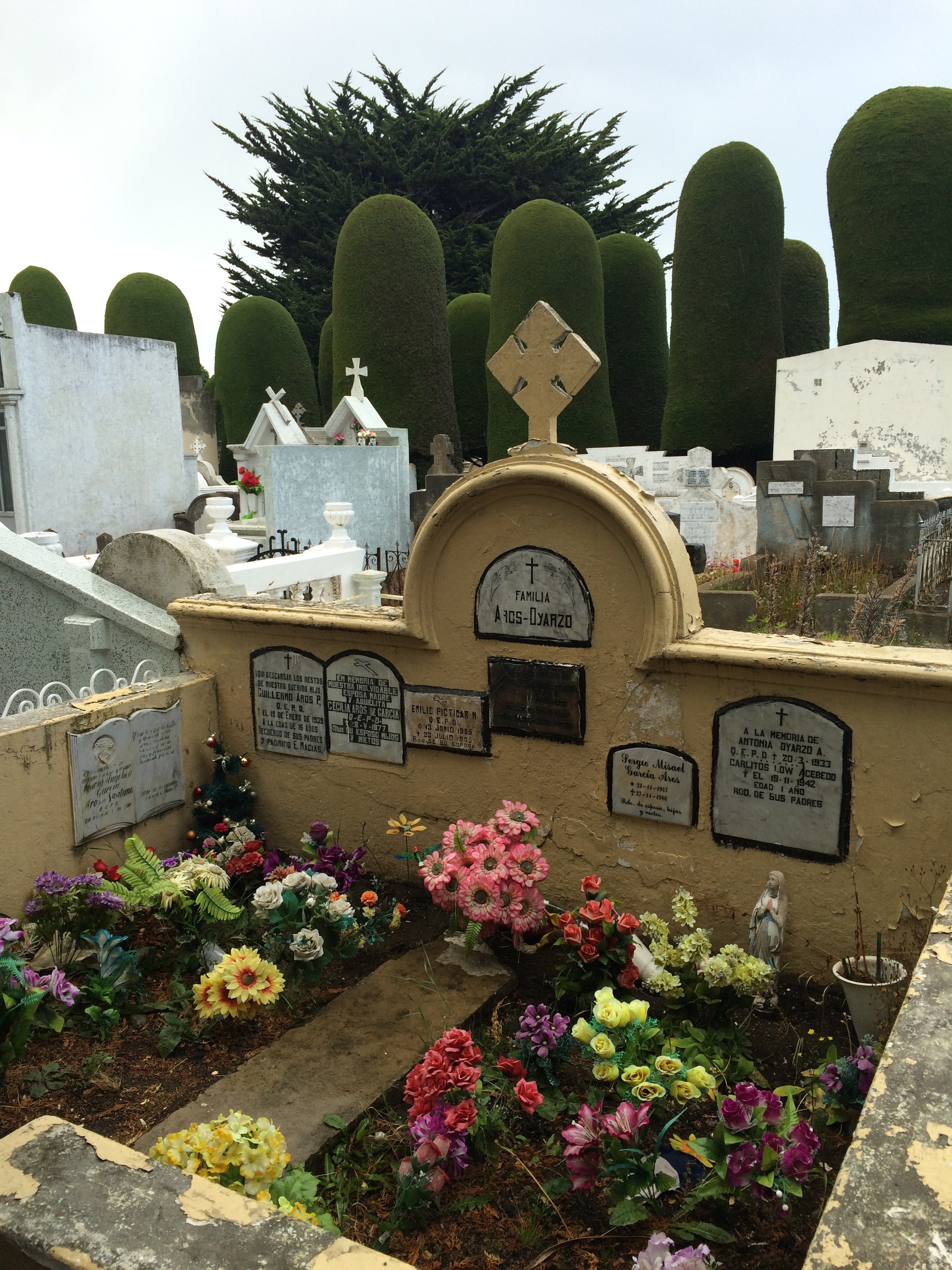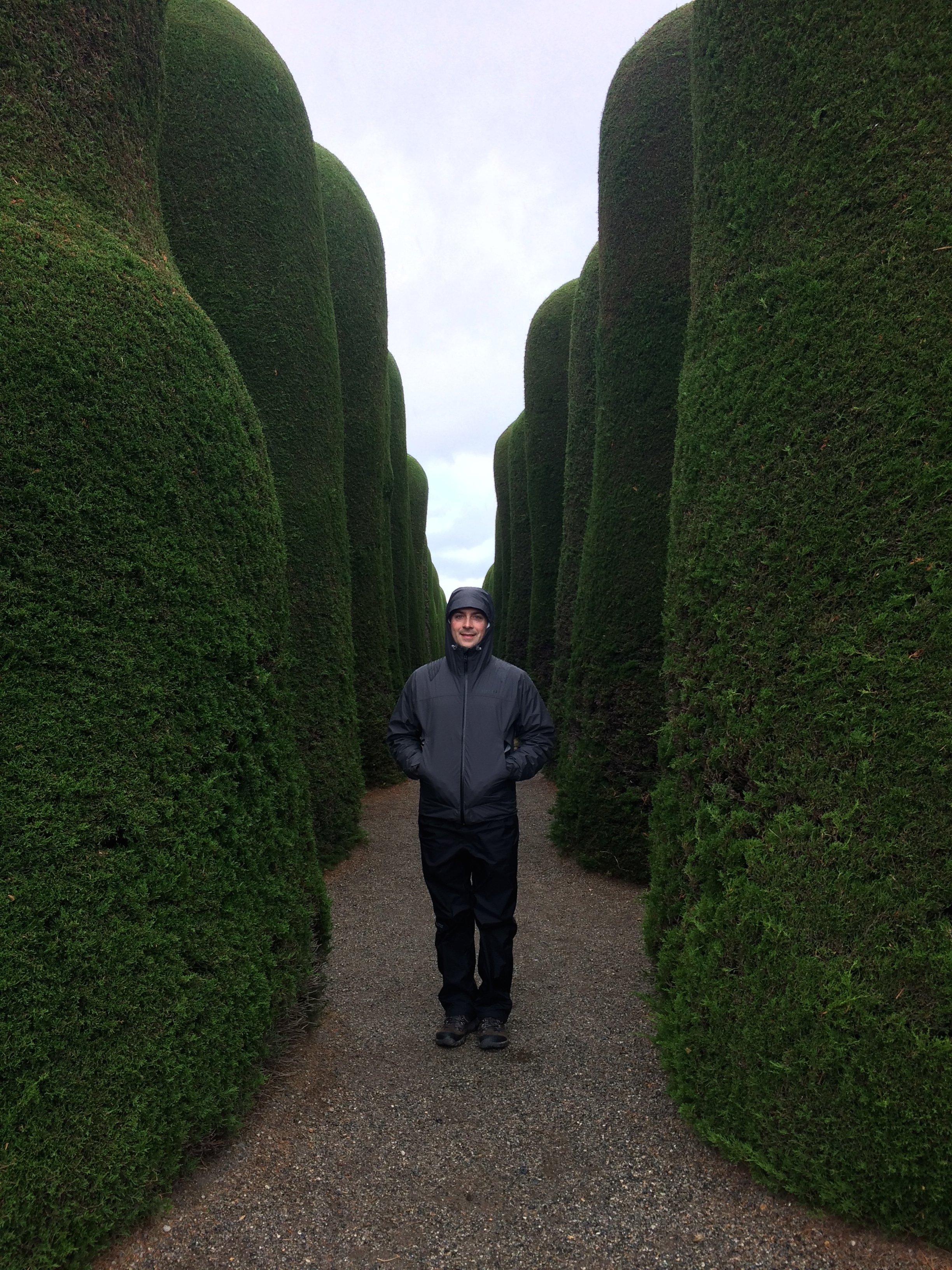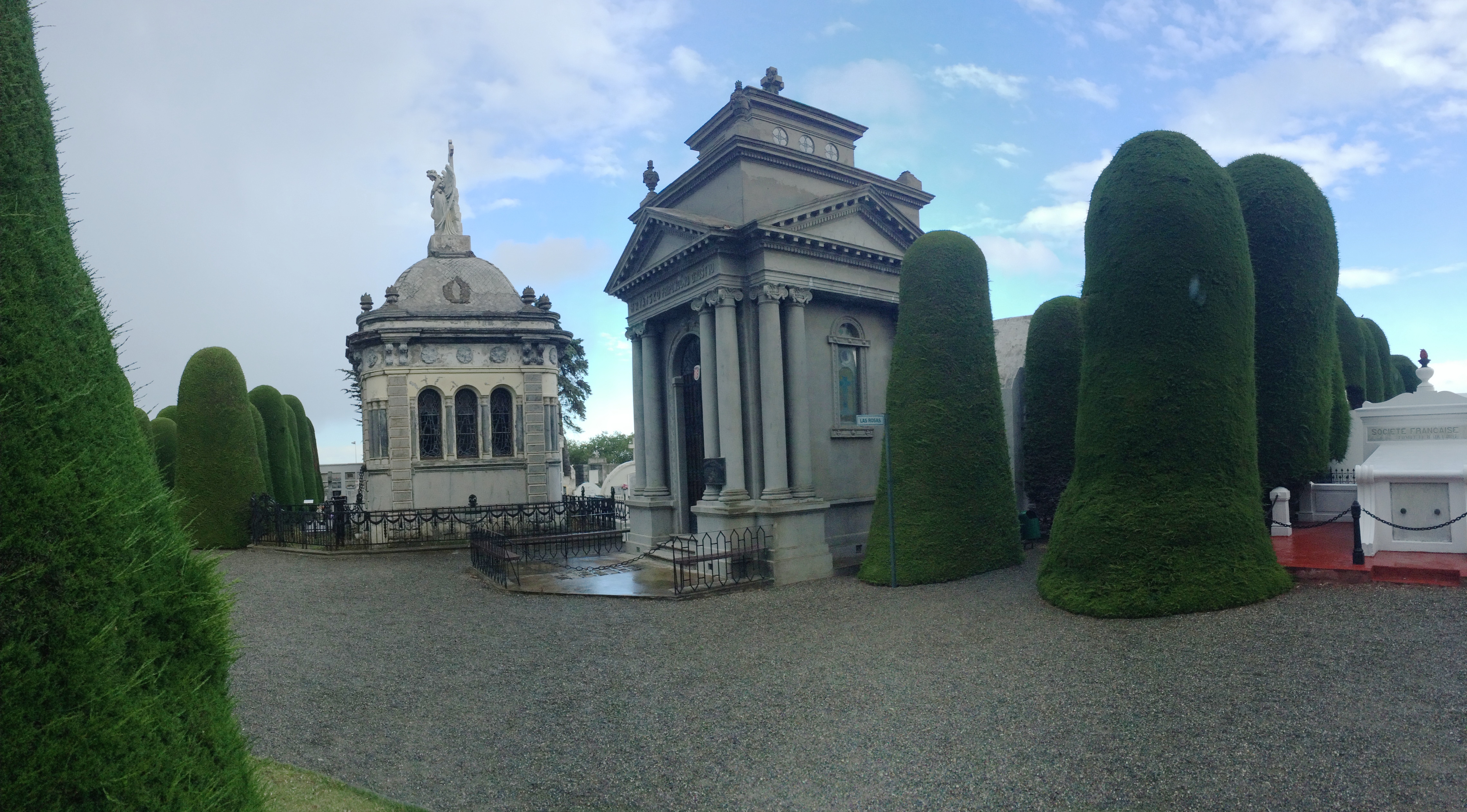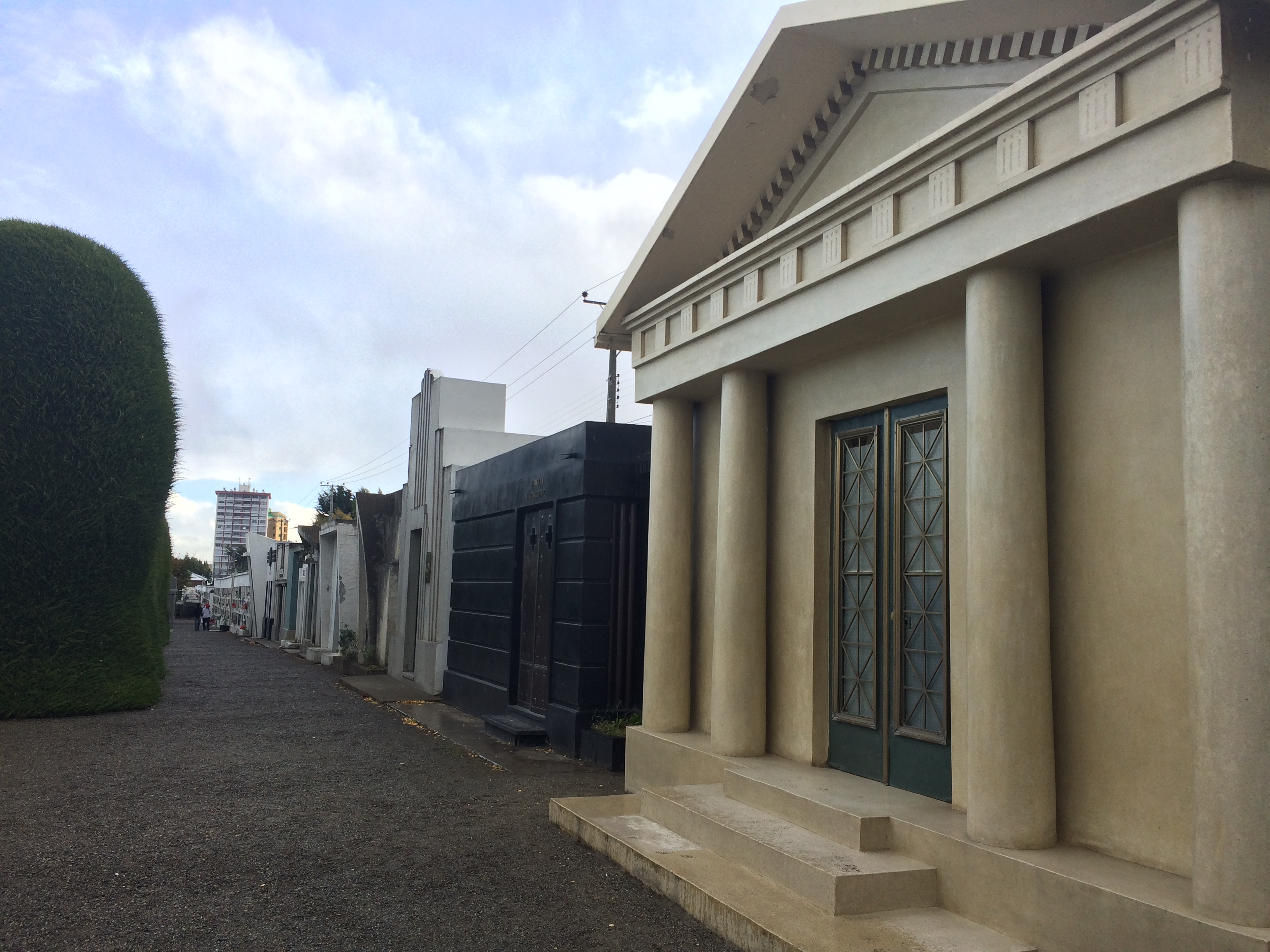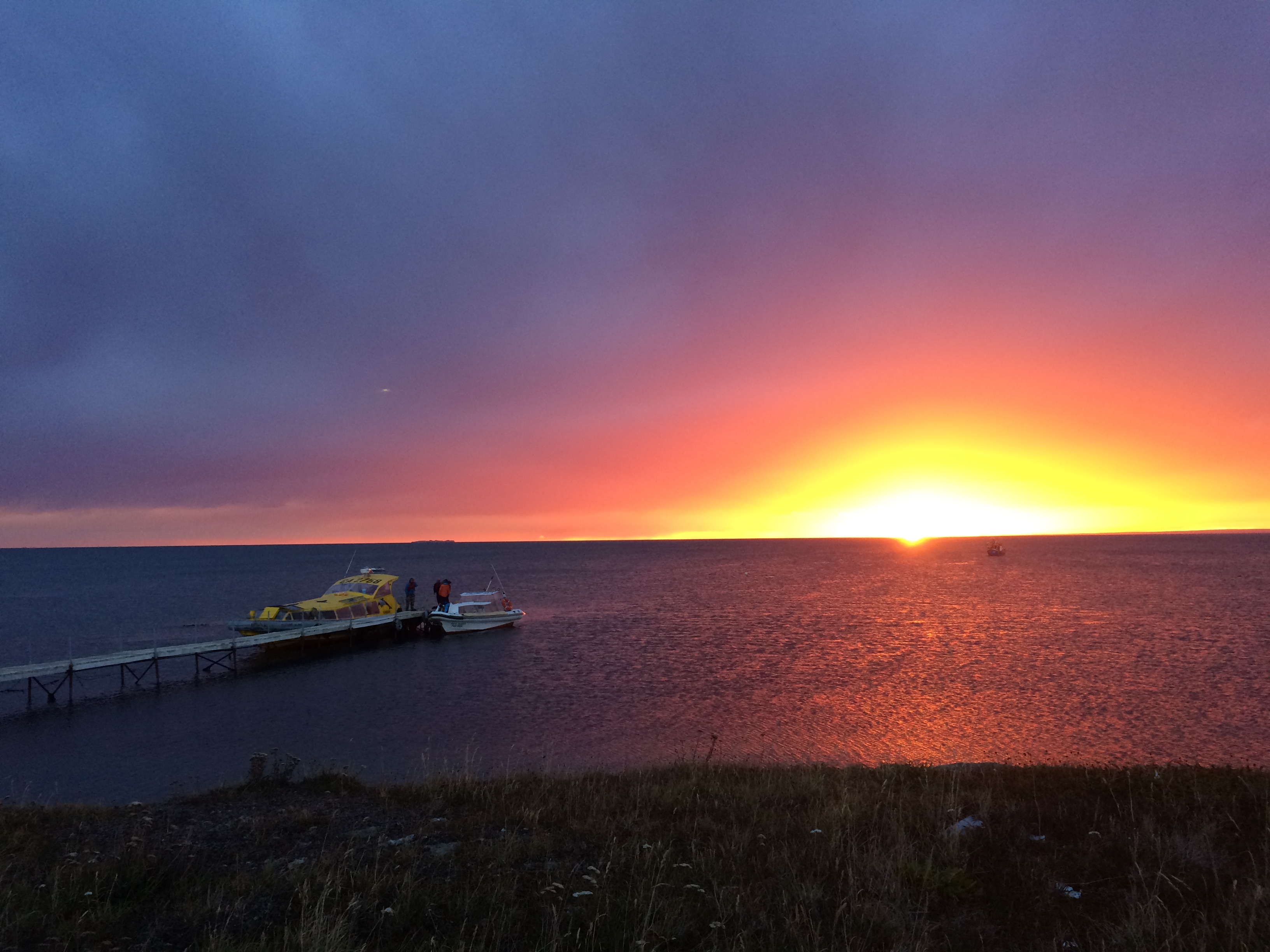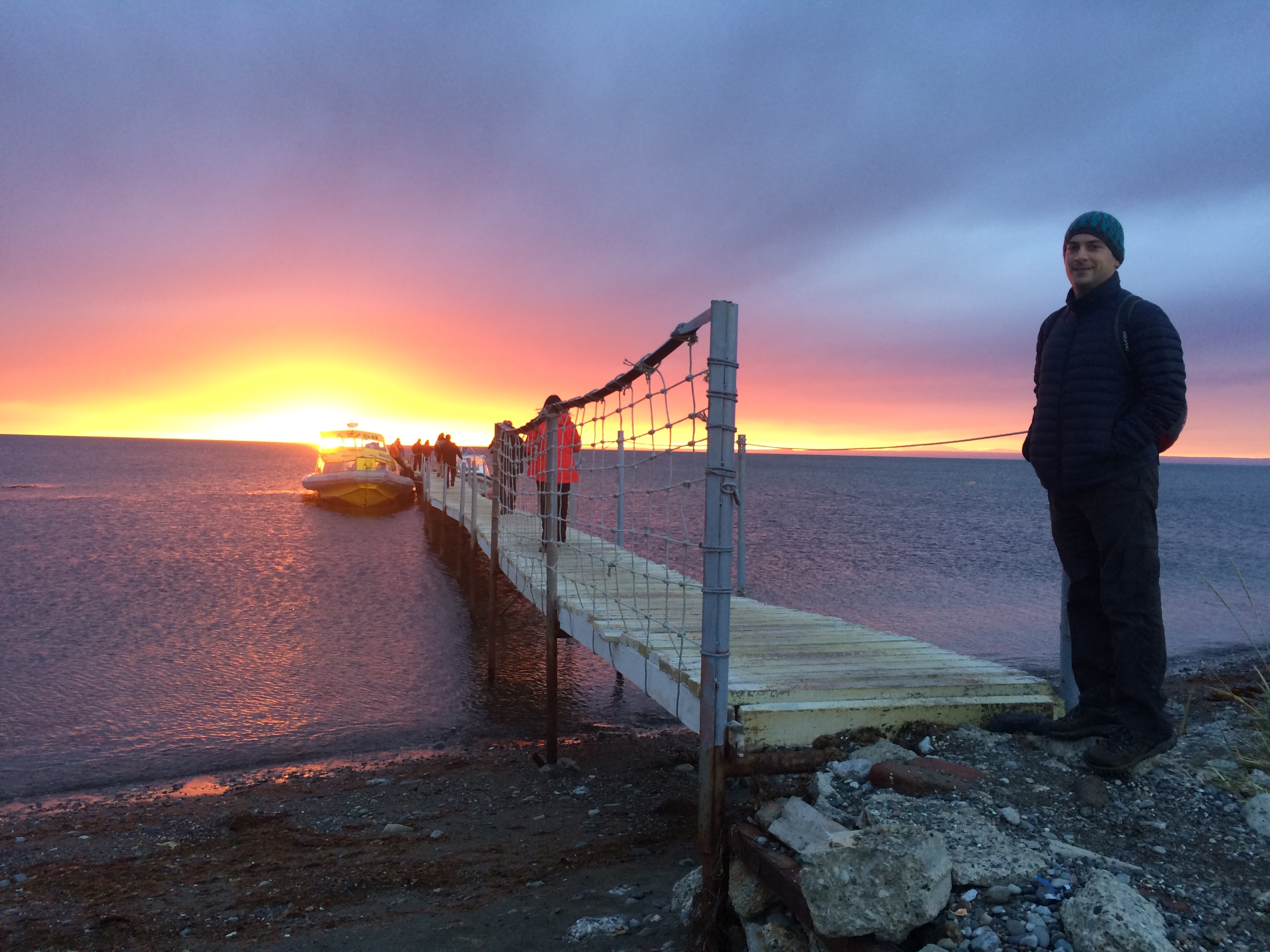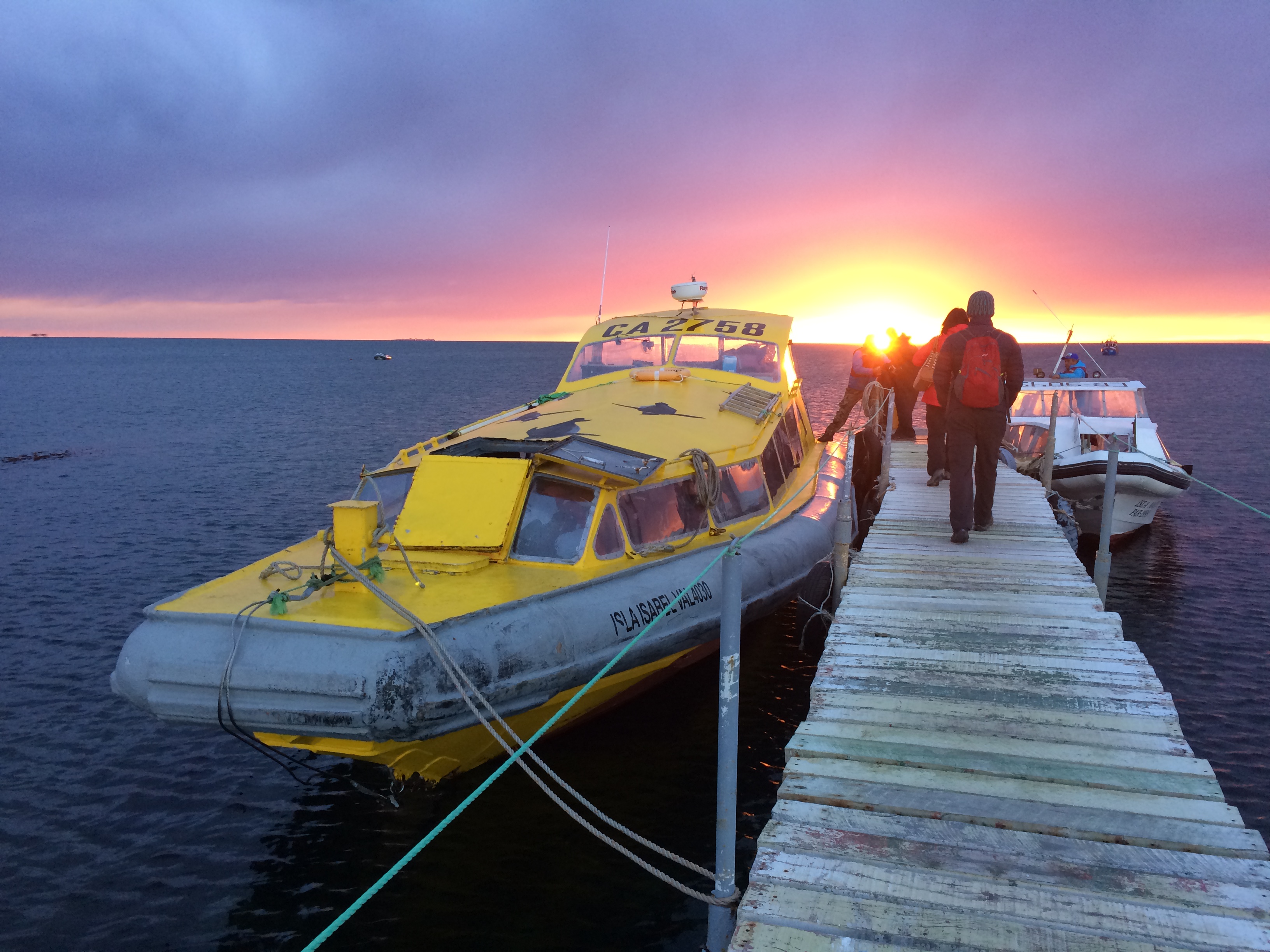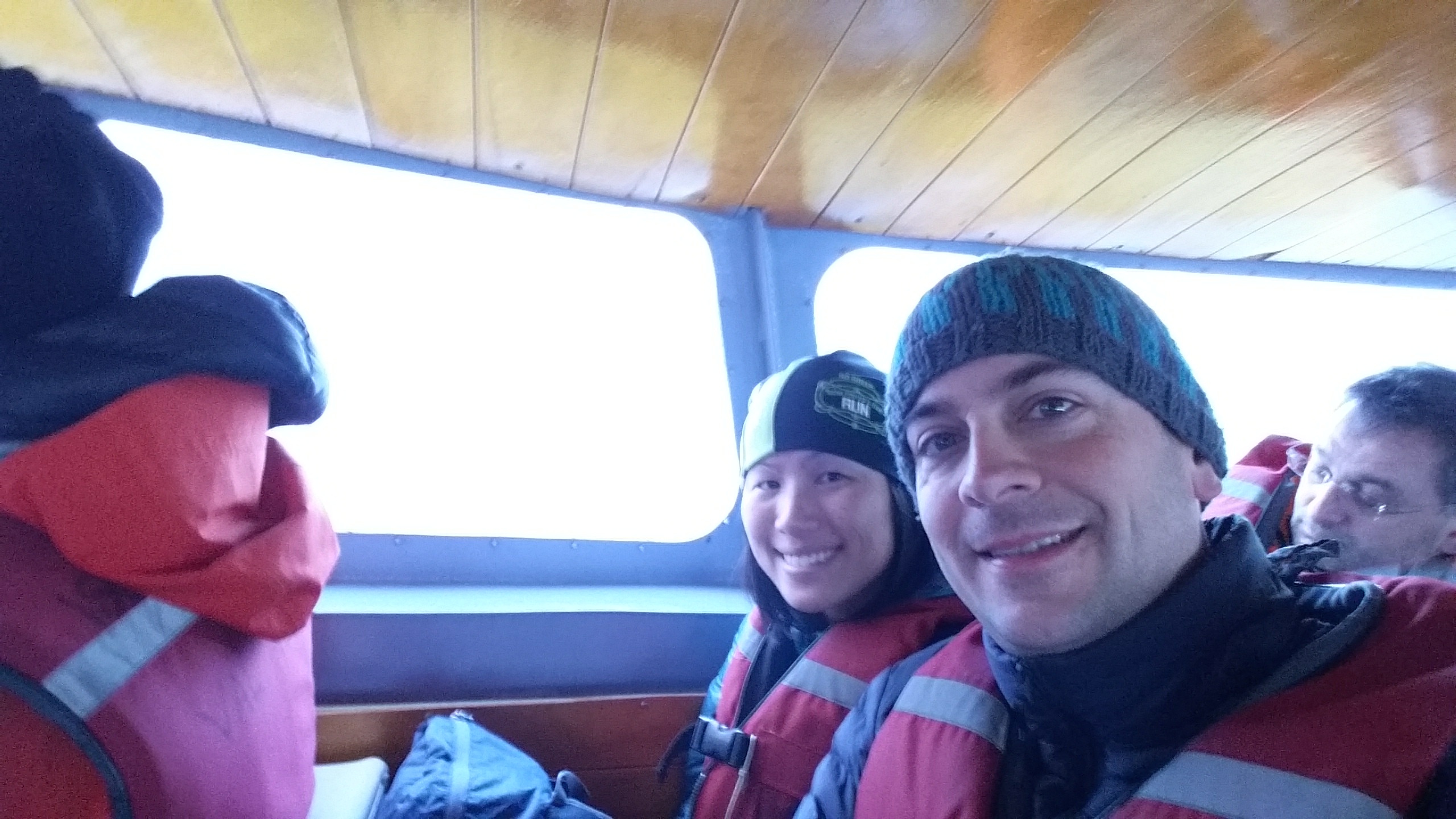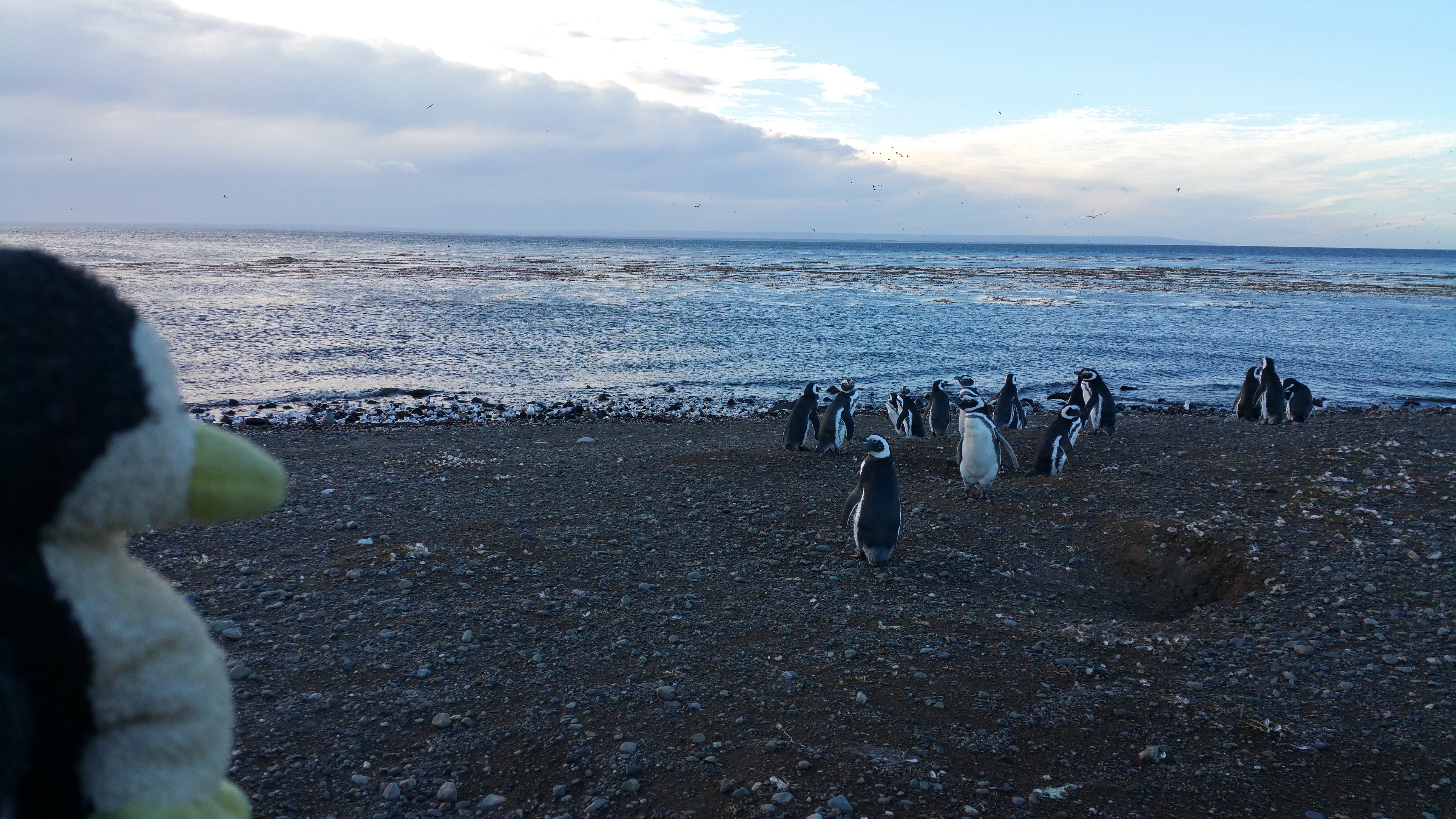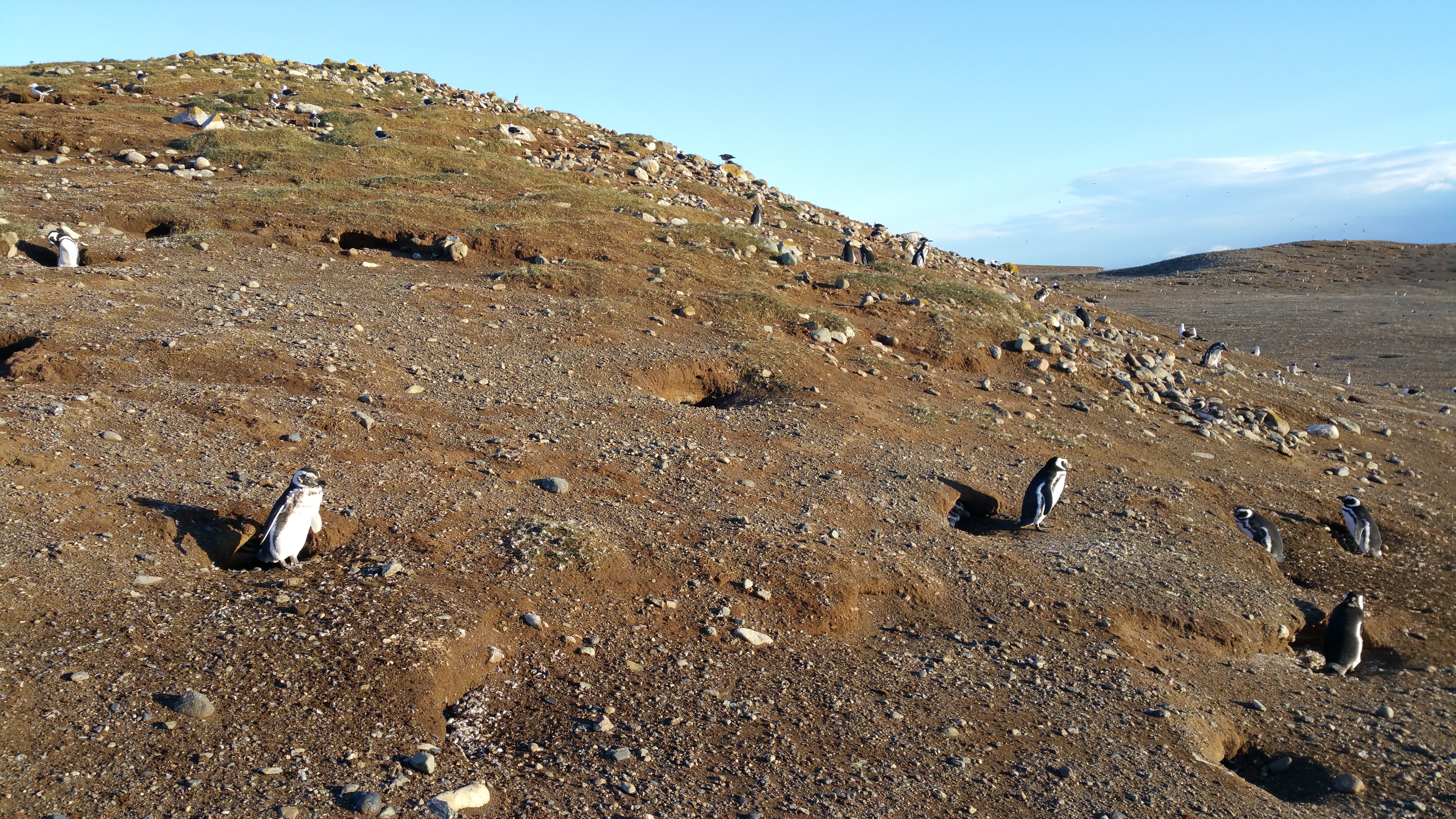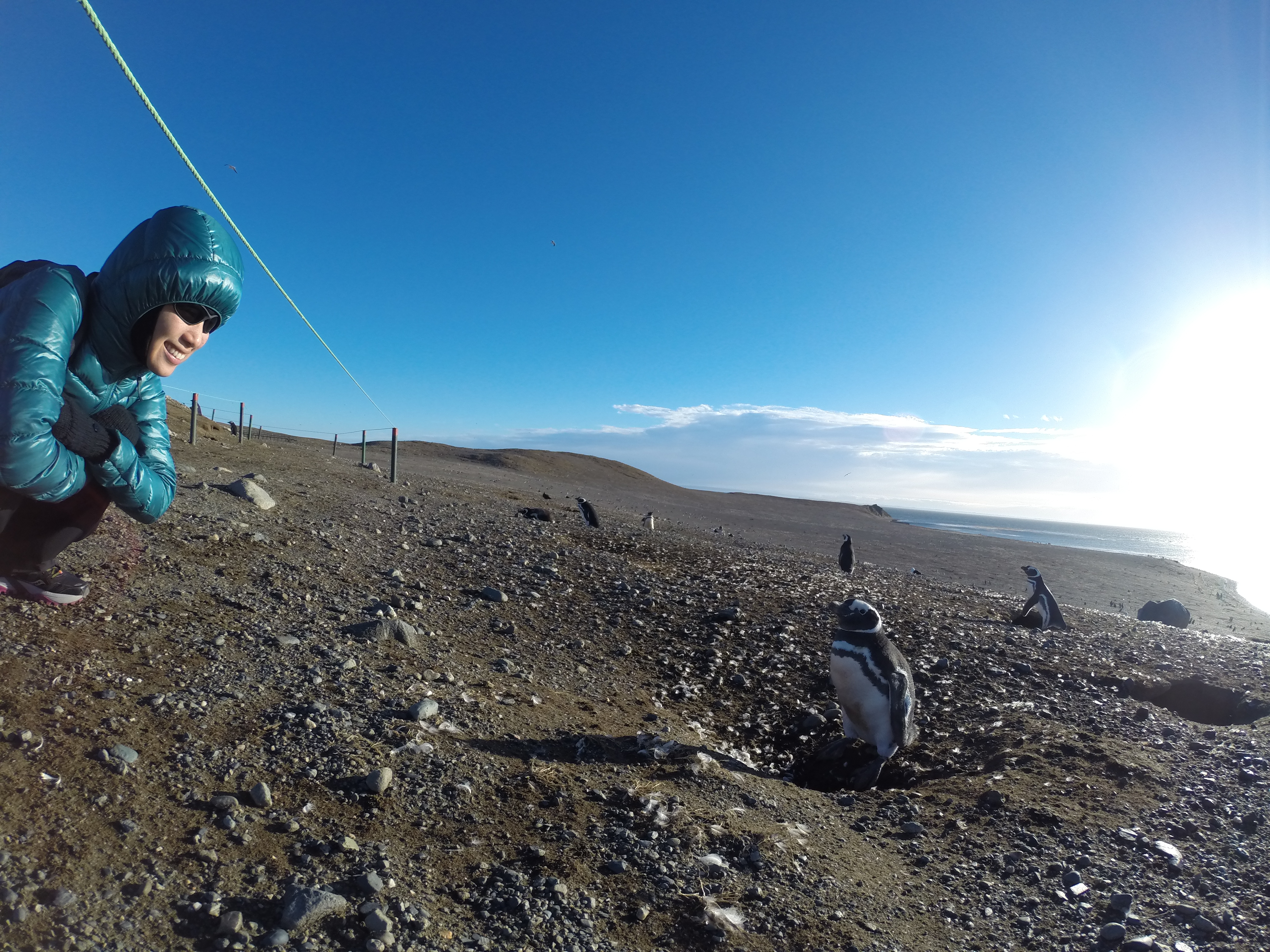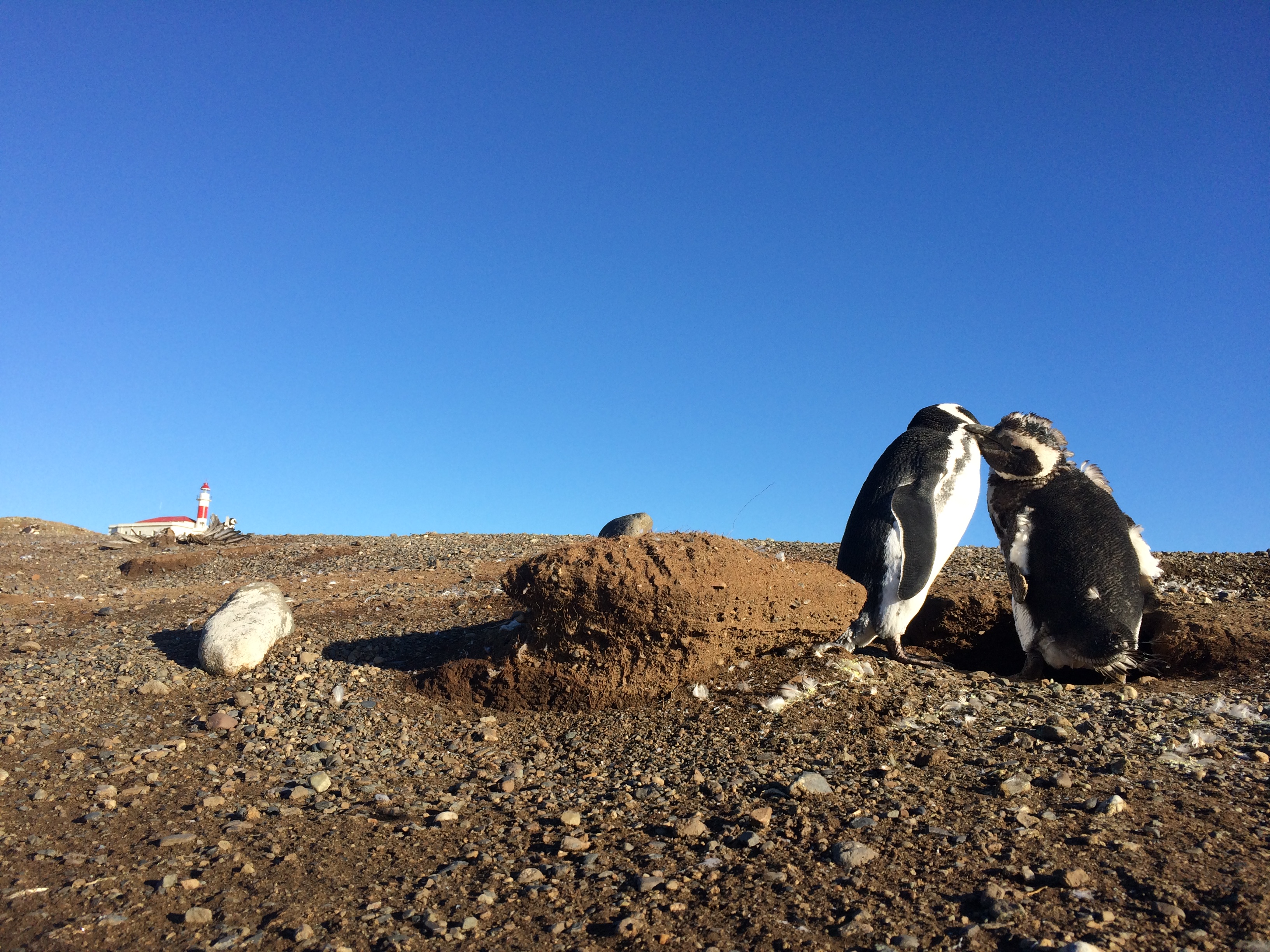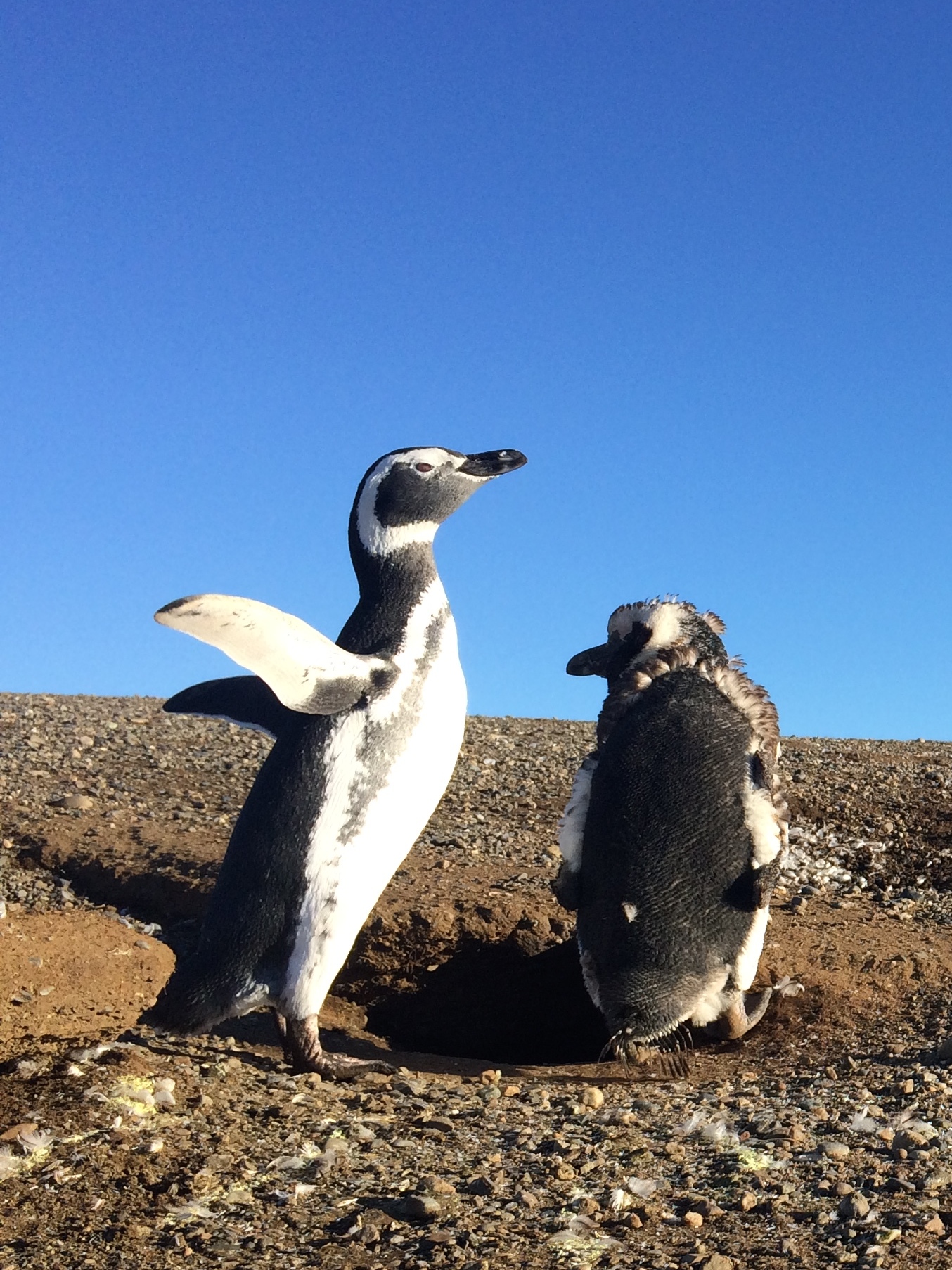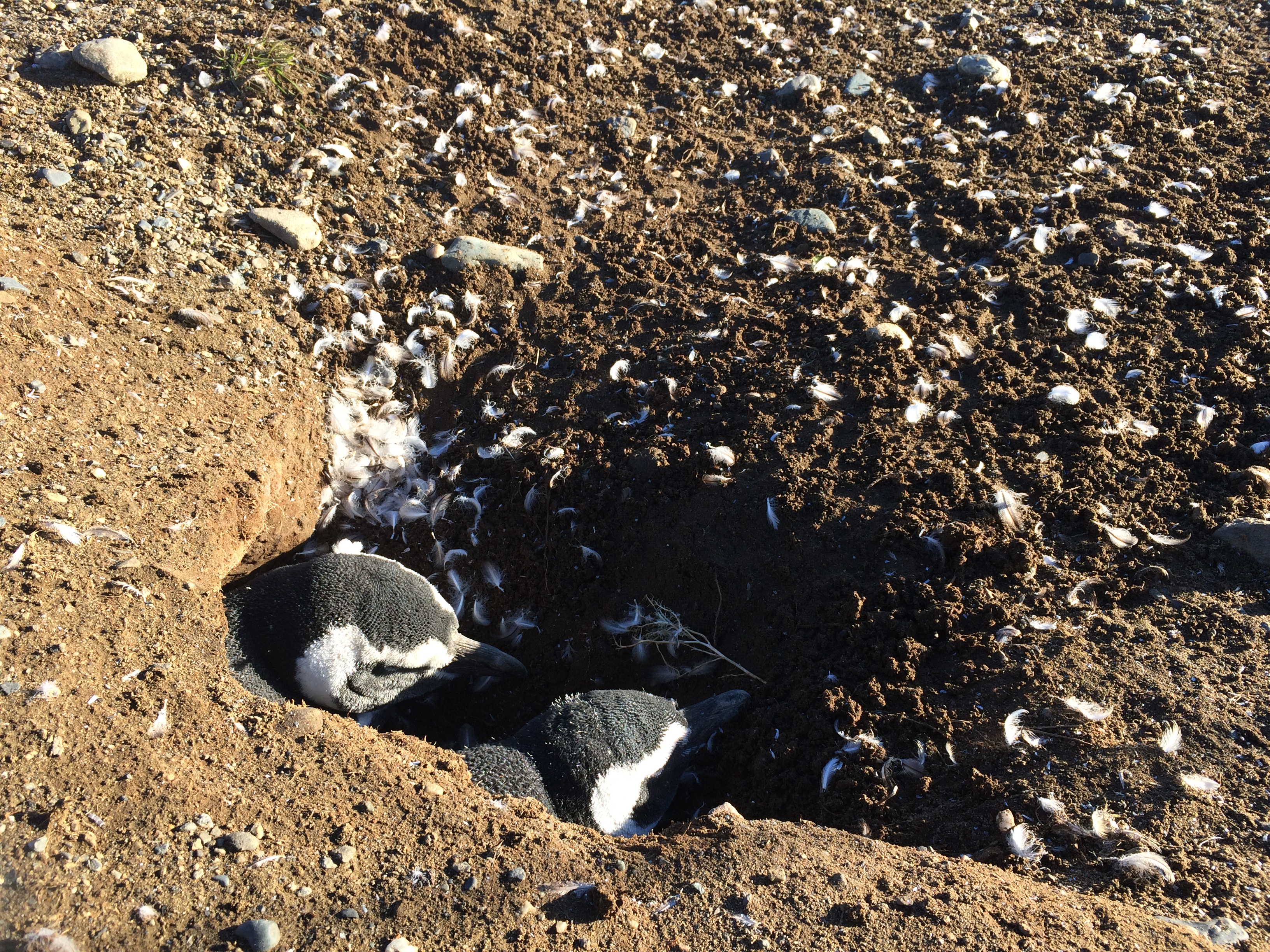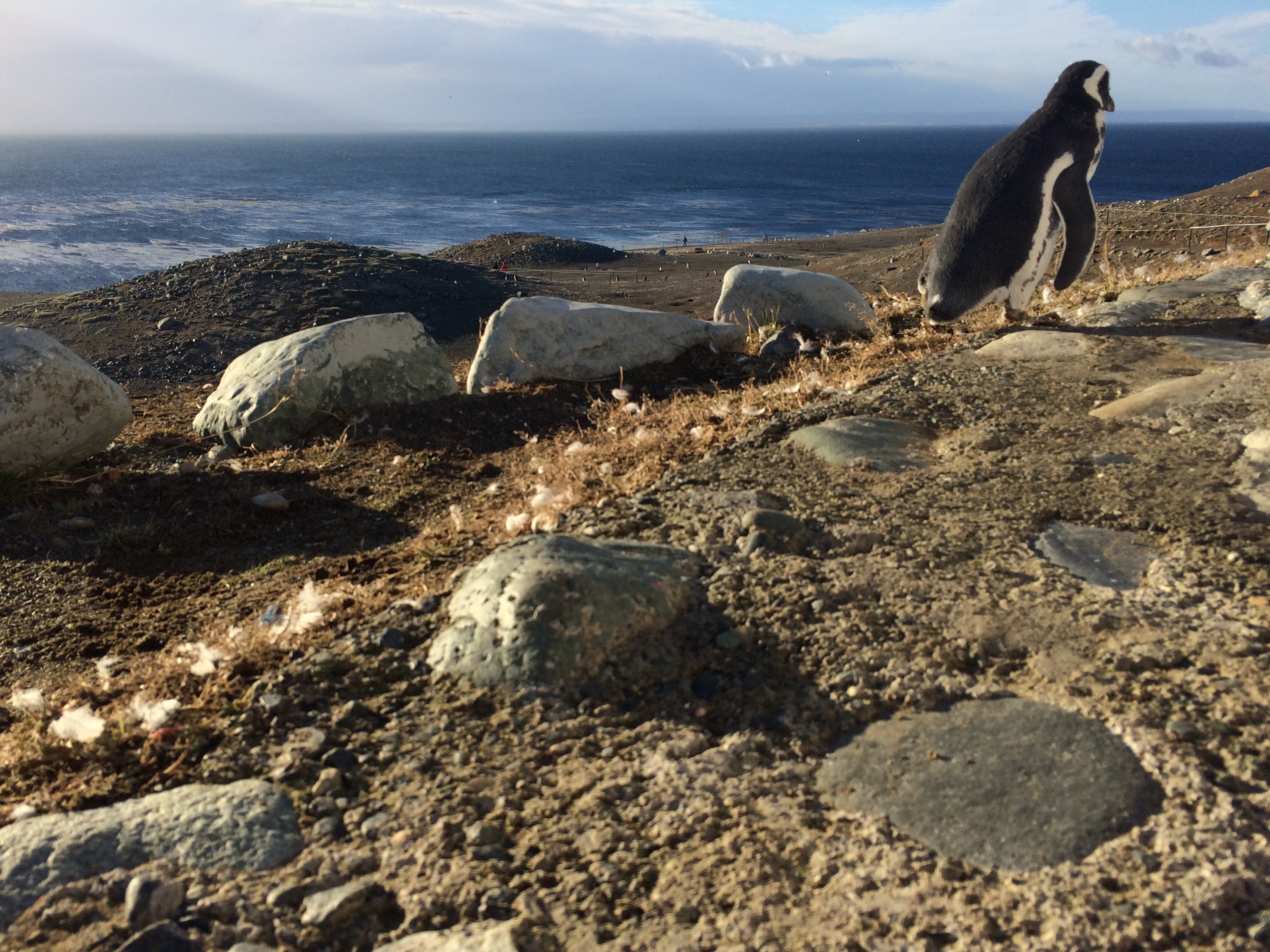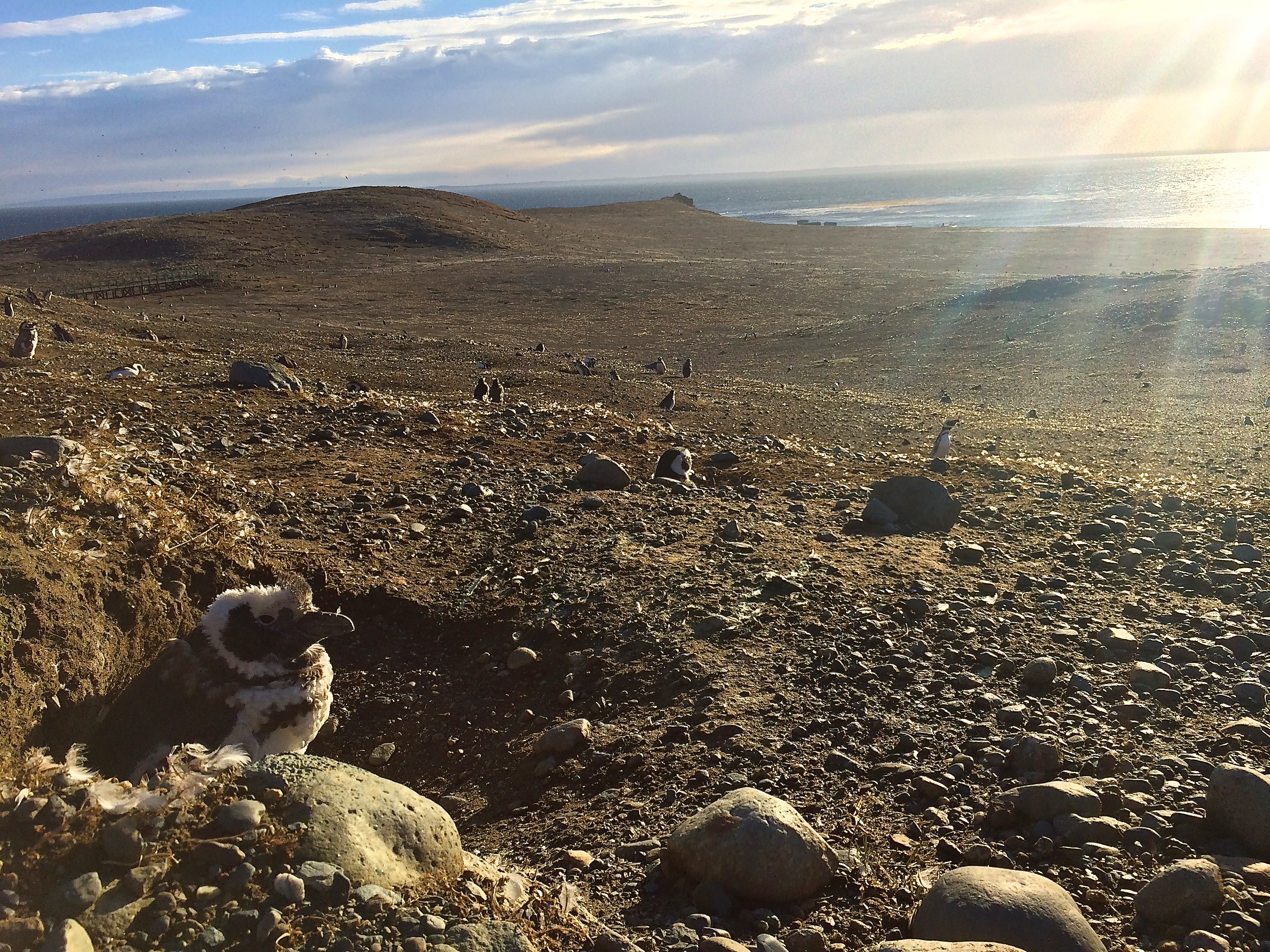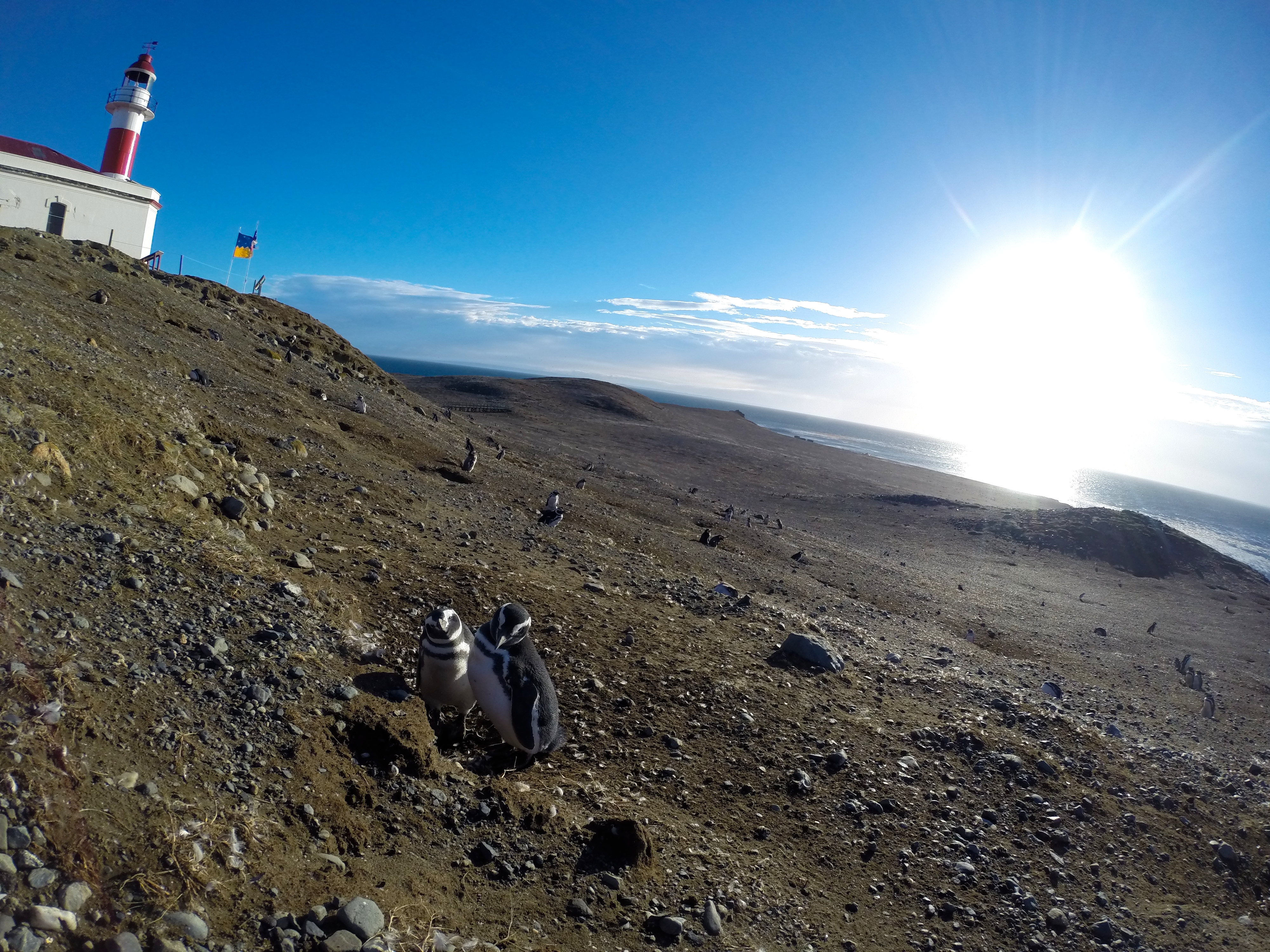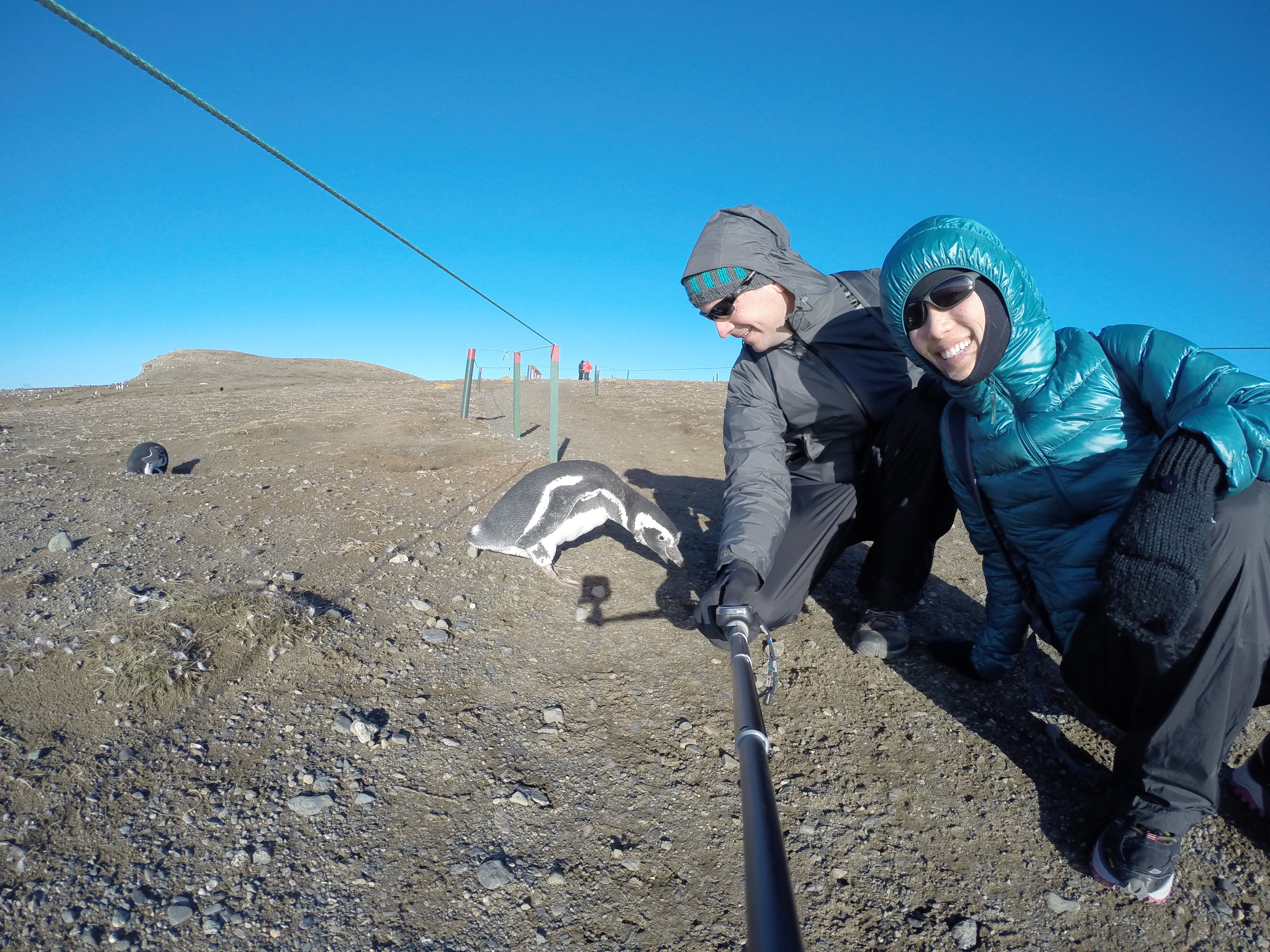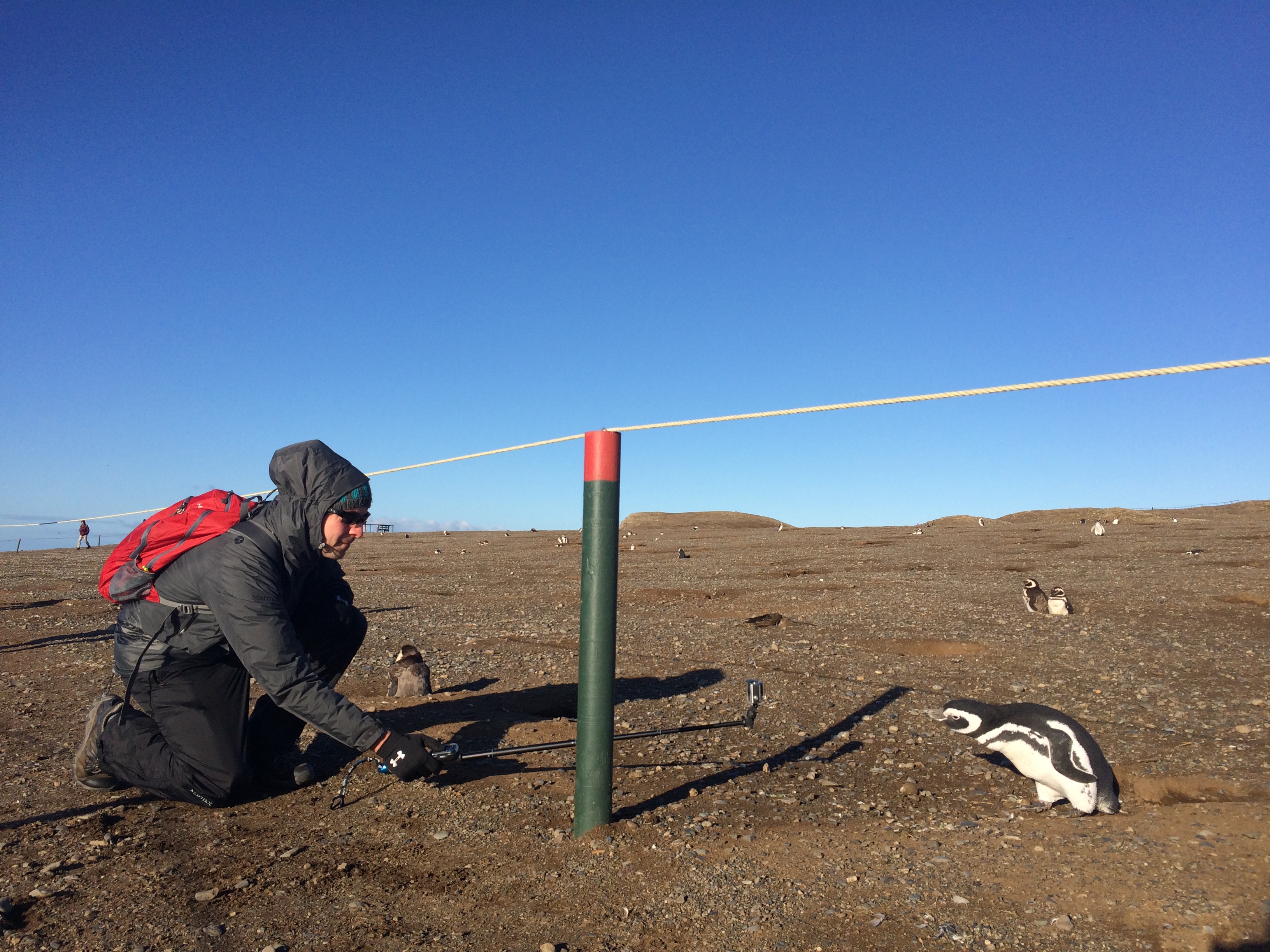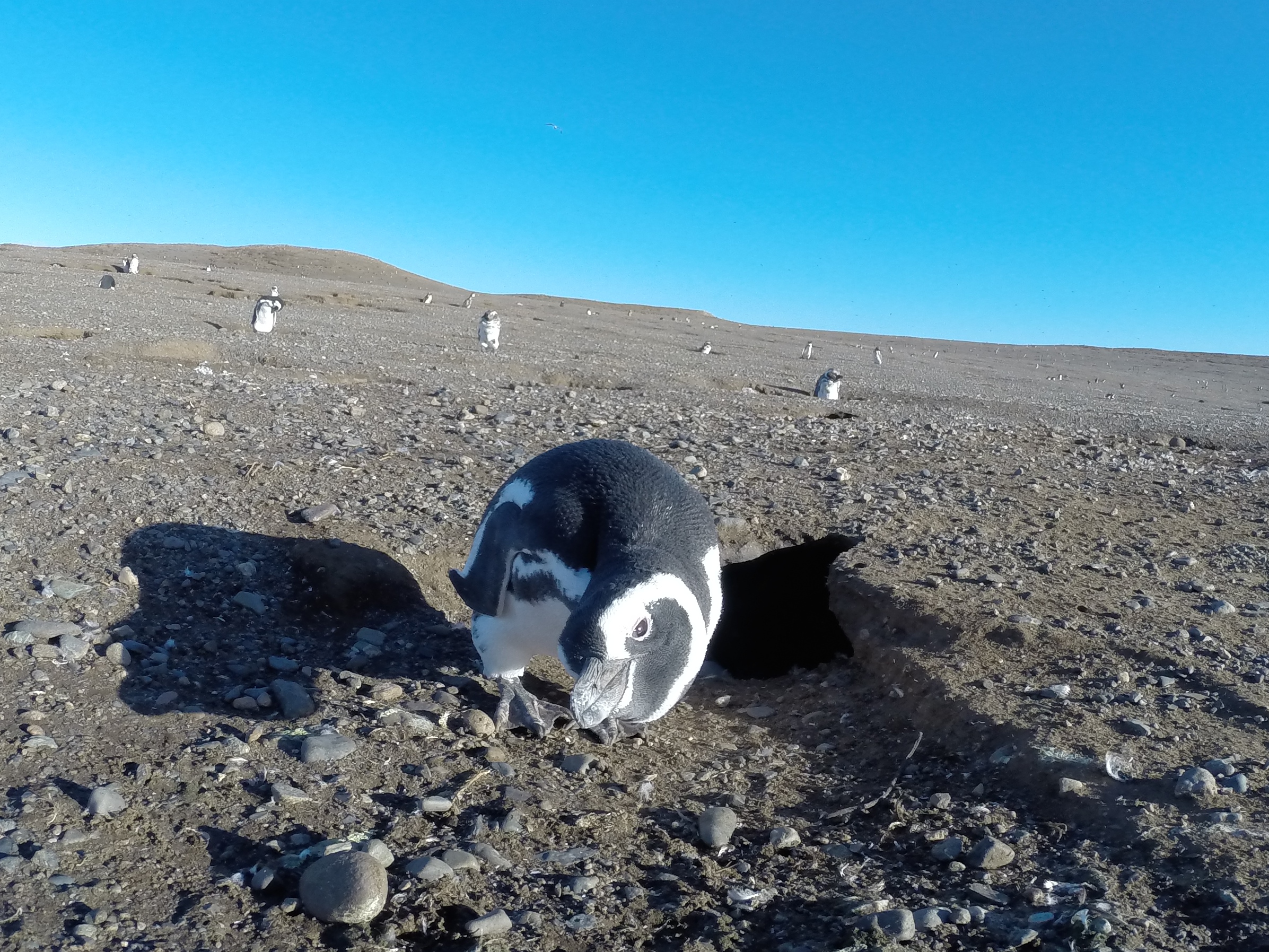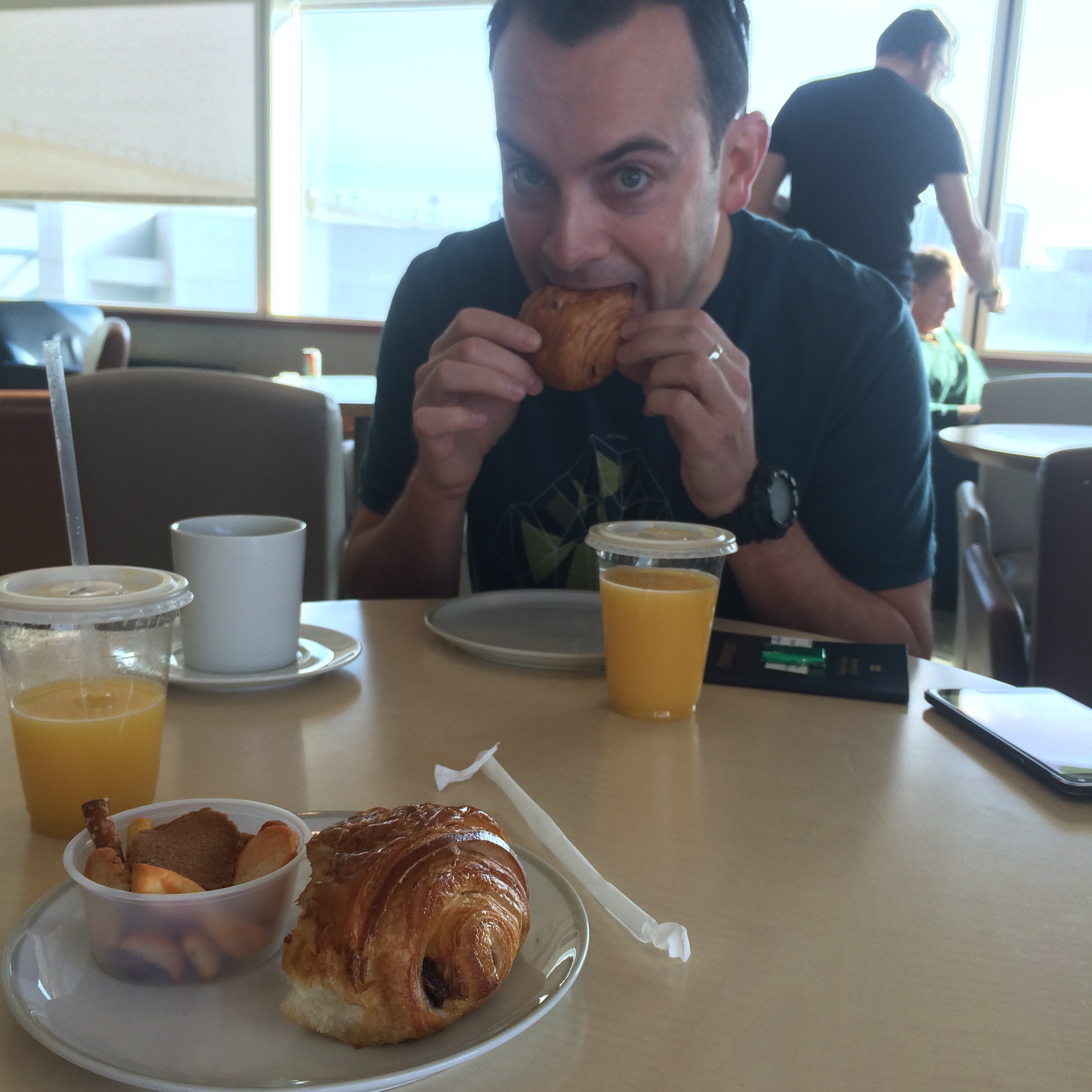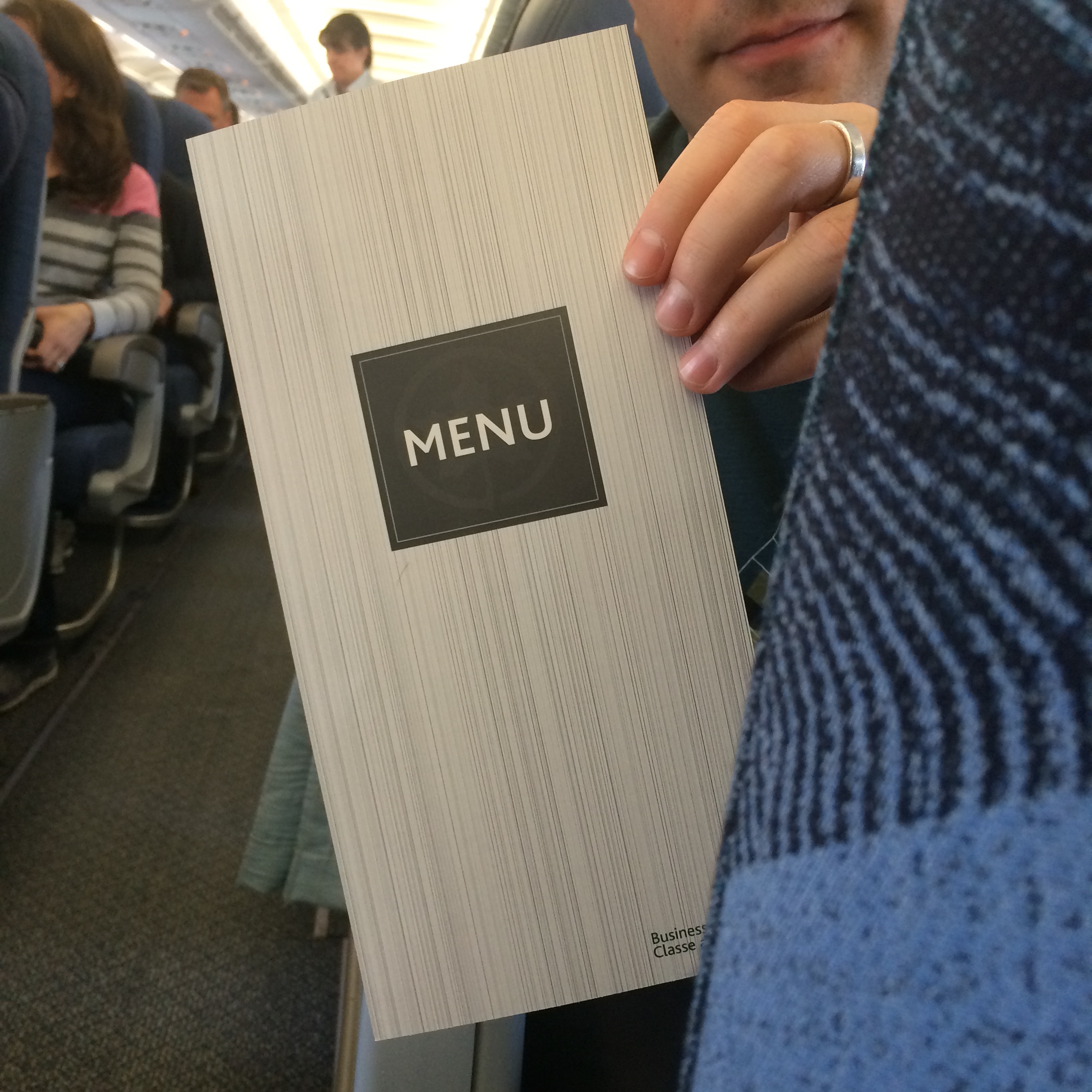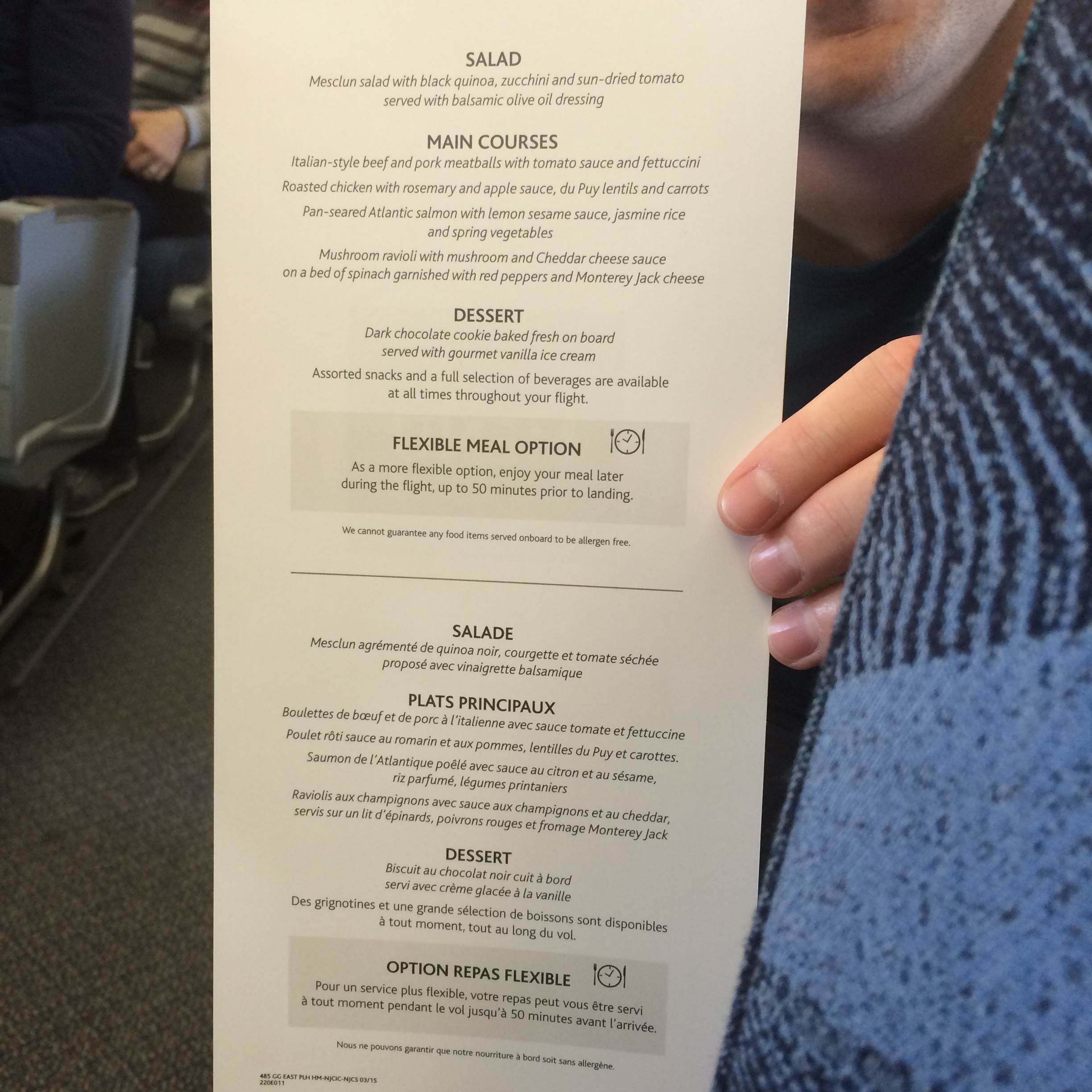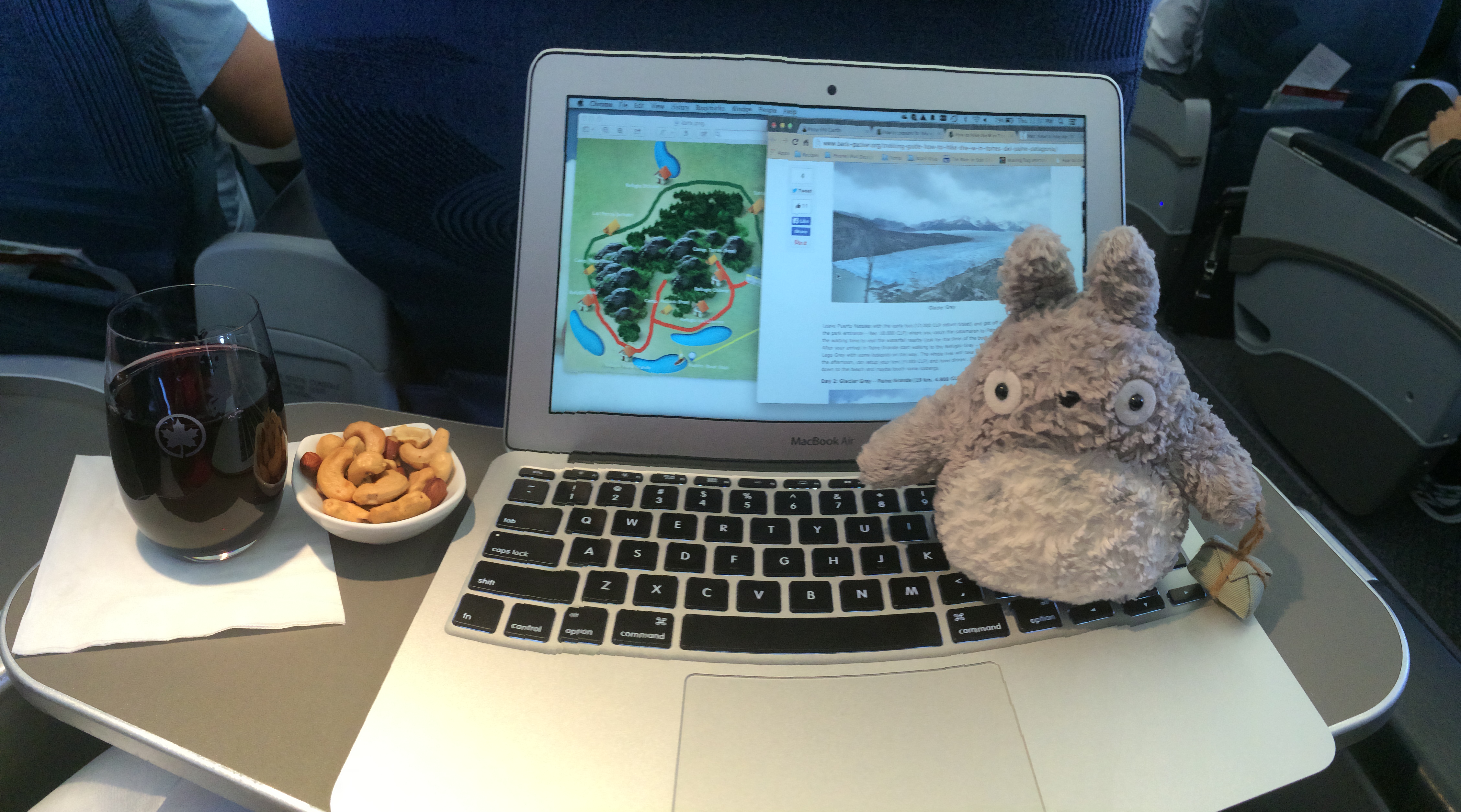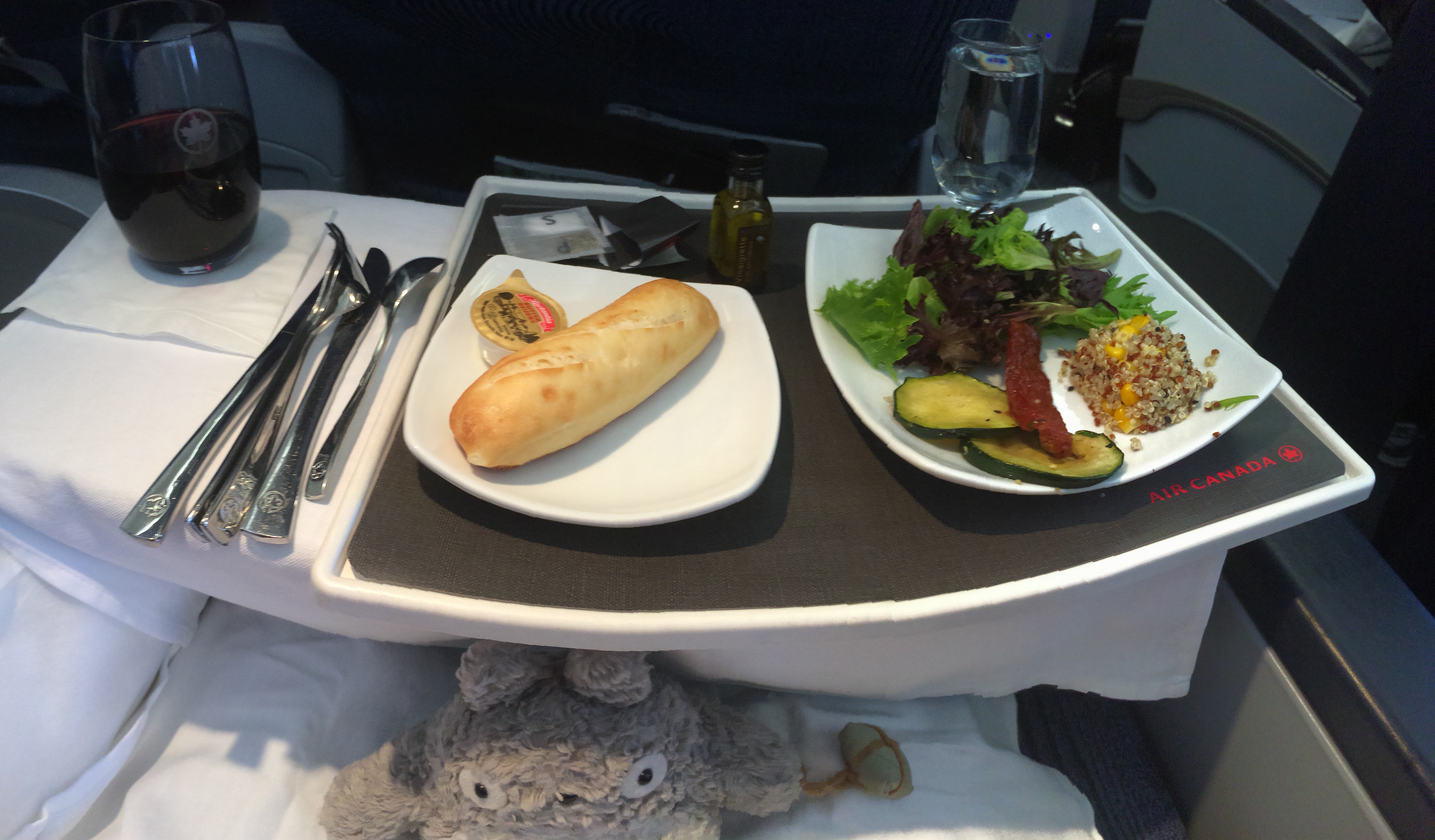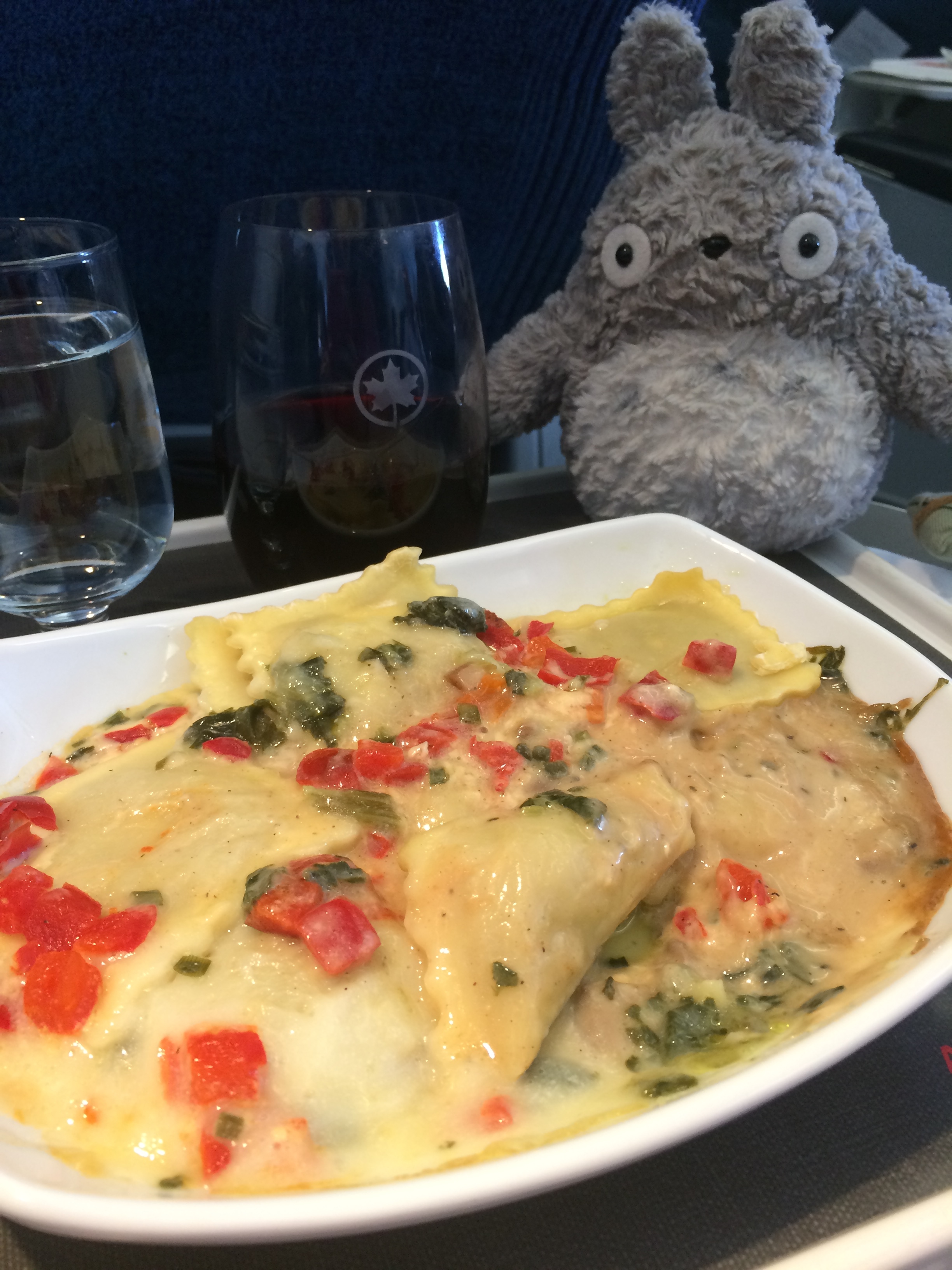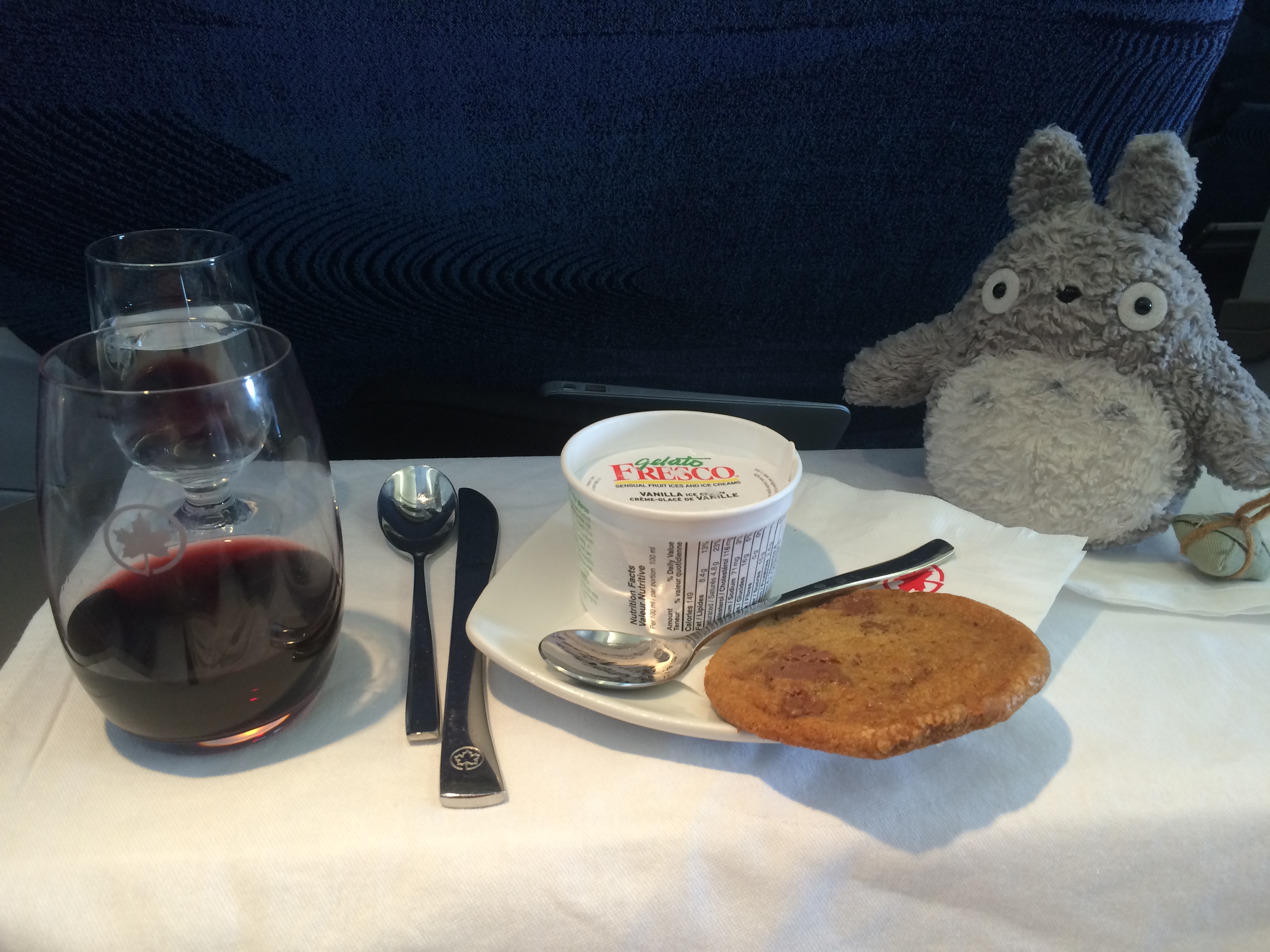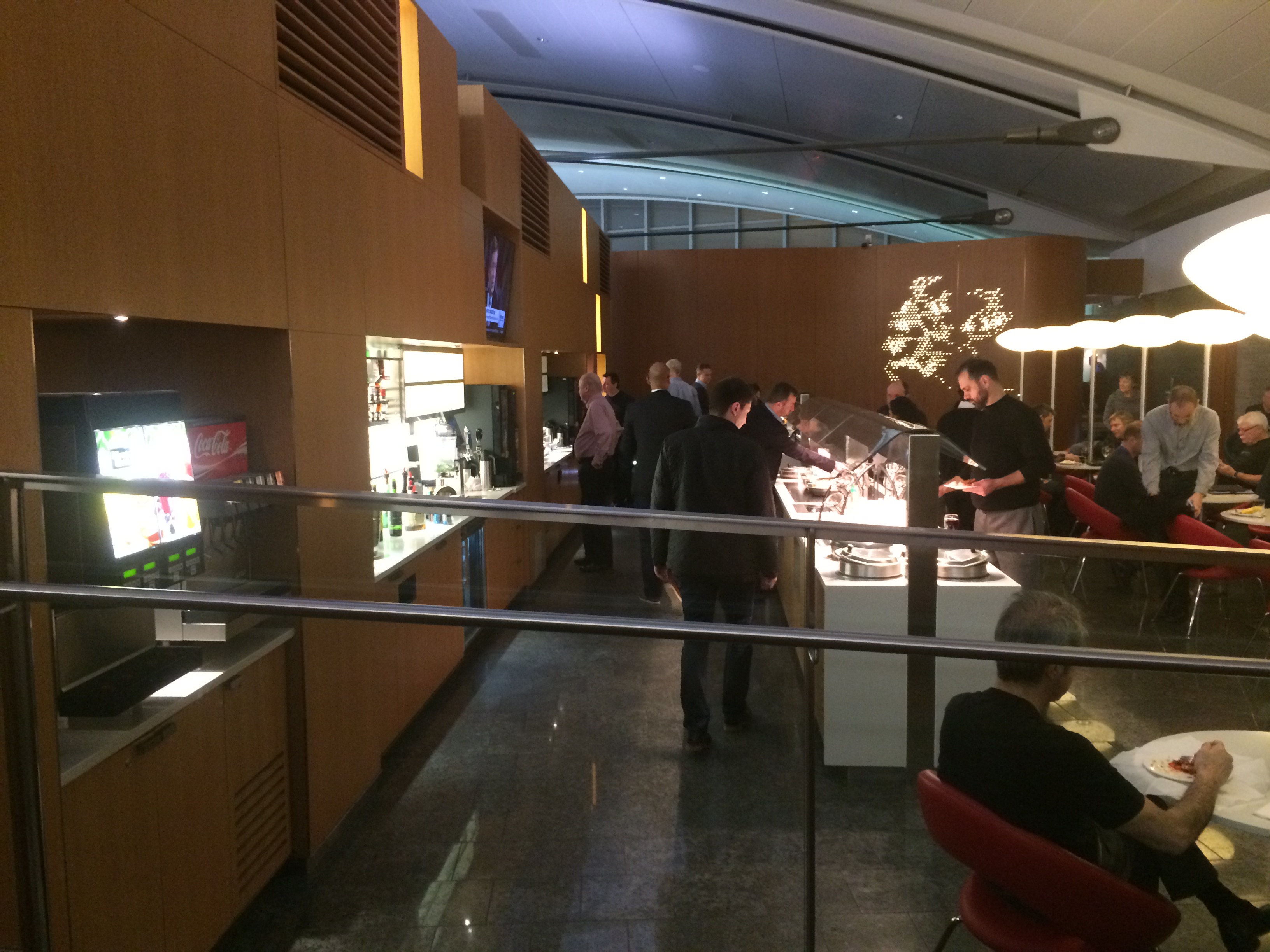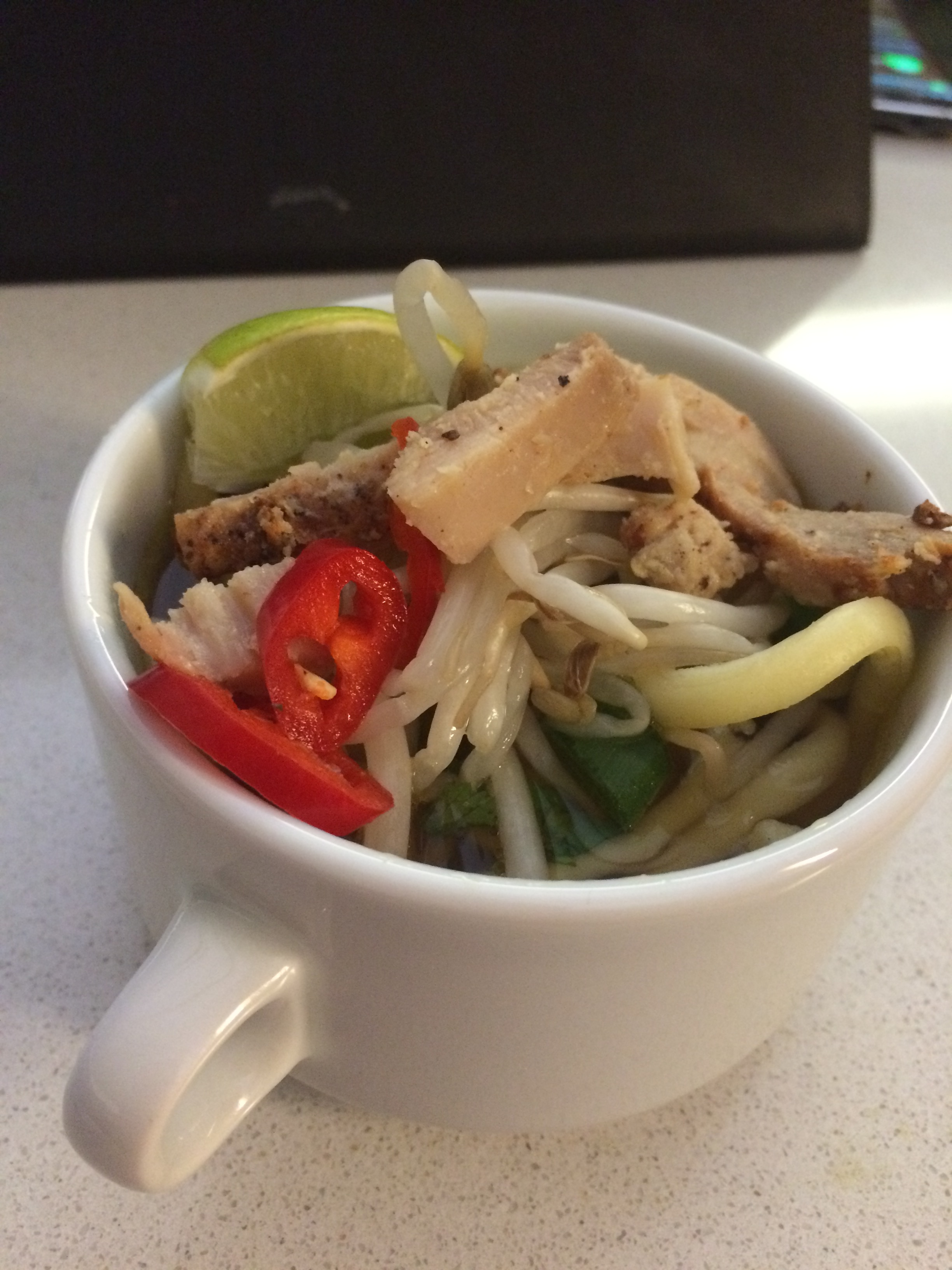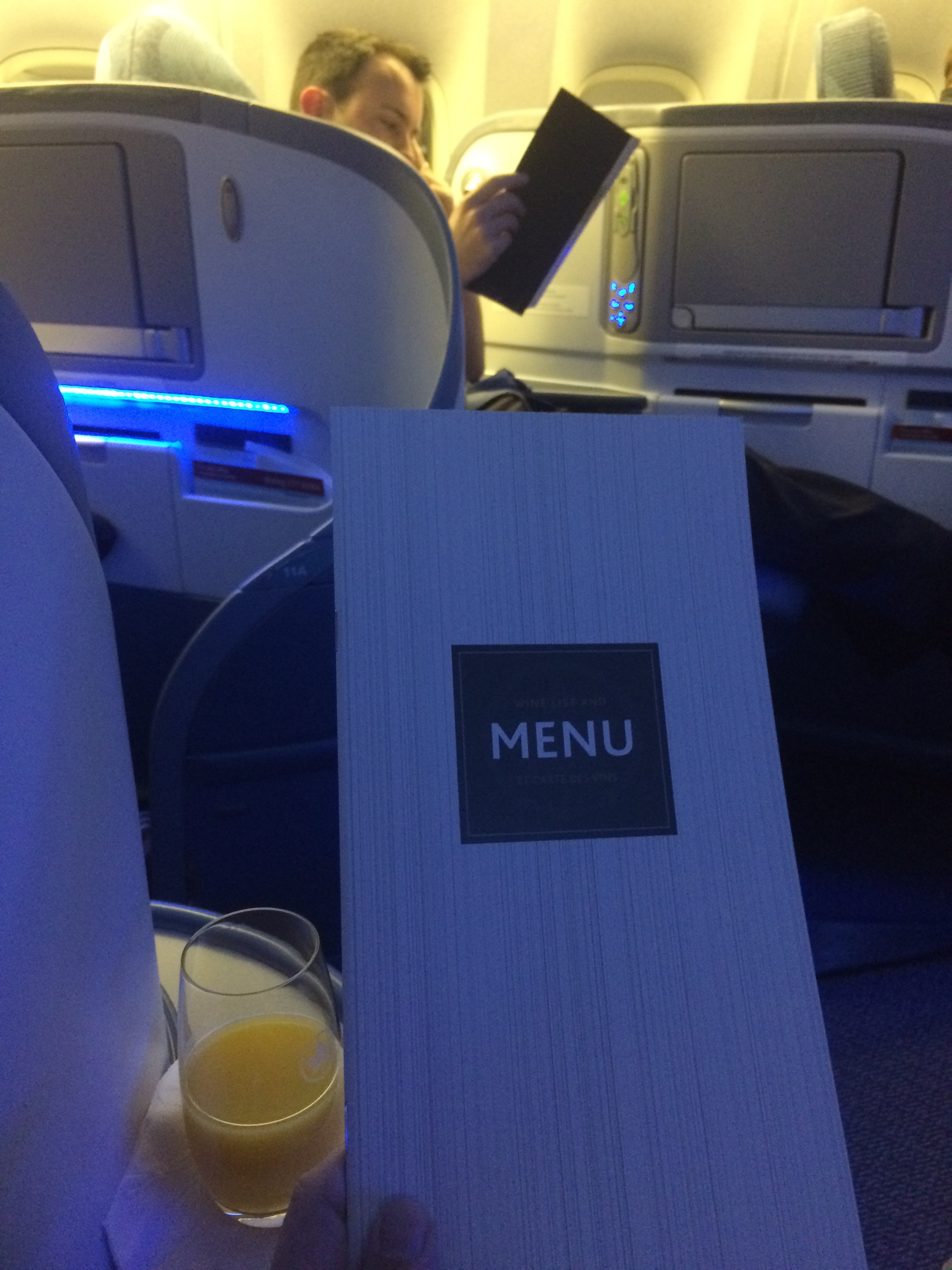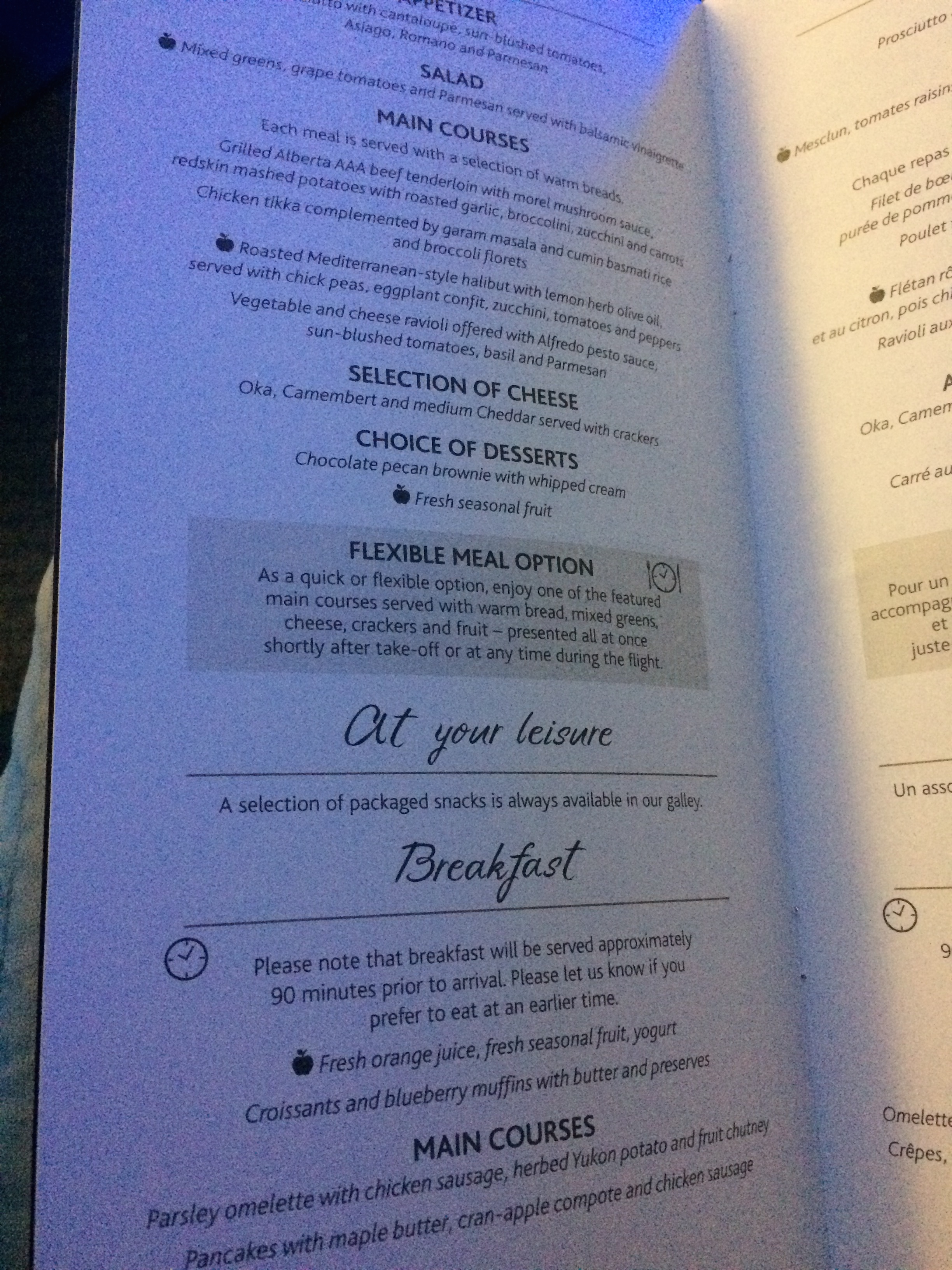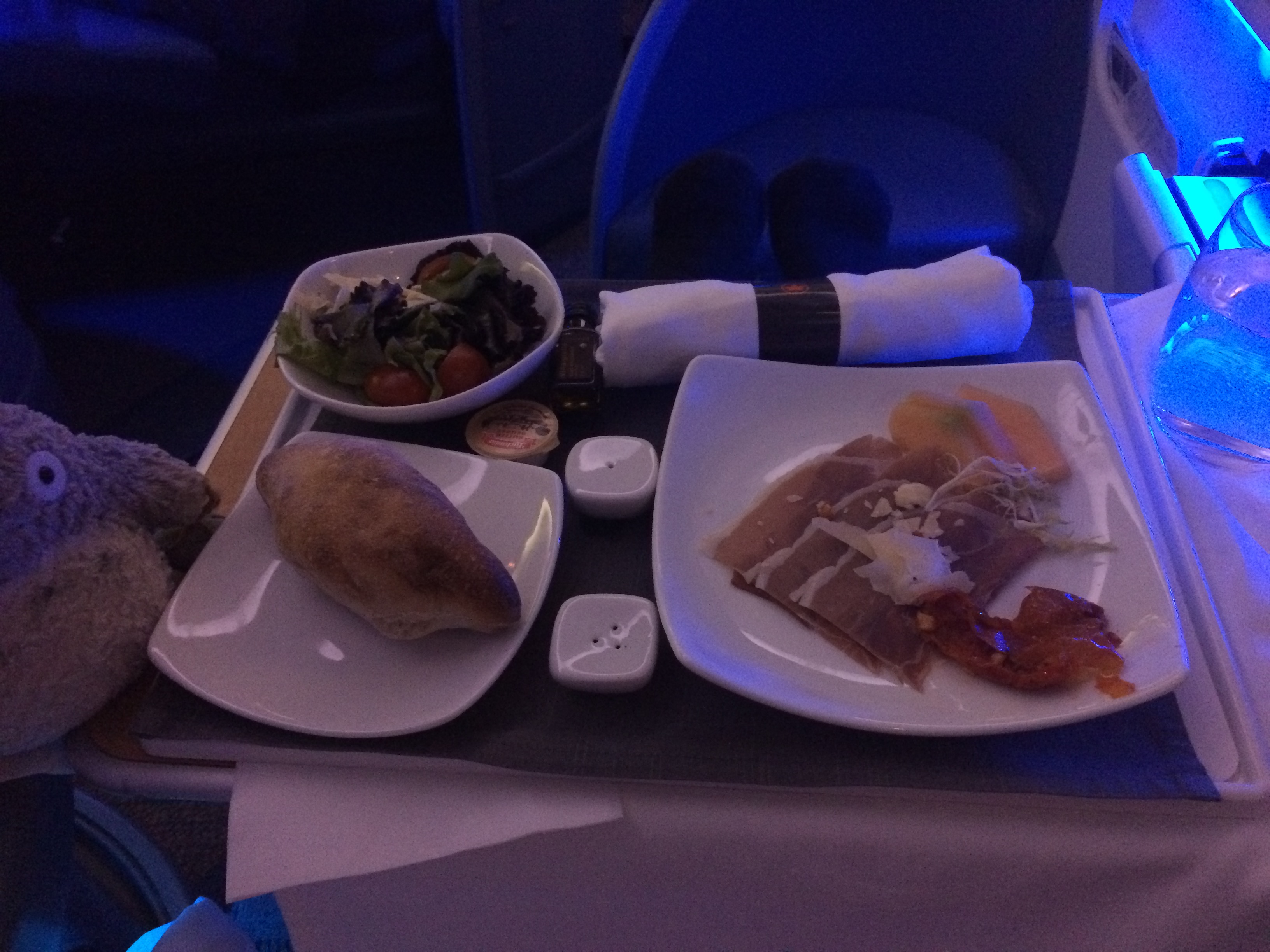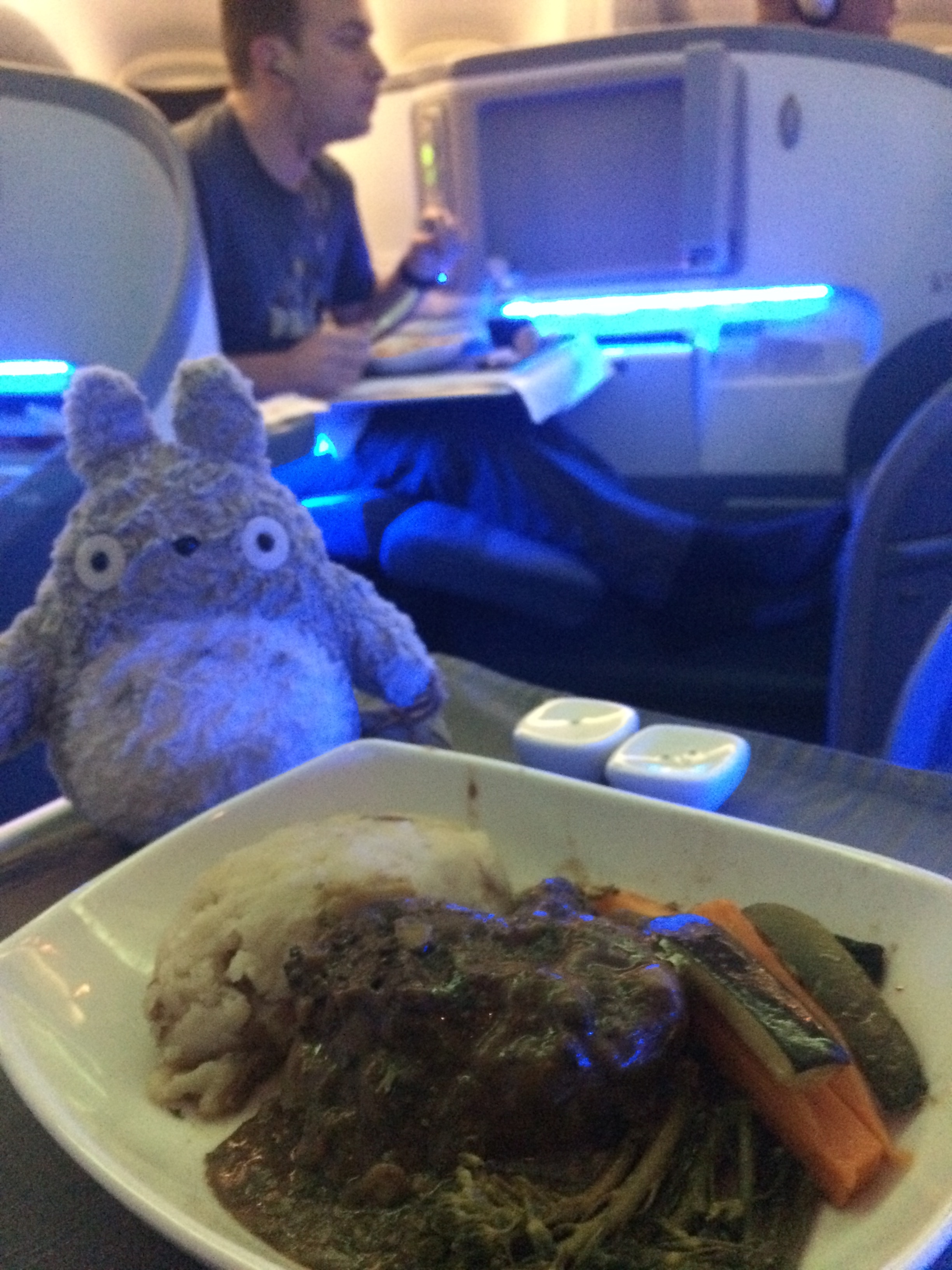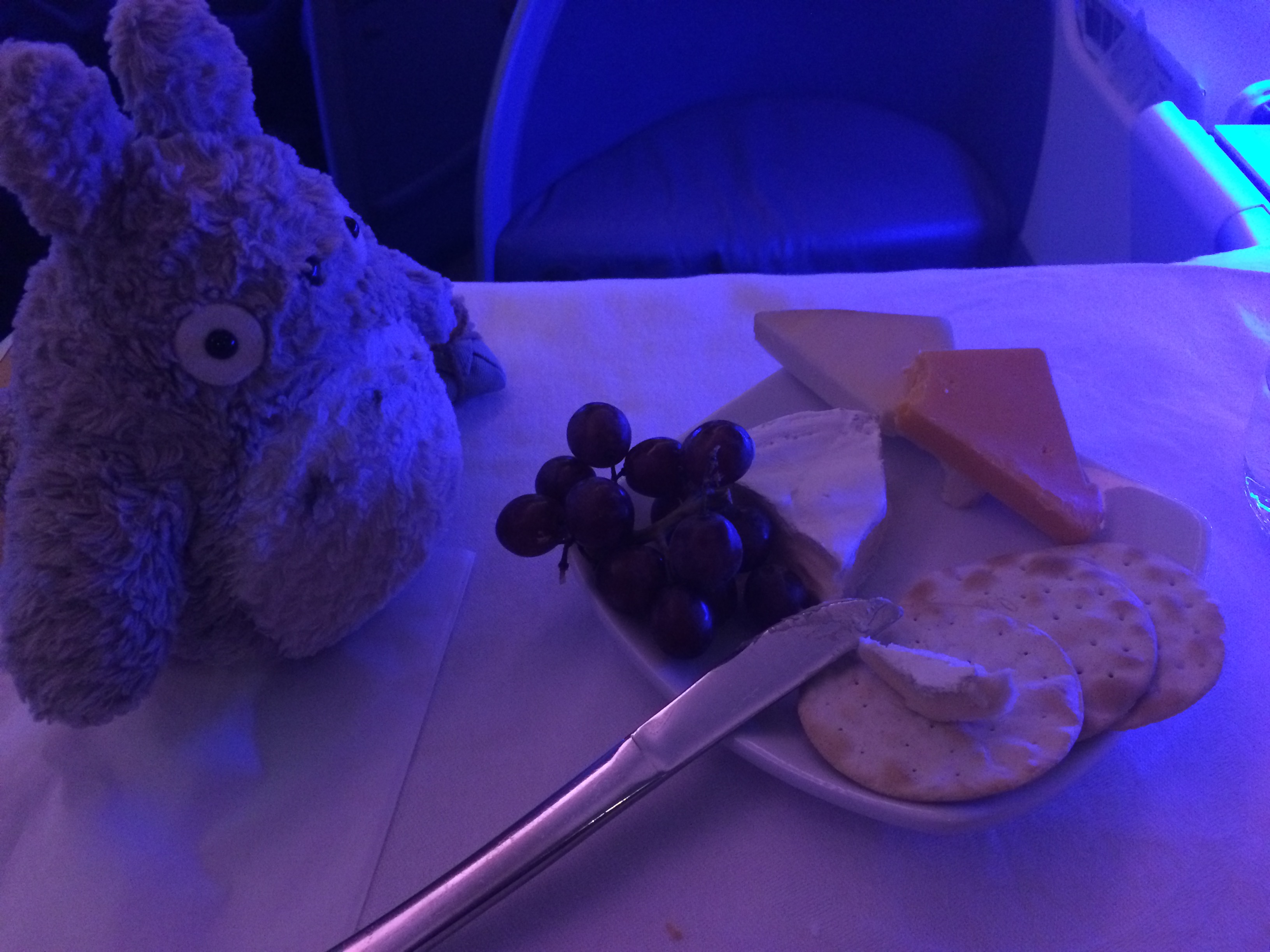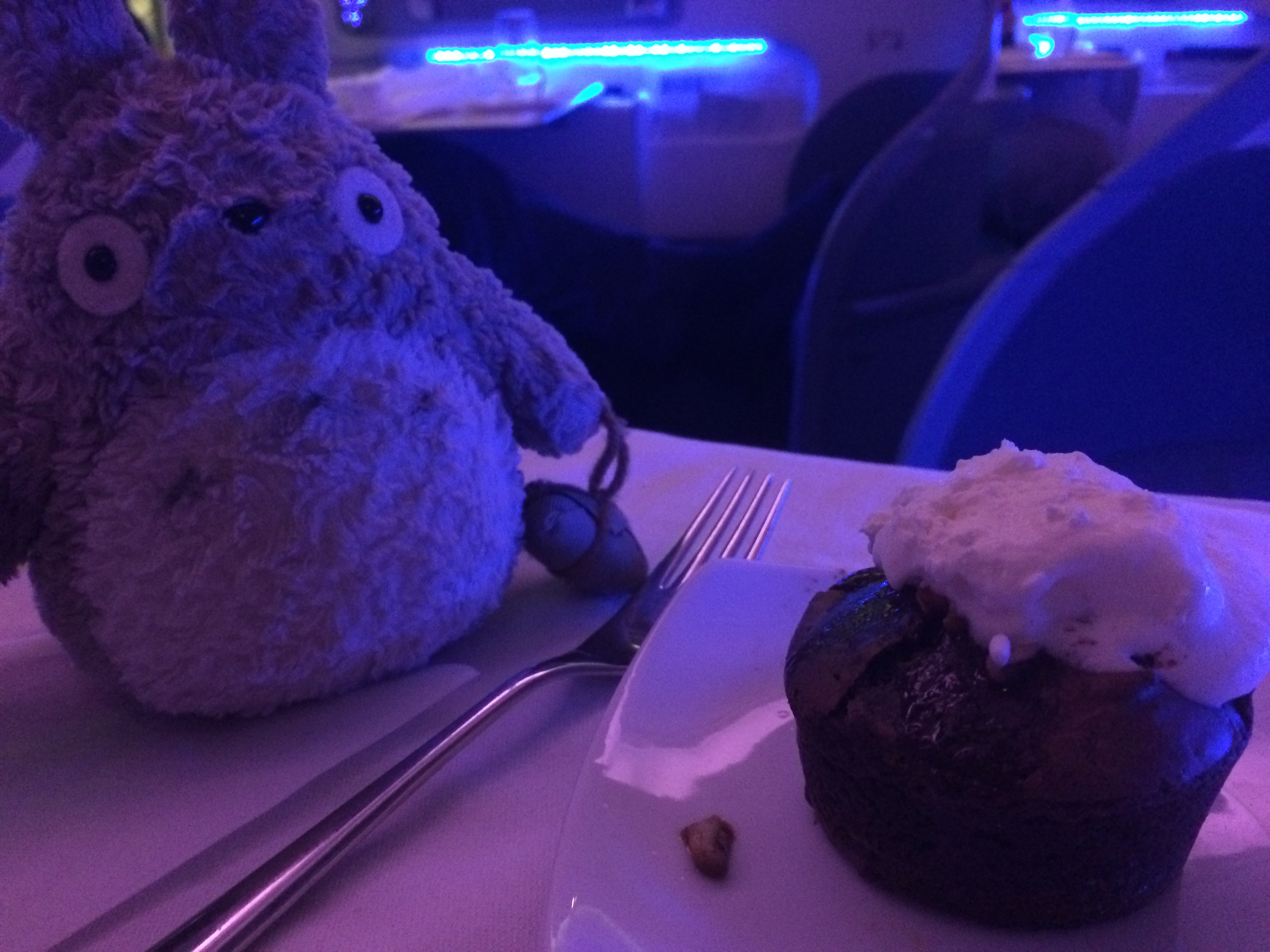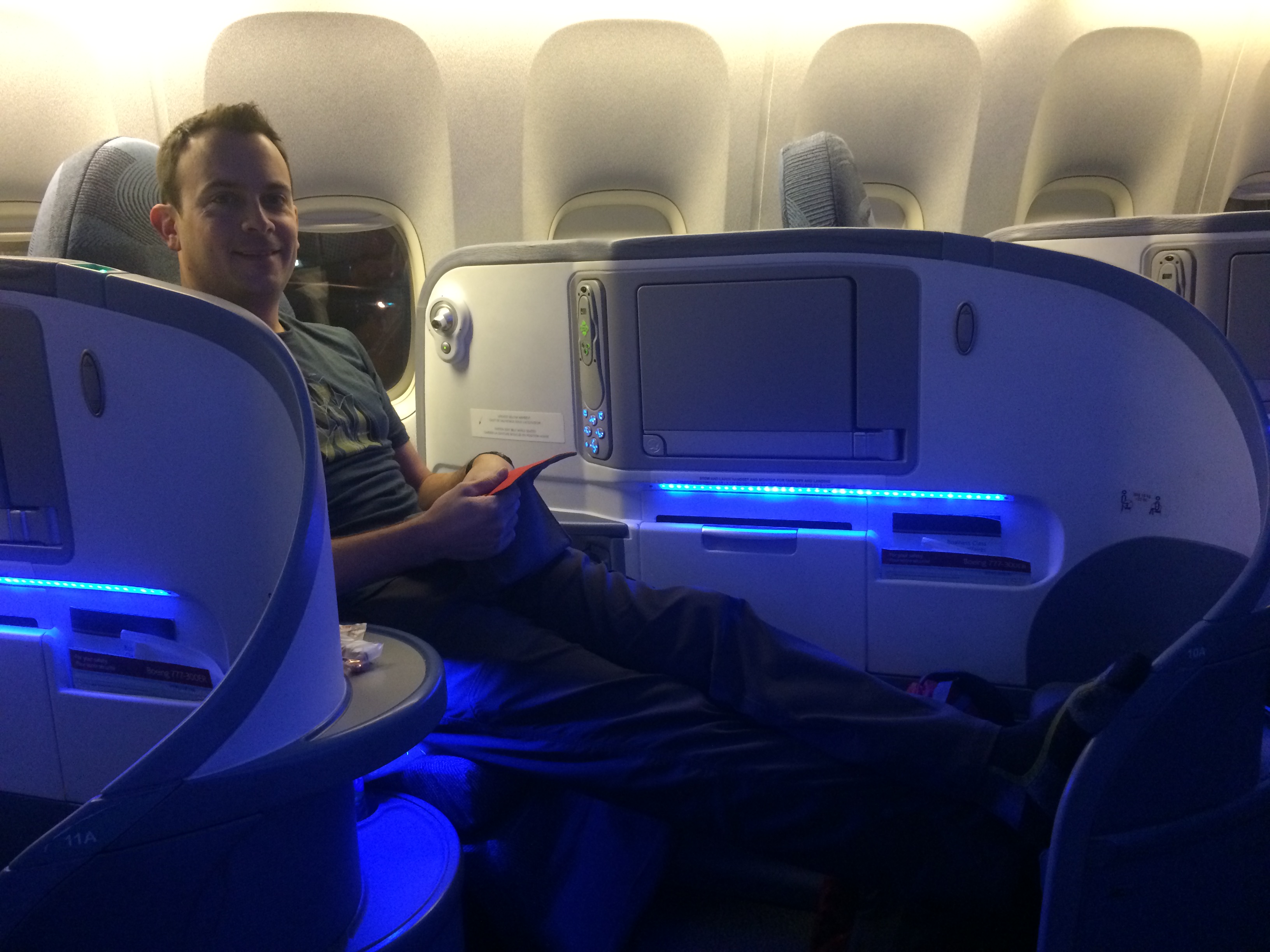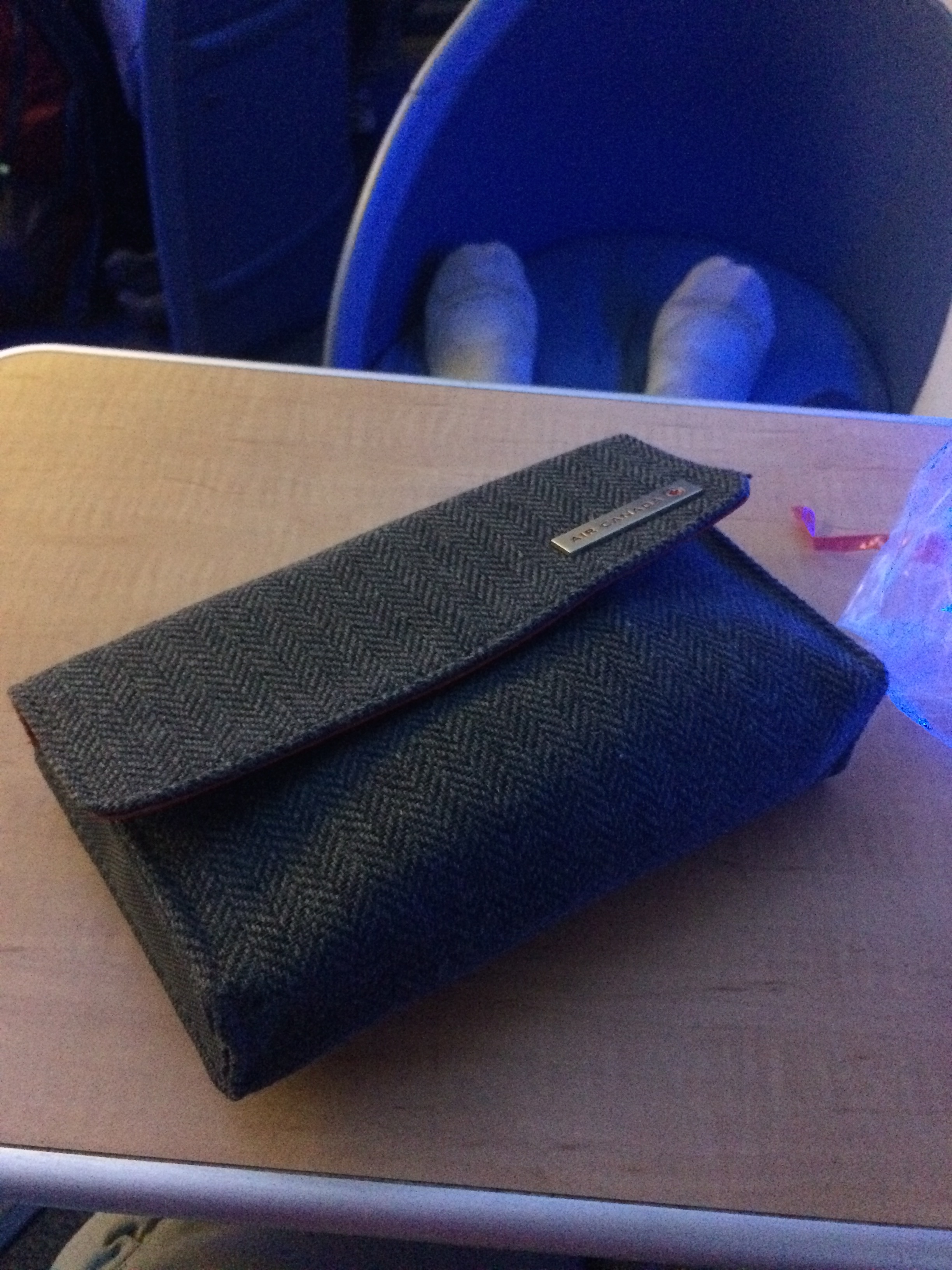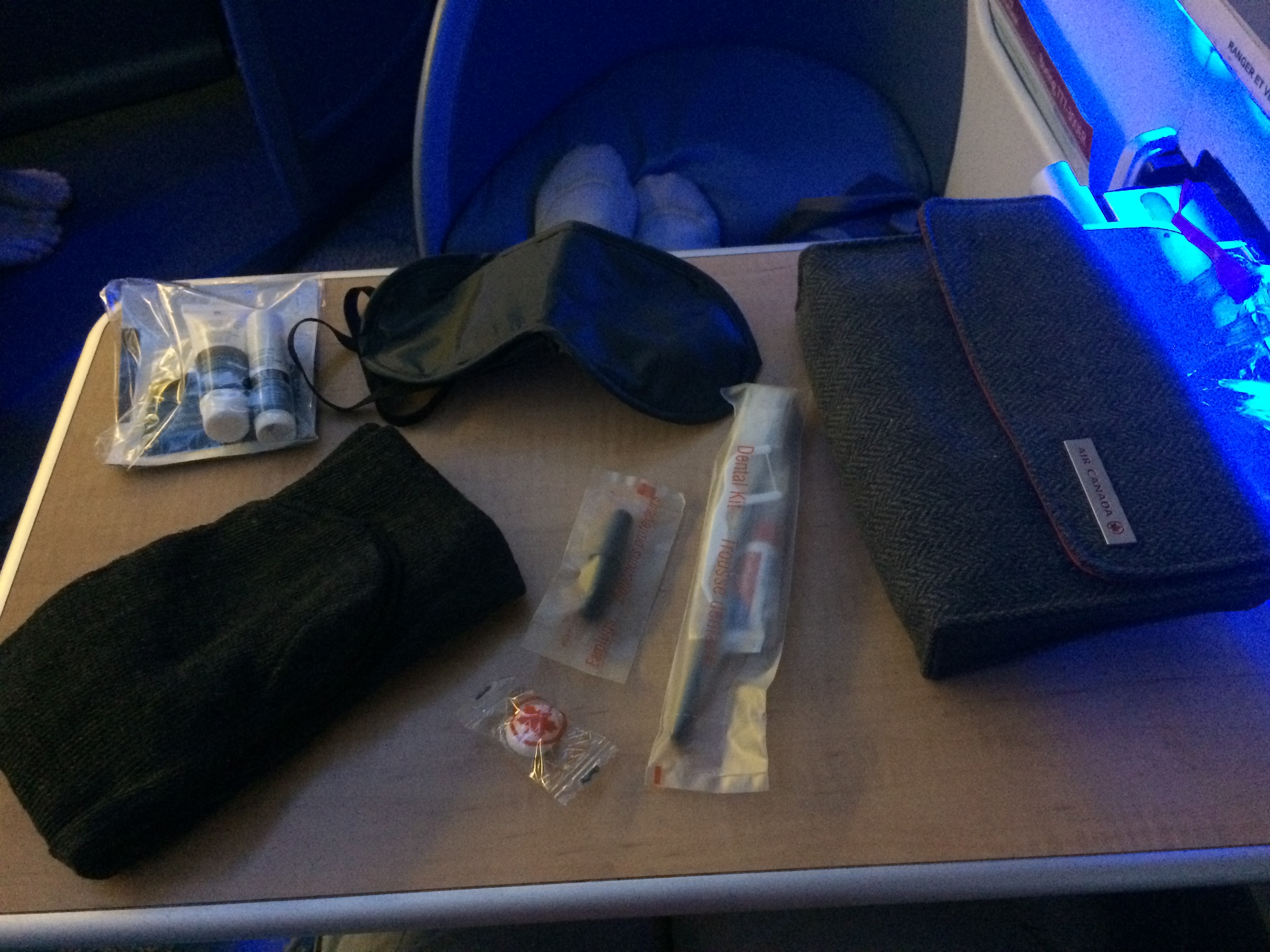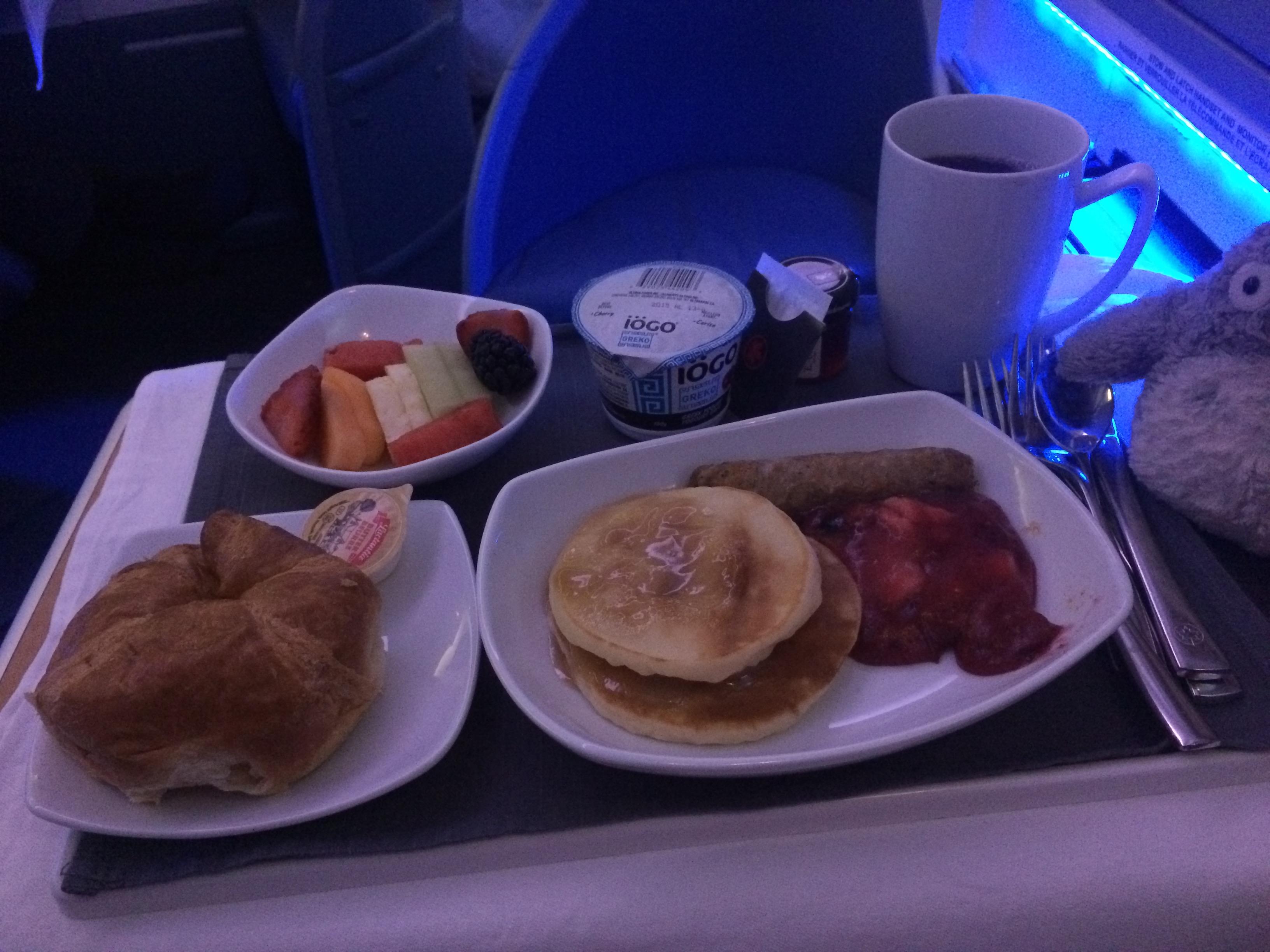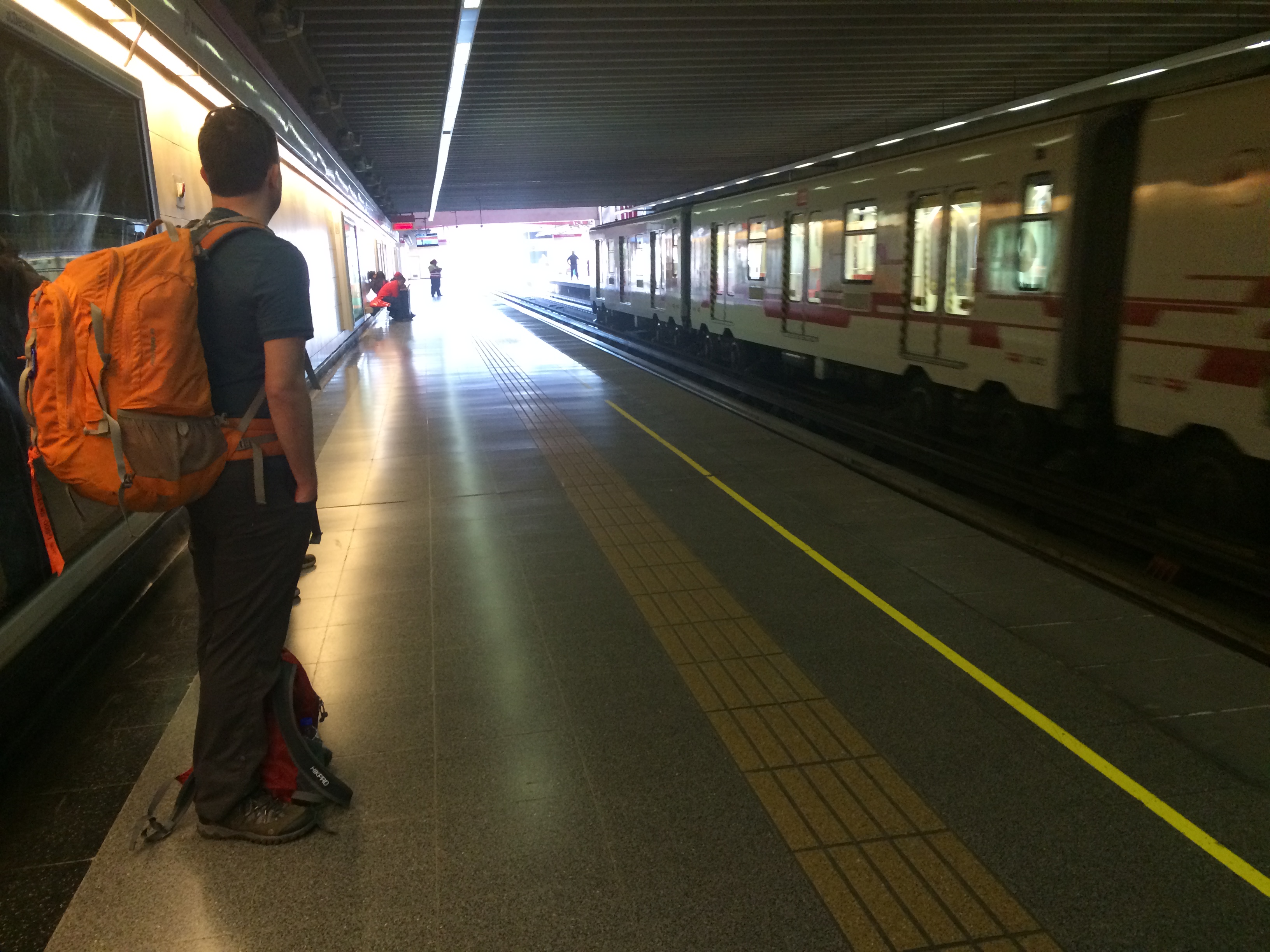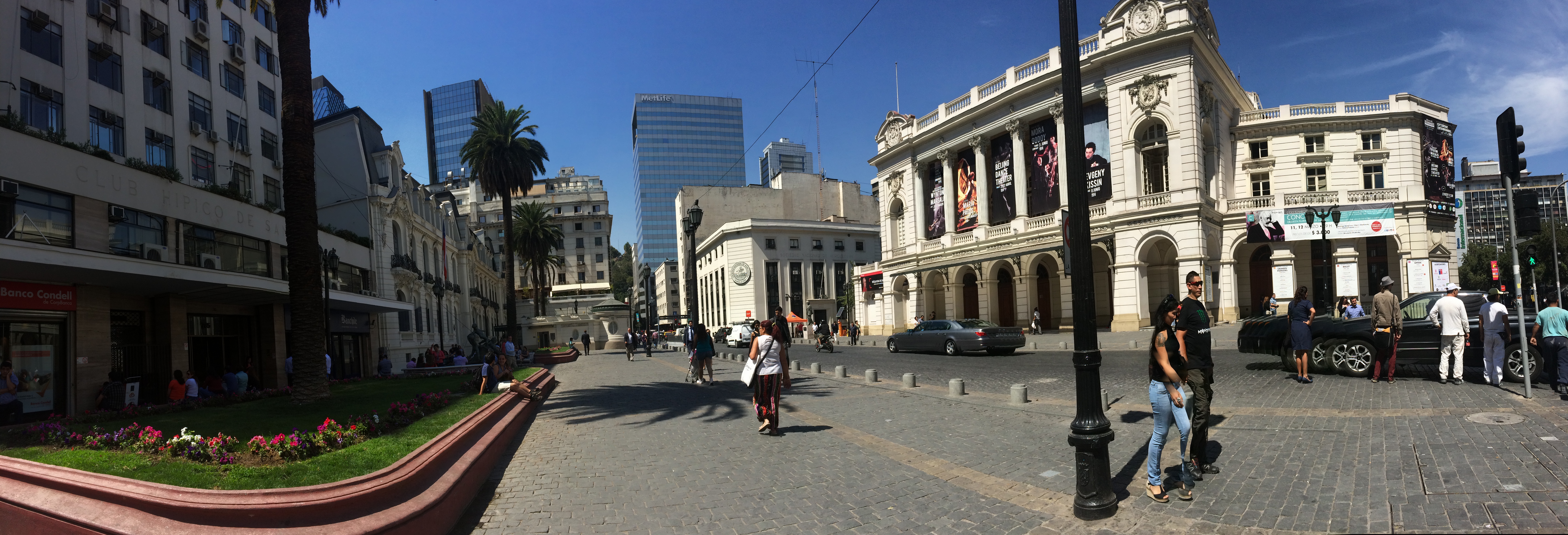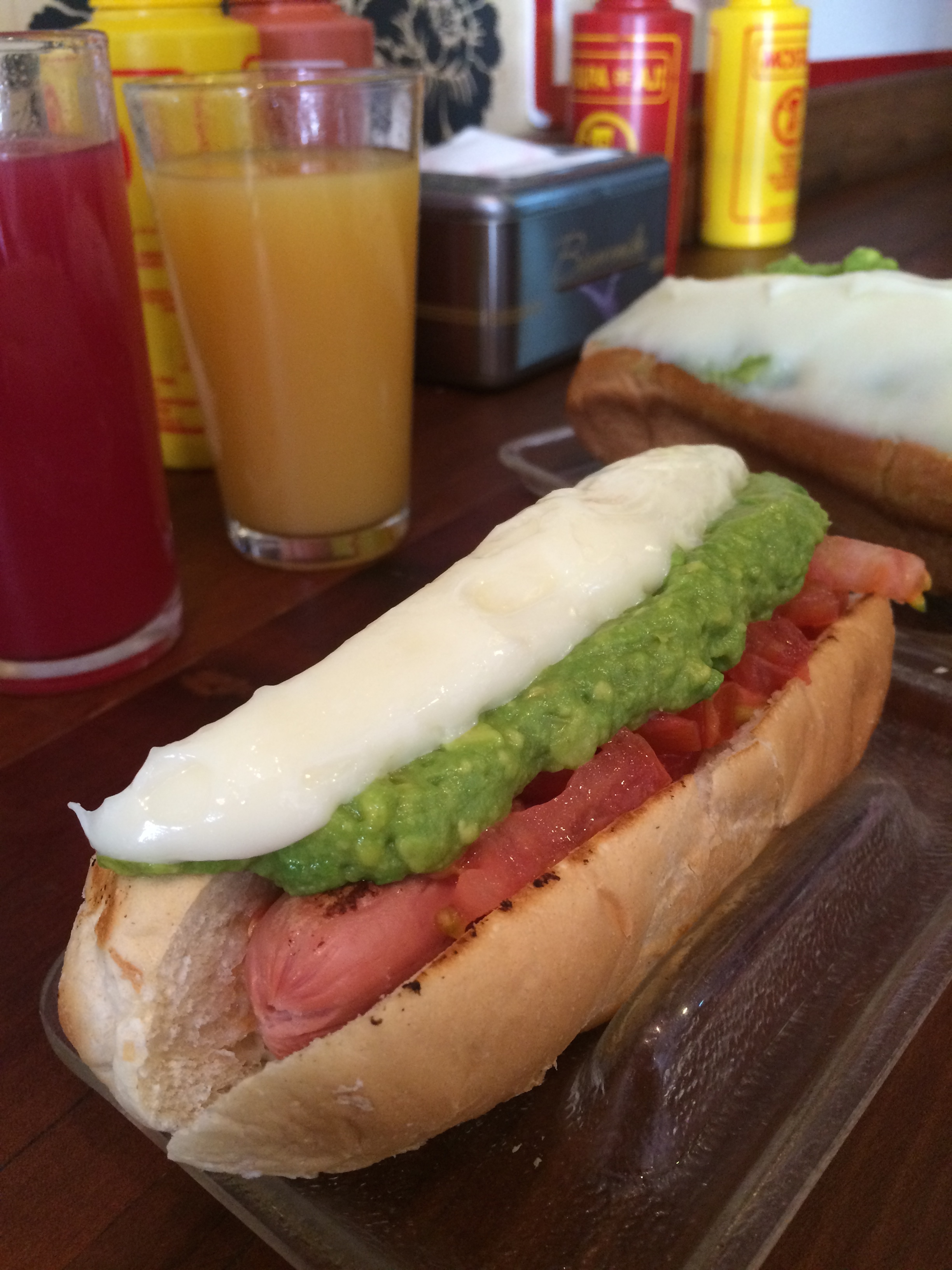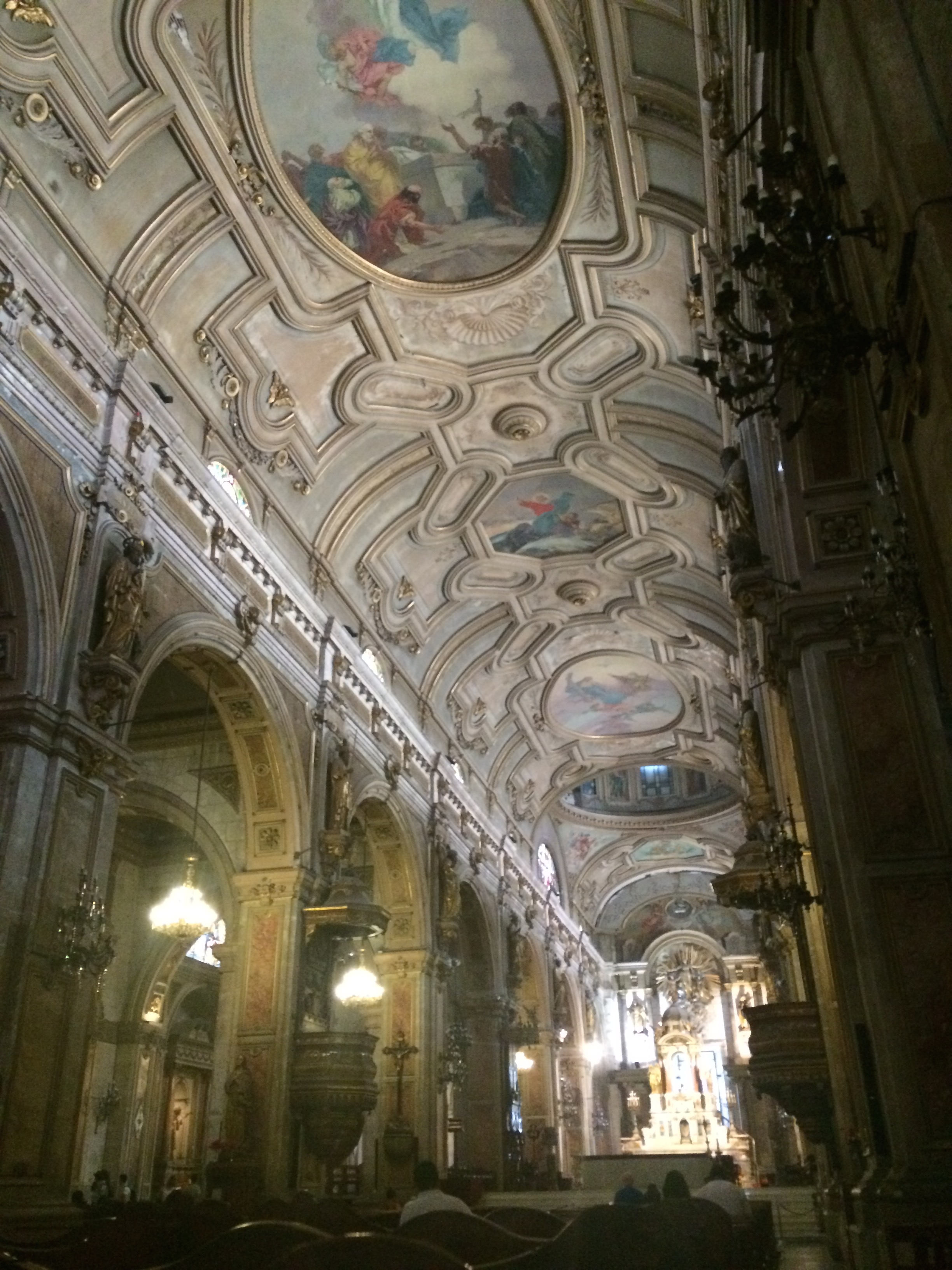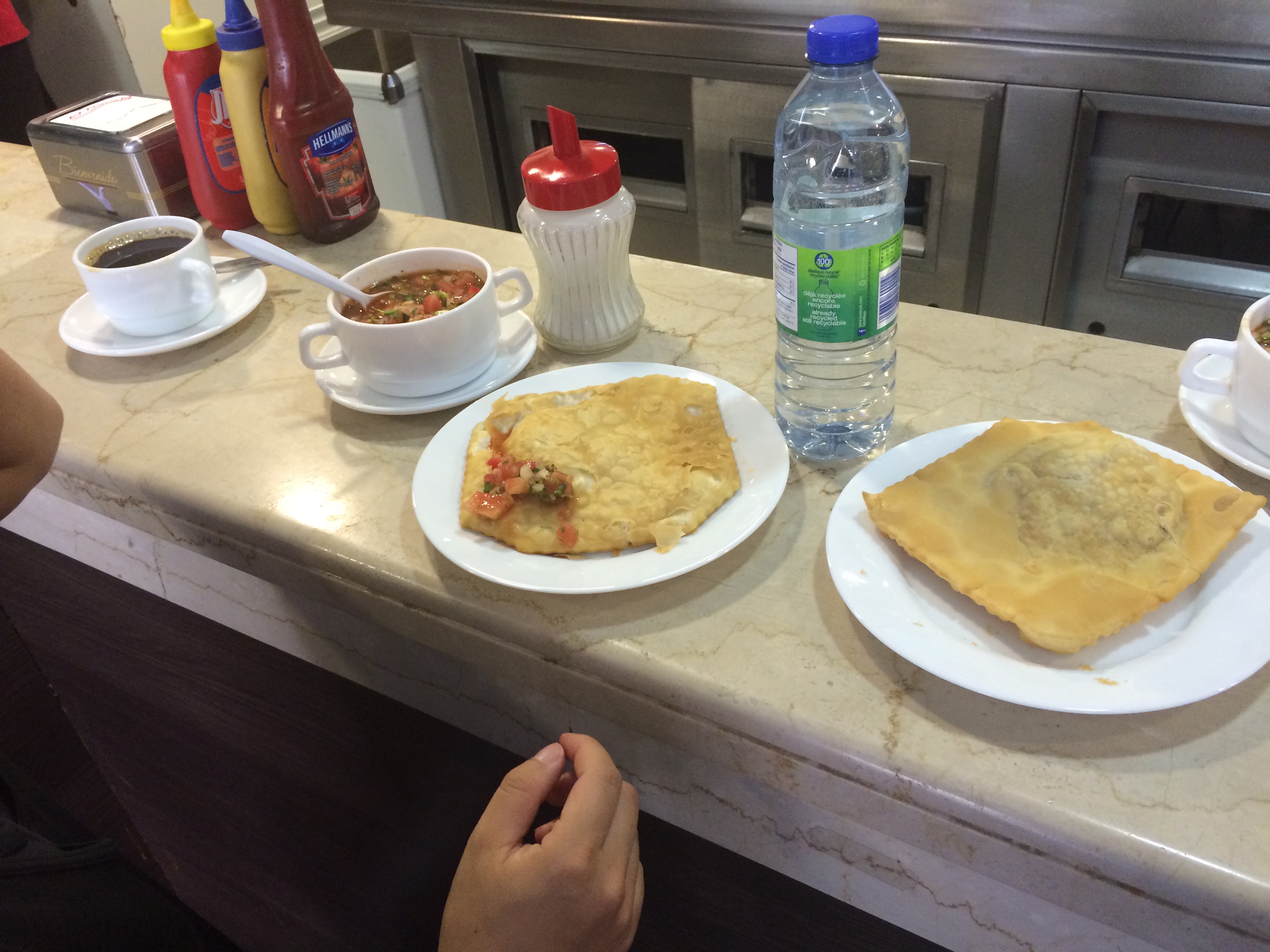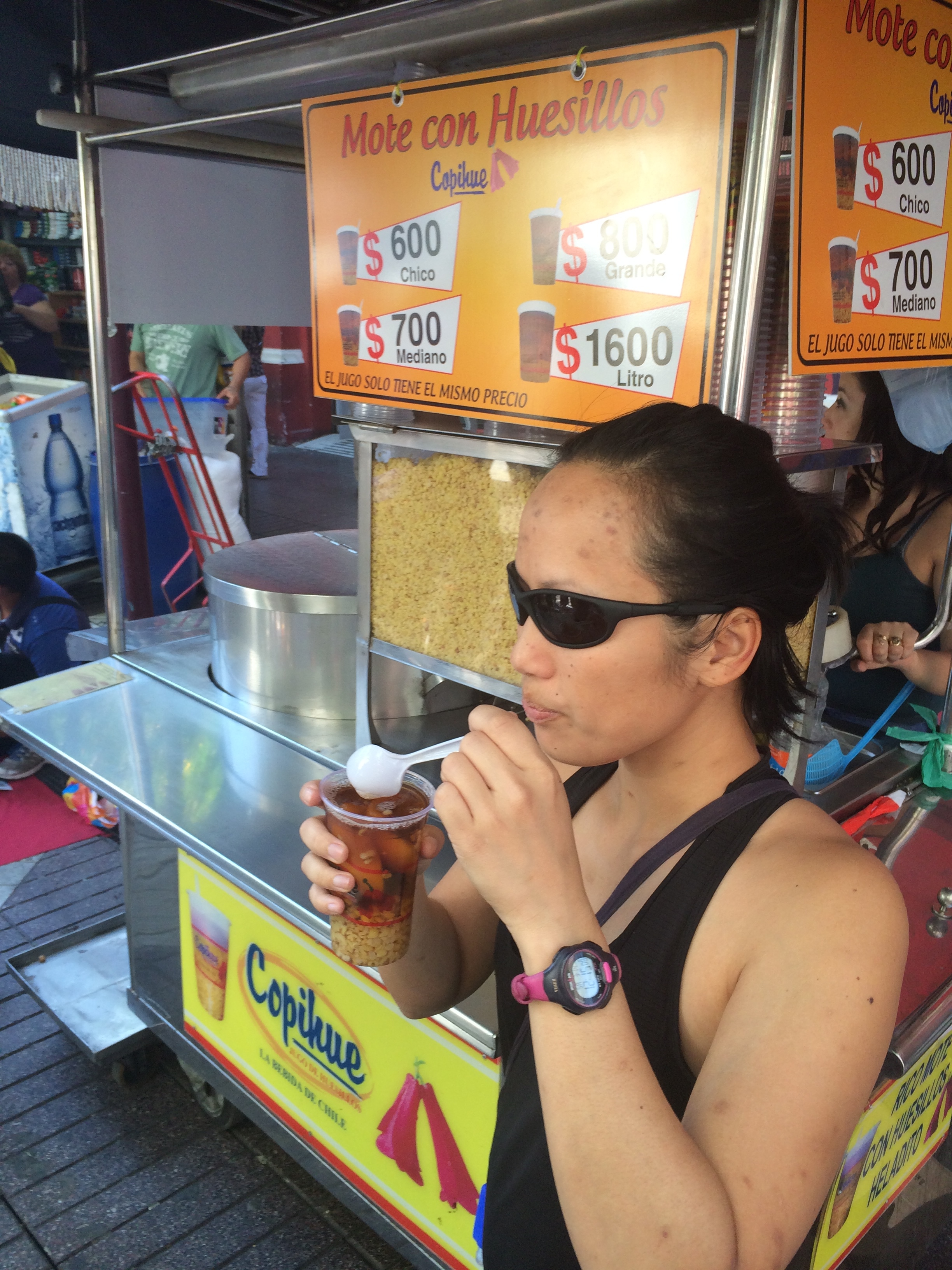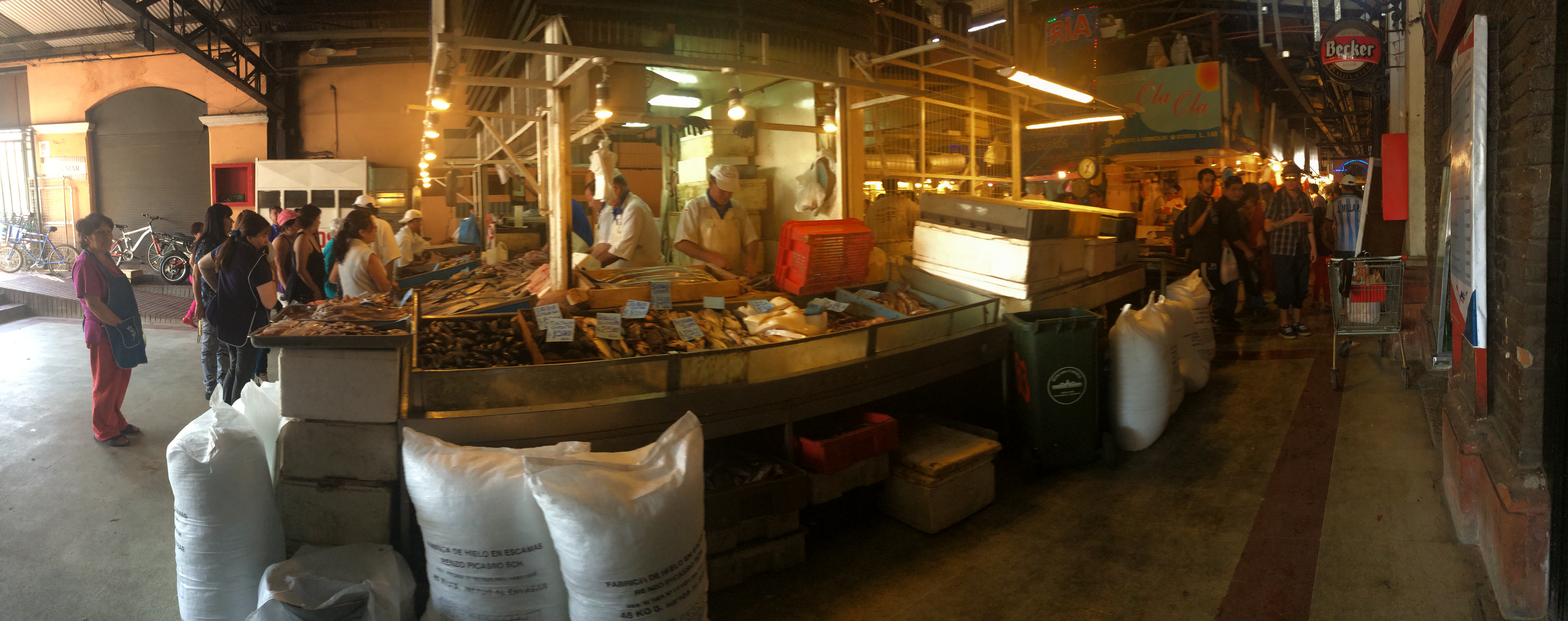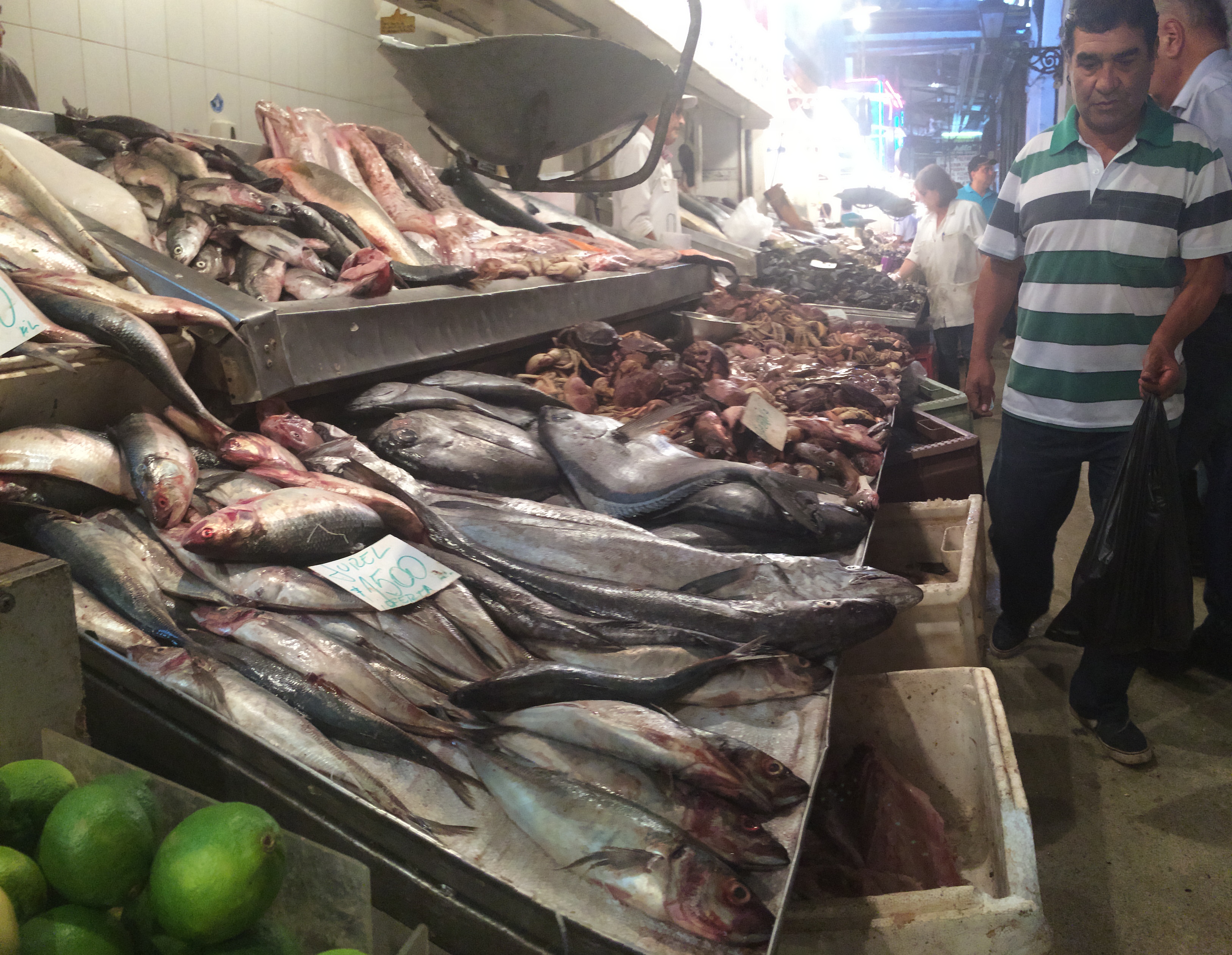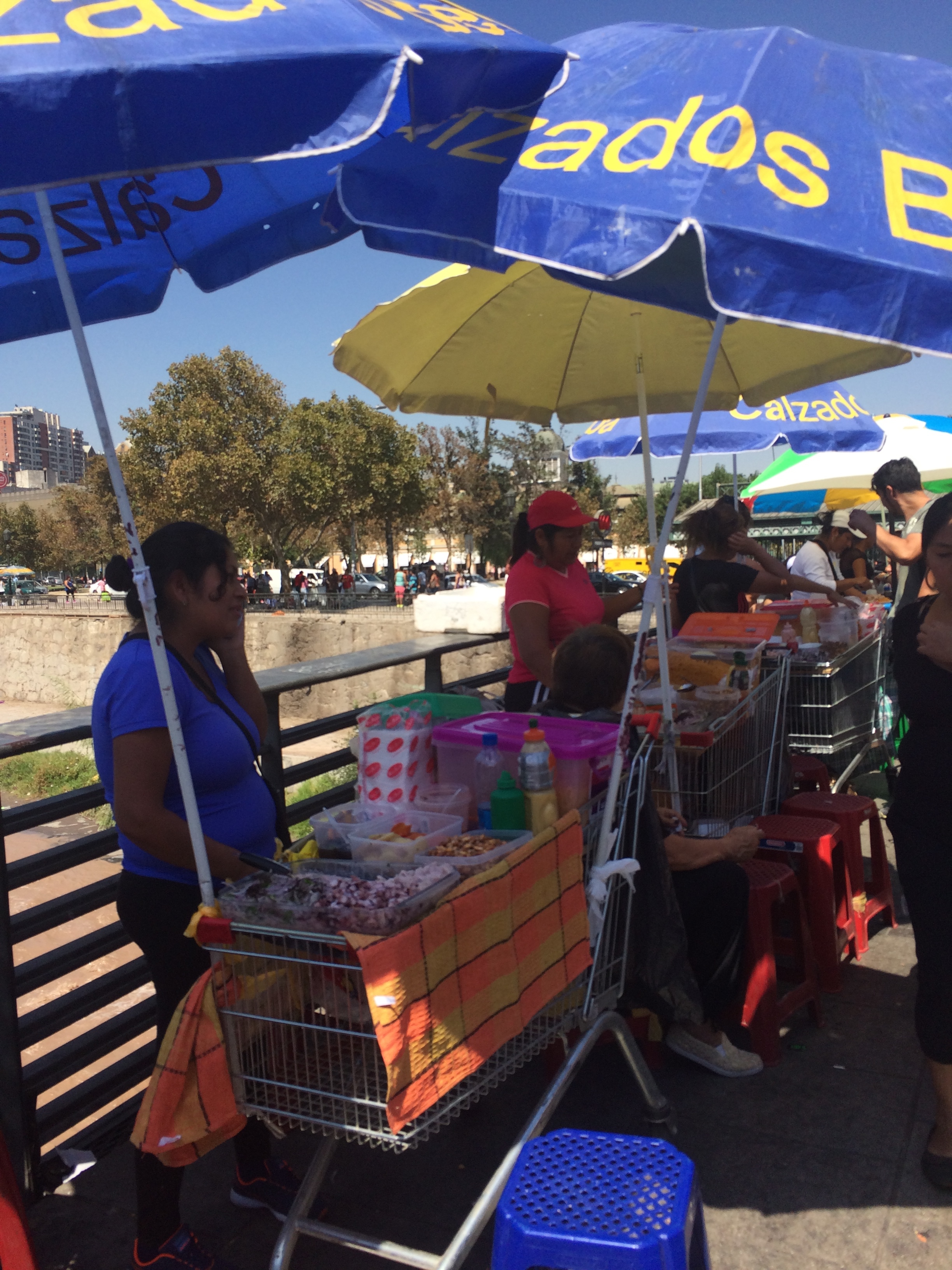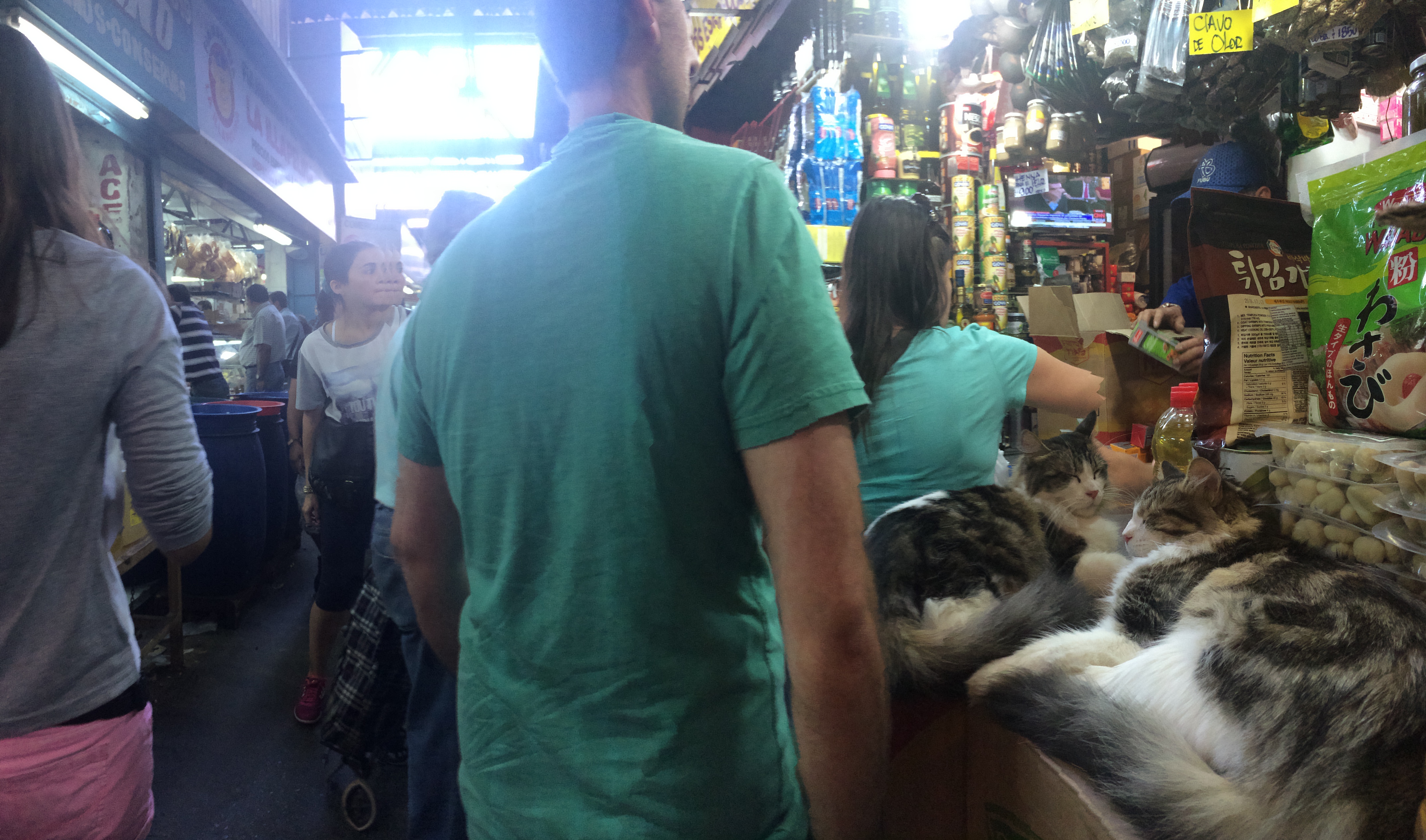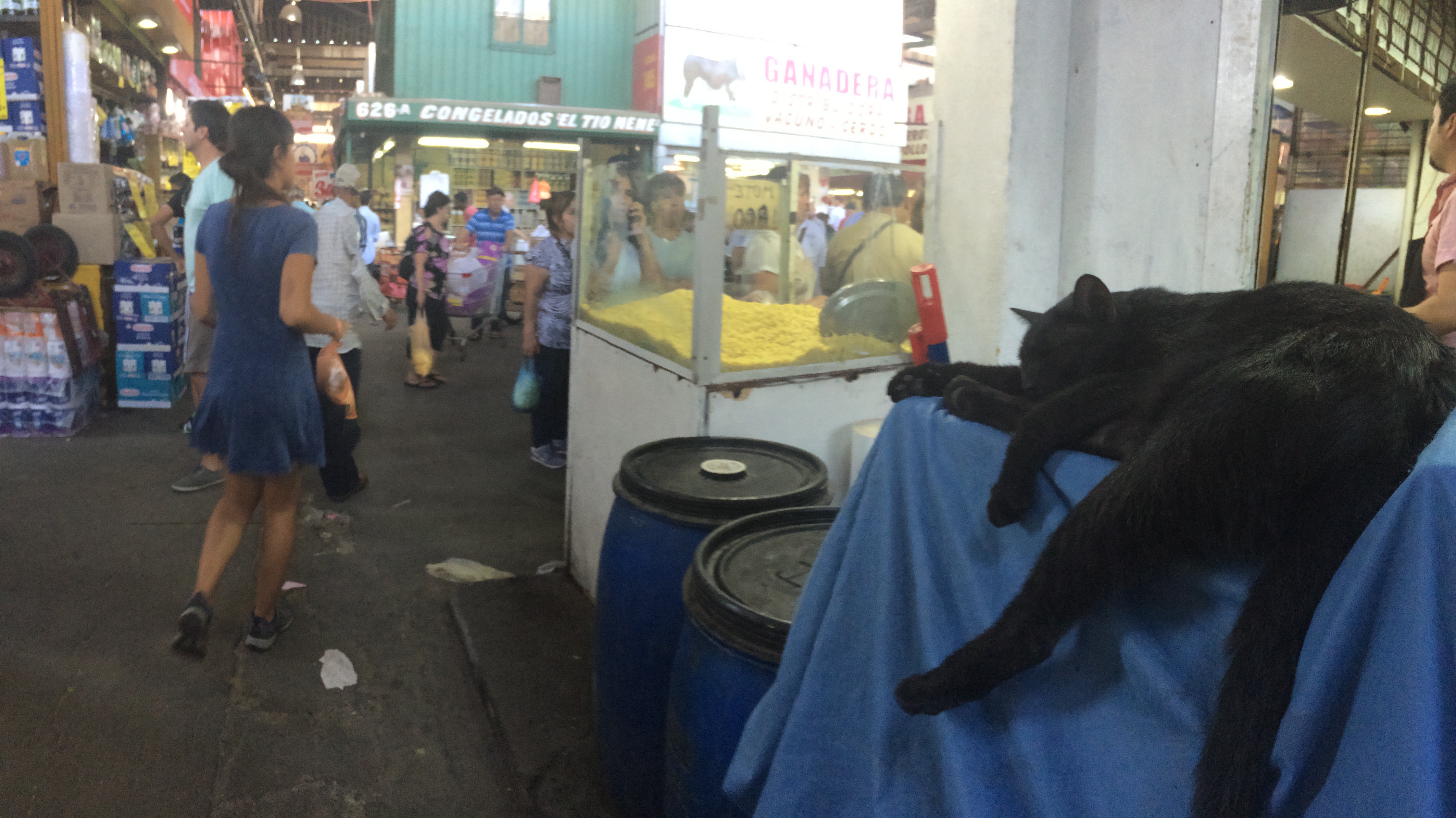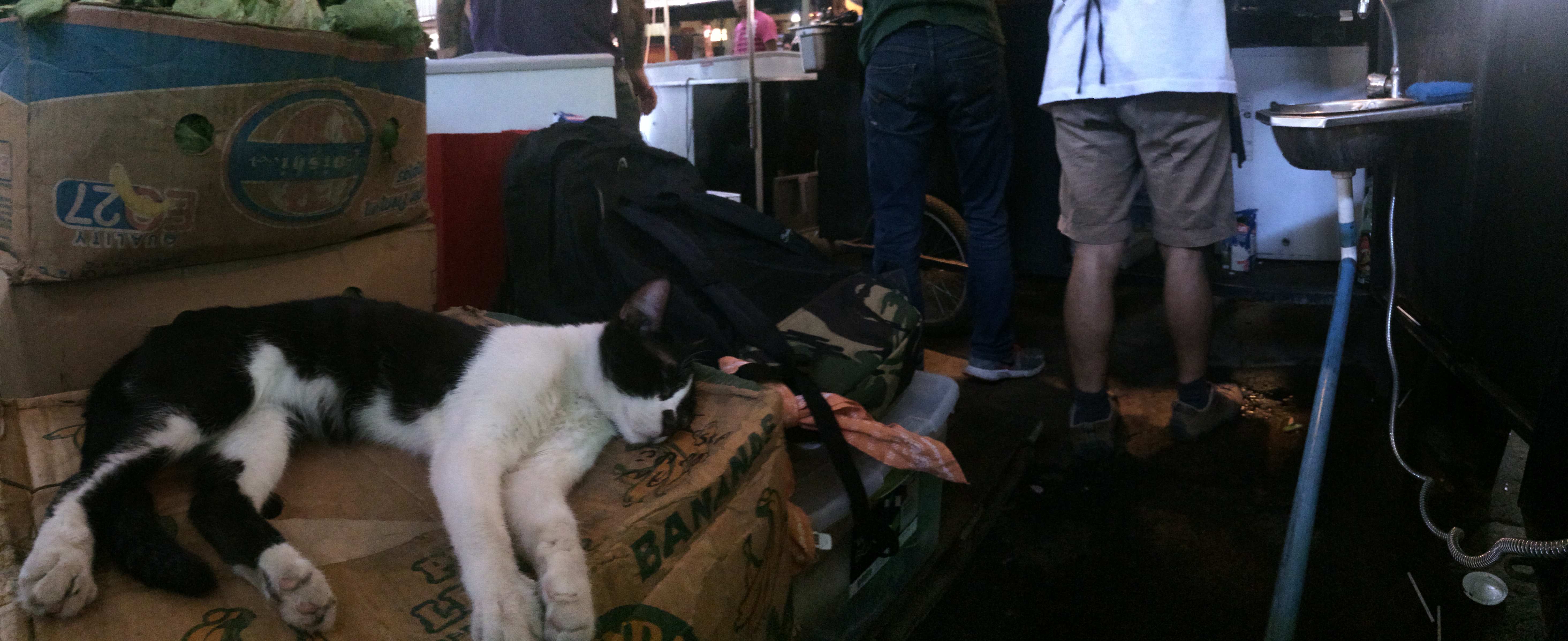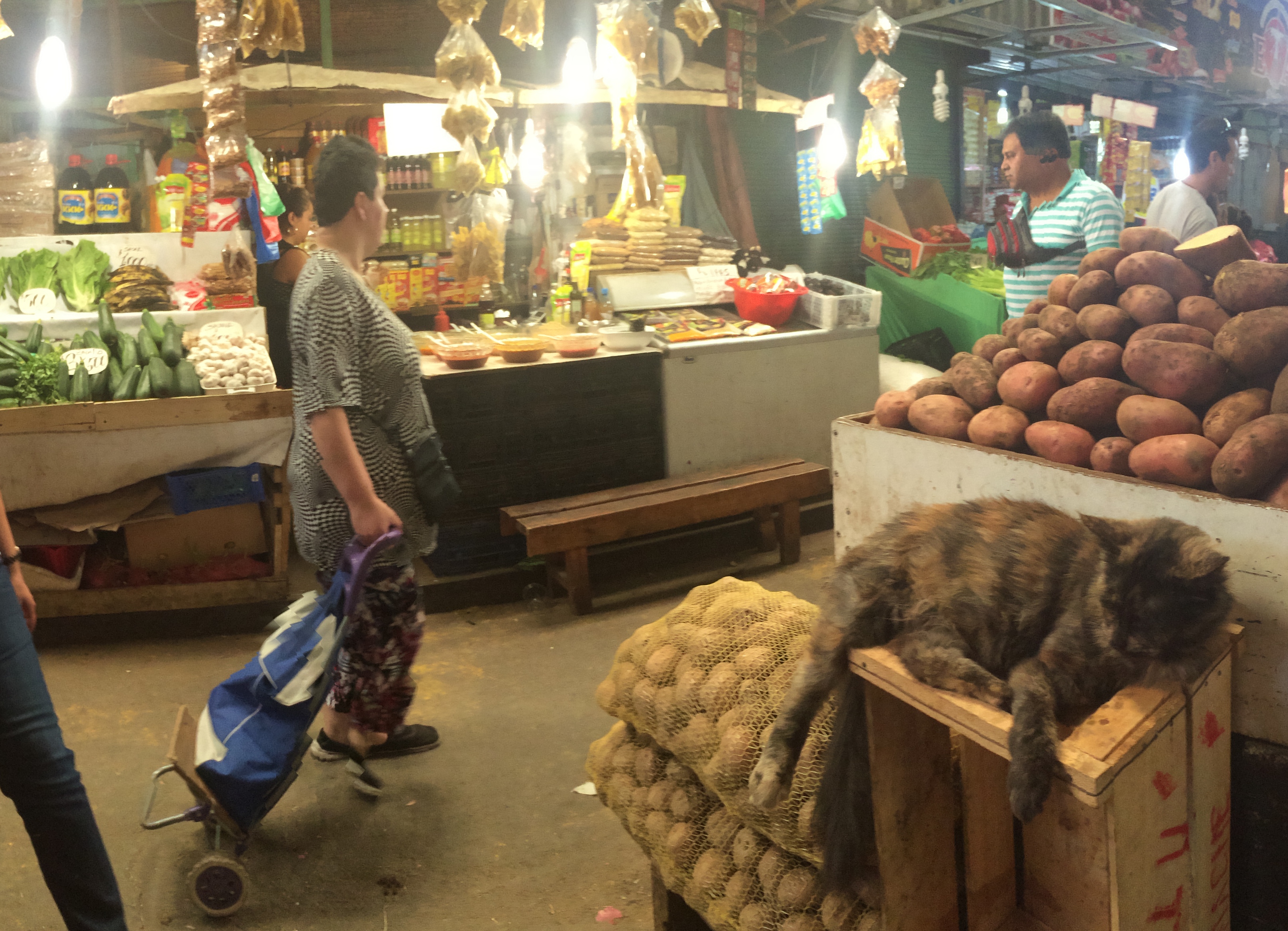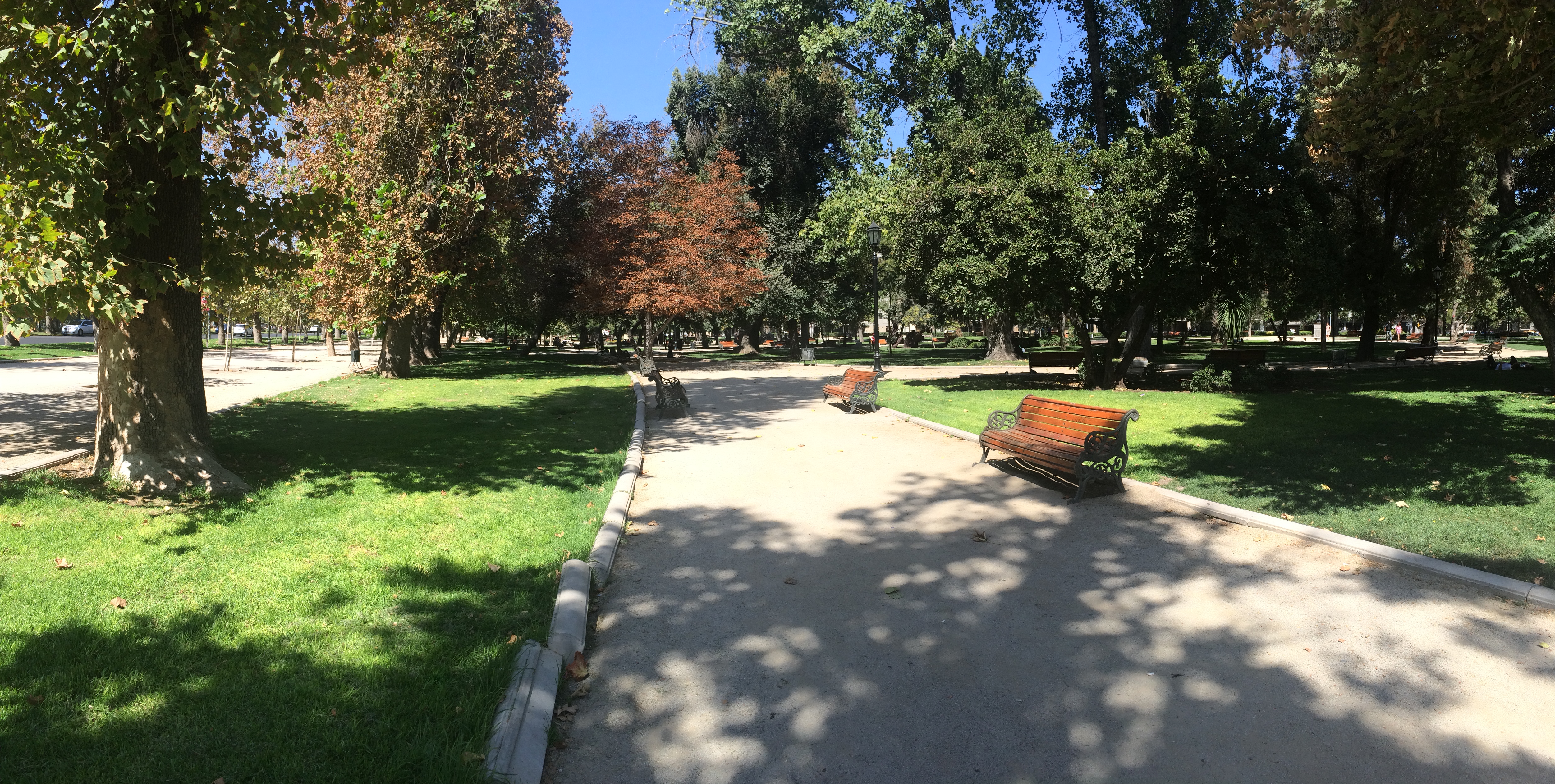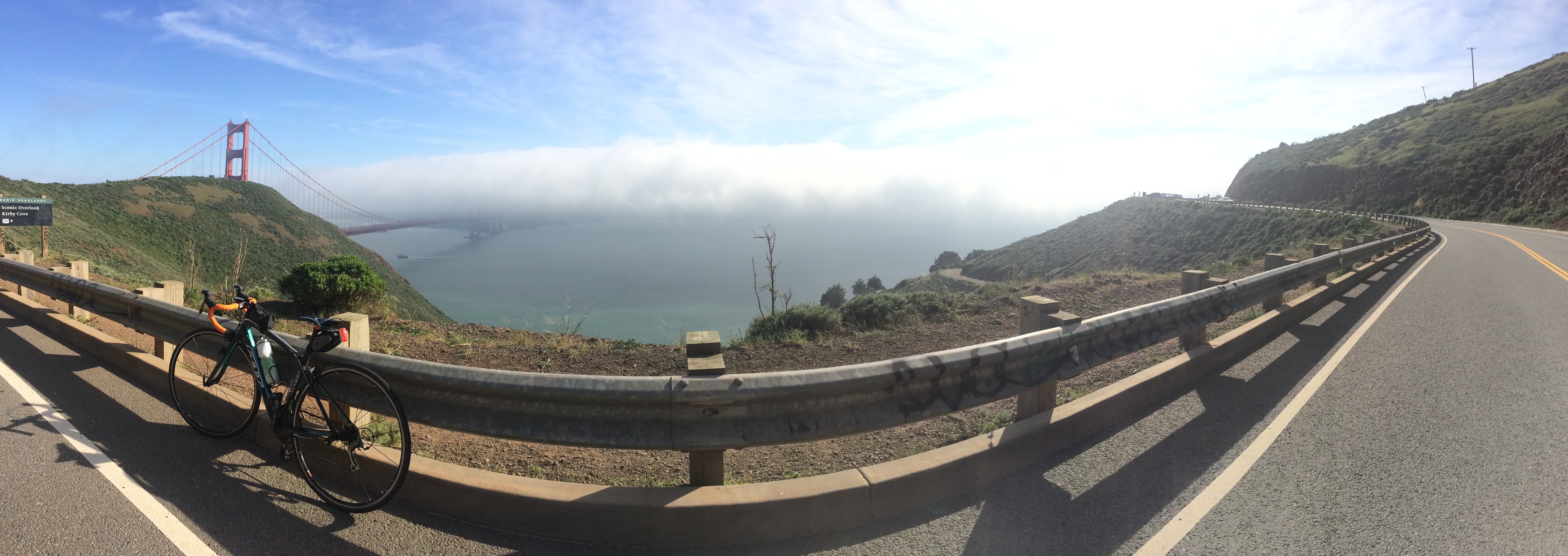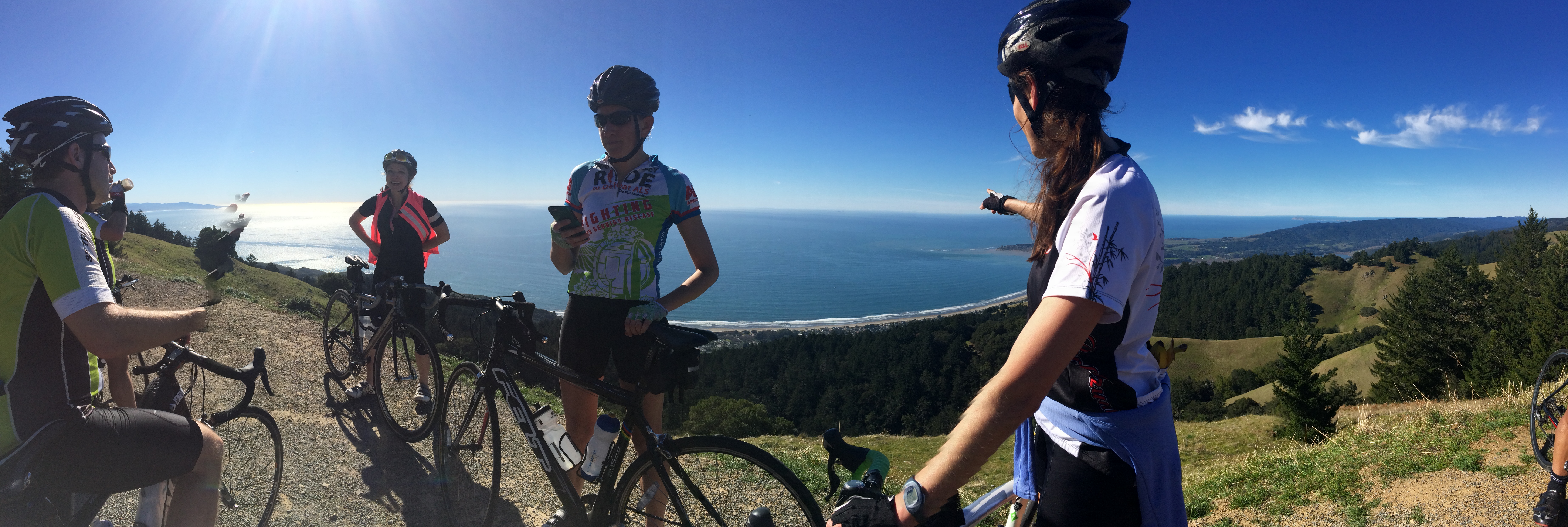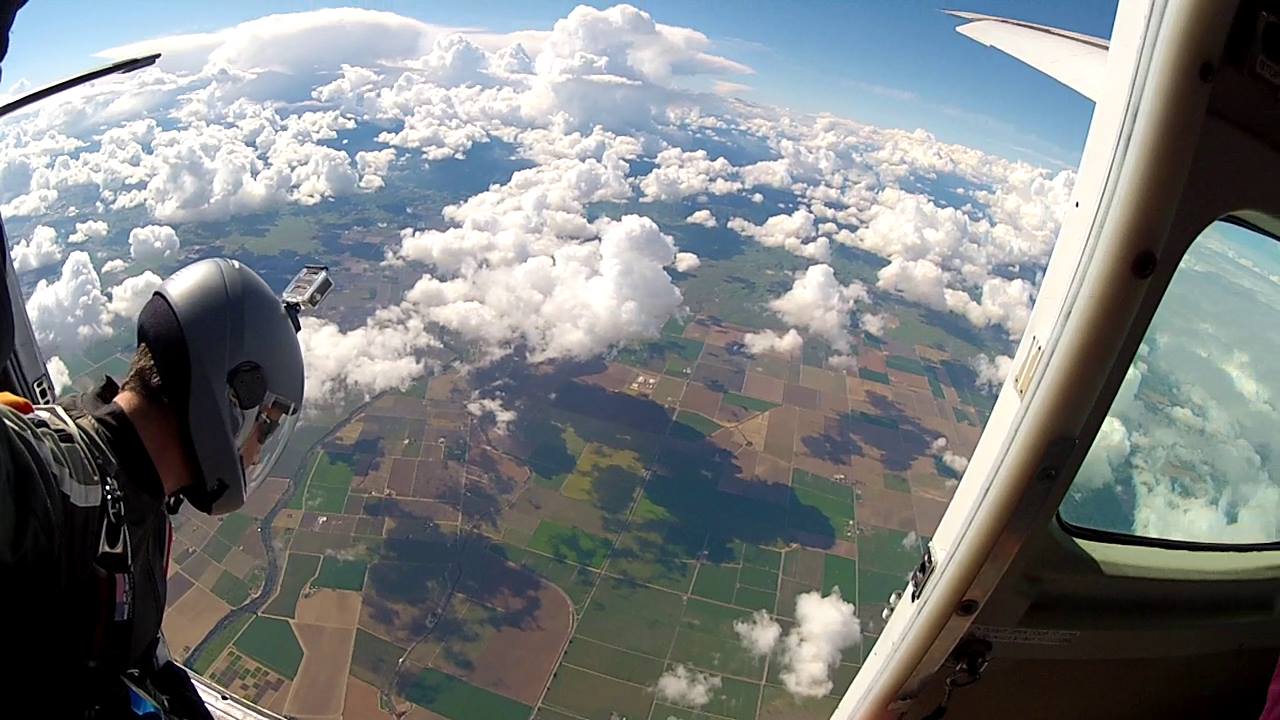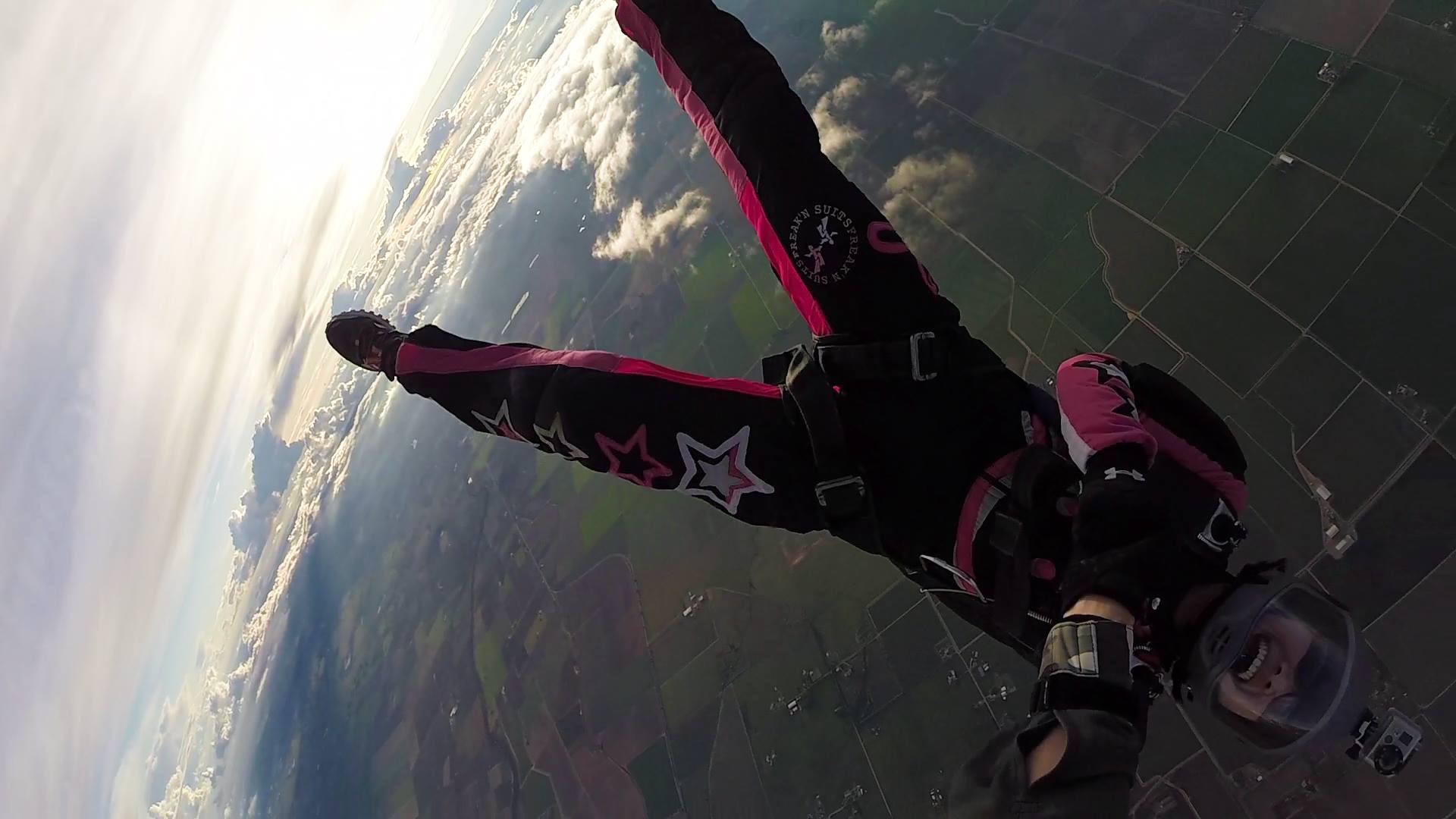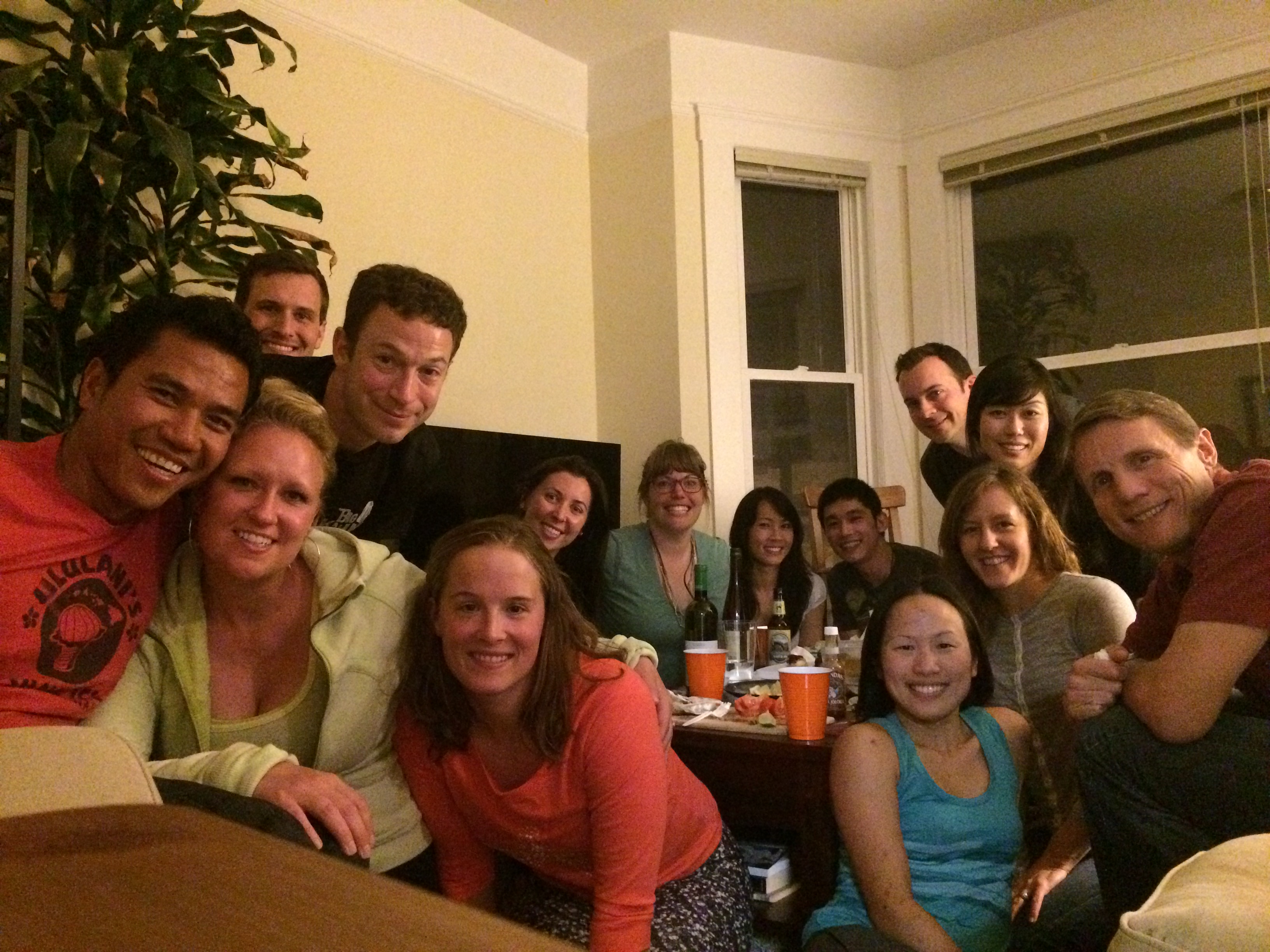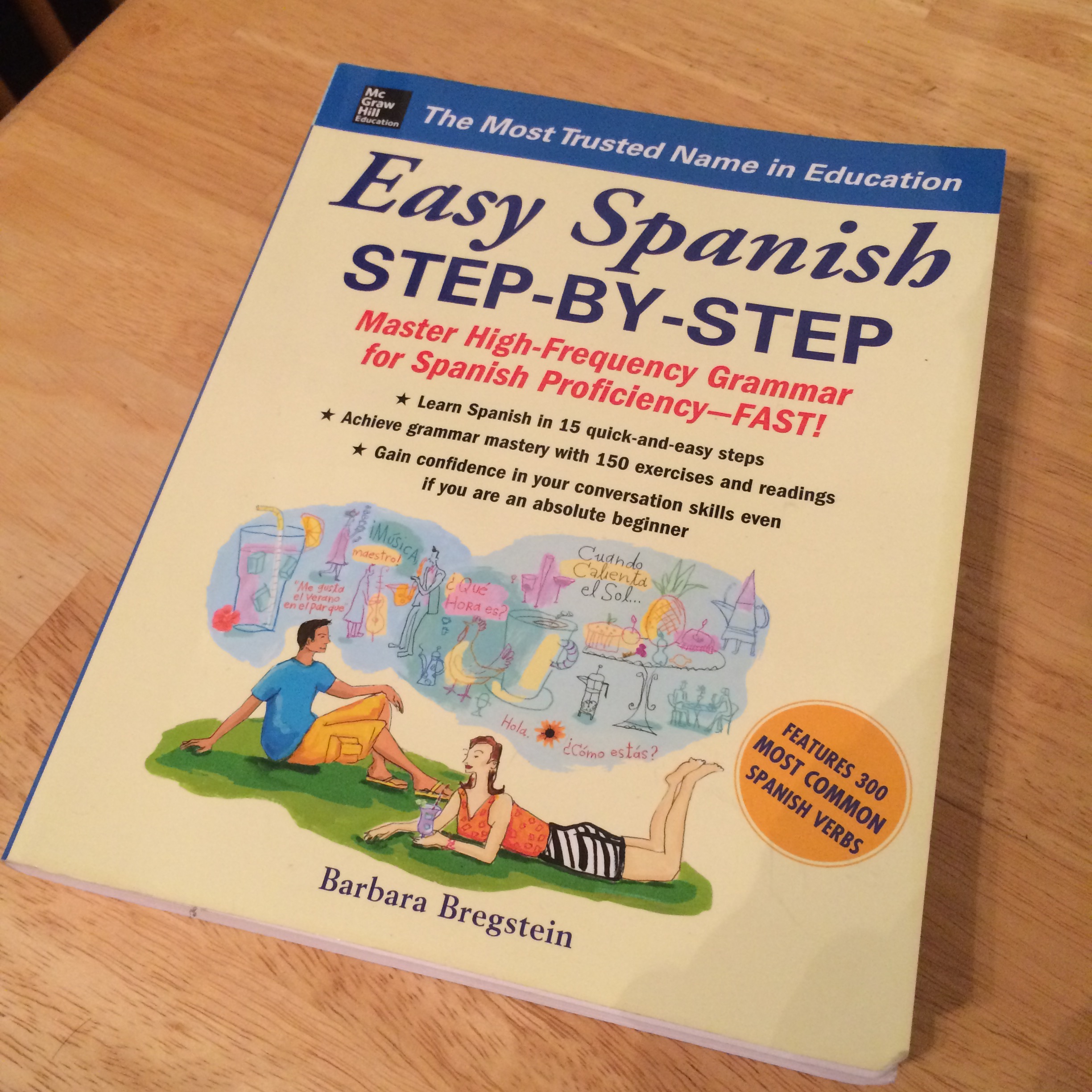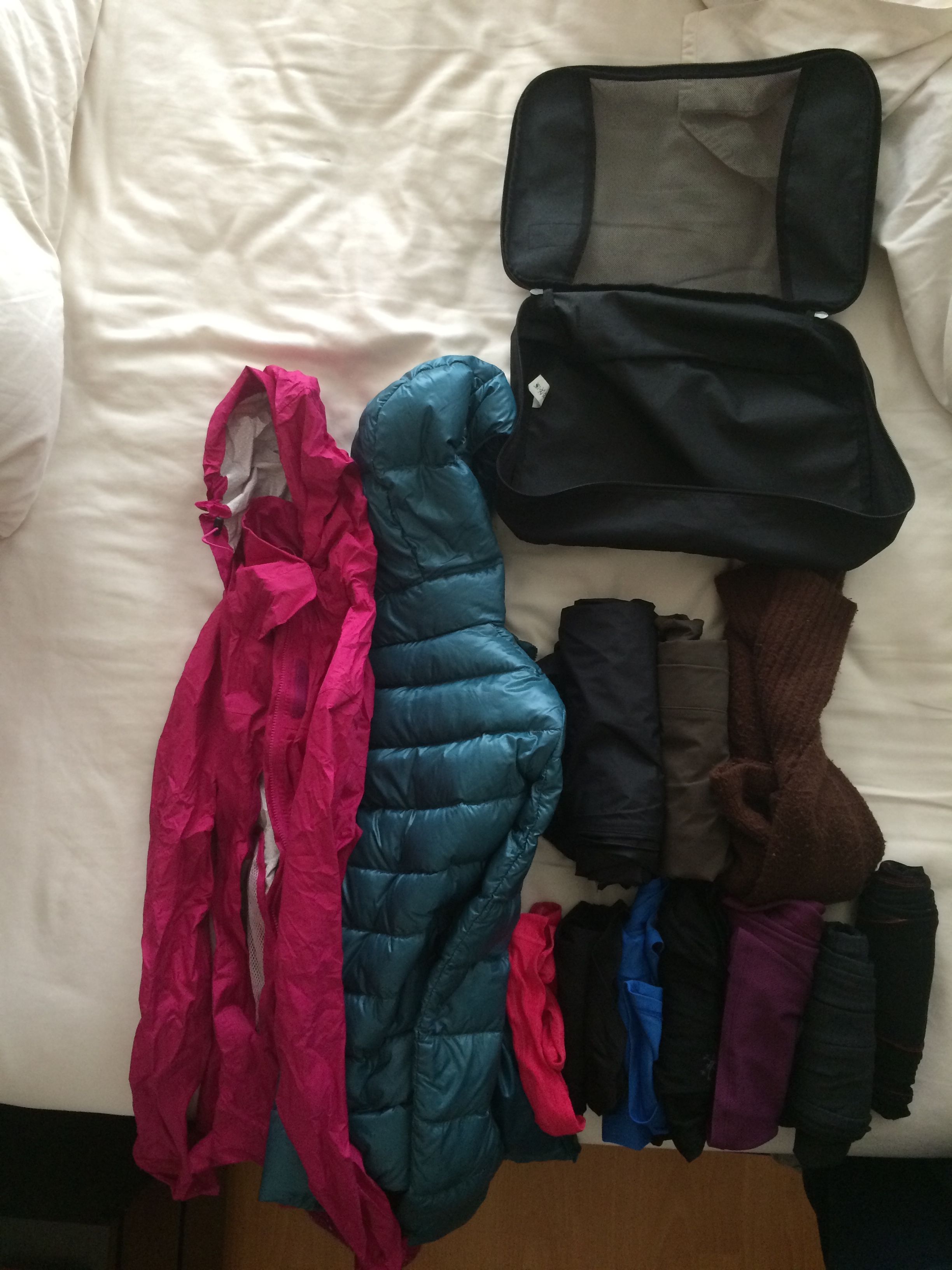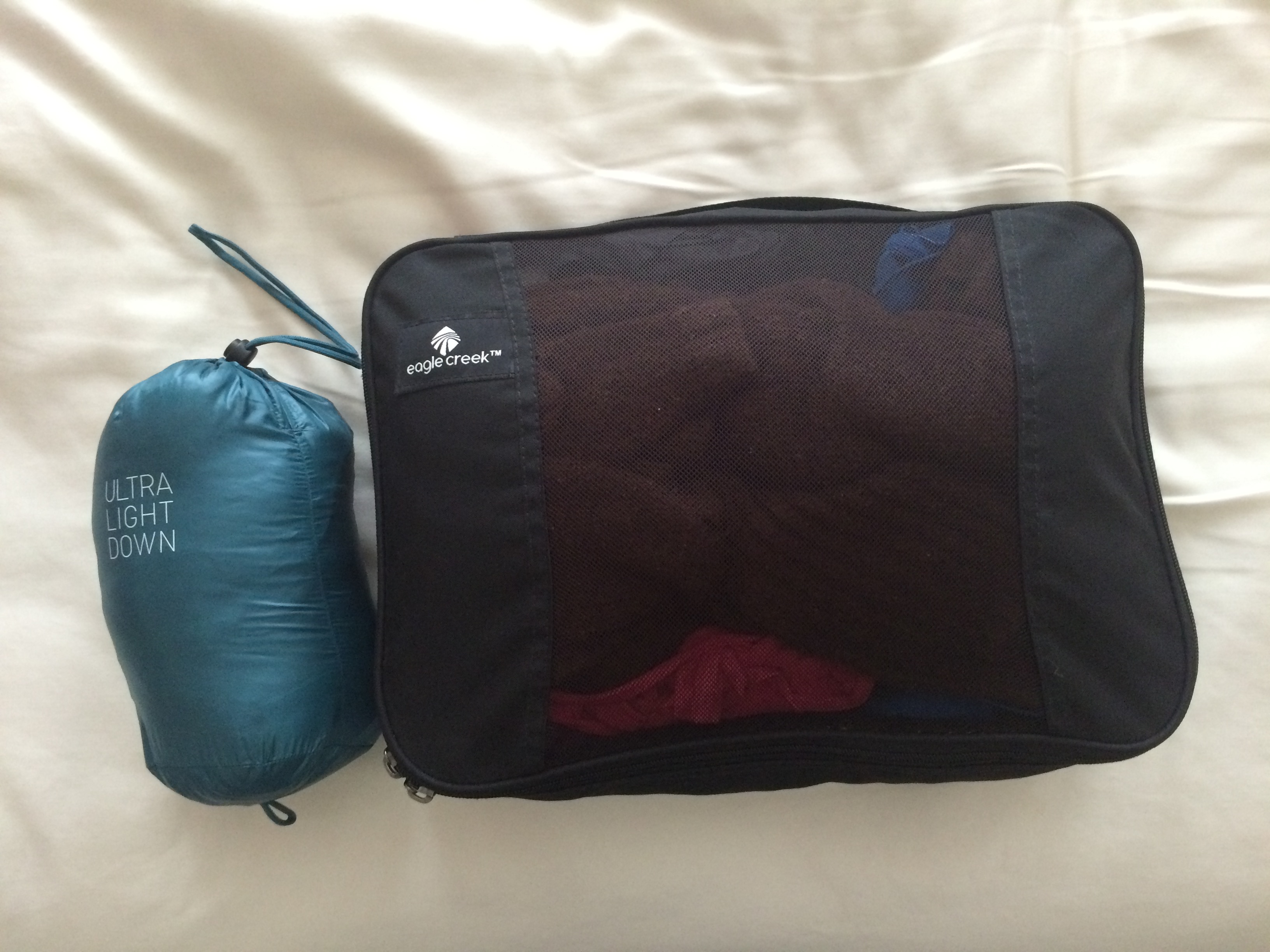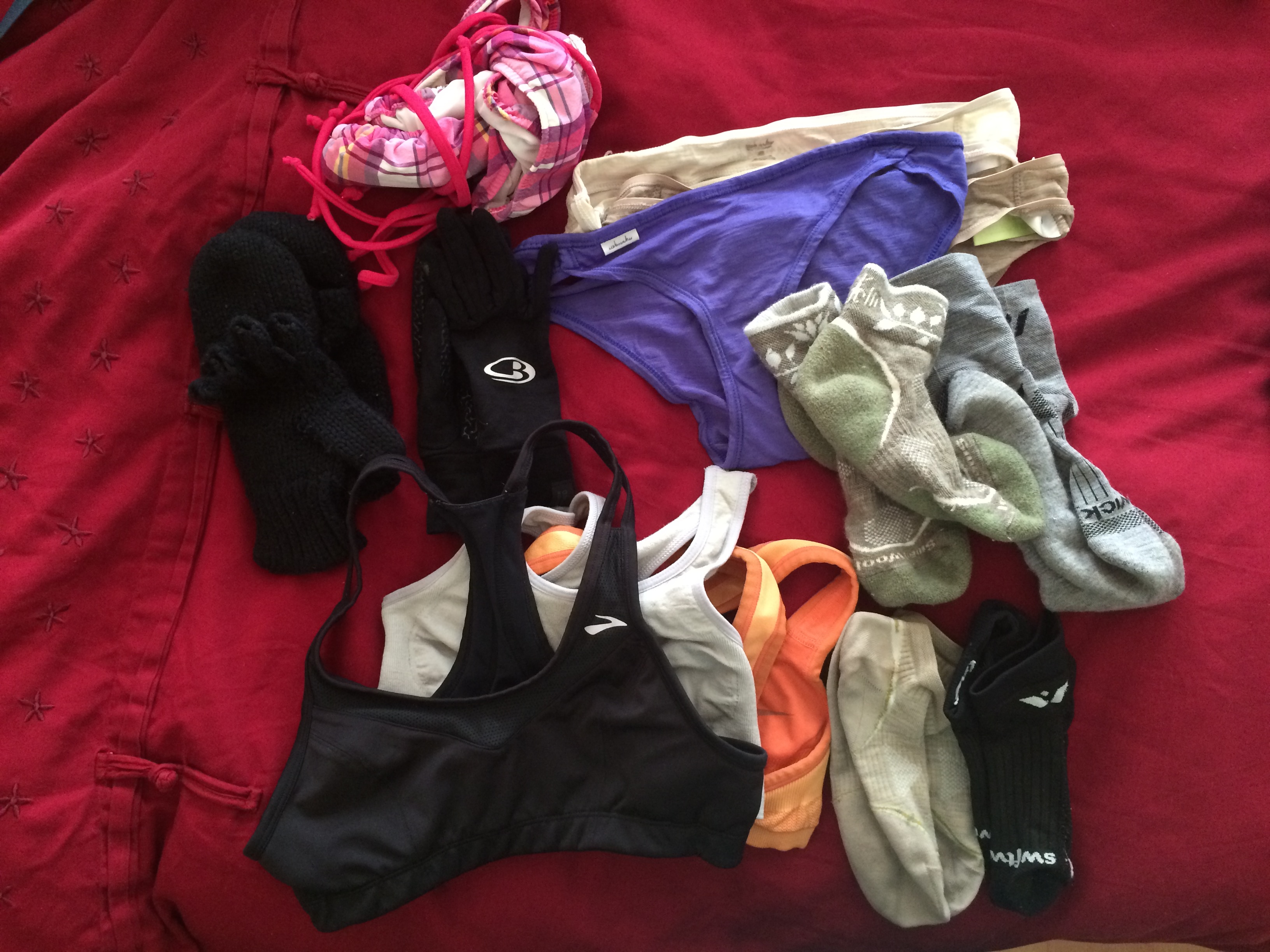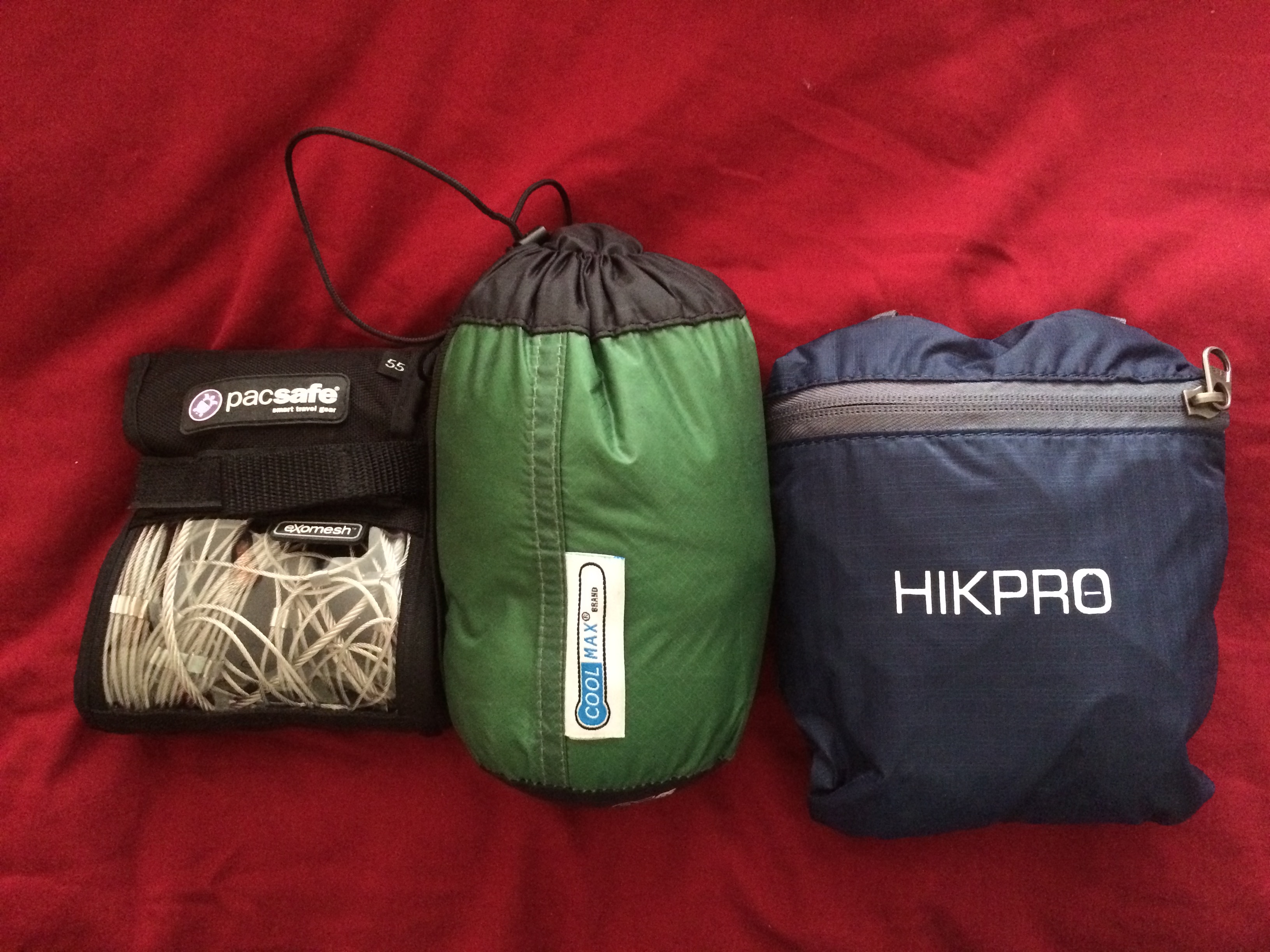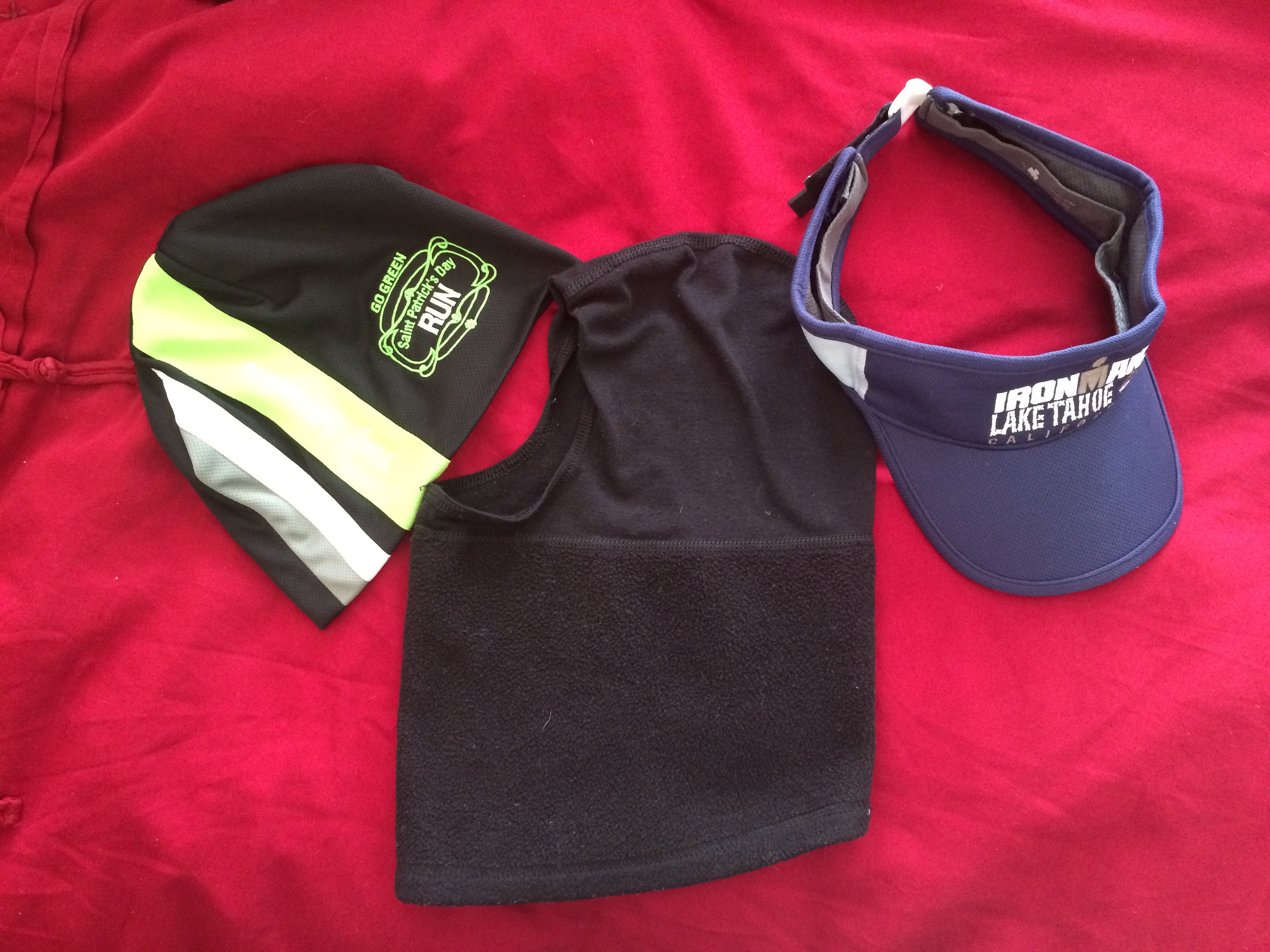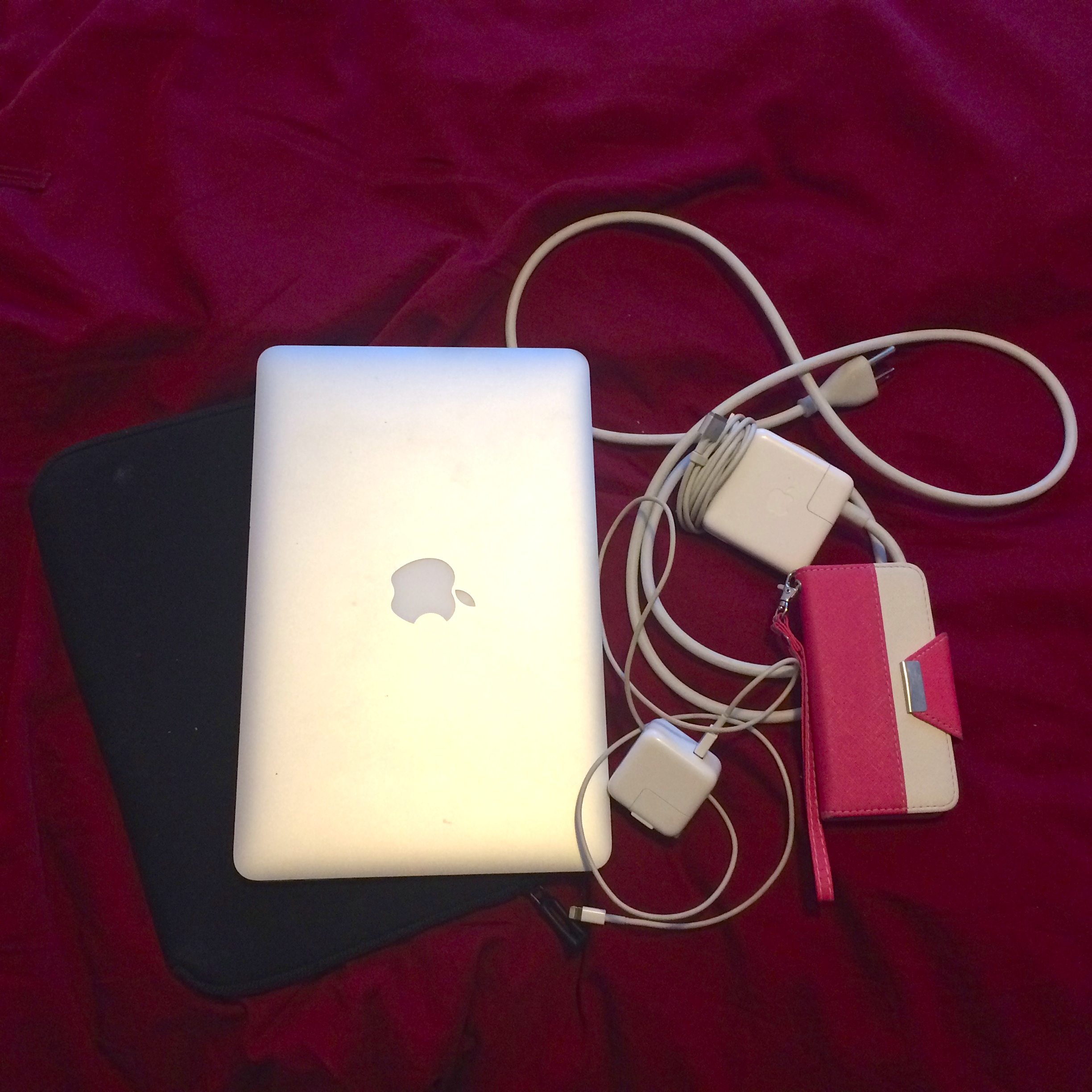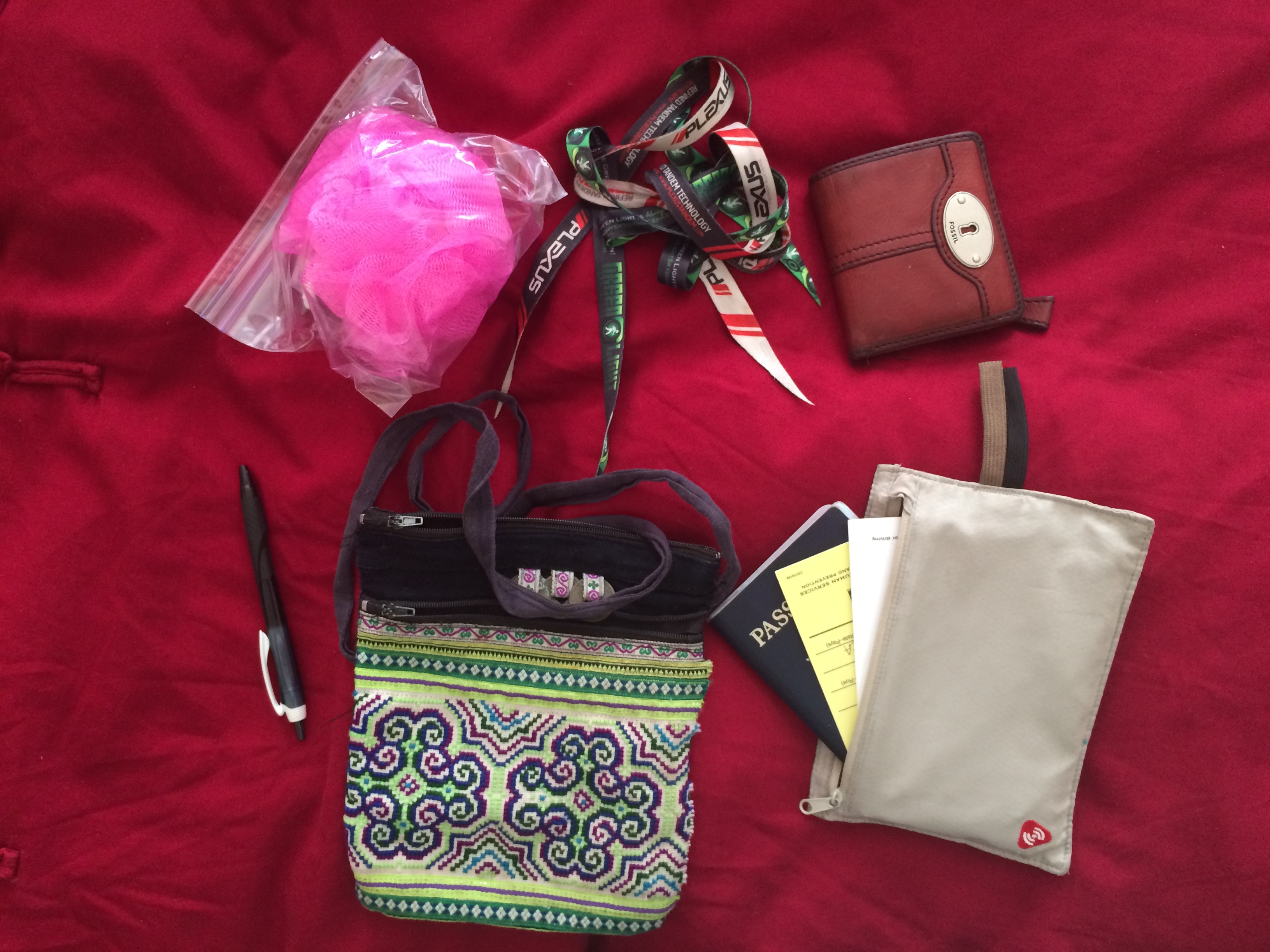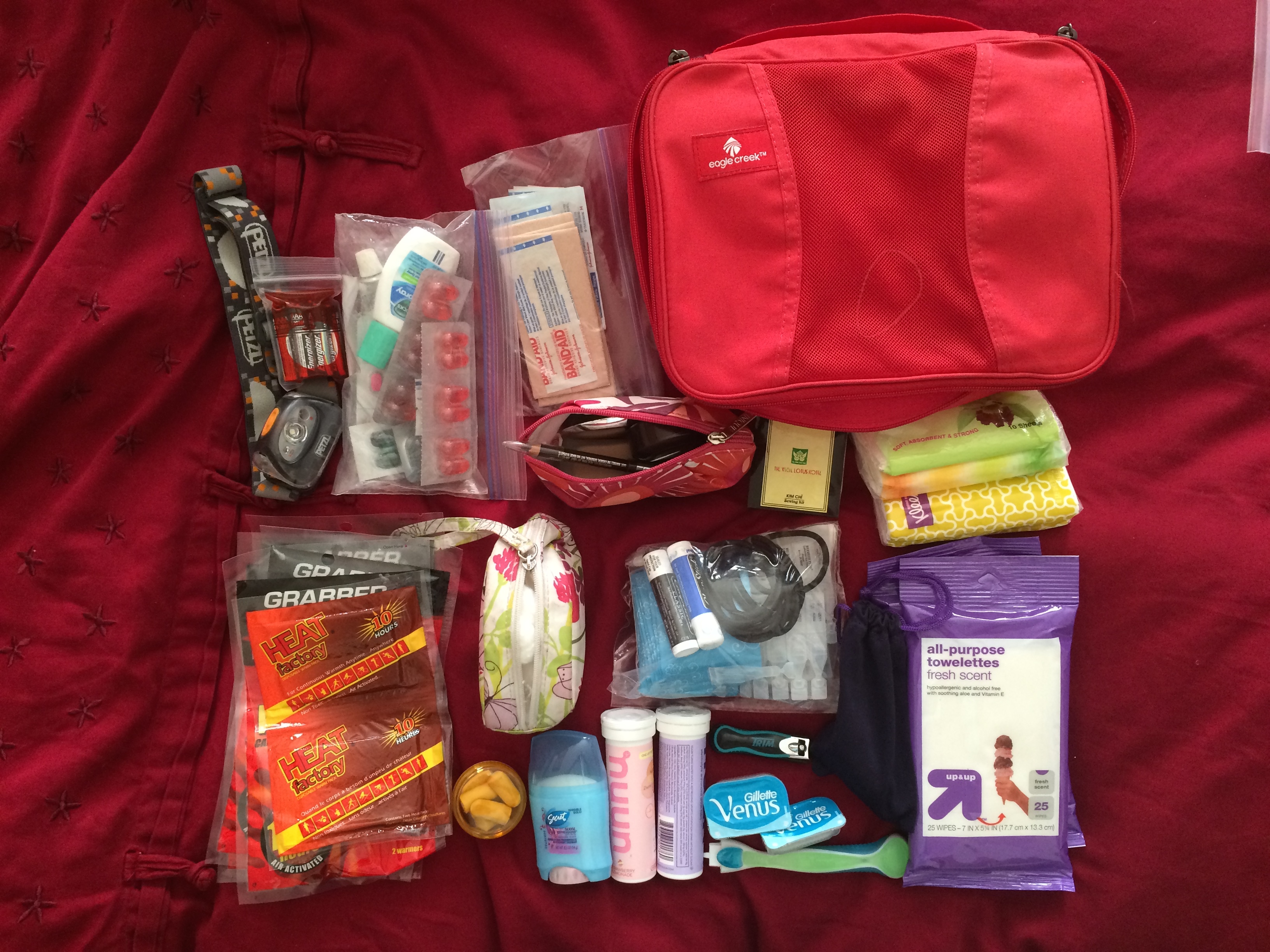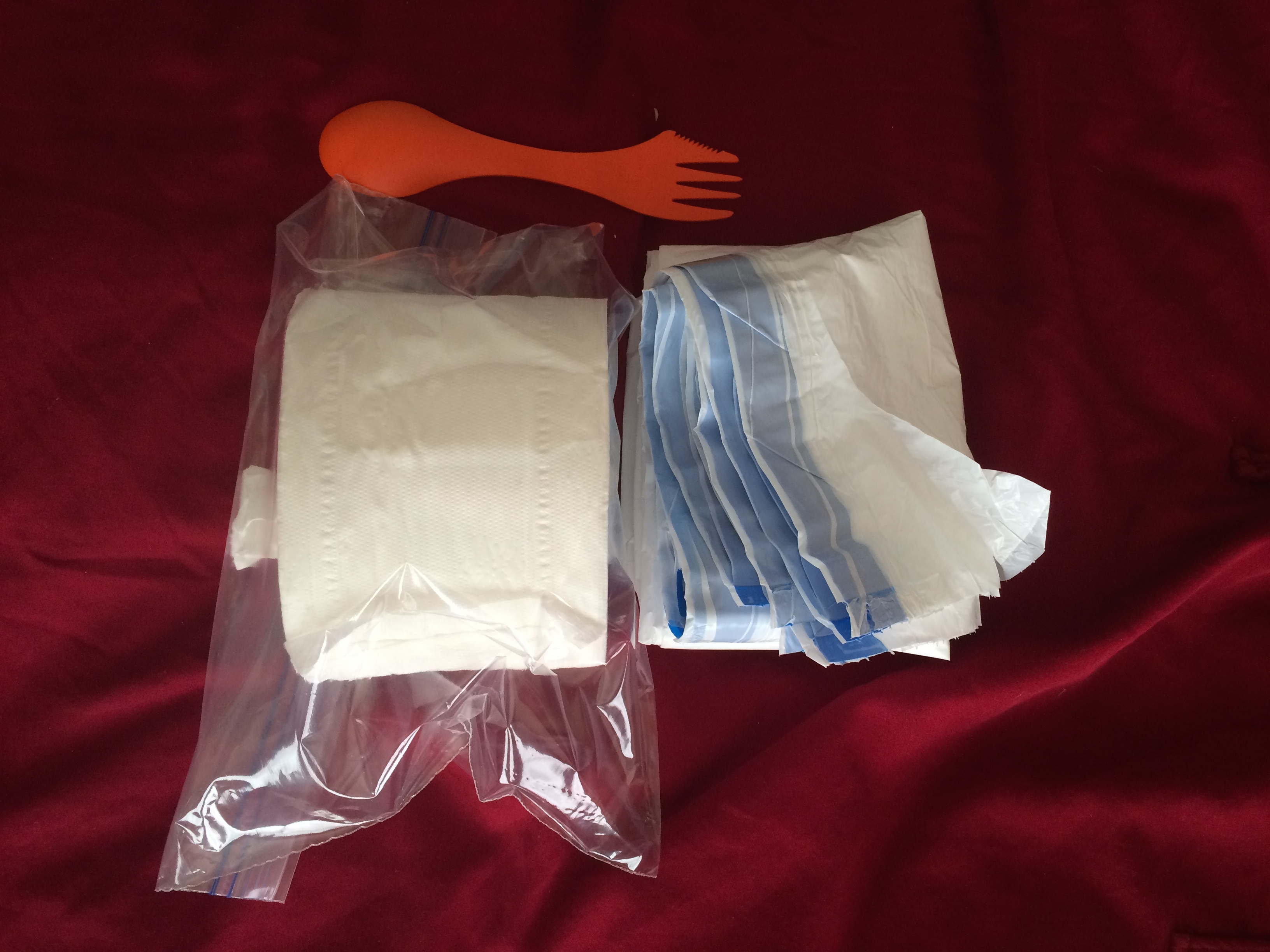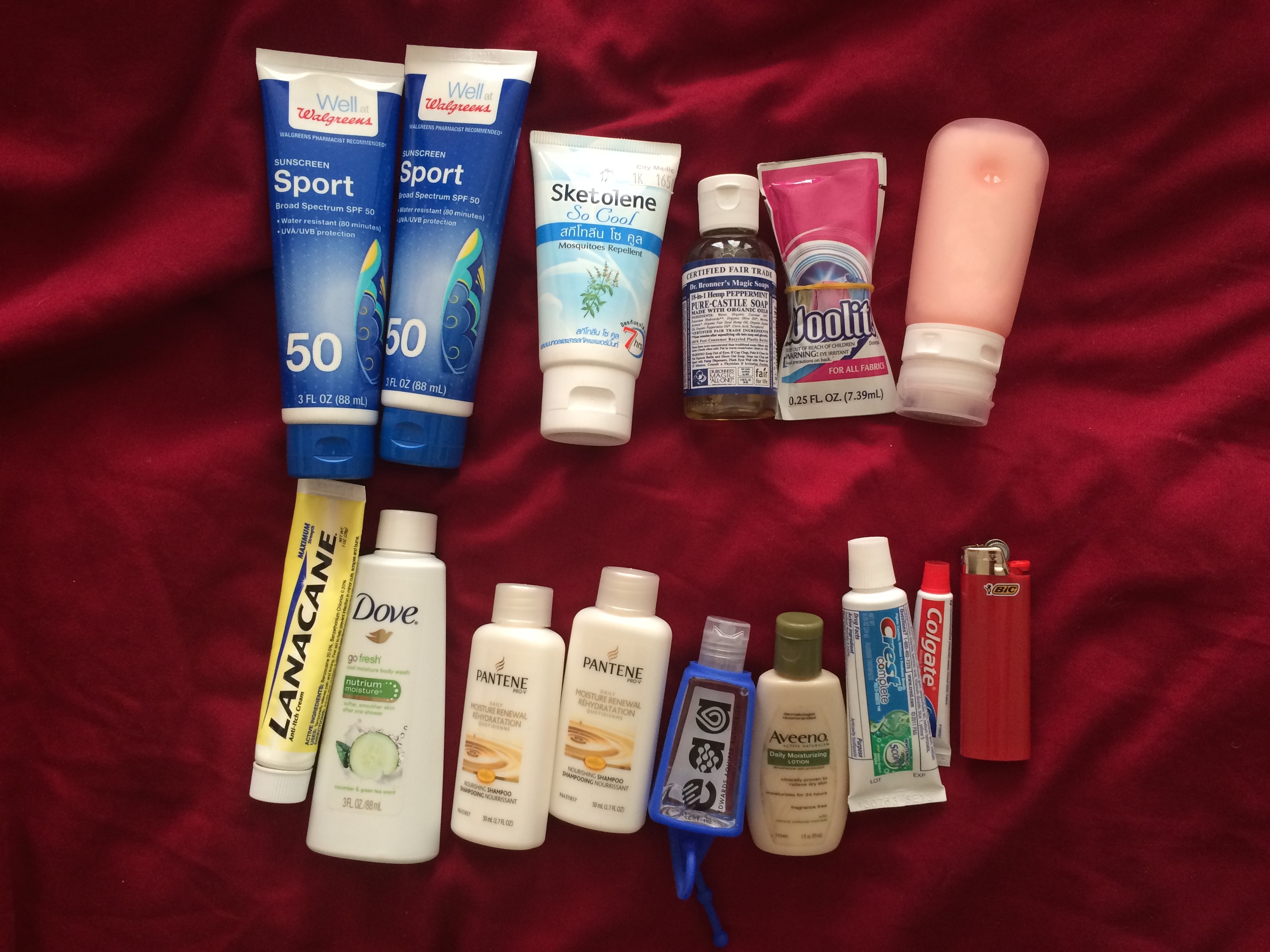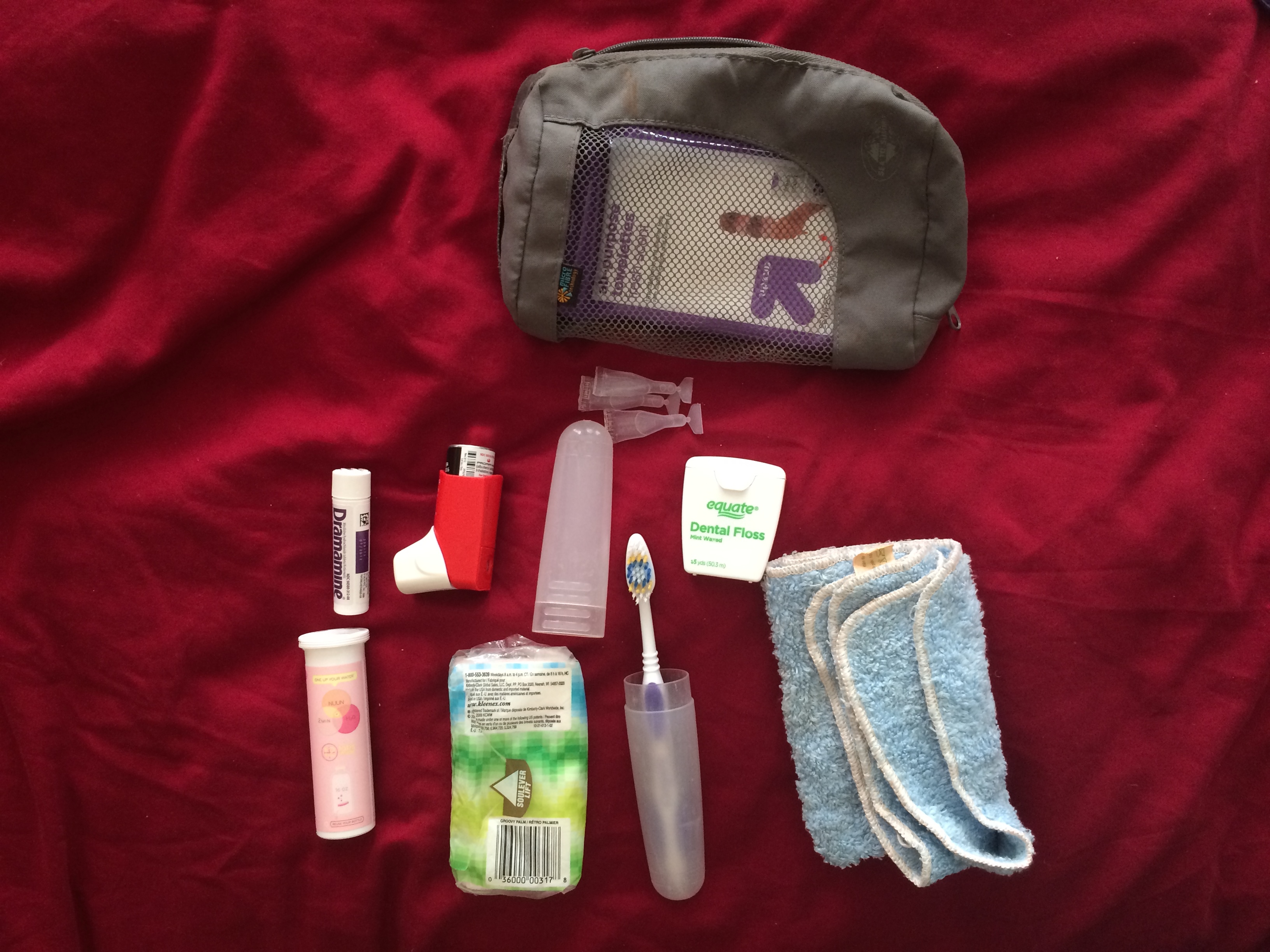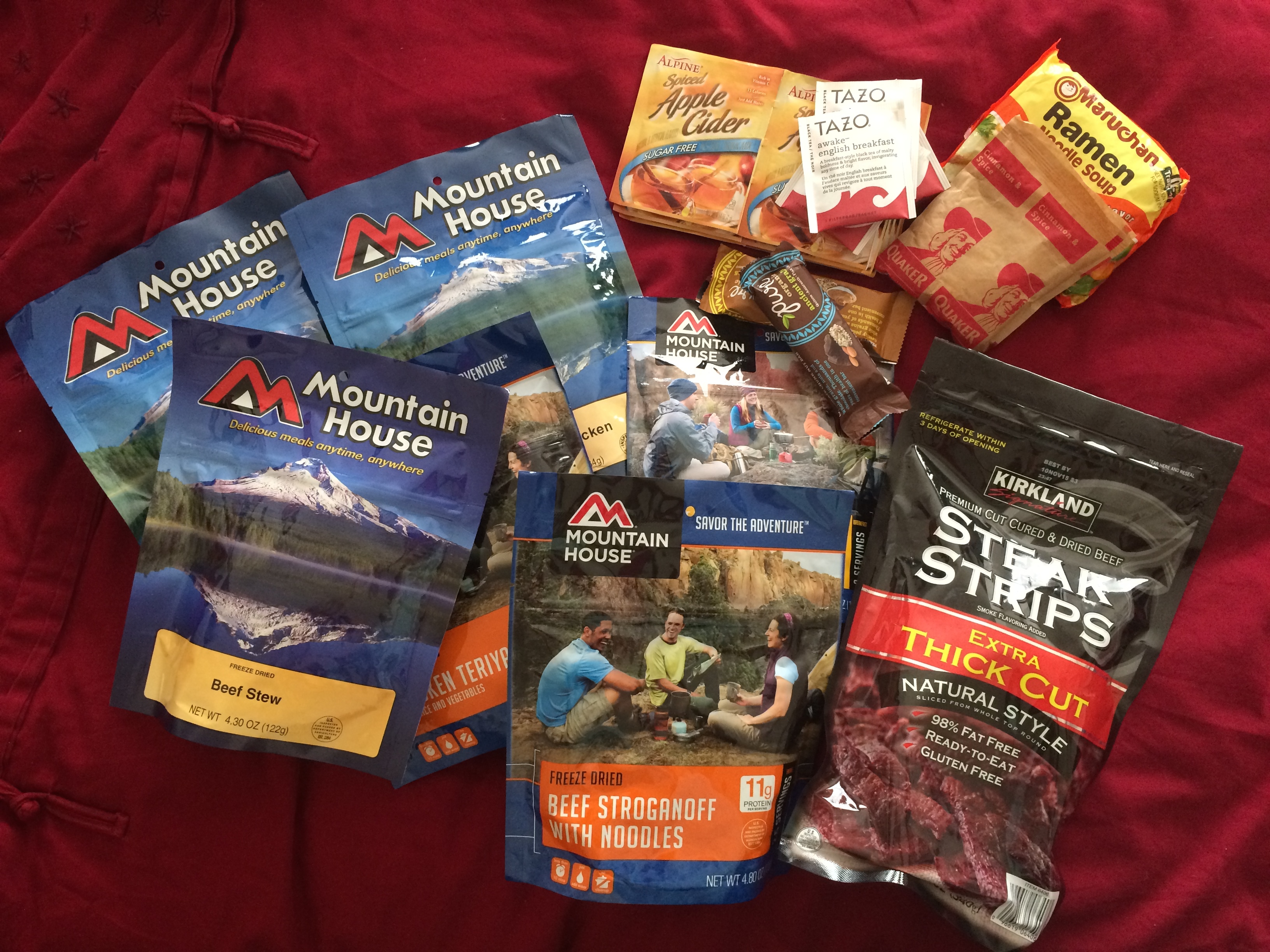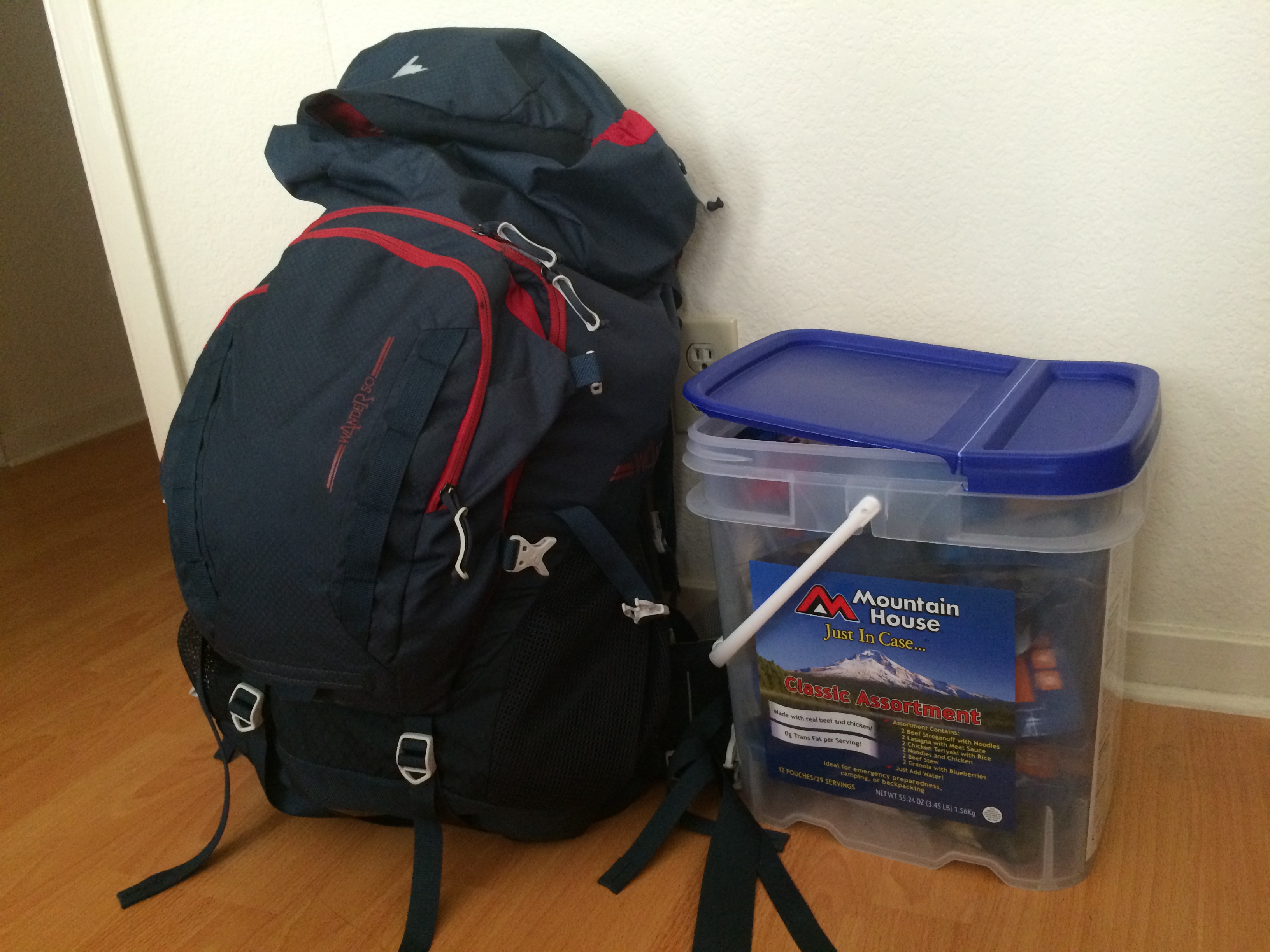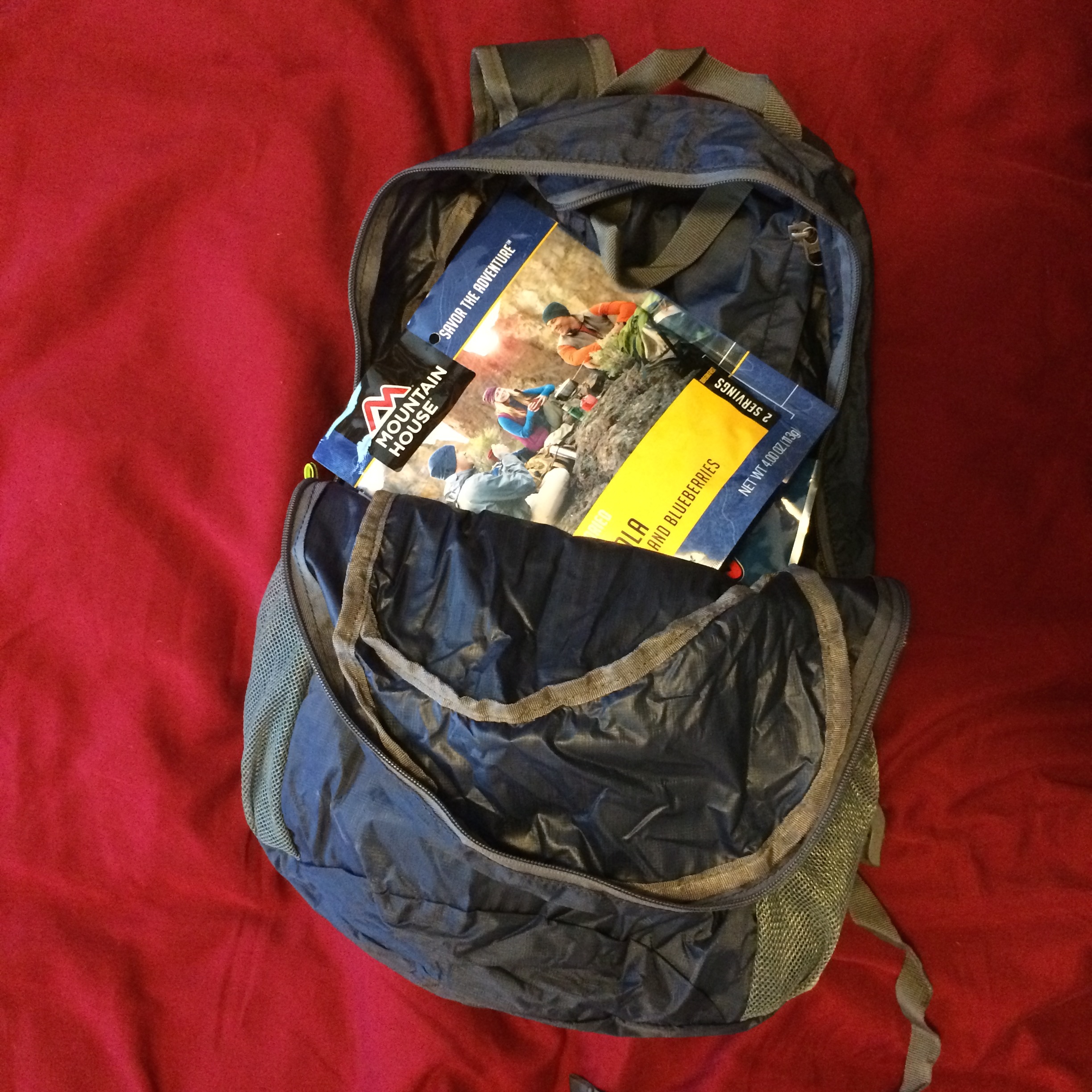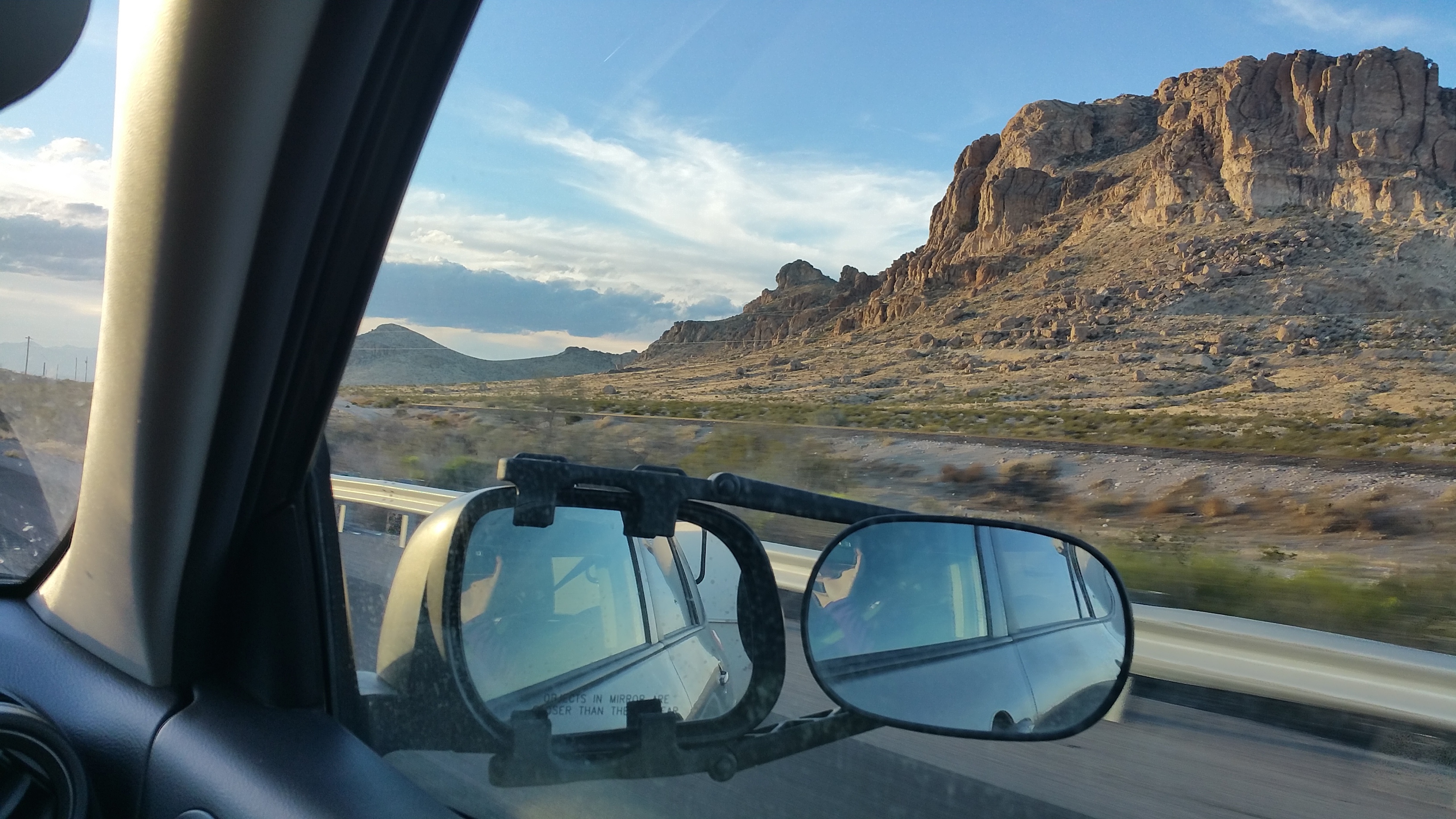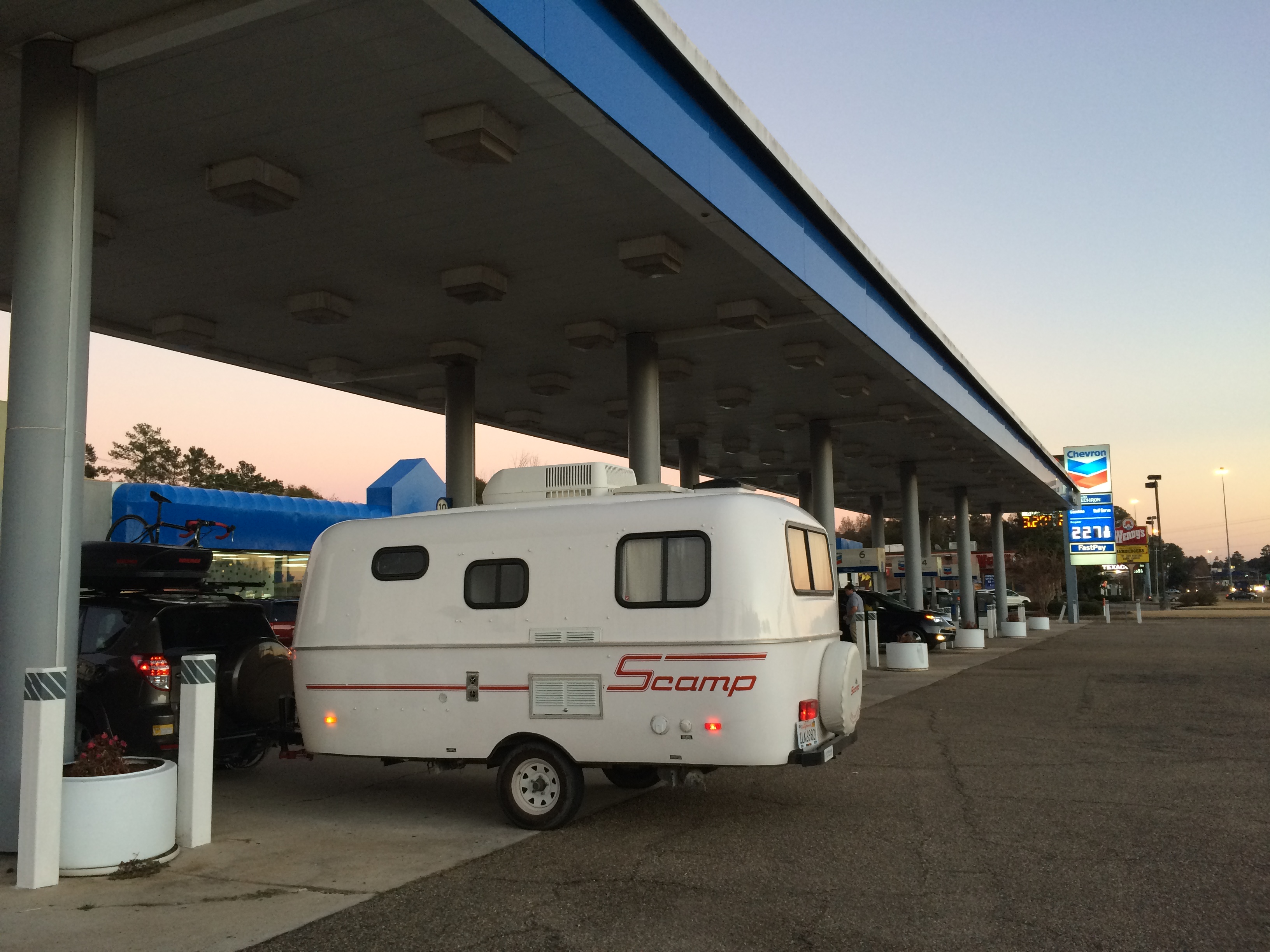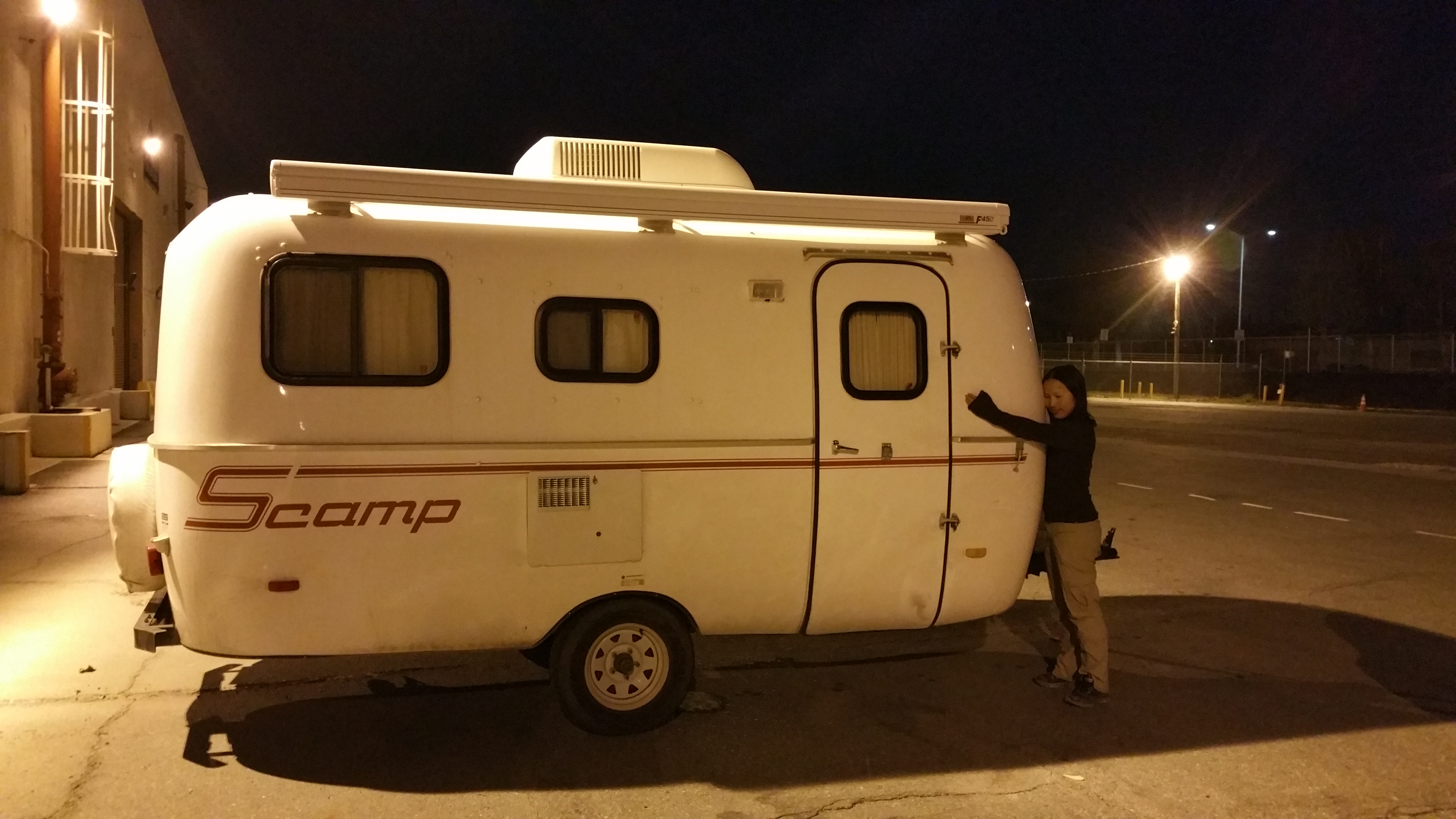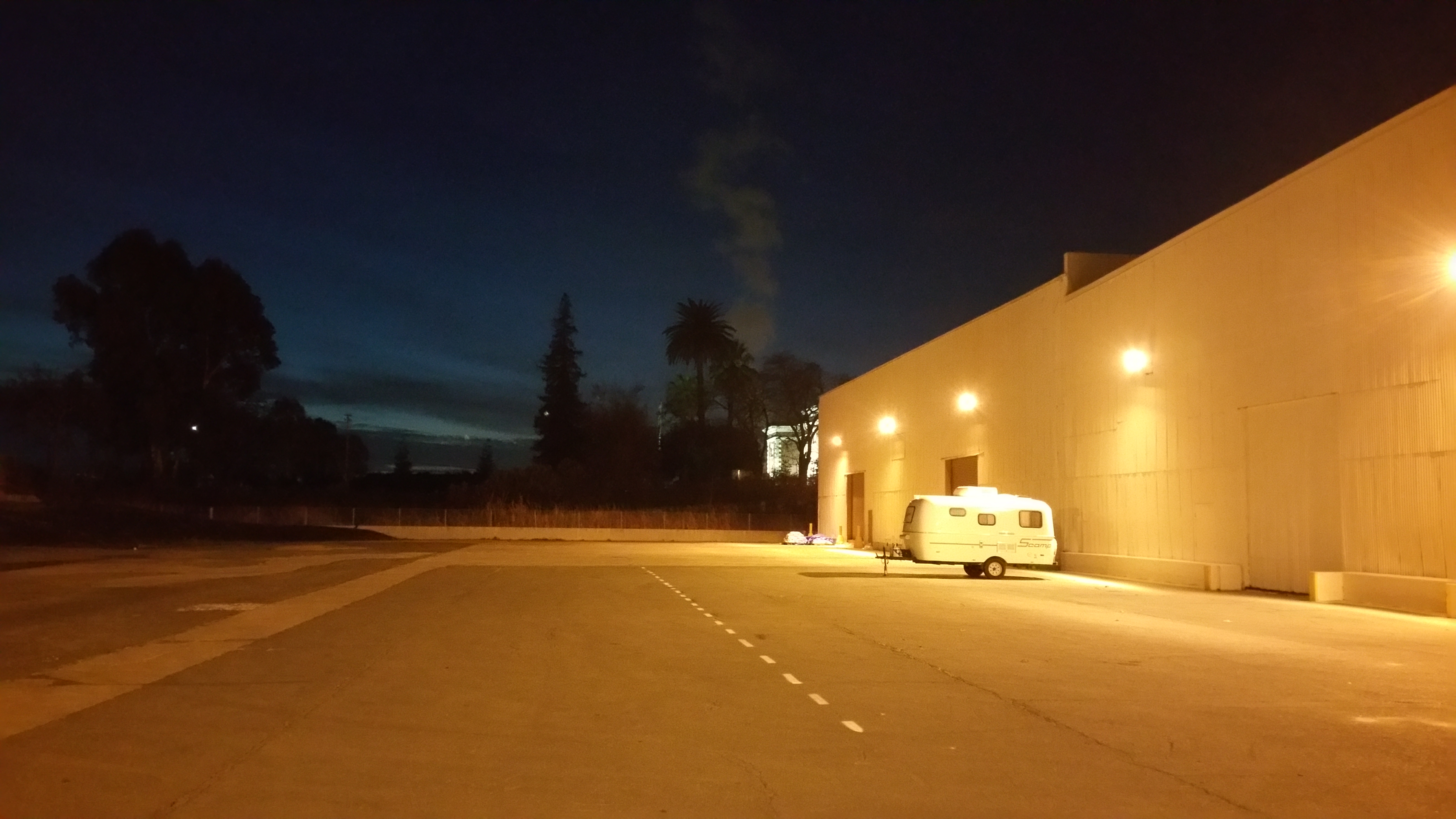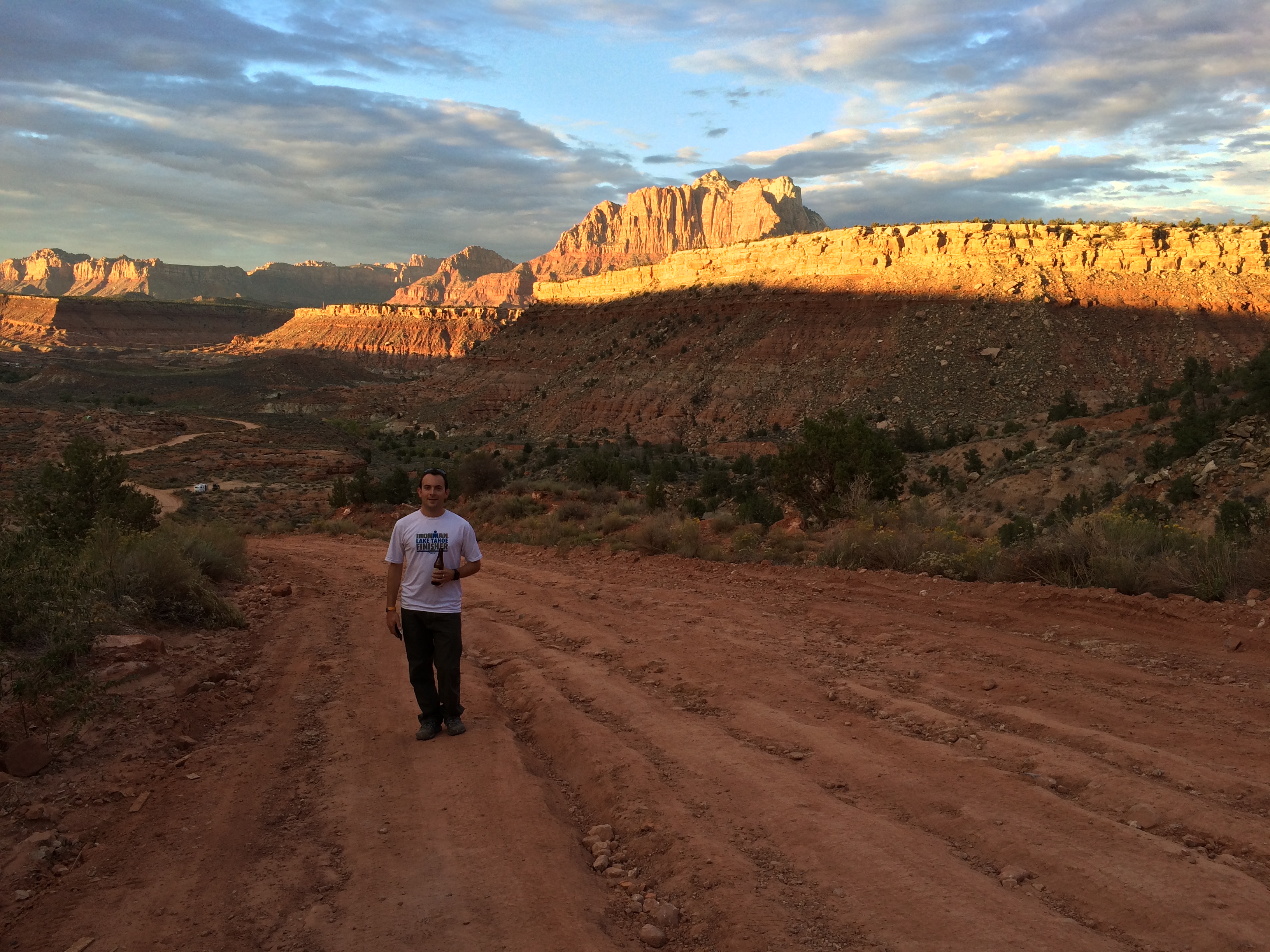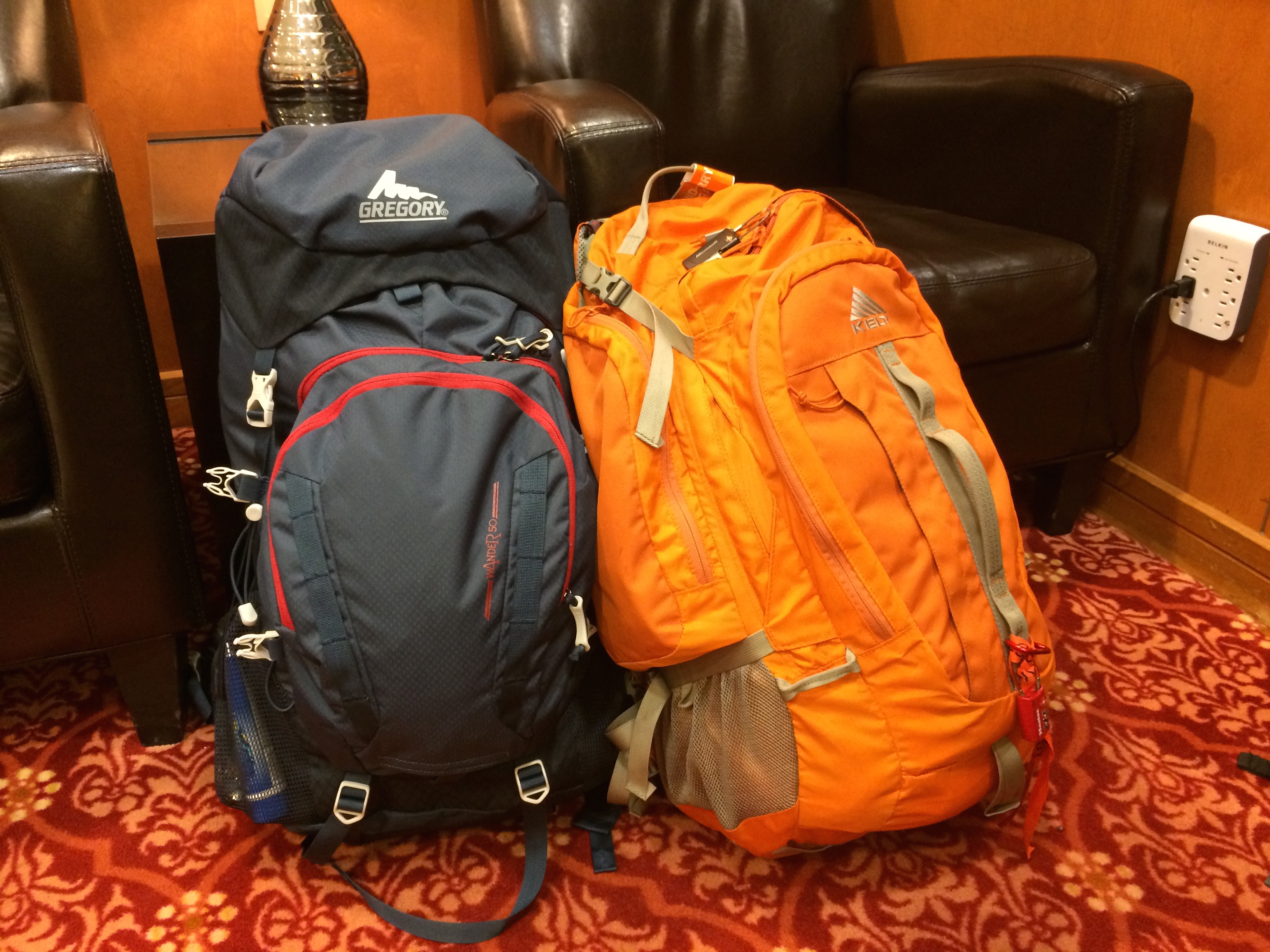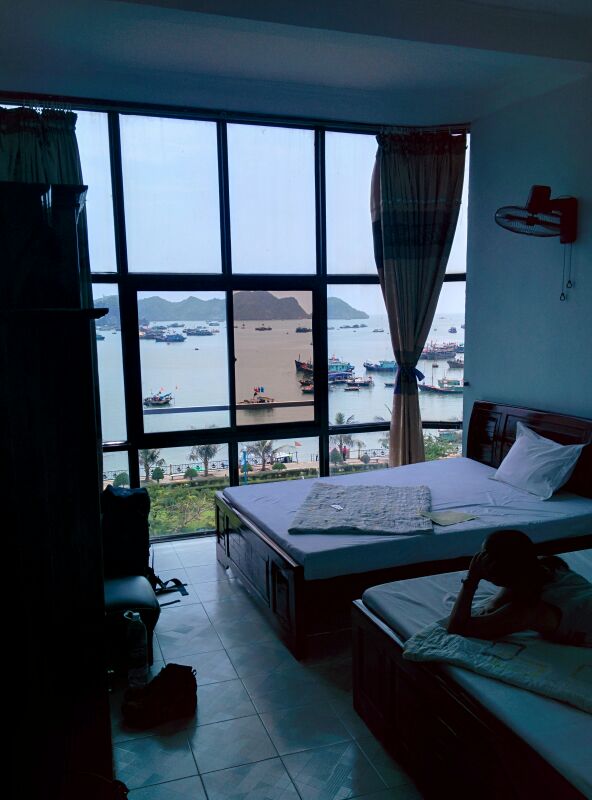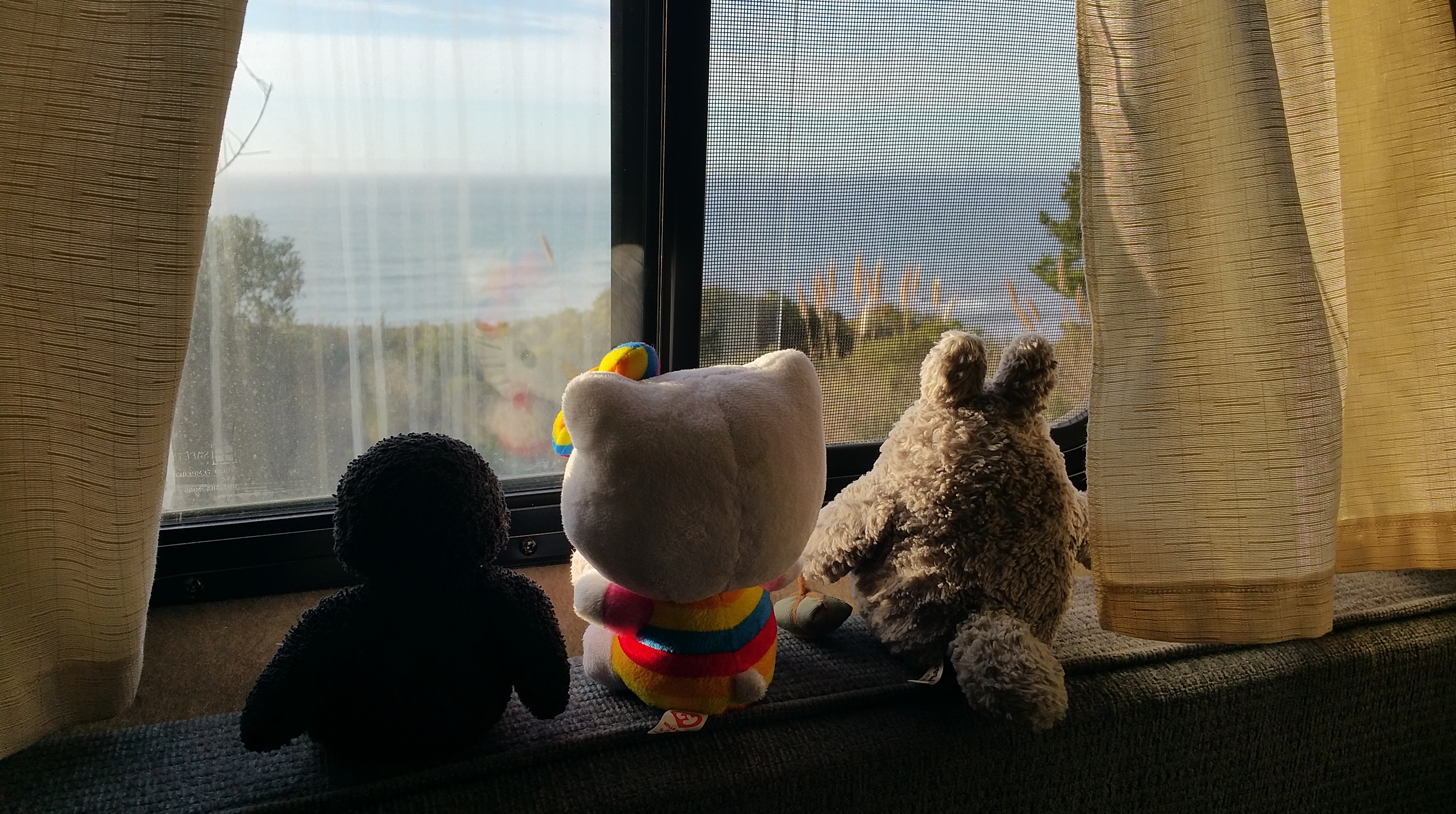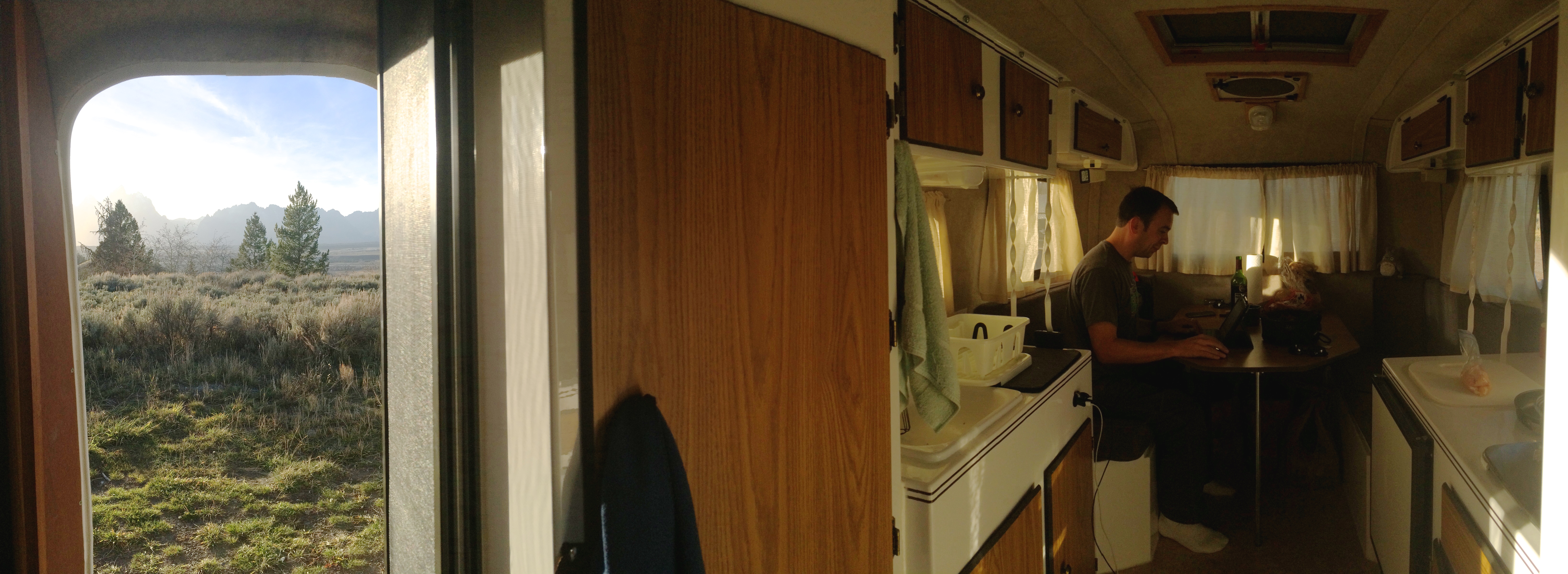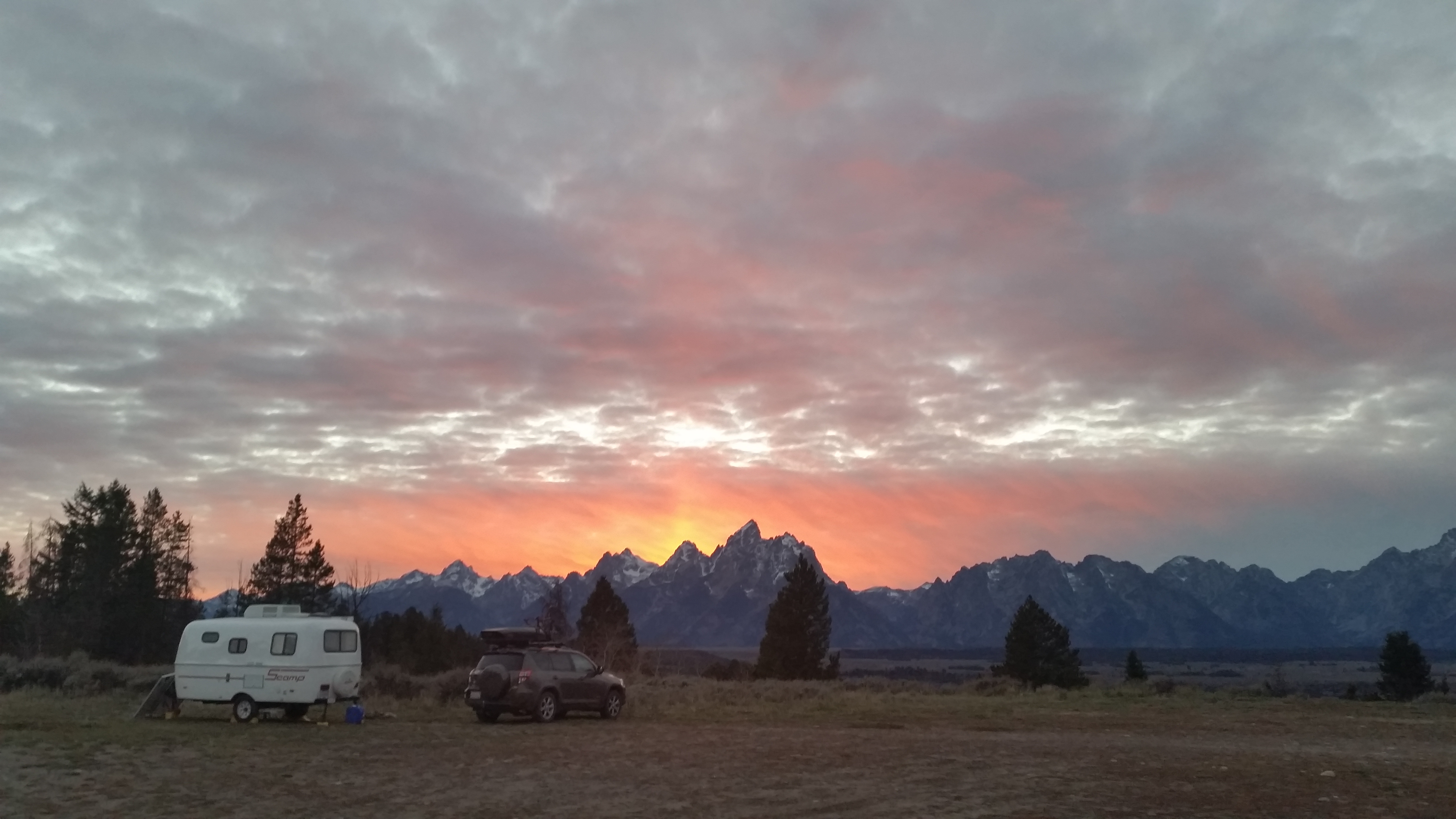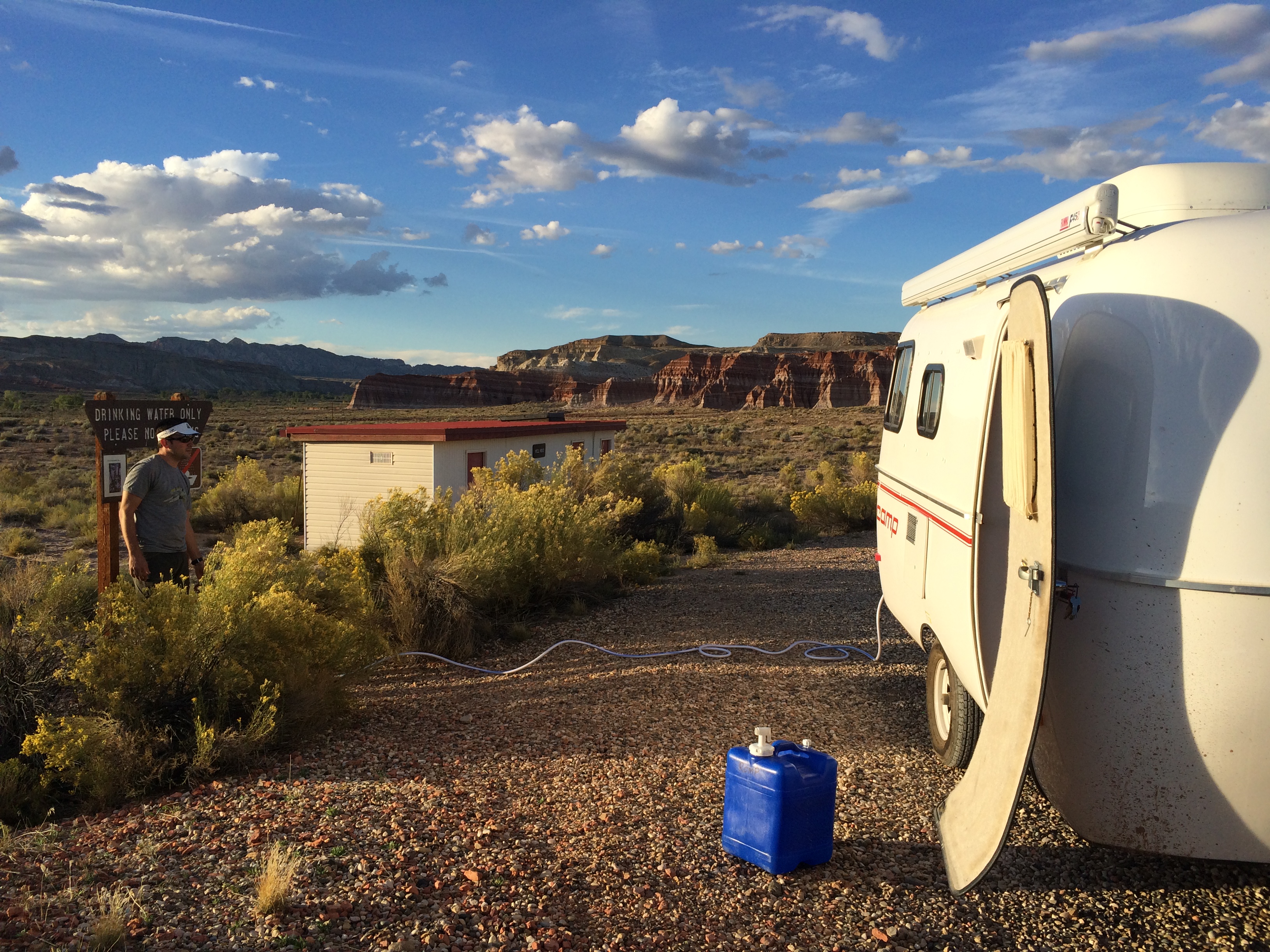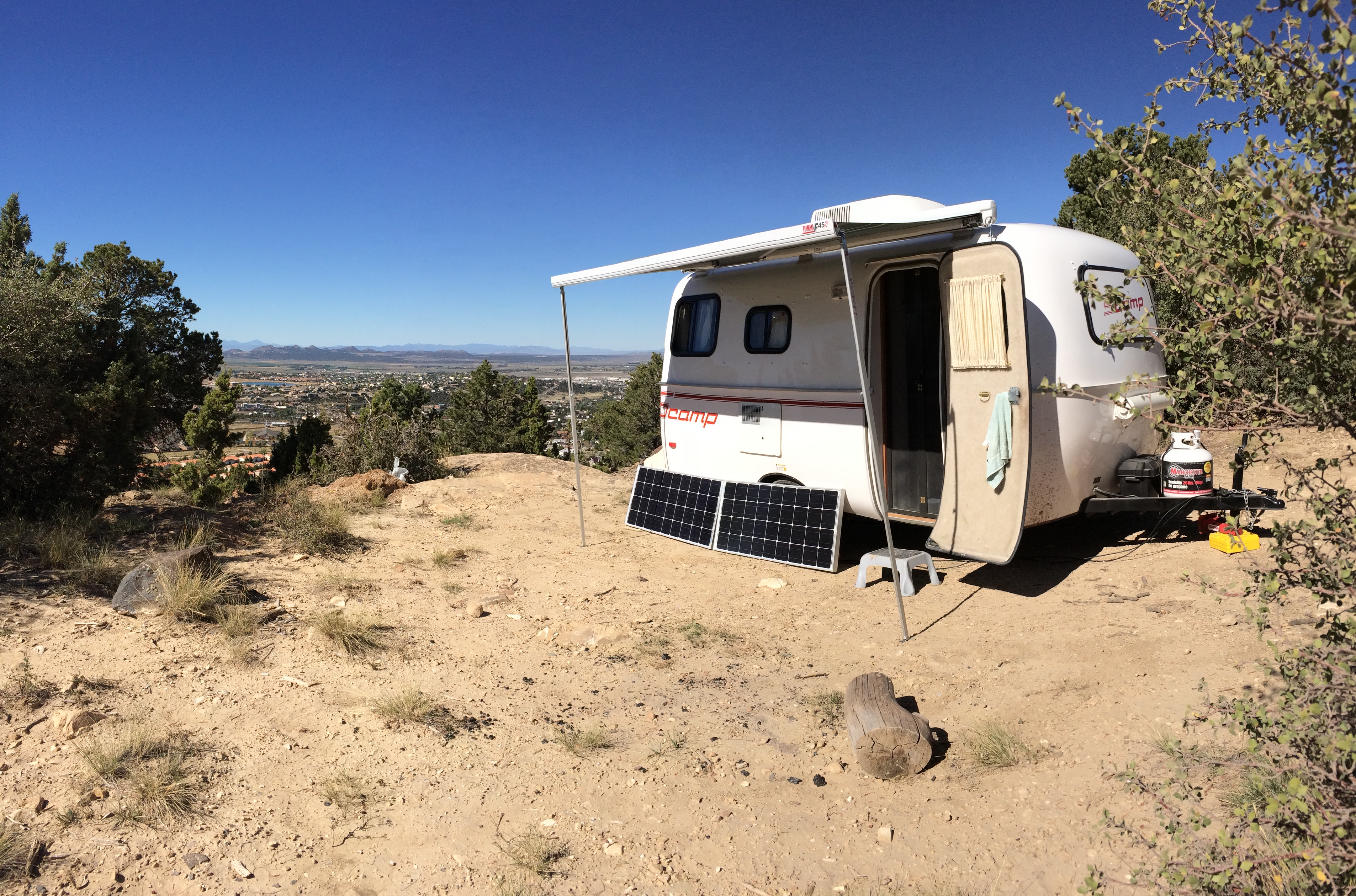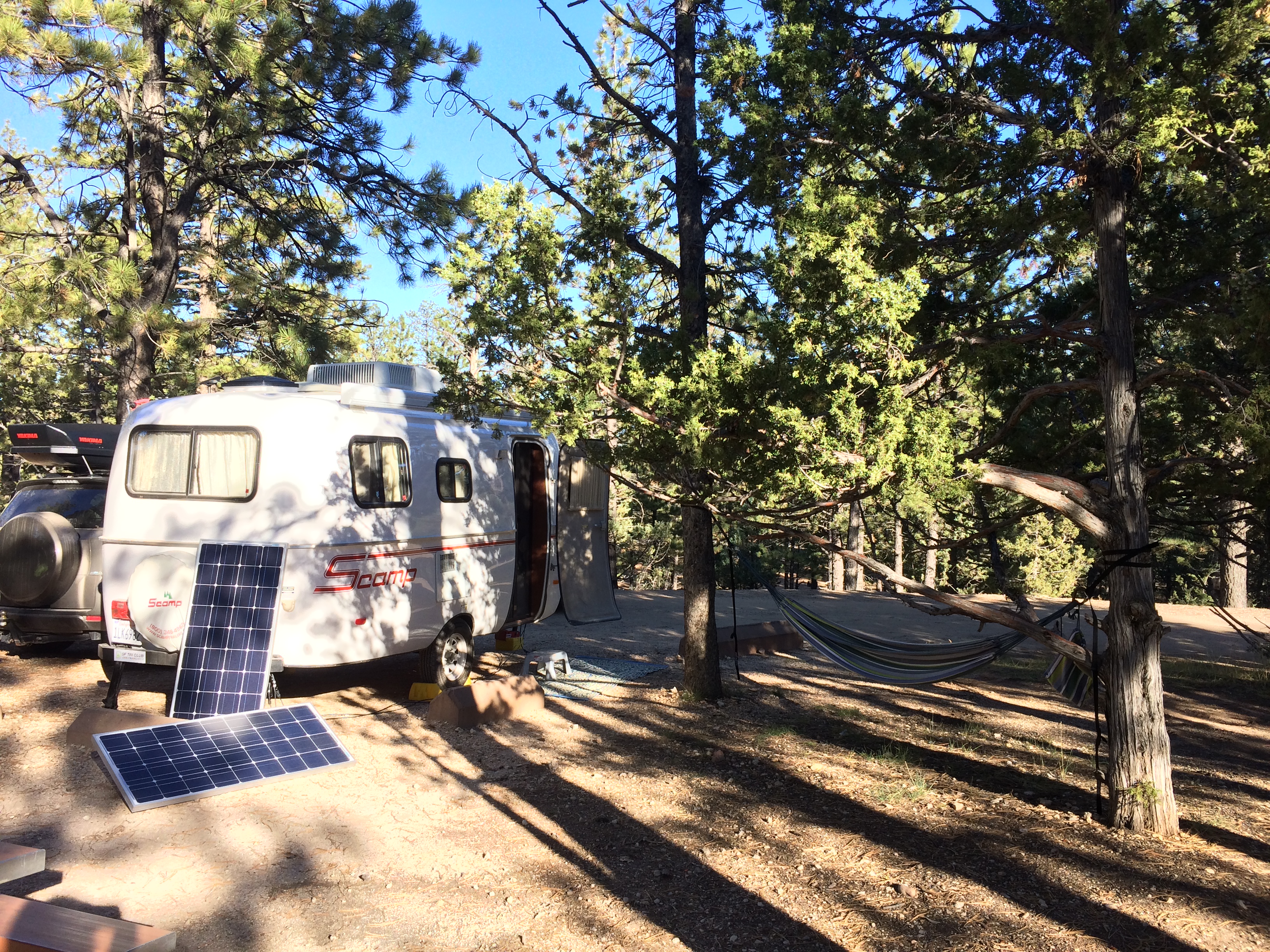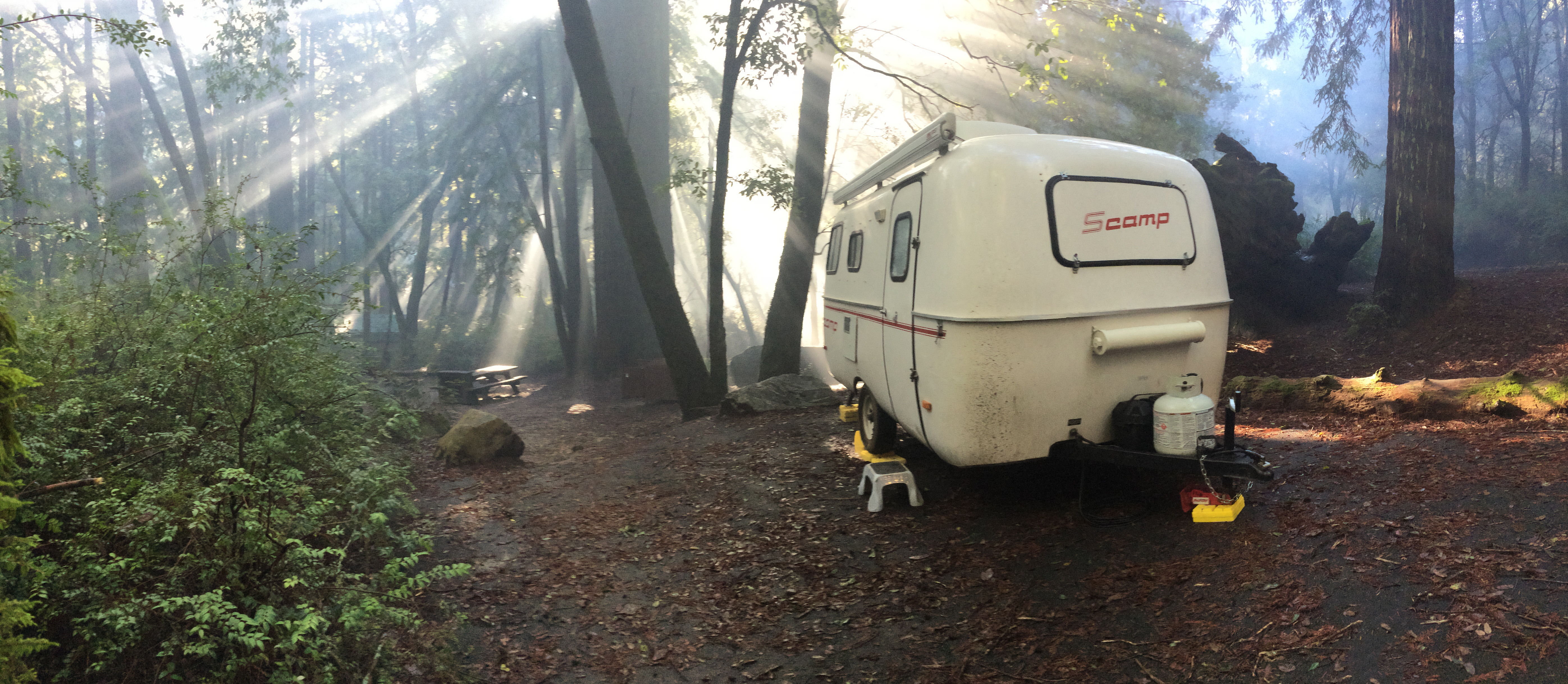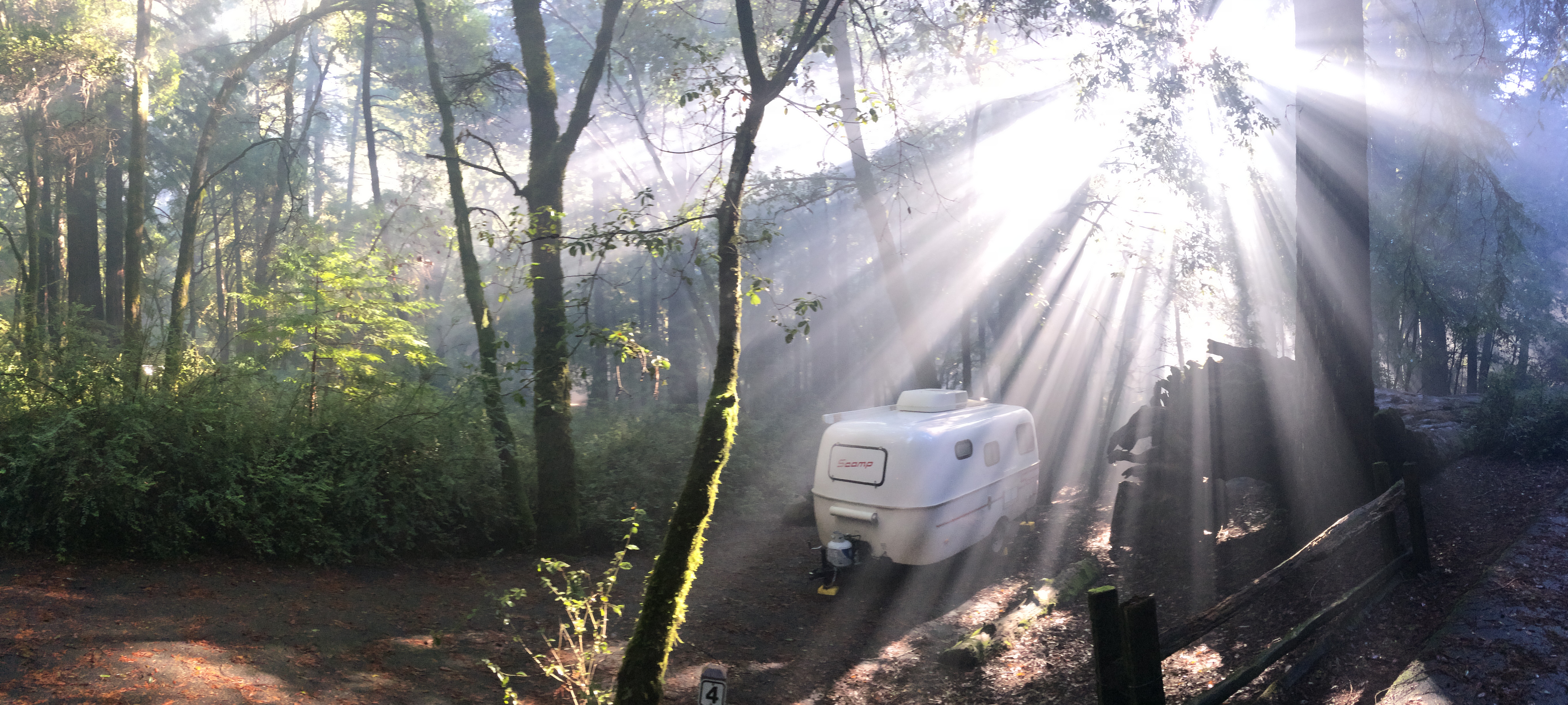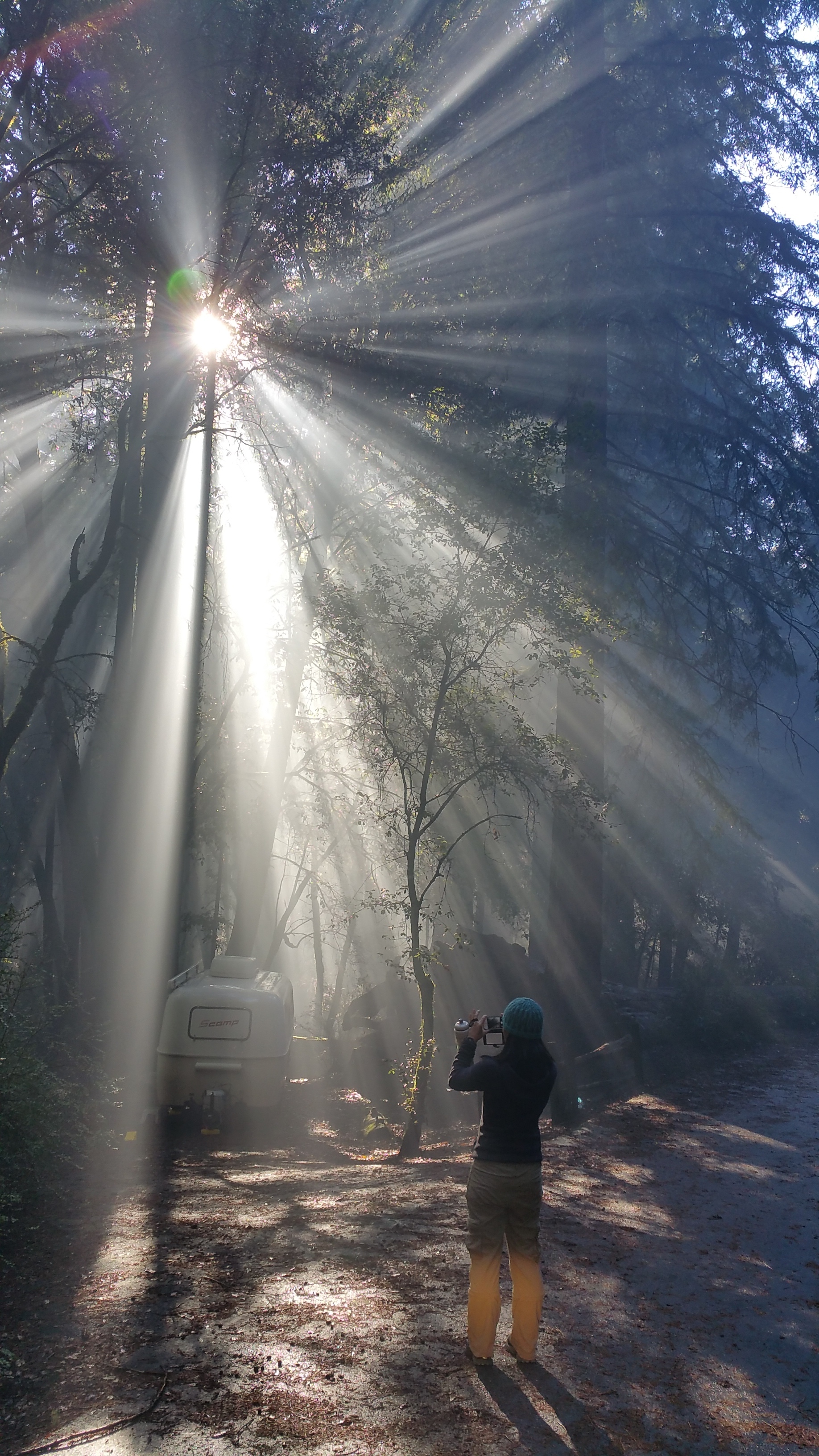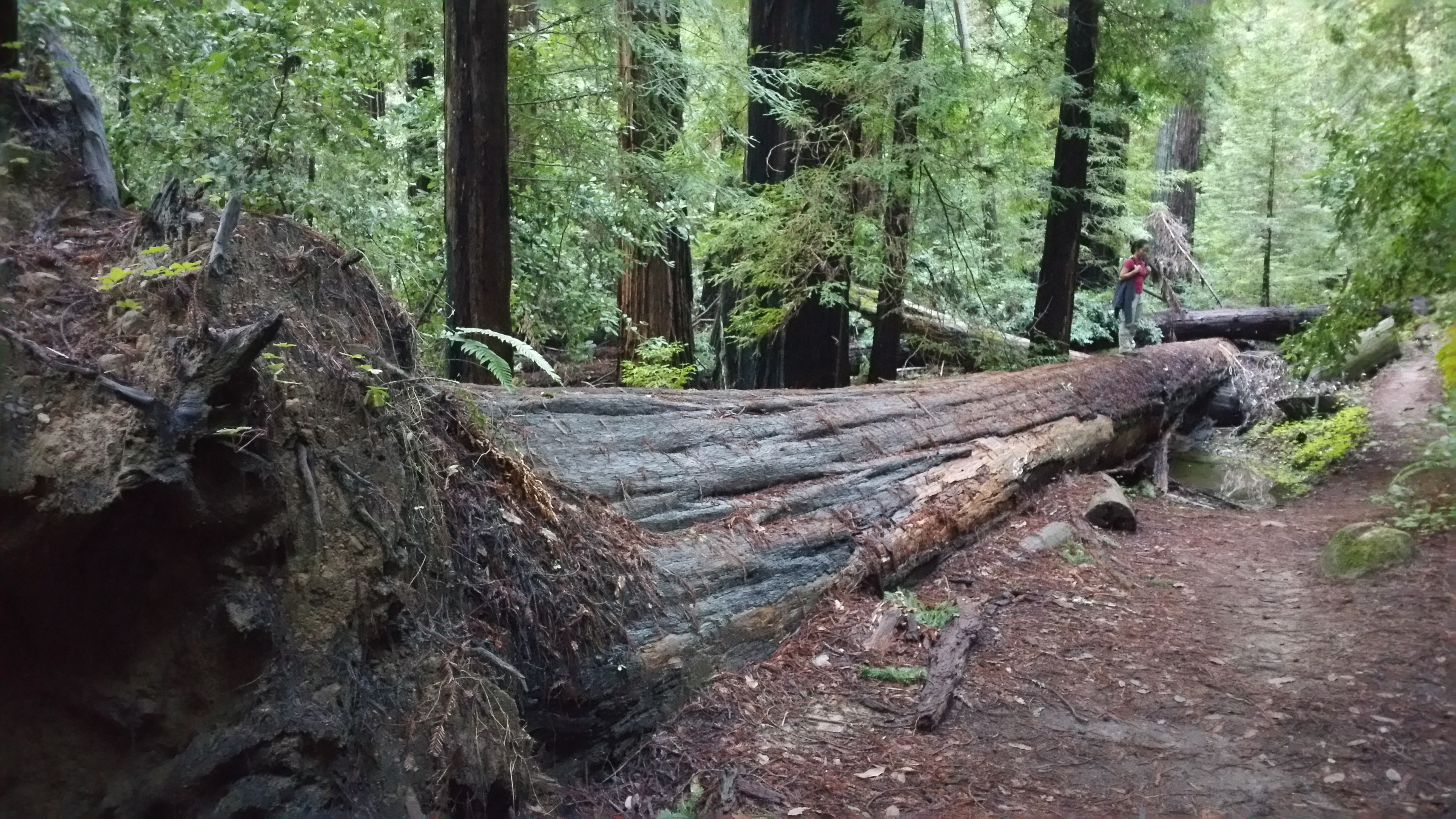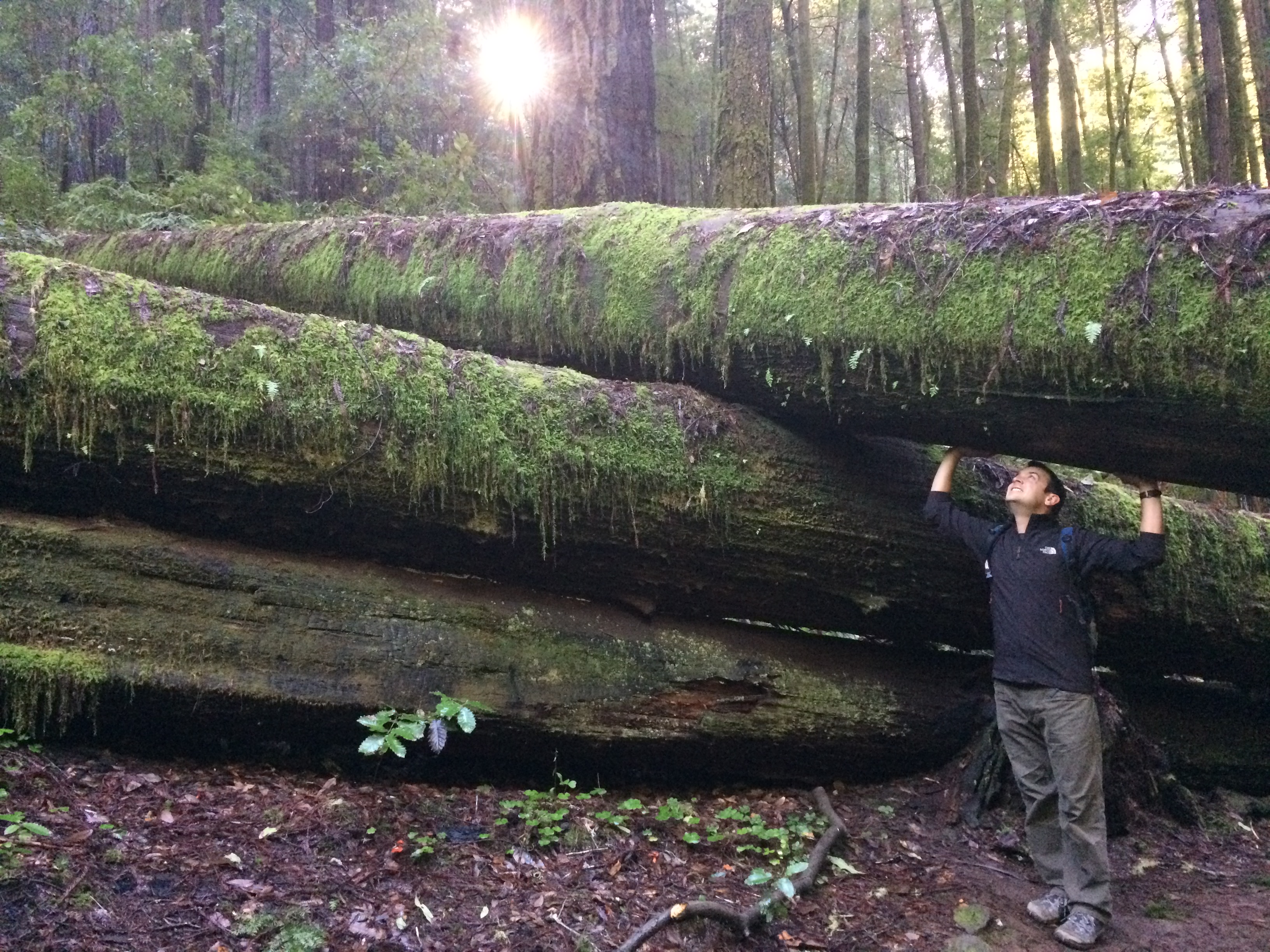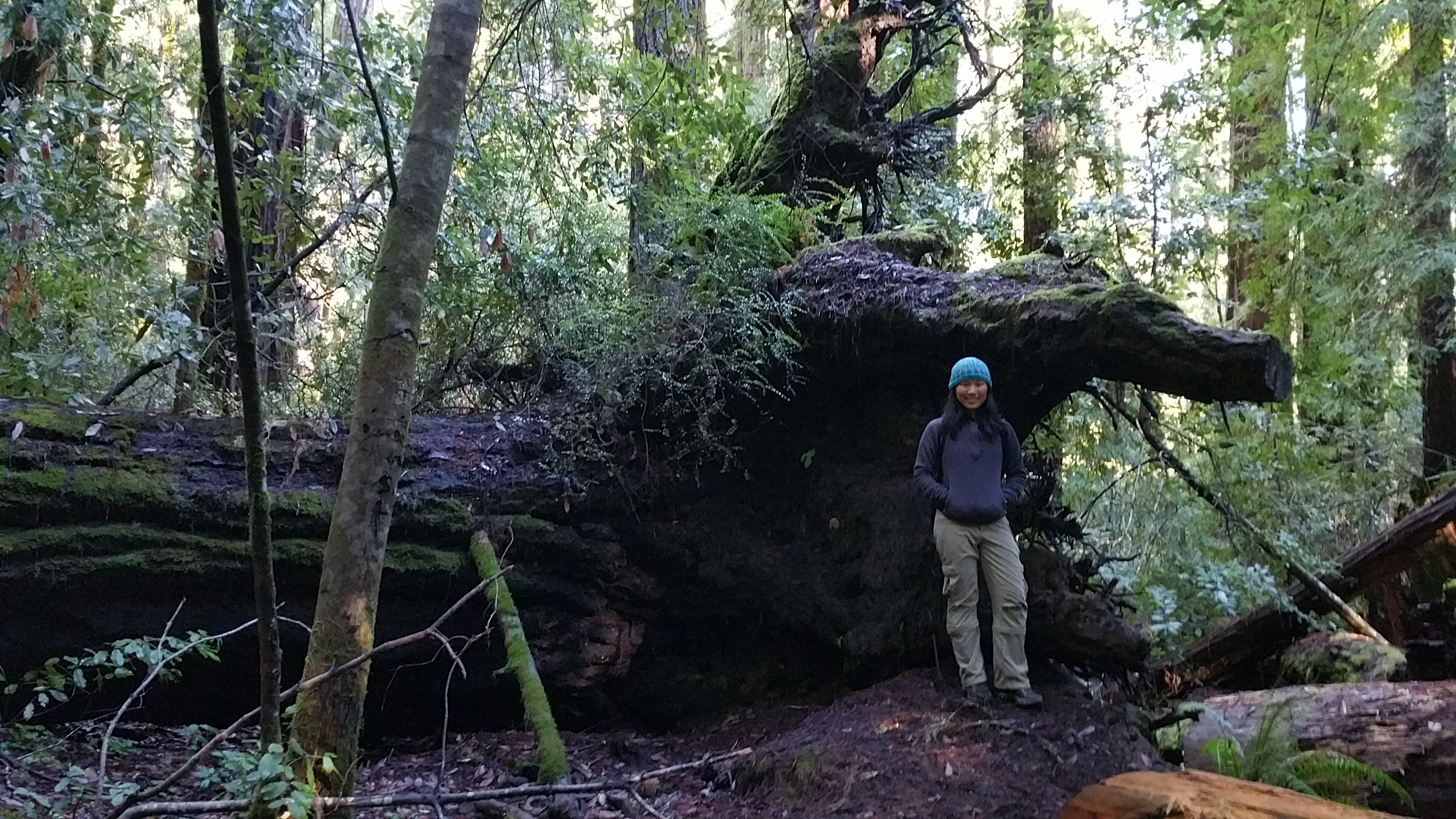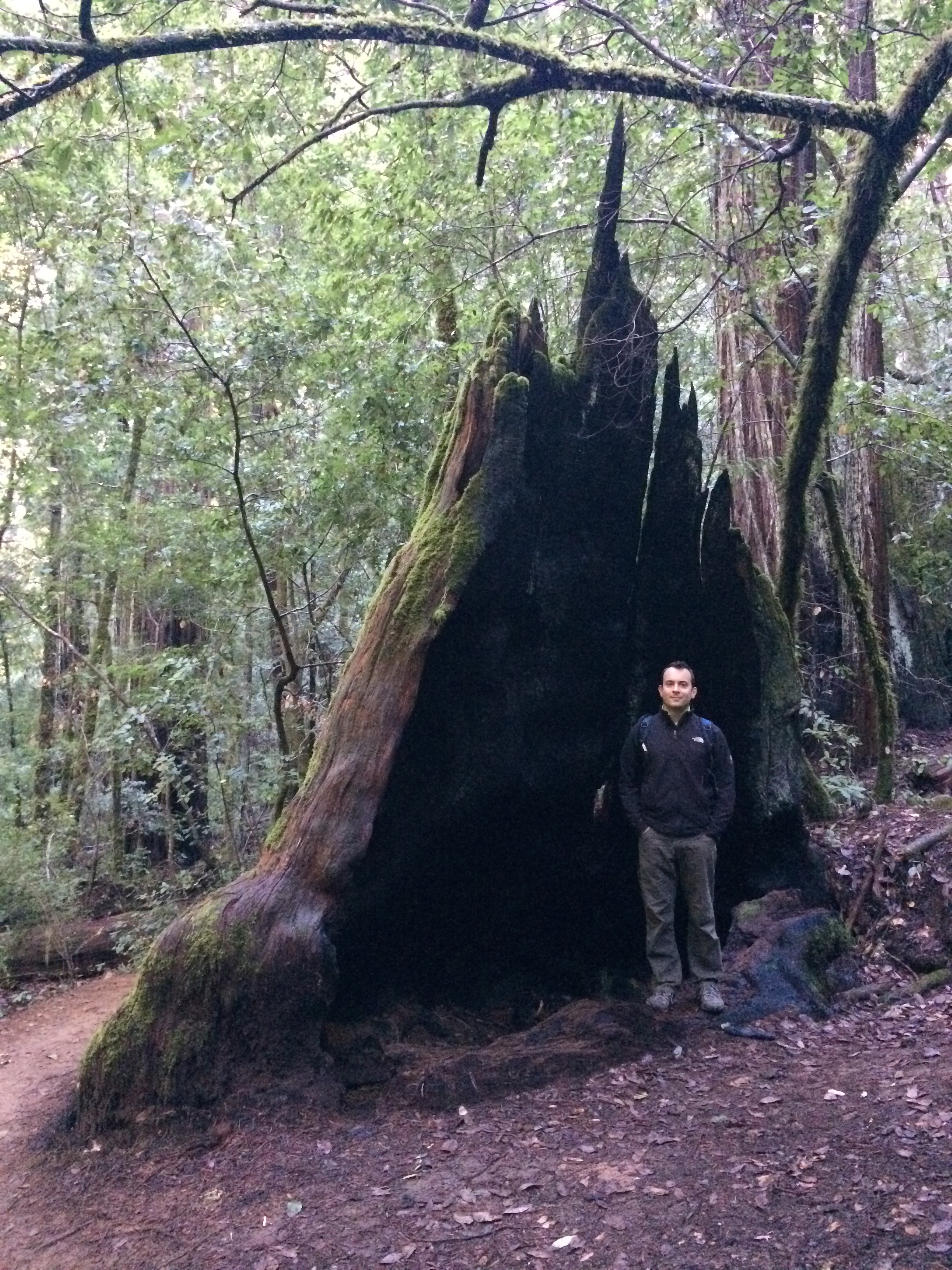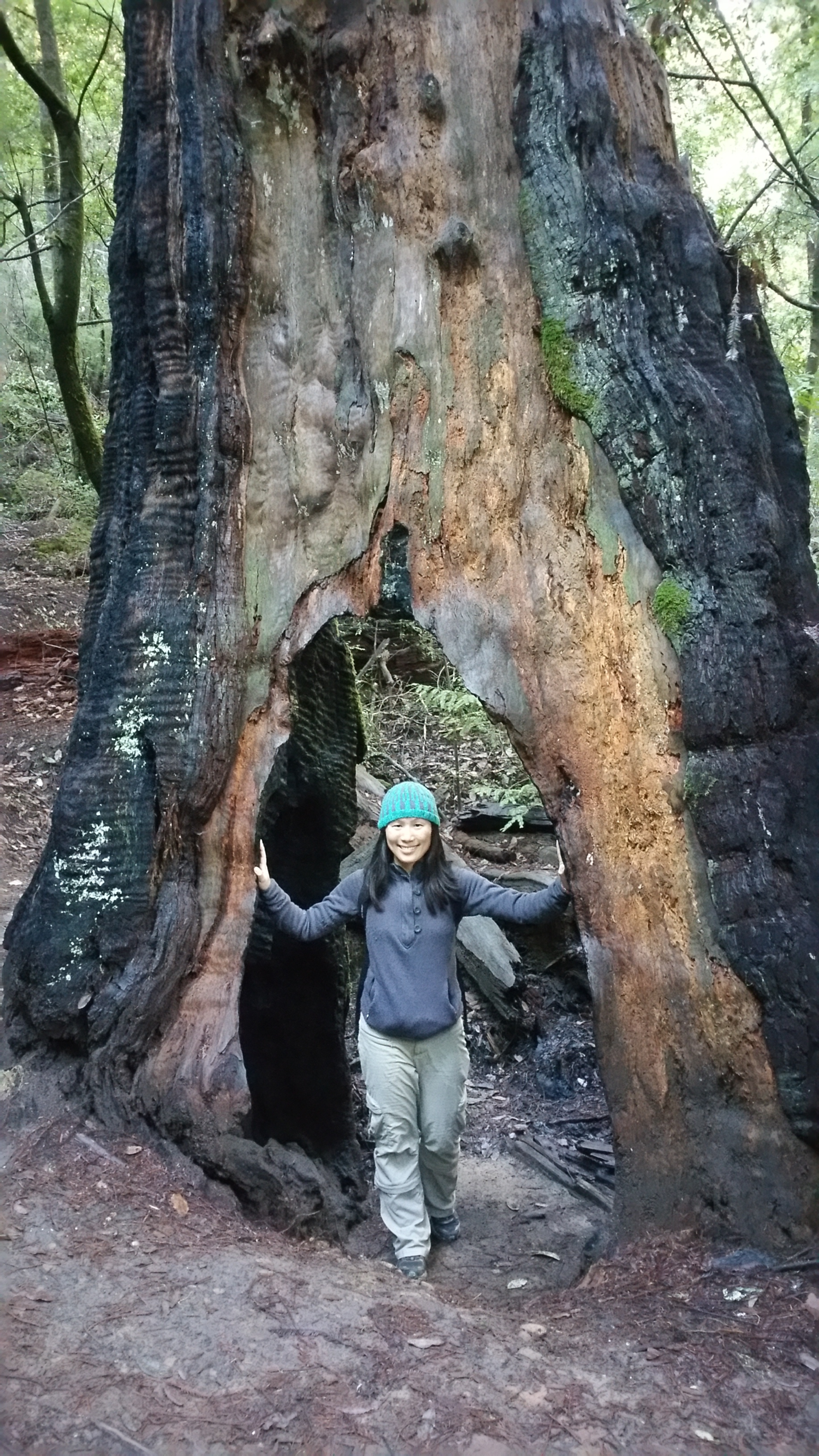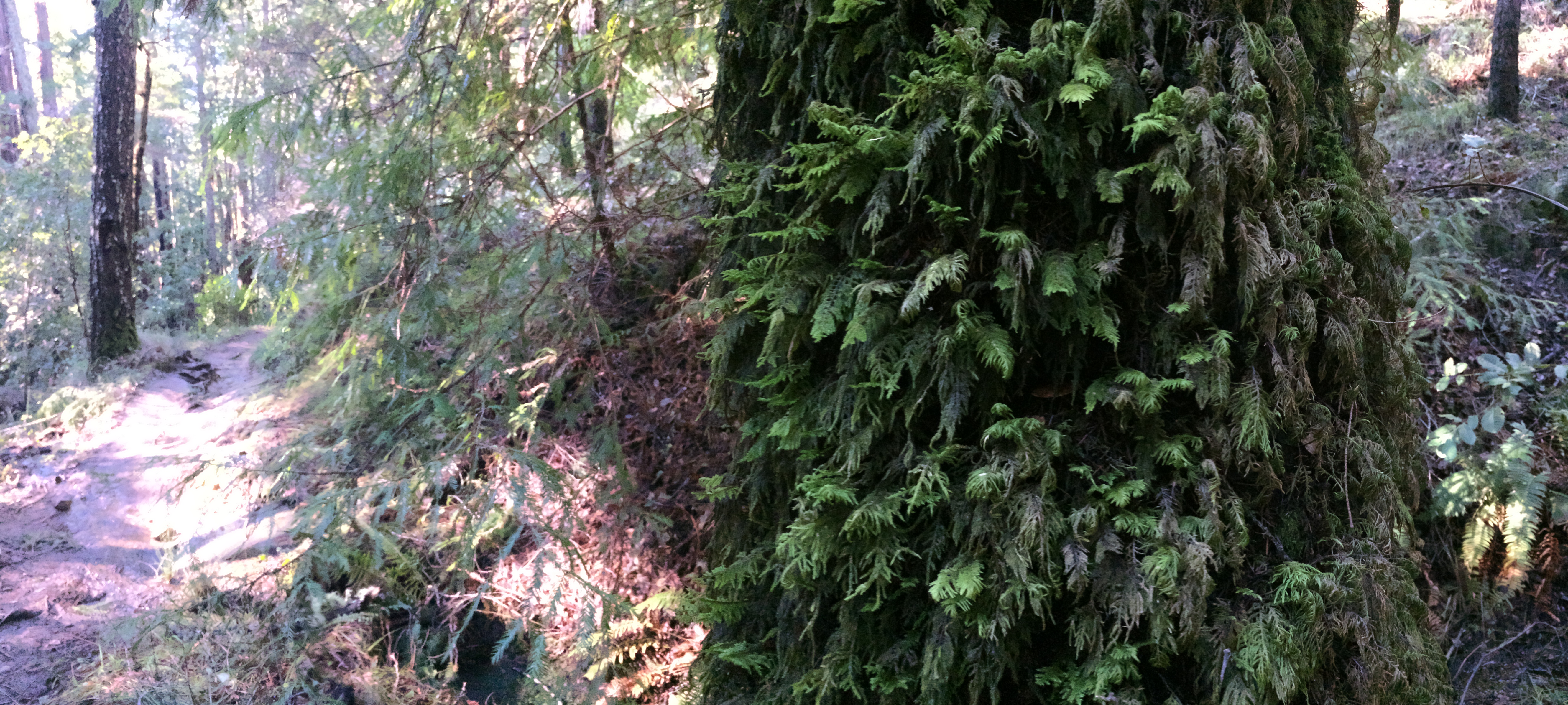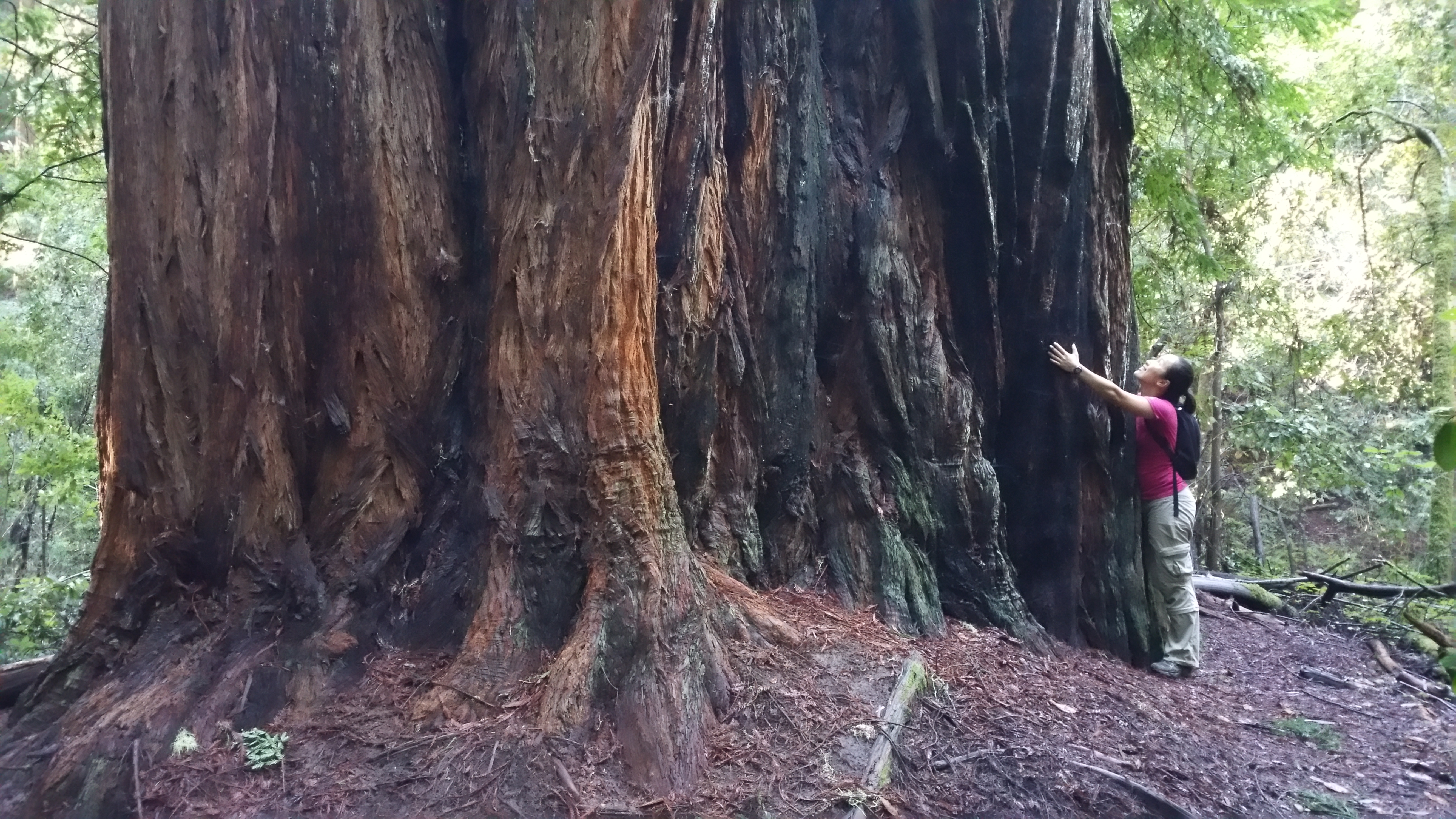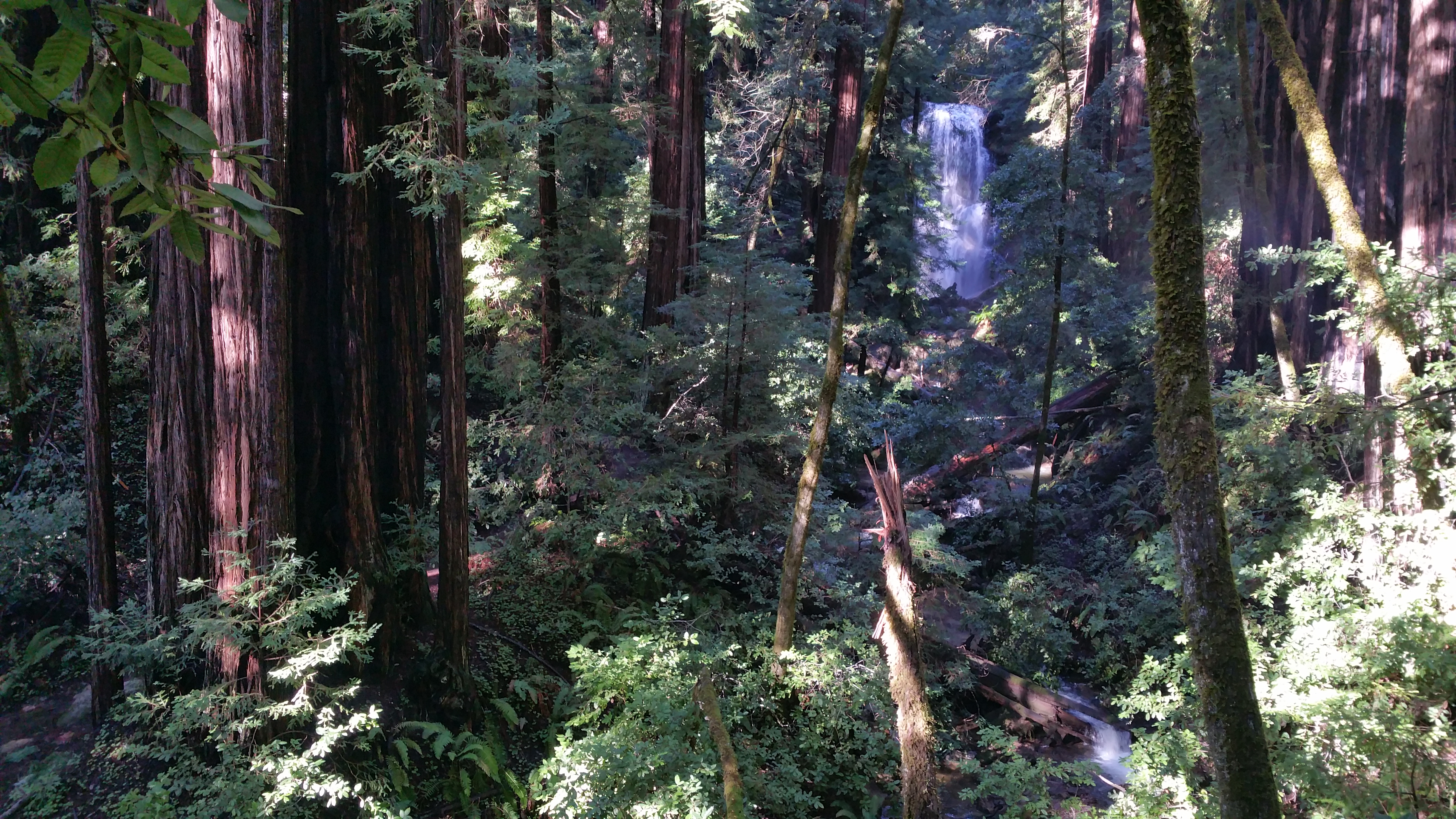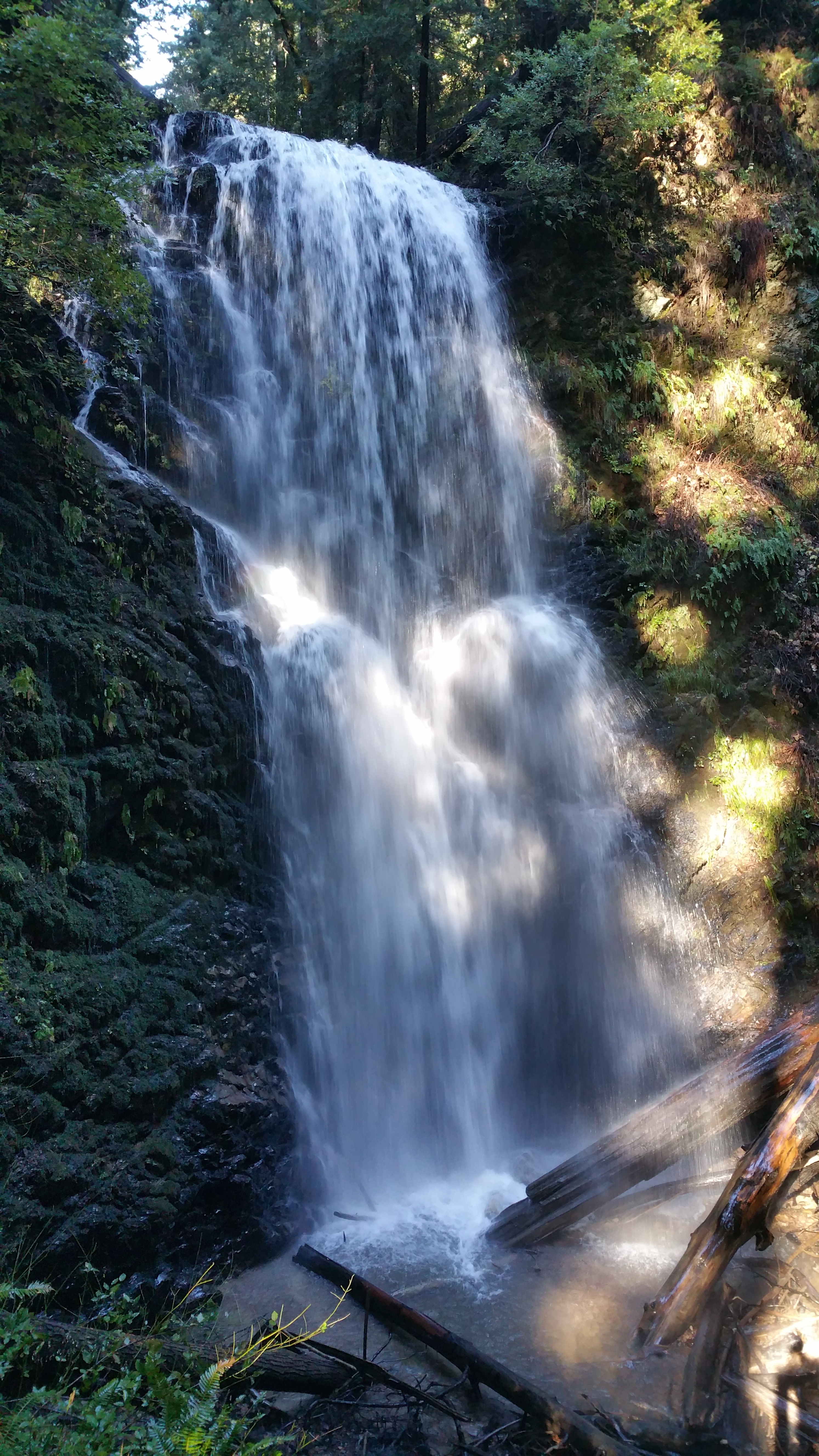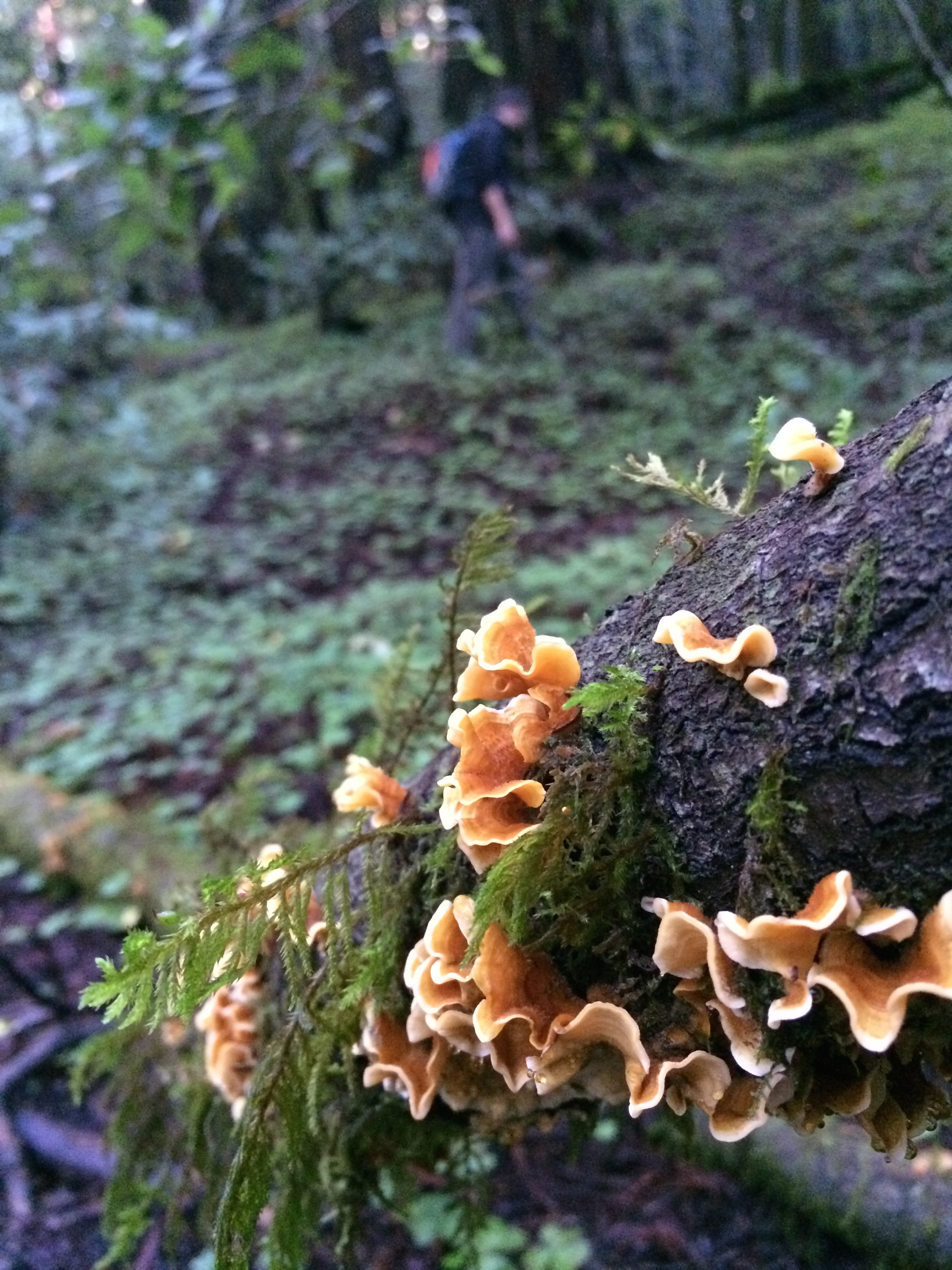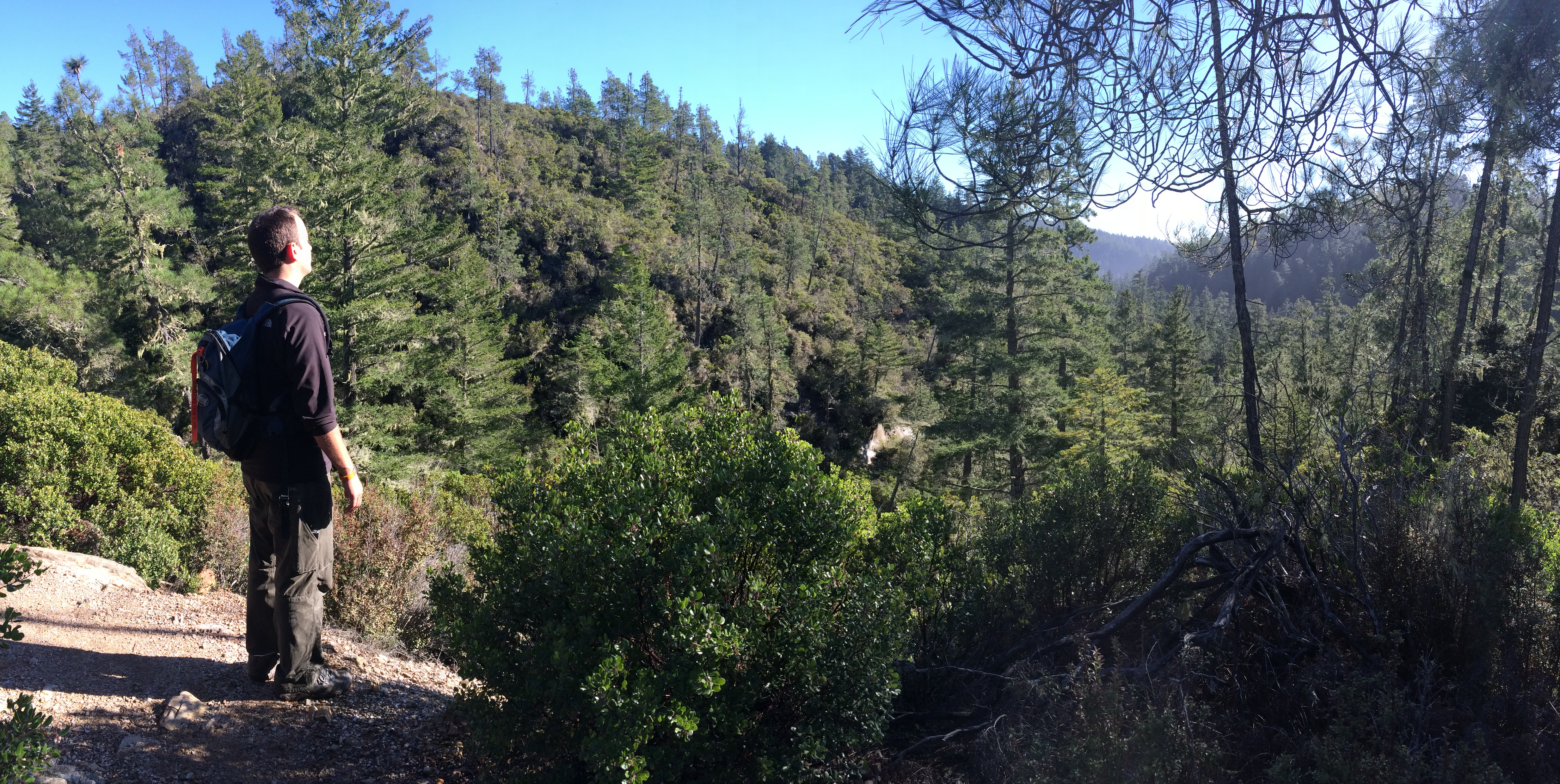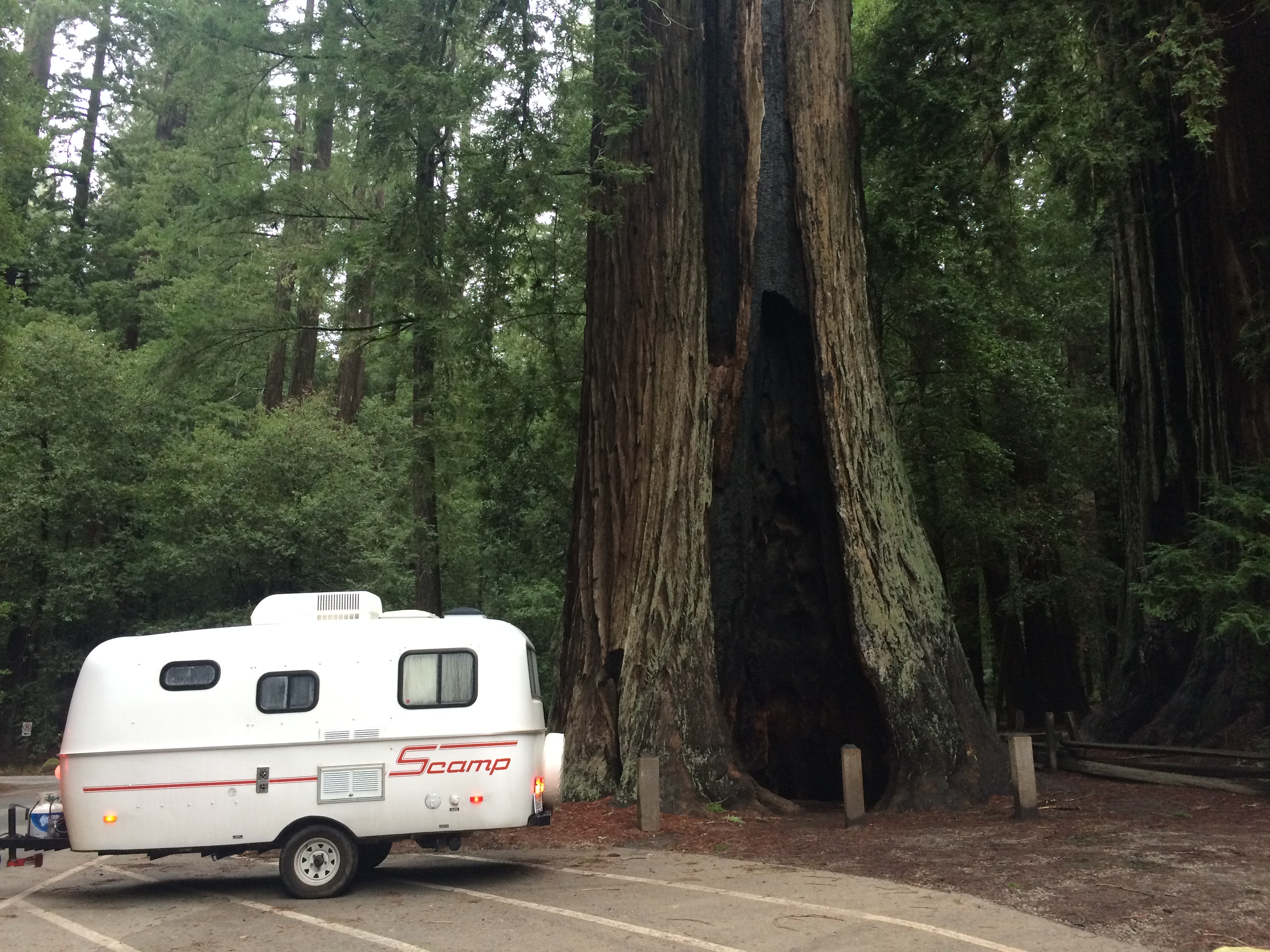“I’m worried that 11 days won’t be enough time for Buenos Aires,” I told an Argentinian friend, who lives in Cordoba. Everyone says there are endless activities in Buenos Aires (BsAs).
“It’s just a big, ugly city,” he simply responded.
I assumed that as an Argentinian outside of BsAs, he was just resentful toward BsAs the same way many if not most Americans are toward San Francisco.
My parents also visited BsAs last year for 2 weeks and despite being avid tango dancers, they seemed to not care for BsAs either. I took their opinion of BsAs with a grain of salt since we tend to favor opposing things.
Having heard such incredible things about the capital of Argentina, I was excited to experience the hype. Despite my love for adventure and the outdoors, I truly am a city girl at heart, and I couldn’t wait to be spellbound by one of the largest metropolises in the world.
After bouncing around Patagonia for the previous three weeks, we were ready to settle into a city again for some normalization. Our home for 11 days in BsAs was this lovely studio apartment for $28/night in San Telmo: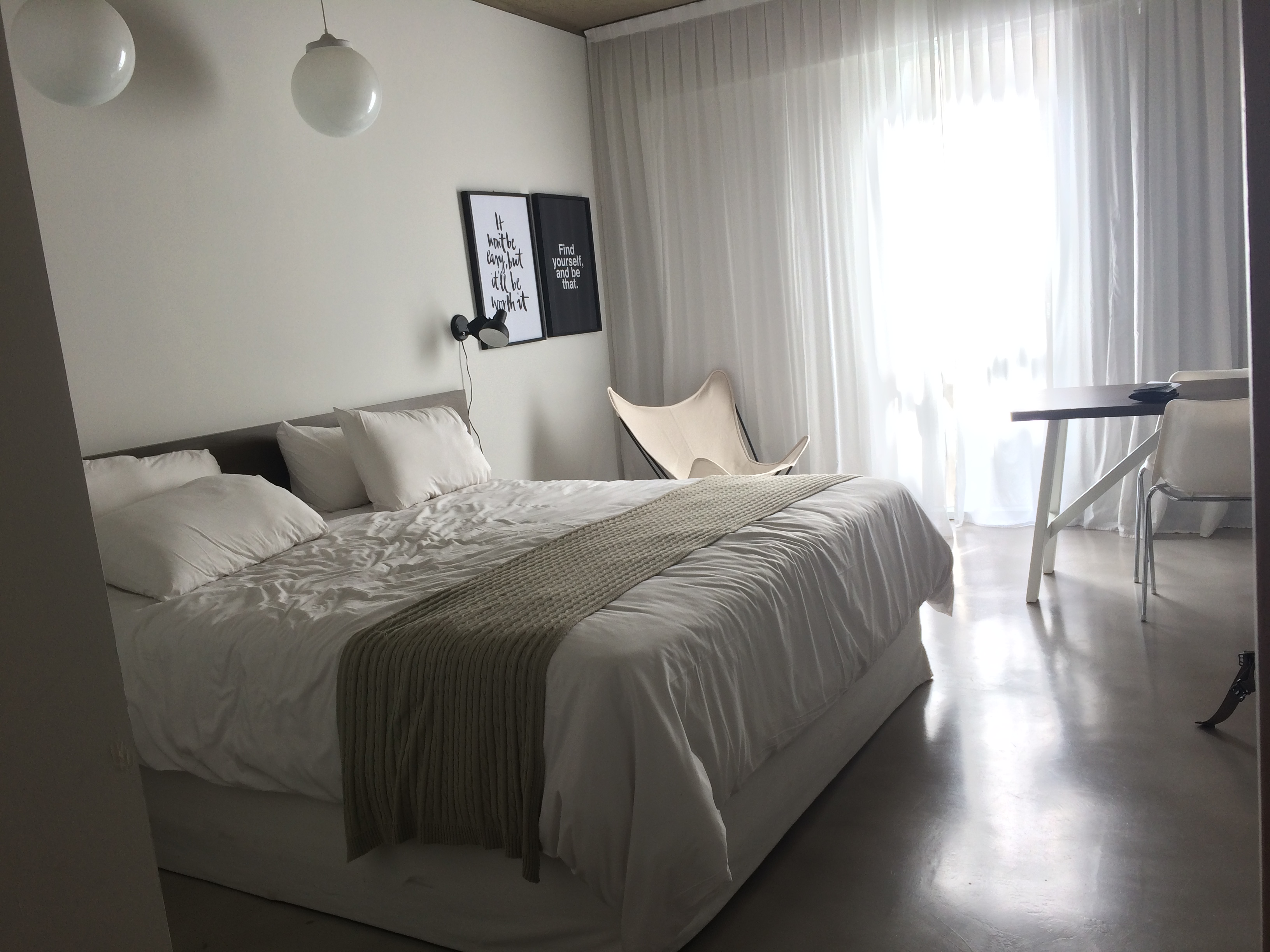
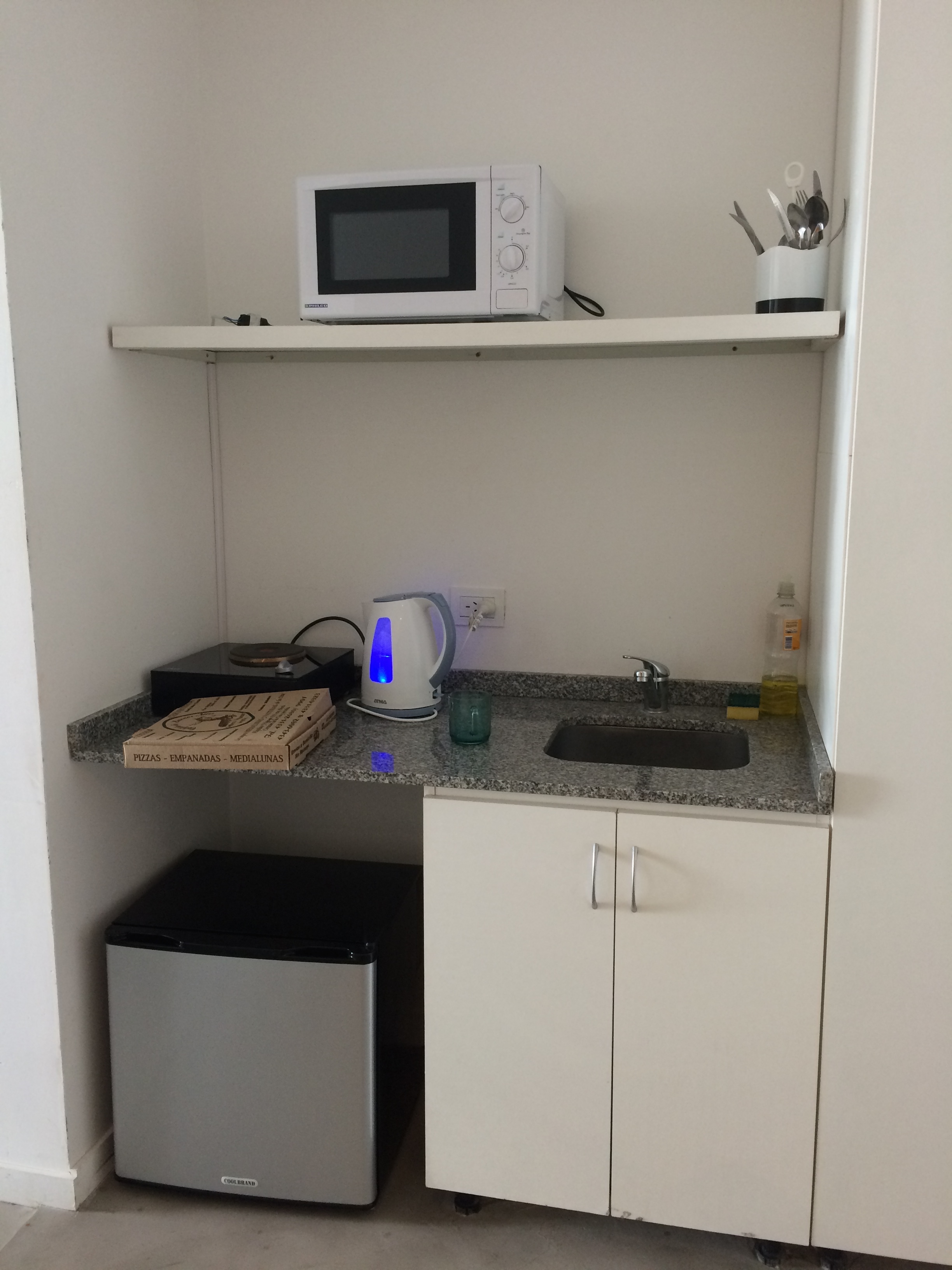
…But after a week I hate to admit that I was underwhelmed and disappointed. Before giving Chris my opinion of BsAs, I asked him for his opinion. After a bit of silence, I got, “Meh.” It’s not that we hated or disliked BsAs. No, it’s far from that. The stereotypes of the “passionate, seductive, captivating, inspiring” city simply proved to be false compared to other major metropolitan cities. It truly is “just a big, ugly city.” I enjoy taking photos of gorgeous landmarks and emailing/texting them to friends, but throughout my 11 days in BsAs I could not find anything decent to take a picture of. It’s not even that my picture-taking skills are poor. Even professional photos of BsAs on the internet weren’t interesting or epic enough to send to friends.
No, I don’t think I came here with high expectations. Even the common statement, “BsAs is the Paris of South America,” is a claim I cannot comprehend since I have never been to Europe. Upon arrival I researched multiple blogs and posts on Trip Advisor on what to see and things to do, and found that all discussions shared common suggestions: steak and wine, the Casa Rosada, tango, churches, theaters, steak, strolling through certain streets and parks, wine, some cemeteries, maybe a zoo, some touristy street fairs, some clubs/bars, and more steak and wine. Many have also claimed, “Like New York, BsAs is a city that never sleeps.” Such lies! The subway shuts down between 10-11pm (earlier than San Francisco’s BART!), and on weekends BsAs is a ghost town. I expected BsAs, one of the largest cities in Latin America, to captivate me like the largest cities in the US or Asia such as San Francisco, Chicago, New York, Bangkok, Hong Kong, or Tokyo. I honestly hoped that the suggested itineraries were only boring on print, but after checking each activity off the checklist, it became clear that the “special energy” of BsAs was a tame one.
Except for the steak and wine.
Steak and wine is the highlight of not just BsAs, but all of Argentina. The quality for the price just cannot be beaten in this country. I cringe at the idea of vegetarians coming to Argentina; looking for vegetarian options is like going to India and looking for beef burgers. It’s like someone who hates the cold and snow spending a week at the world’s finest ski resort. I’m sure that person can still have a good time, but he won’t be able to take advantage of what the place is world-famous for.
We dined on steak and wine multiple nights. The typical price for succulent steaks, crispy fries, a bottle of Malbec, and maybe dessert amounted to ~$25 USD pp after tip!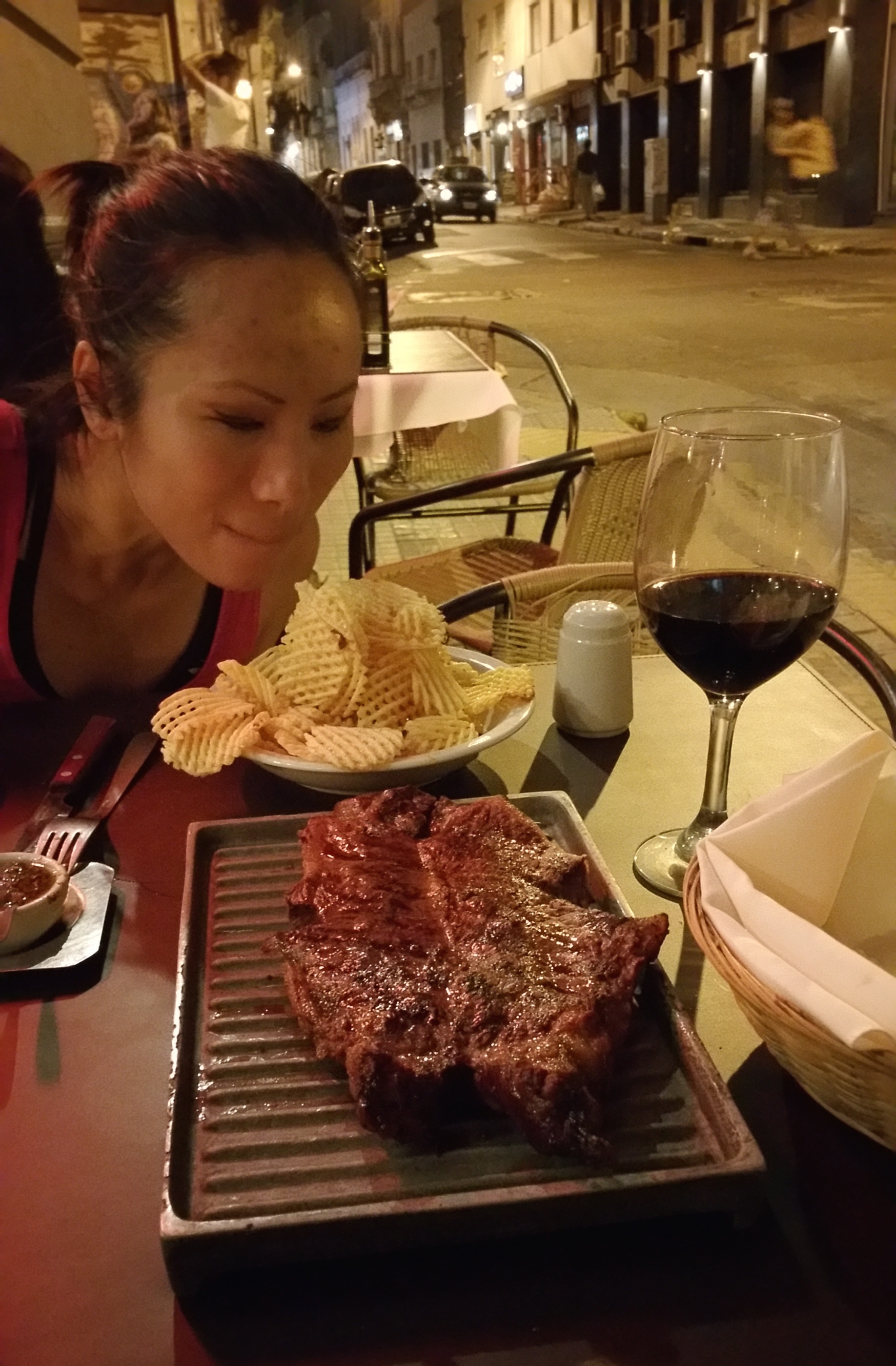
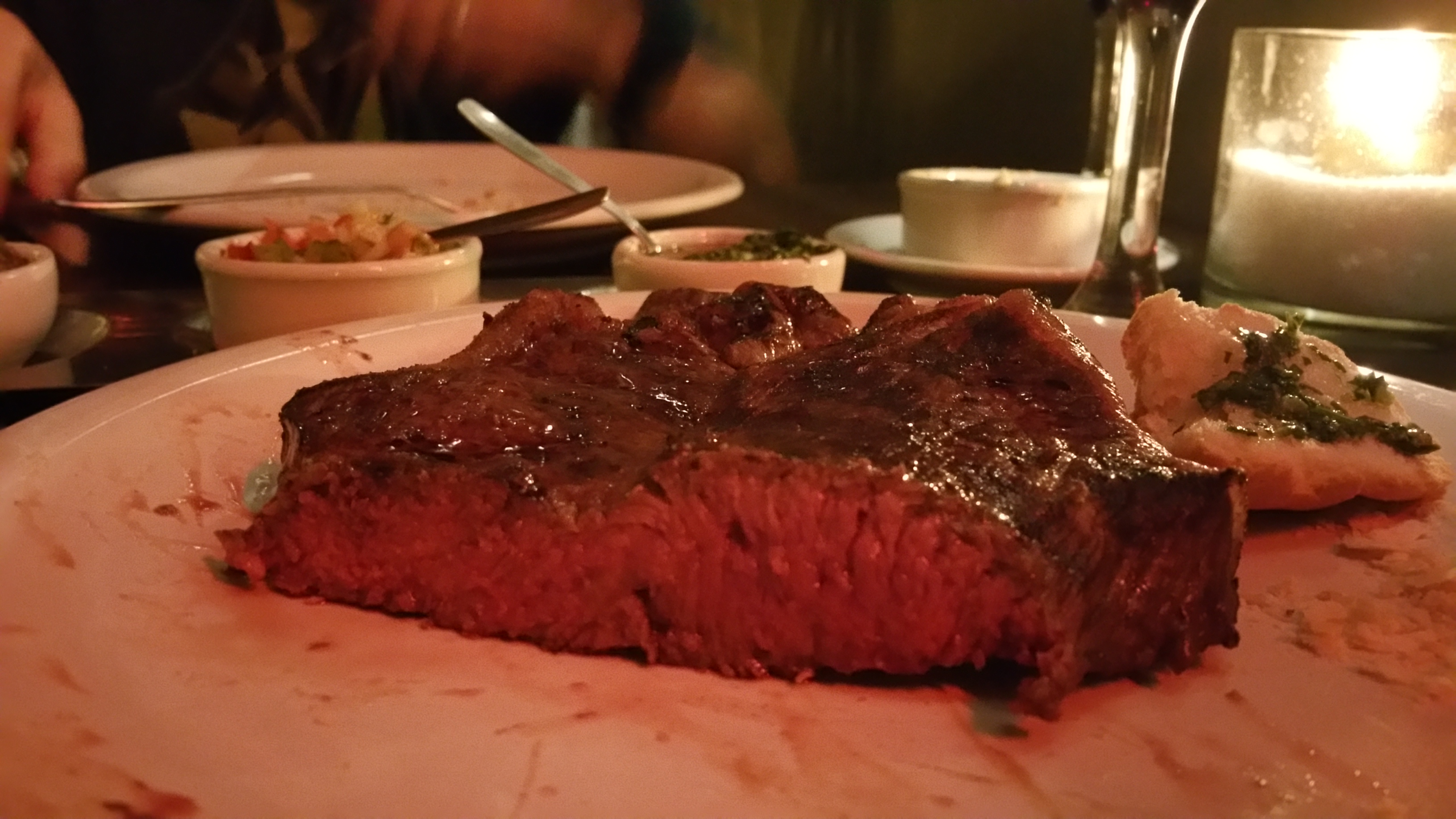
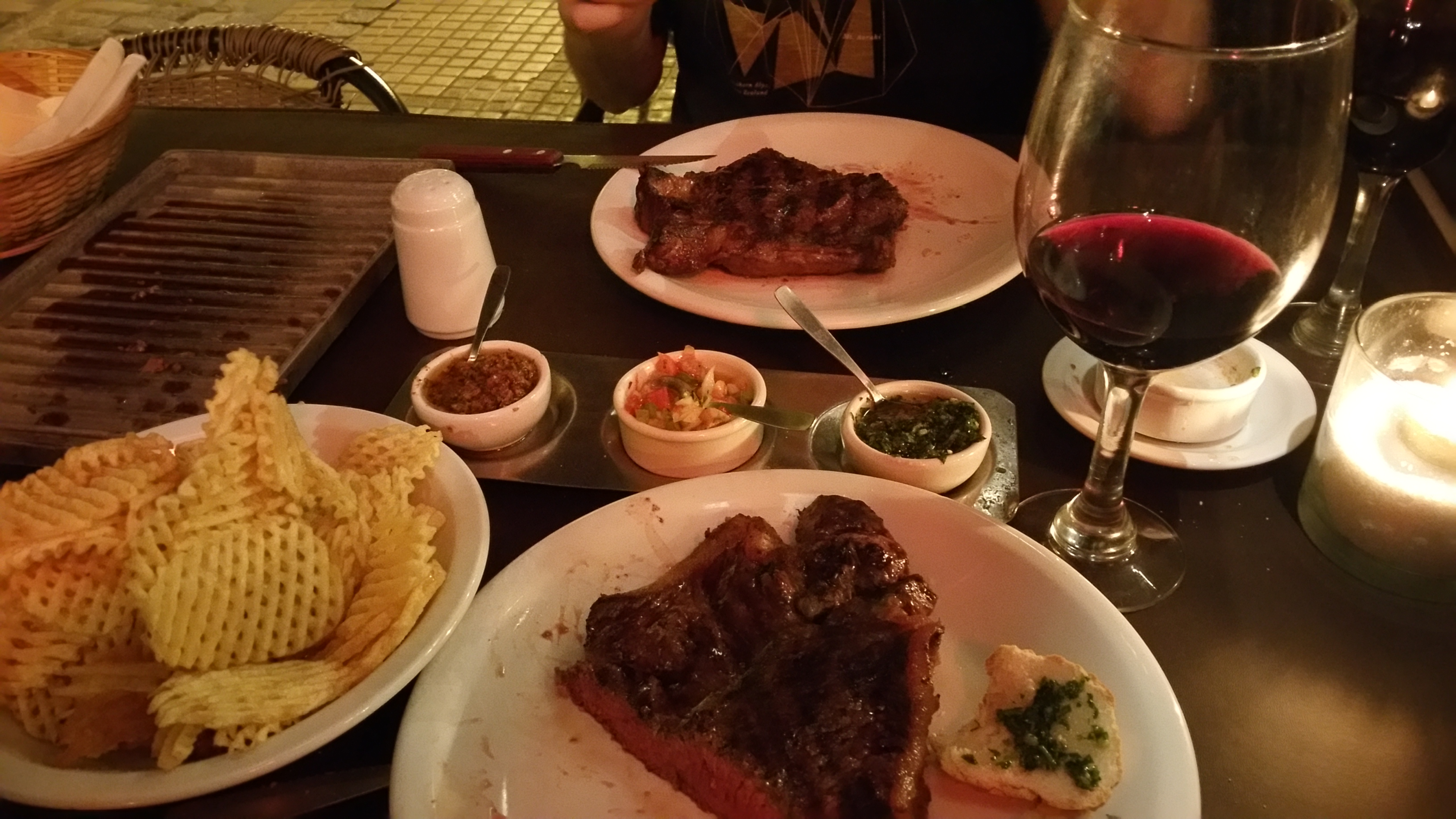
Bread, pastries, and cake shops can easily be found within minutes of strolling down the street. Having a sweet tooth myself, I simply adore pastelerias. In addition to stuffing my face with red meat, pizzas, and empanadas, I gorged down on chocolate cakes more often than I should have. My favorite chocolate cake was dubbed Torta Guilt or Guilt Cake.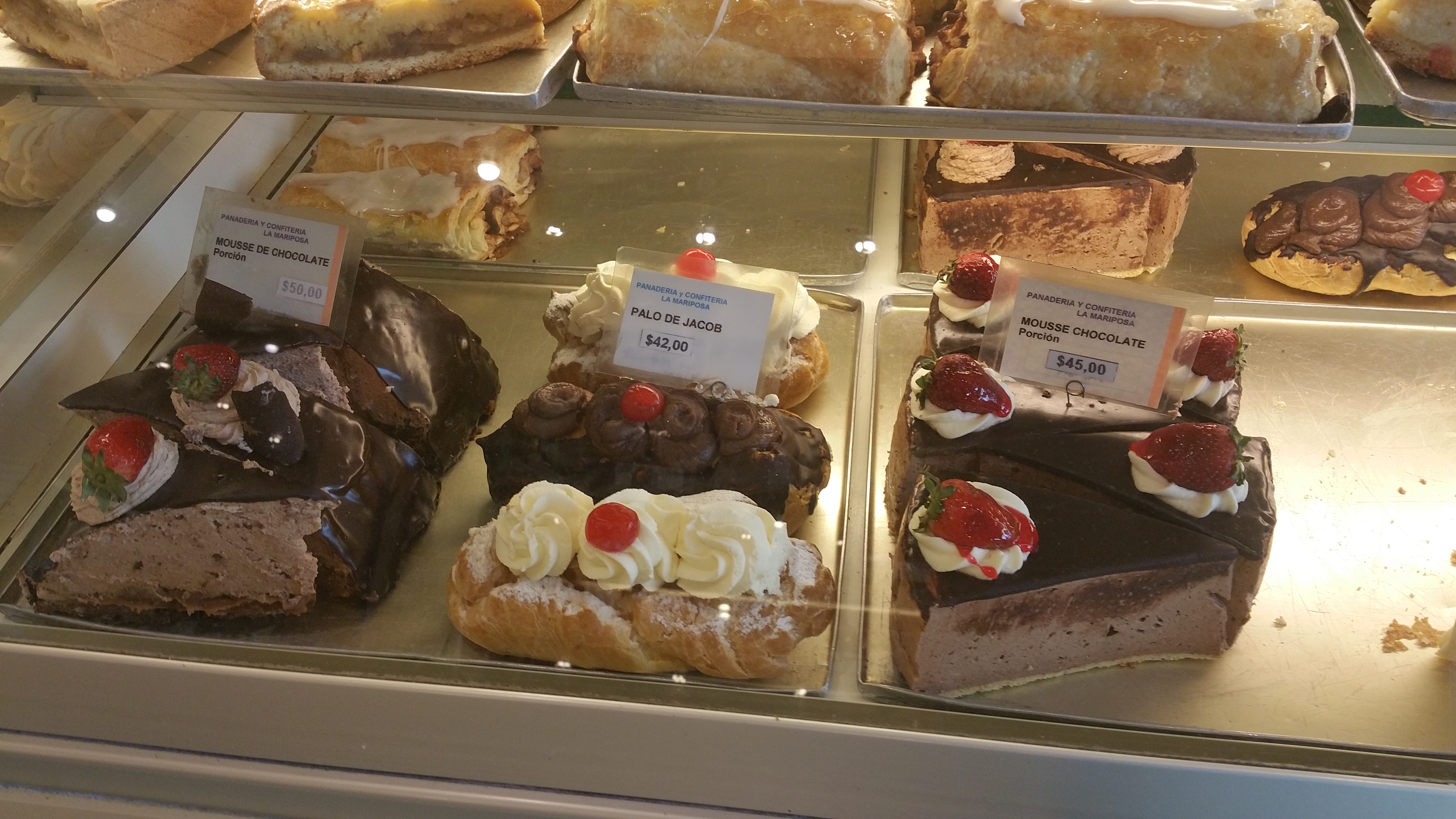
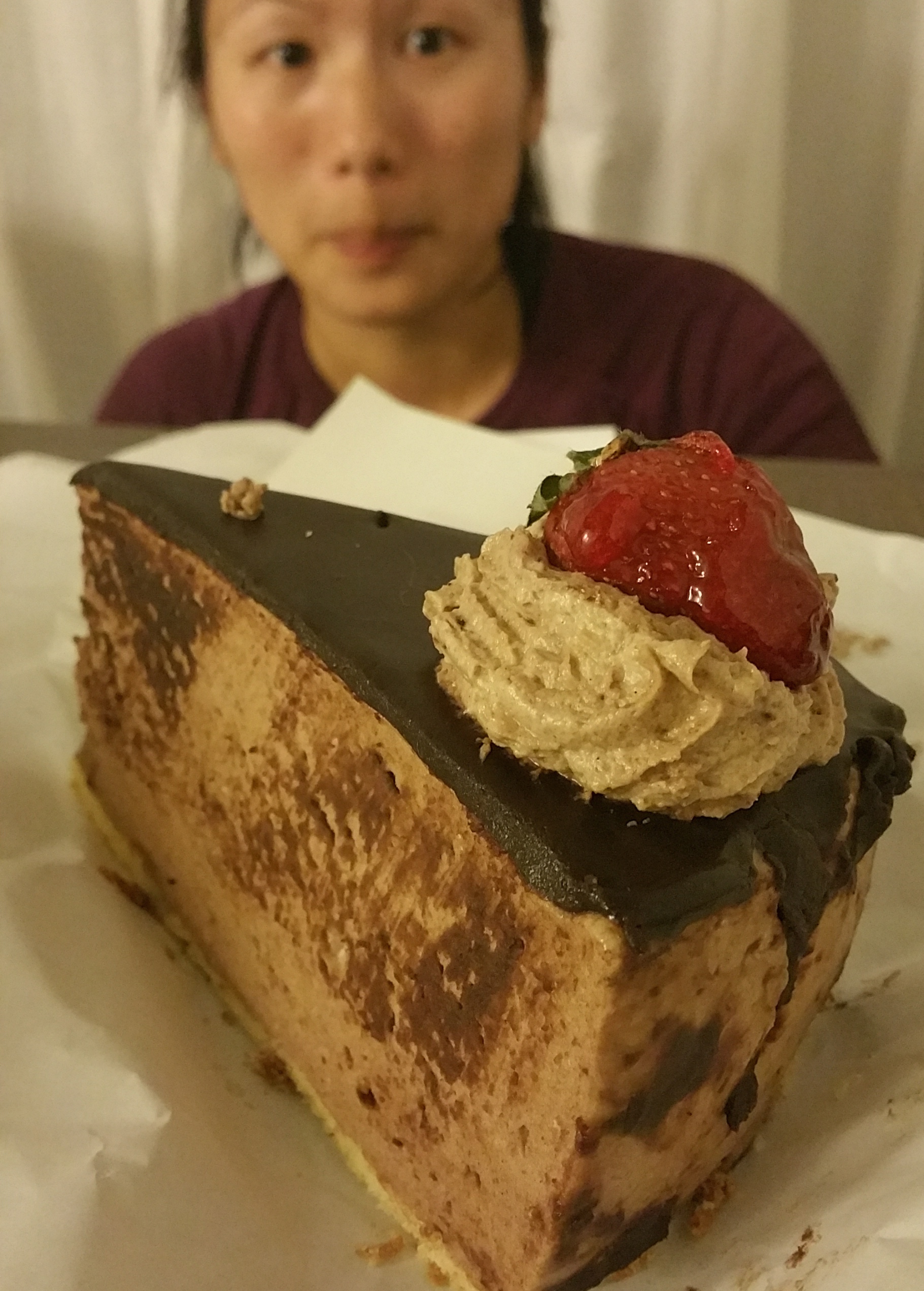
And now on to the touristy things…the “highlights” and “must-do’s” of BsAs.
San Telmo Sunday Street Market
We arrived on Easter Sunday, and little did we know that the San Telmo Sunday Street Fair was happening. It was the only thing going on that day (Easter Sunday meant a ghost town in a predominantly Catholic country) so our accidental stumble into the cobblestone streets of Avenida Defensa led us through the heart of San Telmo. While we were mildly entertained for about an hour, I’m not sure I can say it is worth visiting more than once. The arts, crafts, and souvenirs were definitely catered toward tourists (I can’t say there were many locals there). I actually didn’t even realize it was a highly suggested tourist attraction until I later researched things to do in BsAs.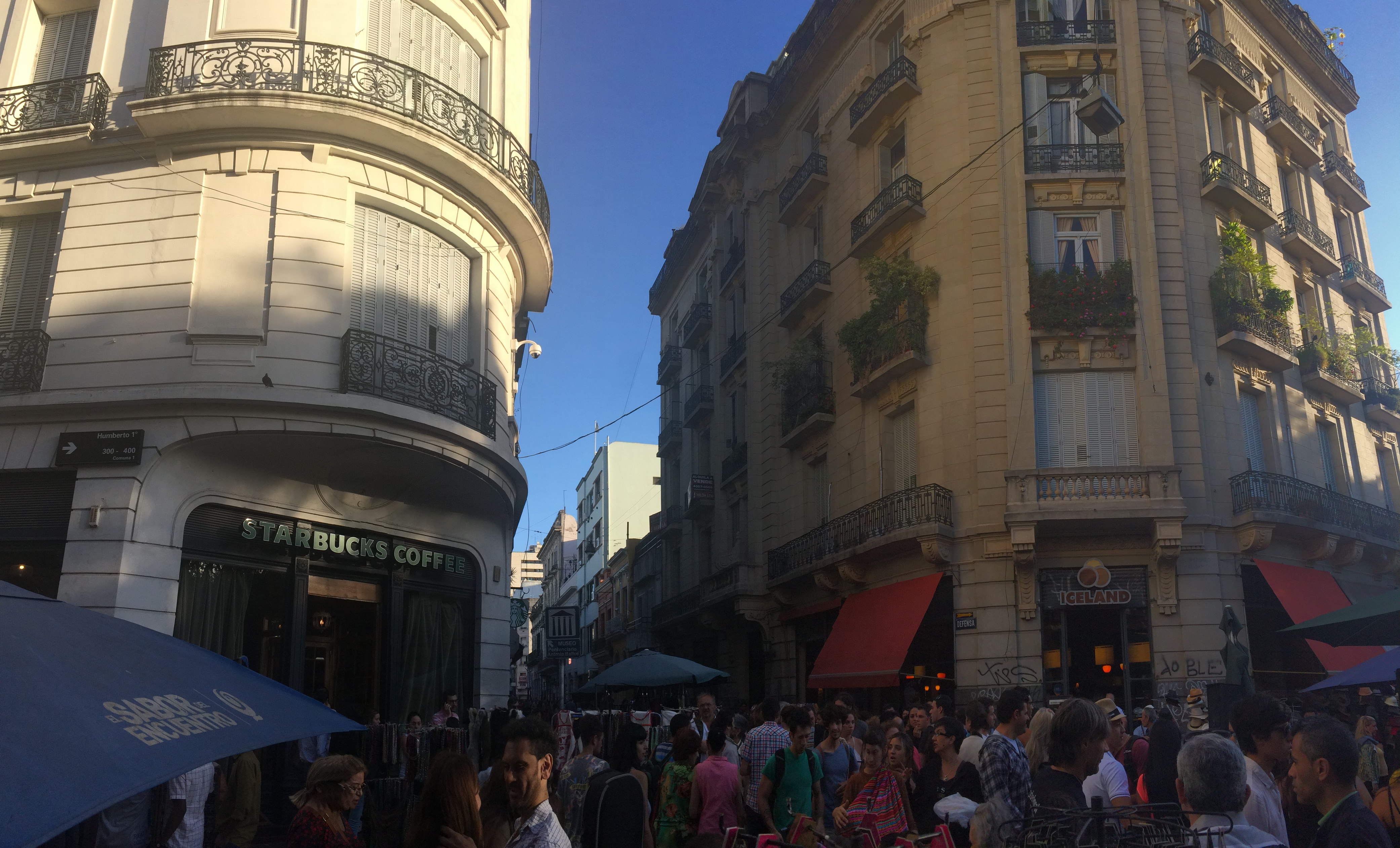
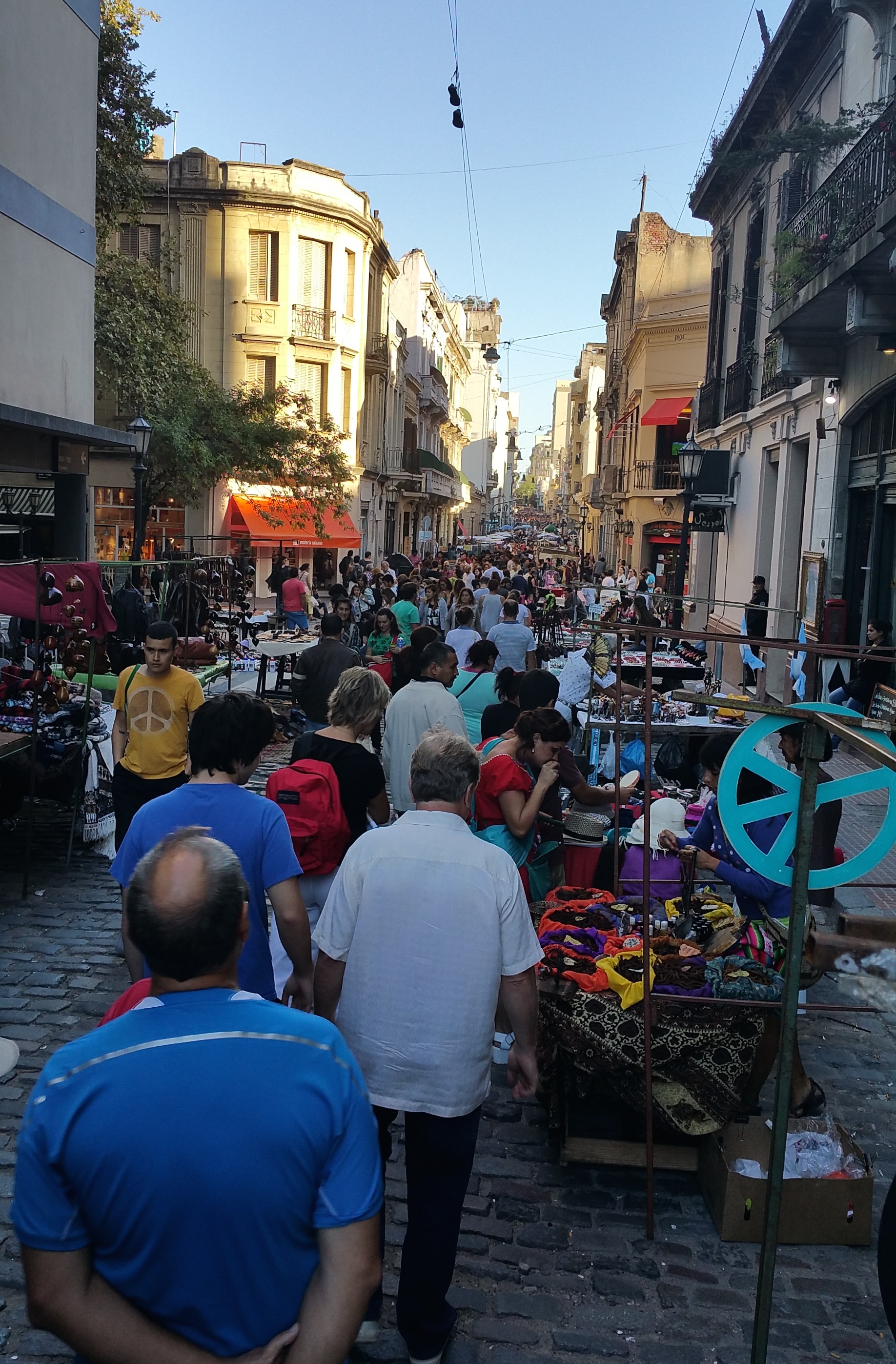
European Architecture
They say that the European buildings are pretty, and the corner cafes and restaurants are charming. They are, but after several photos, we moved on.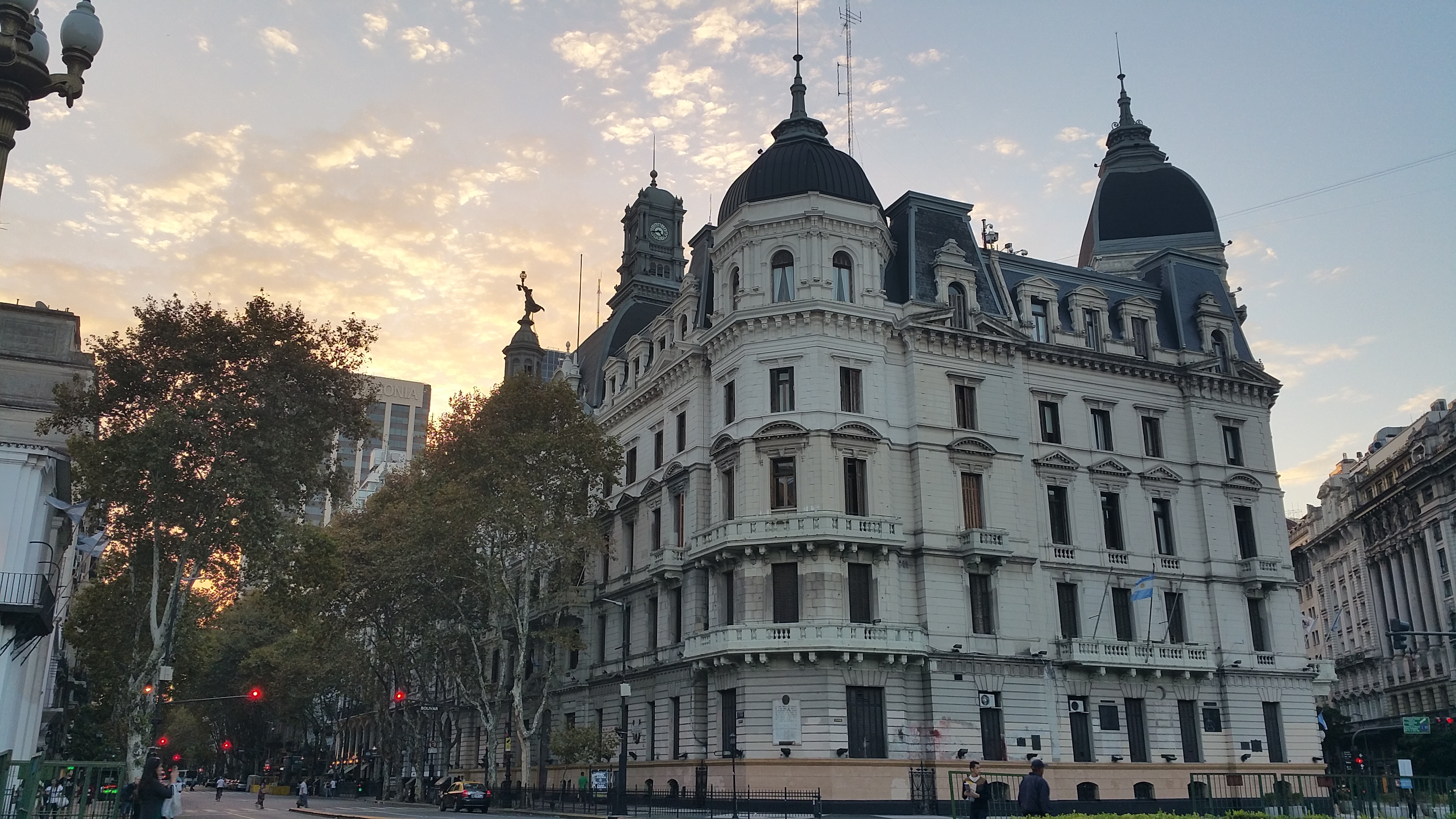

The Skyline…Sort Of
For a major metropolis with a world-famous reputation, I was expecting an awe-inspiring skyline. Okay maybe that was too much to expect. The closest thing to a skyline is the waterfront/pedestrian bridge along Puerto Madero, the once-abandoned cargo port that wasn’t revitalized into an upscale waterfront until the 1990s.
We saw it in the late afternoon: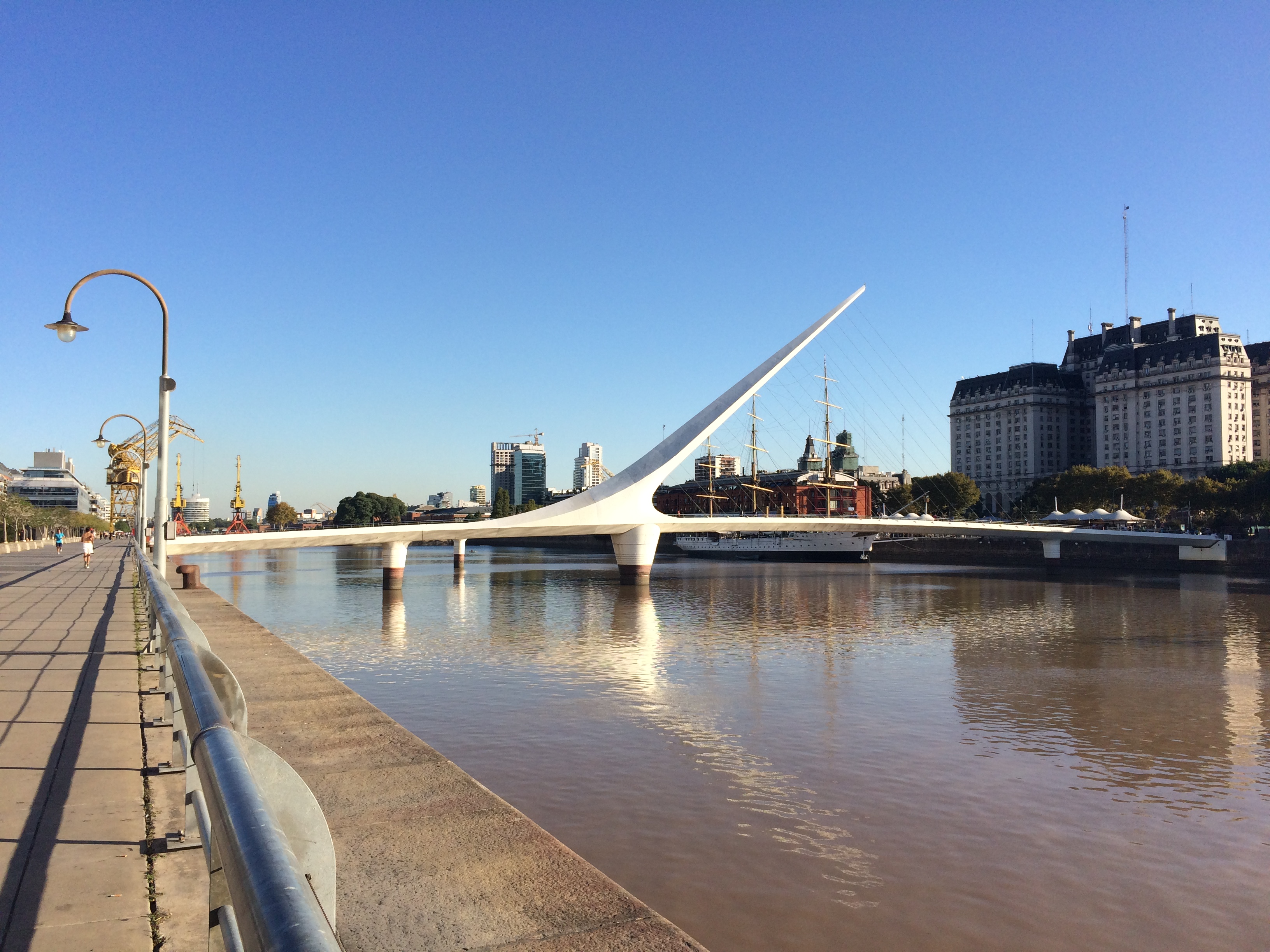
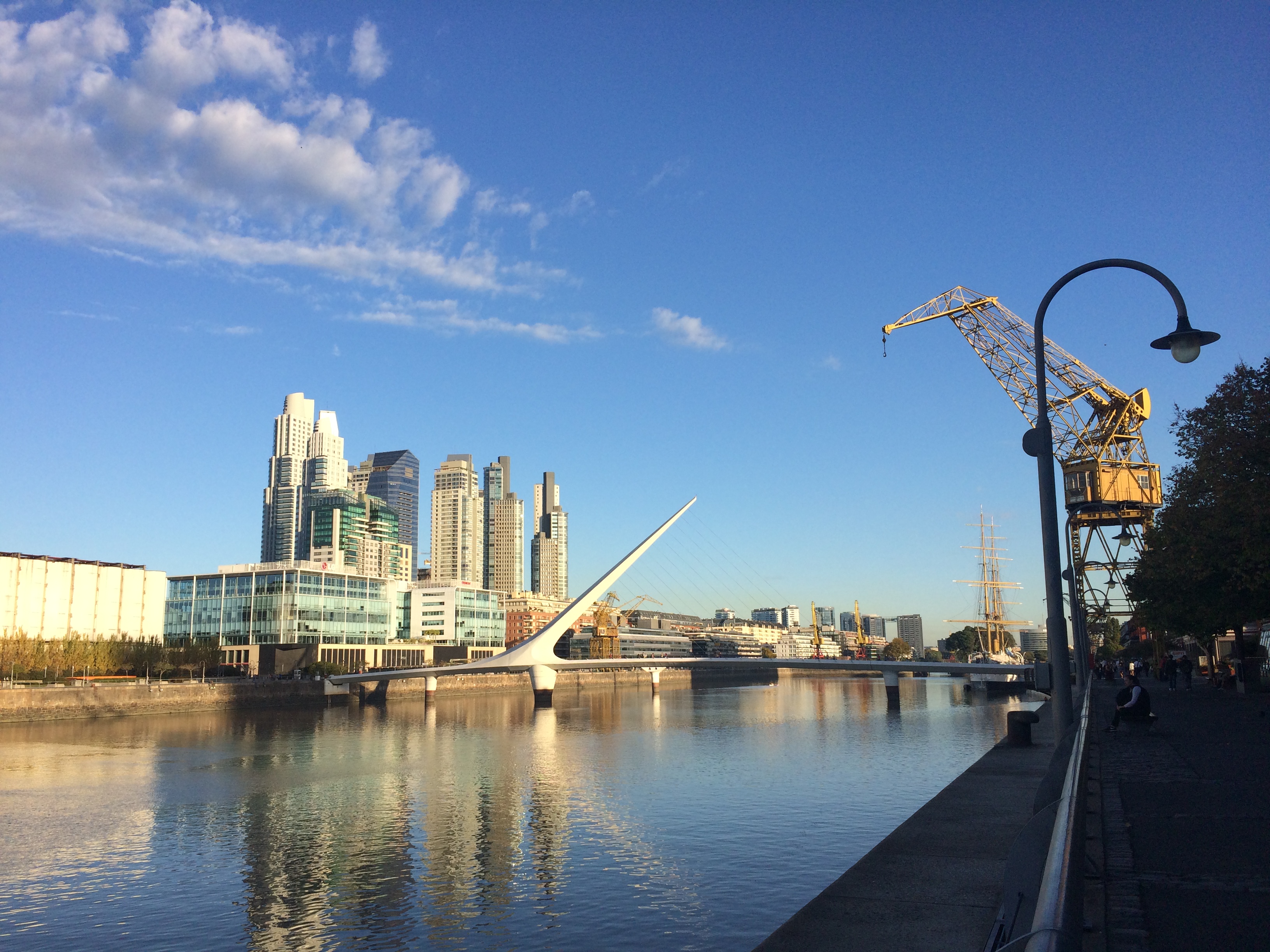
I thought it would look more spectacular in the evening, so we returned on a later day. Nope, it was still the same simple skyline that is comparable to smaller, lesser-known cities back in the U.S. such as San Jose, CA or Austin, TX. 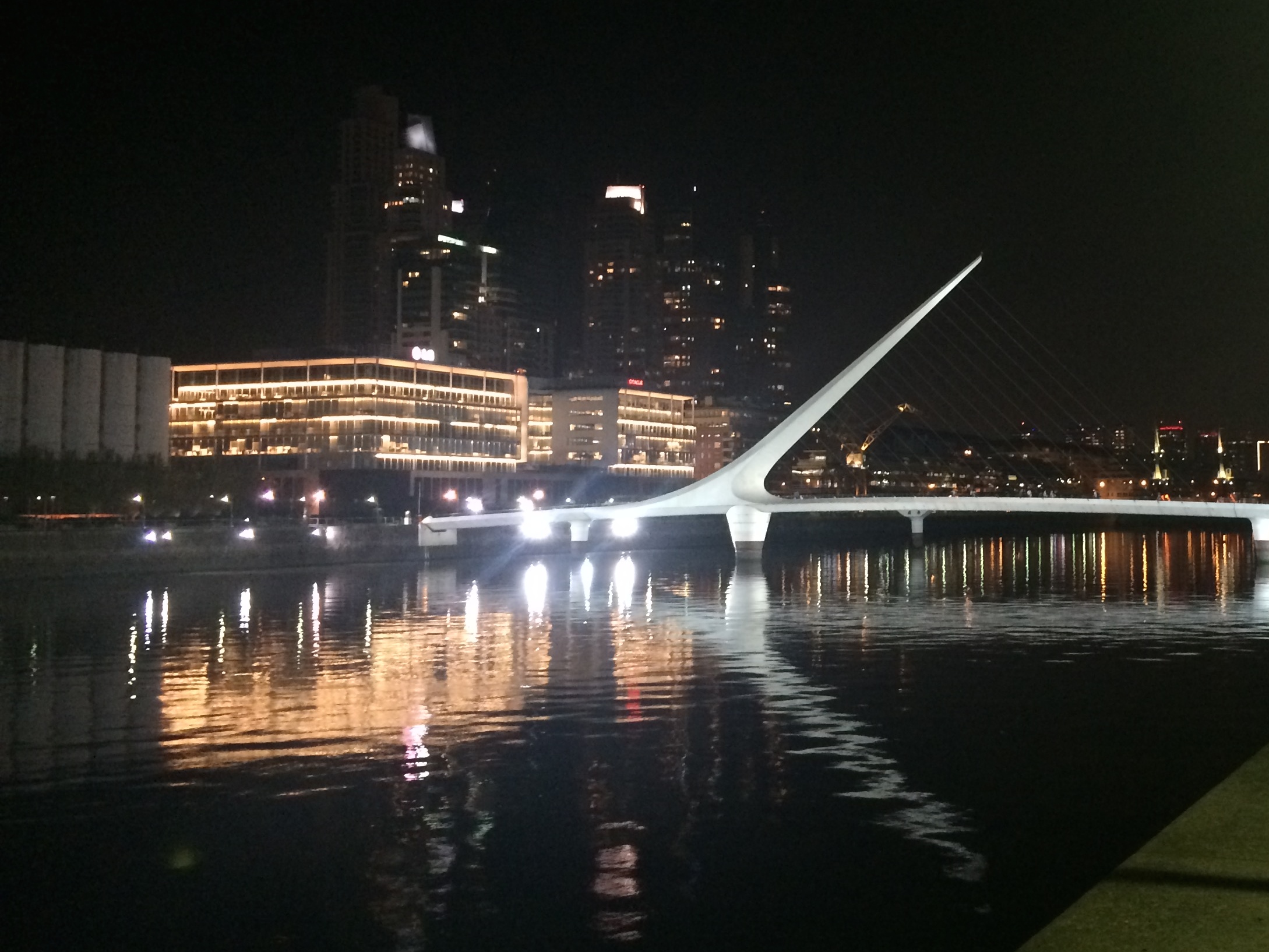
And here is the “iconic” Avenida 9 de Julio with the obelisk: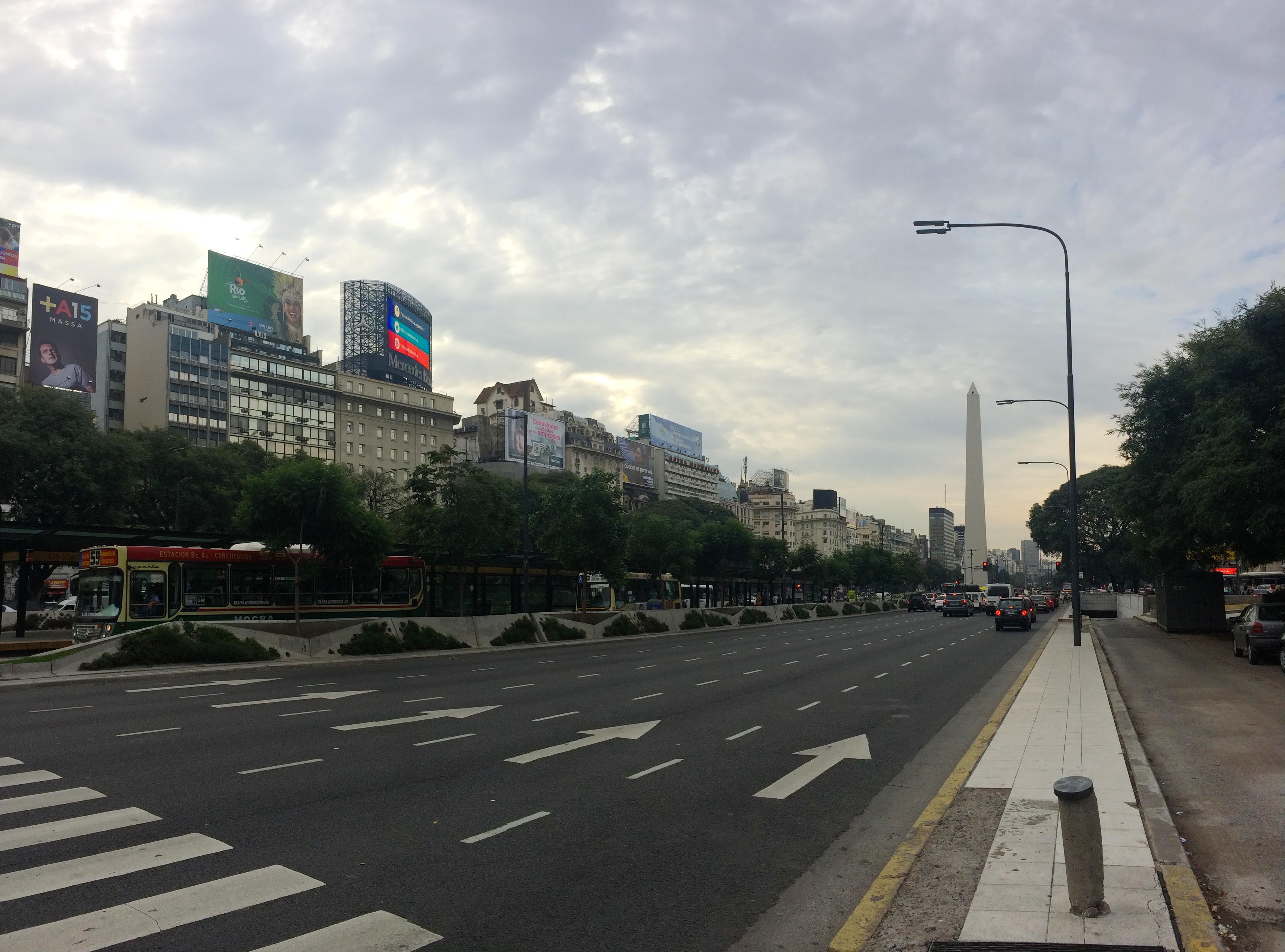
Perhaps it is the North American arrogance within me that expected such a grand skyline. Tall buildings represent the affluence and grandeur of a city, don’t they? Hell, even if you look outside of America, you’ll find the KL Tower and Twin Towers in Kuala Lumpur. Don’t even get me started on Hong Kong. Come on, Latin America!
Casa Rosada
One cannot come to BsAs without taking a photo of the Casa Rosada. How many pink government buildings are out there?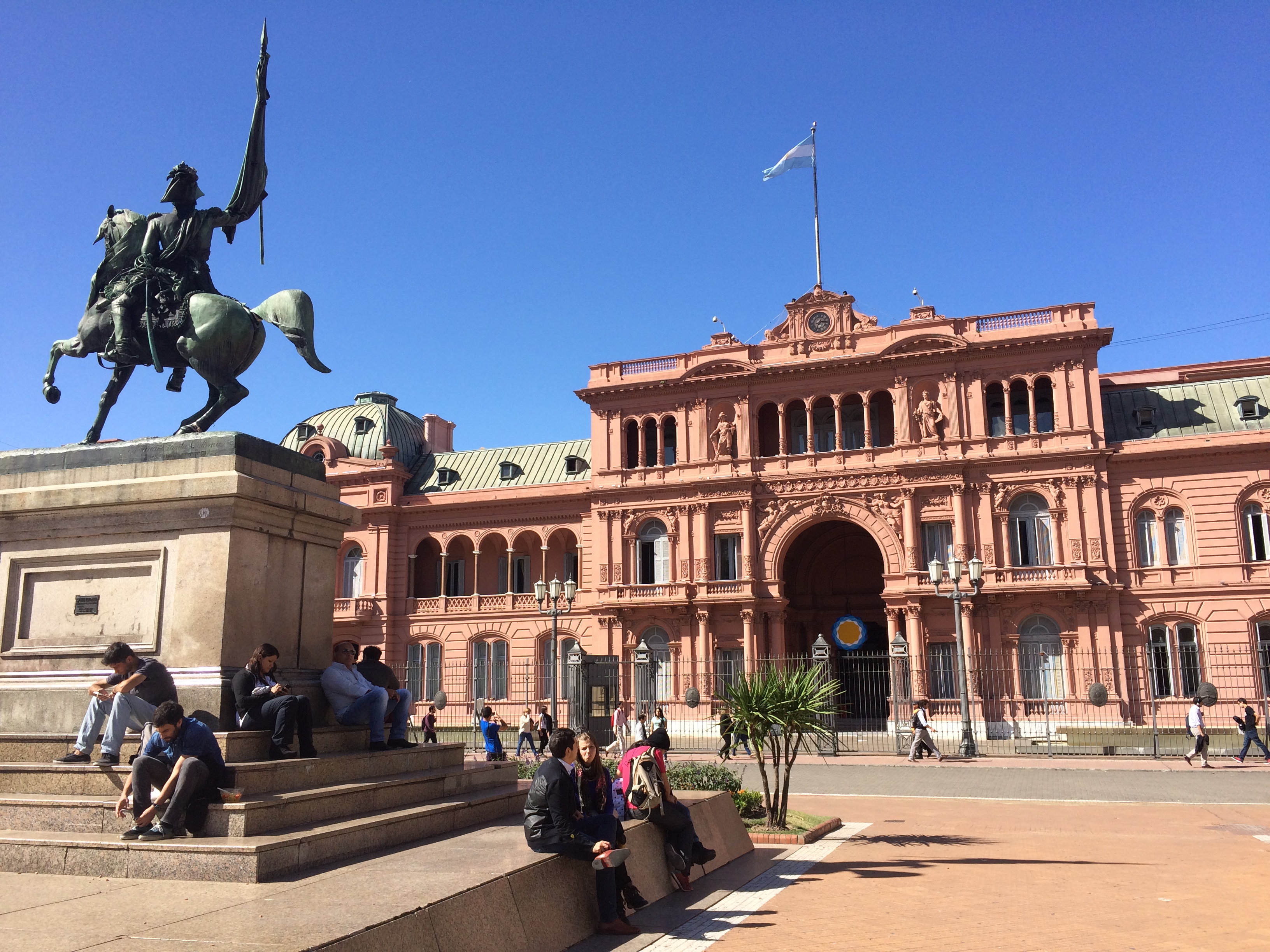
During the weekends free 1-hour tours are offered through the Casa Rosada. Photos can be found below.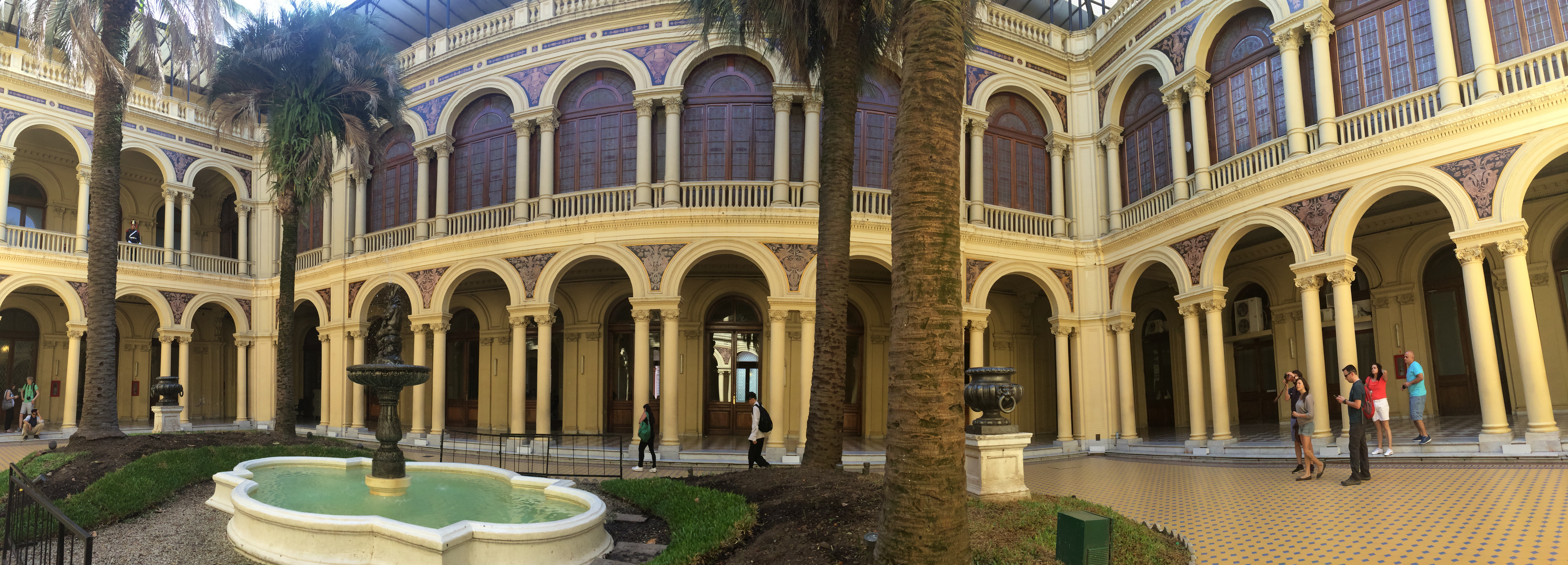
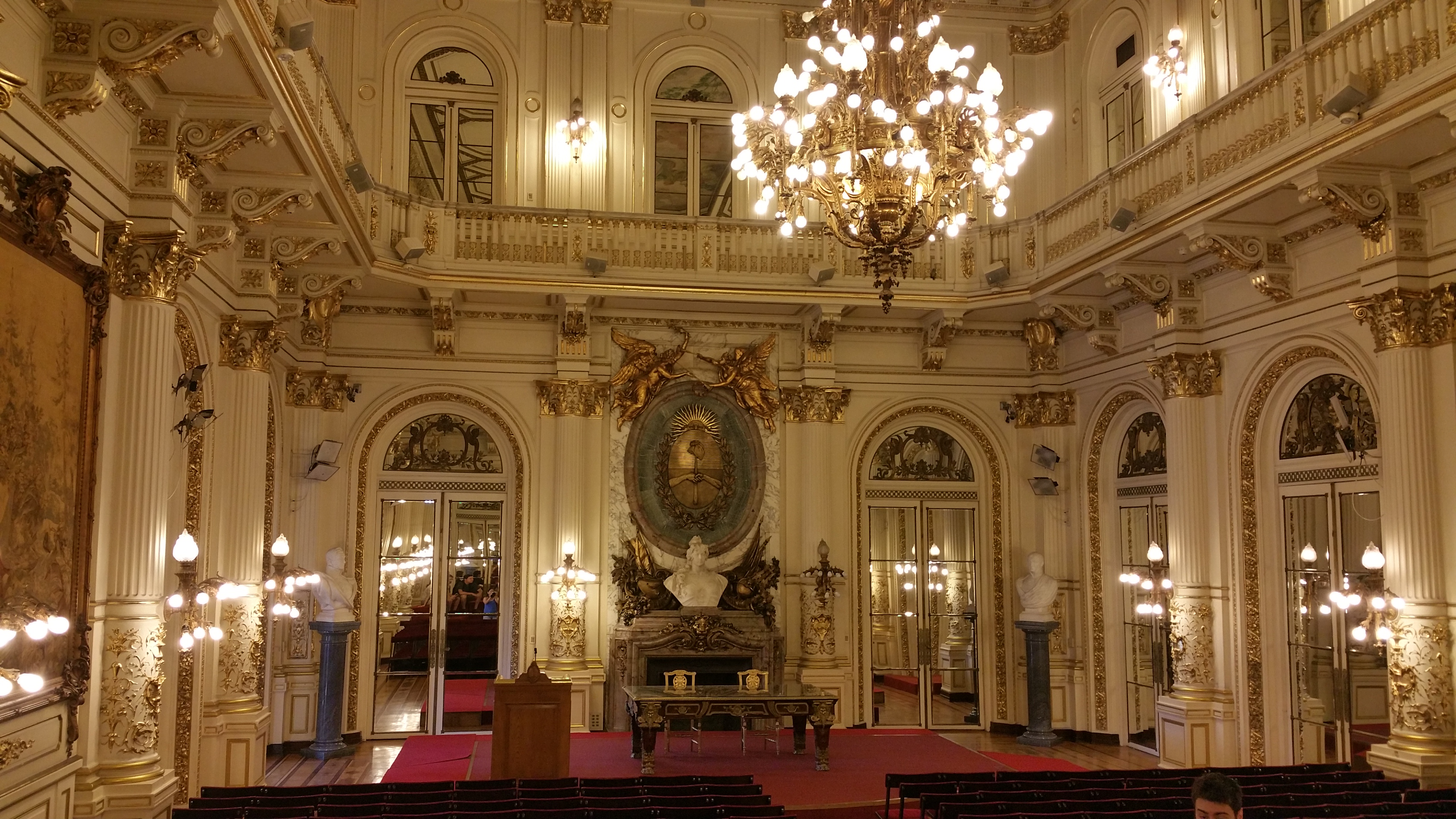
From the balcony where Eva Paron made her famous speech:
It’s funny that the Casa Rosada is surrounded by an ugly fence. Apparently the fence was meant to be only temporary, typically being assembled and disassembled for riots. However, protests and riots are so frequent that the fence is now left there permanently.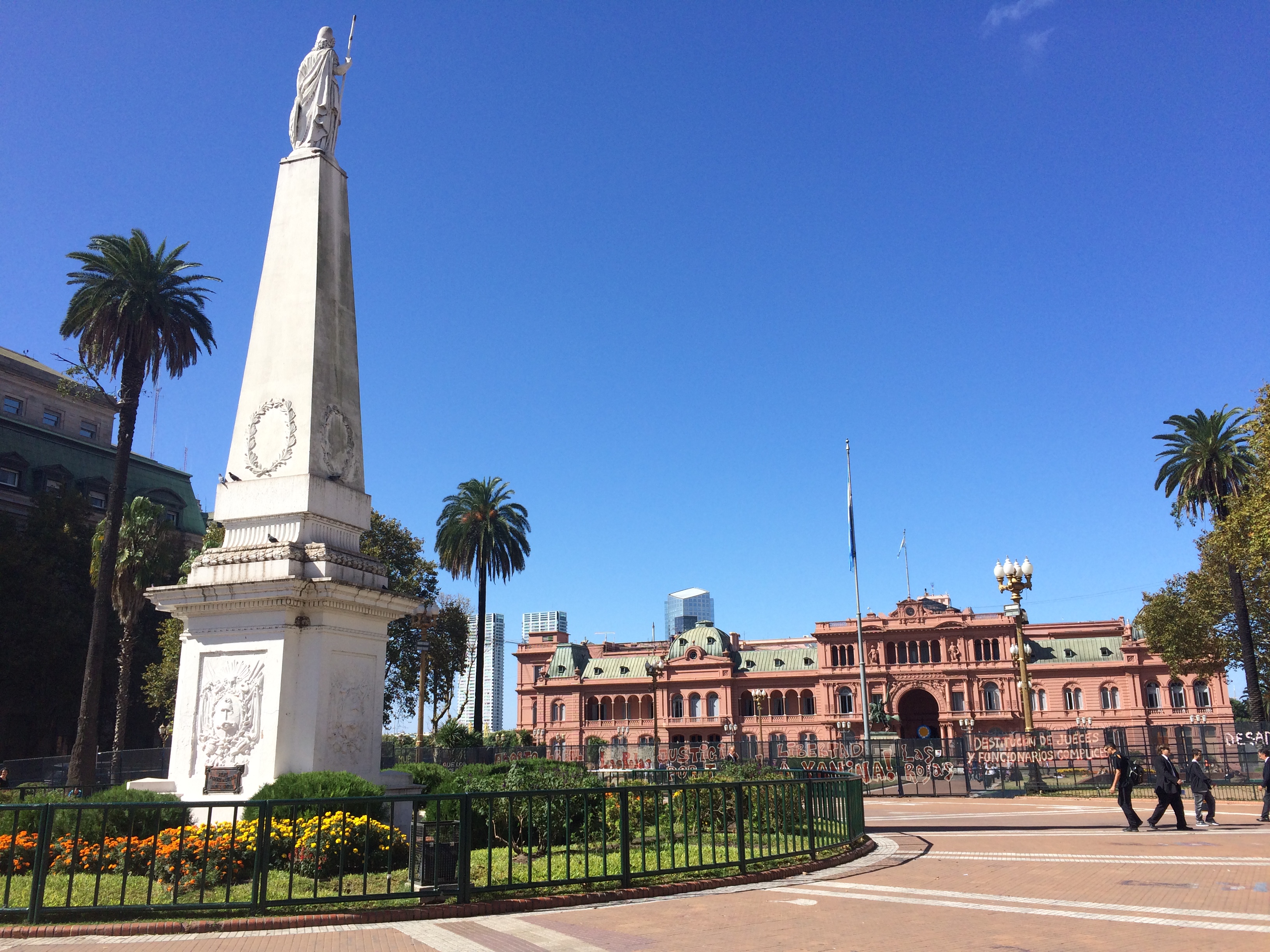
Recoleta
Apparently the Recoleta cemetery is a must-see while in BsAs due to the giant monuments, detailed statues, and the tomb of Eva Peron. It was similar to the cemetery in Punta Arenas, Chile, but not as world-renowned. Chris and I are not too fond of cemeteries not because they are deemed as morbid and/or creepy, but because we find that the idea of preserving a body in a box to take up space on this earth is the ultimate form of hoarding.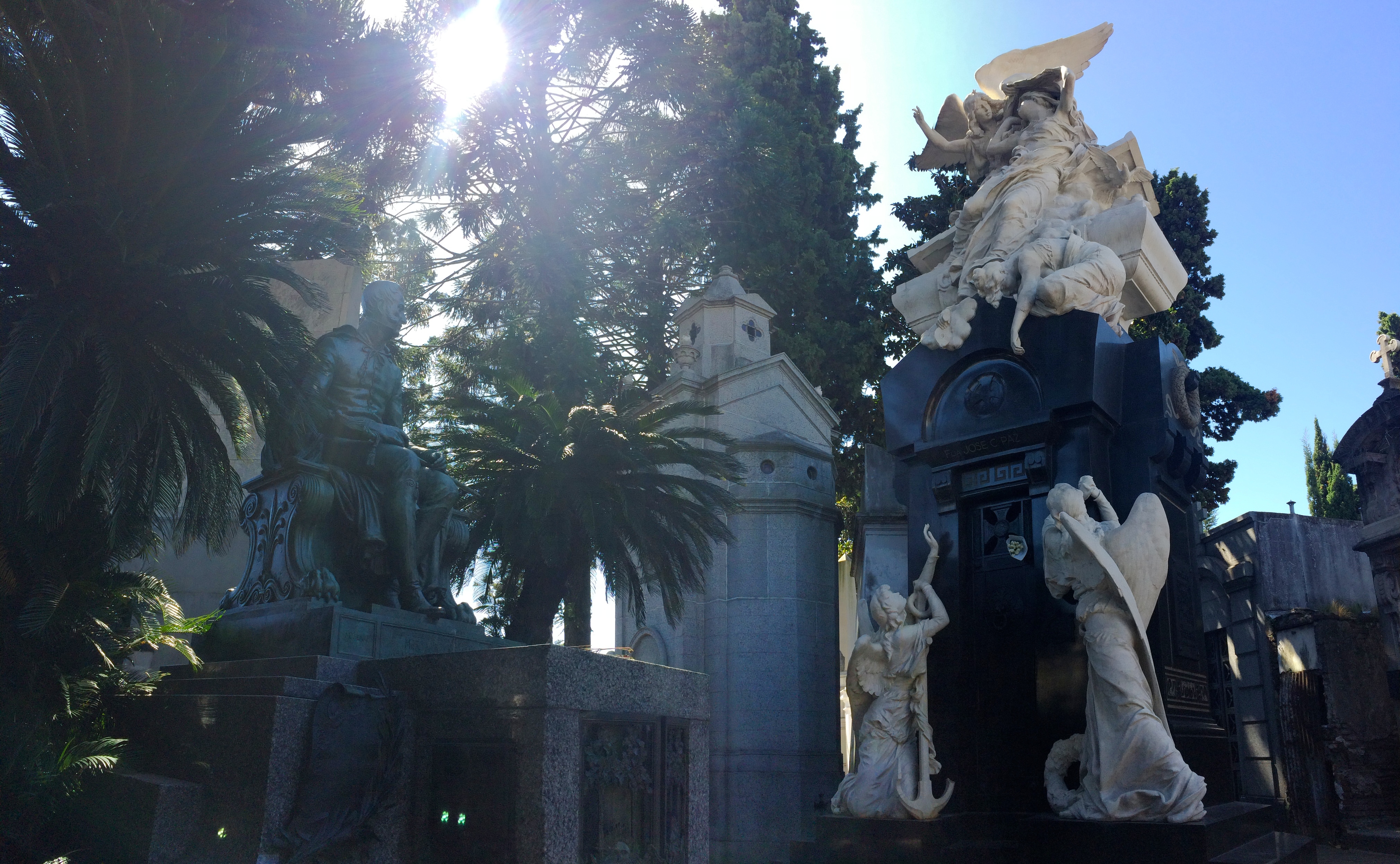
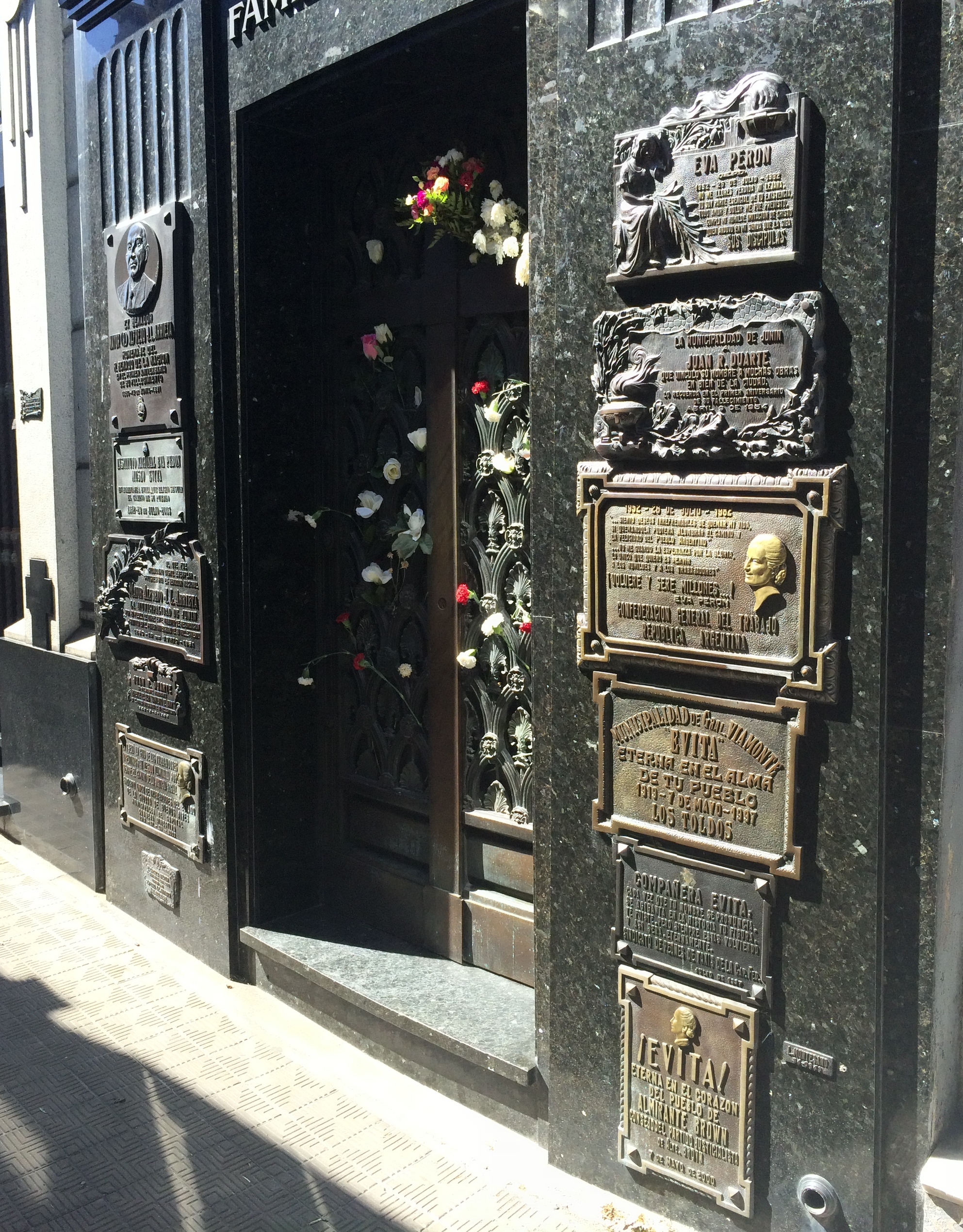
Not far from the cemetery is the Floralis Generica, or “that giant metal flower,” similar to Chicago’s “The Bean” but not quite as surreal. It was under construction during the time period I was there, but there was no need to stay long after a quick, obligatory photo. I believe the renovation was for the mechanics of this sculpture; its petals were intended to open upon sunrise and close upon sunset. It was expected to function by March 2015, but like everything in Argentina, delays are frequent as a result of budget cuts and financial disarray.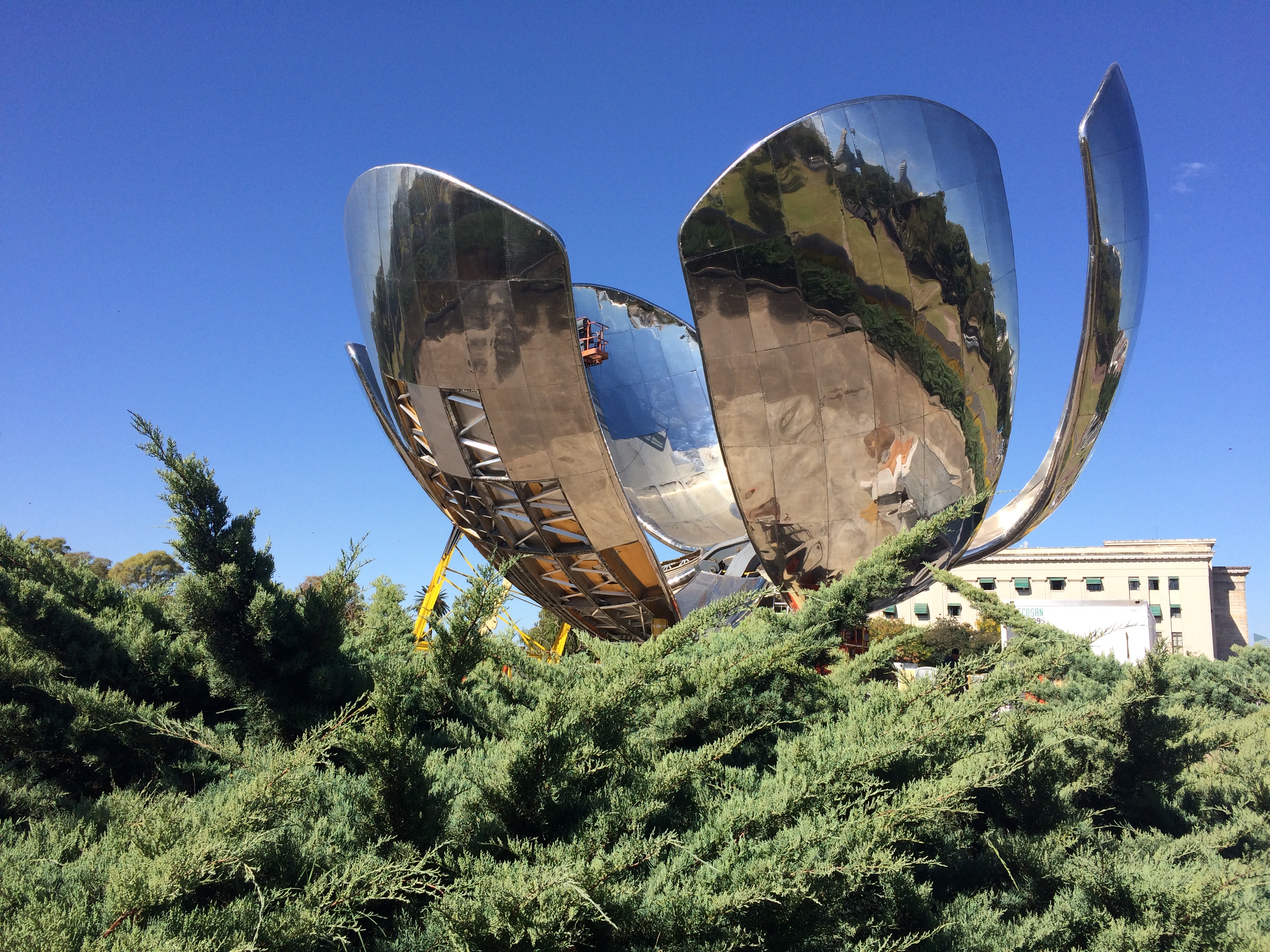
La Boca
Albeit touristy, the neighborhood of La Boca is a colorful area worth a brief visit from San Telmo. Two main attractions are the futbol stadium known as La Bombonera, and the alley of Caminito. Many people know that “La Boca” means the mouth. La Boca earns its name due to its situation at the mouth of the river that runs along the southern border of BsAs. Back in the day the neighborhood consisted of shipyards and those who worked in them. They used remnants of ship material such as sheet metal to construct their homes, which still stand today.
La Bombonera
I read that spectating a futbol game in BsAs’s La Bombonera is an unforgettable, amazing experience since the fans go literally insane/batshit crazy for their team. However tickets are reserved for local fans in dedicated clubs (which have a 7-year wait period!). By the time tickets are available for foreigners, they have been sold from club members to locals, to friends, to relatives, to hostels, to tour companies, etc. In other words, foreigners pay a premium to watch a live futbol game. Quick research found tickets ranging from $150-$200 USD. Because I don’t even enjoy spectating sports games in the states, especially soccer, I couldn’t justify blowing that much money on a futbol game. We walked around the stadium instead.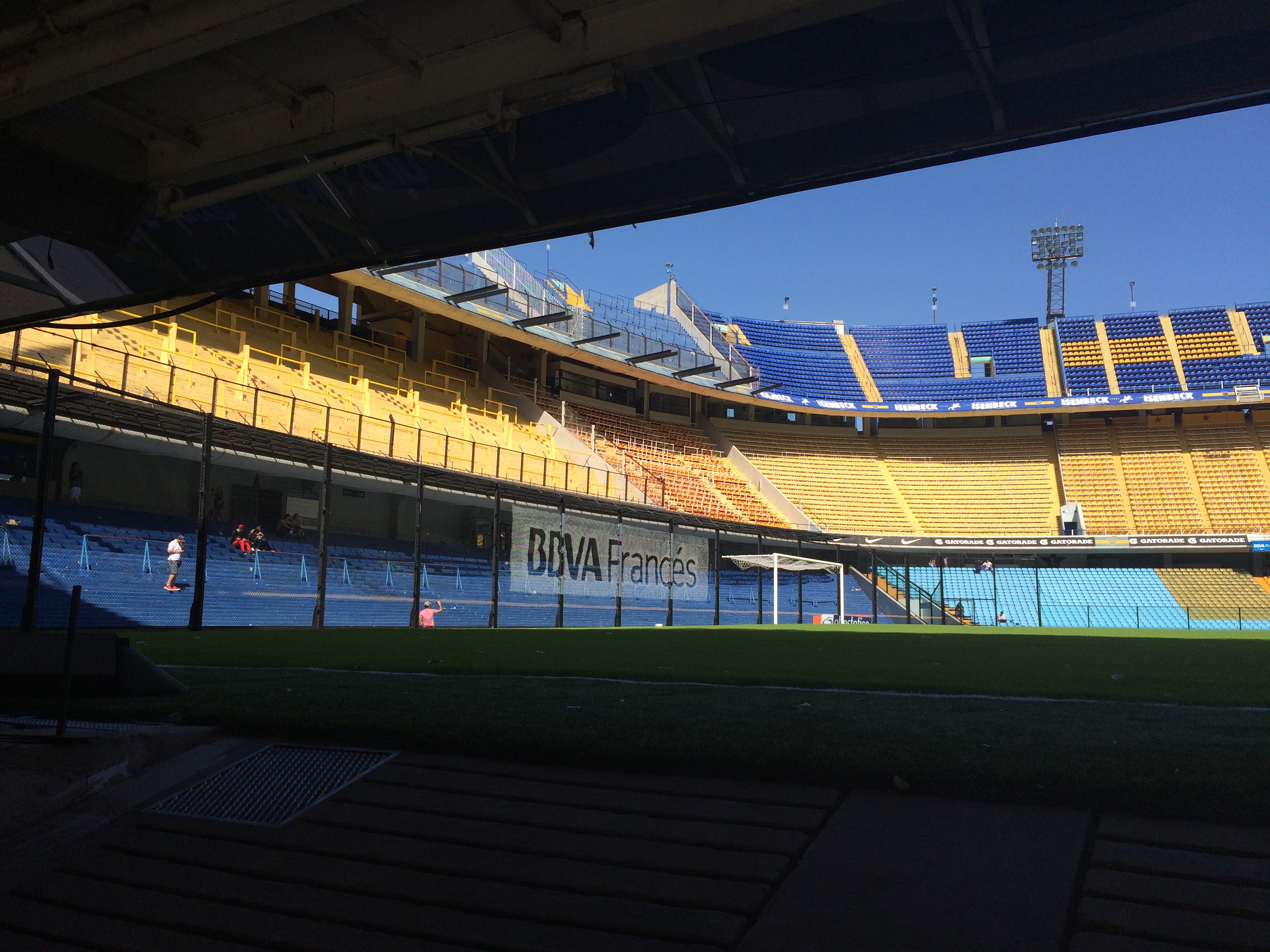
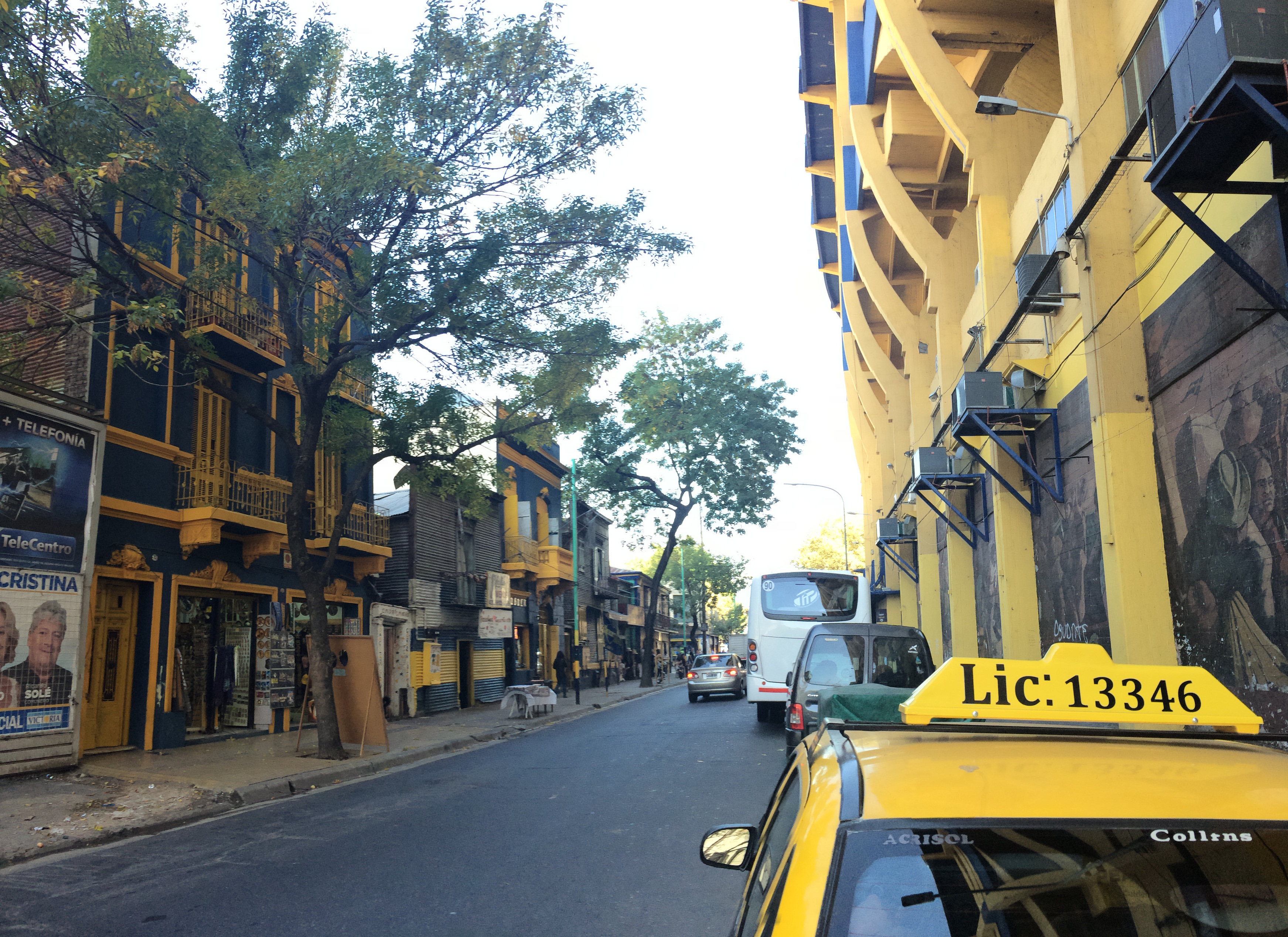
Caminito
In the 1960s, a local artist covered the sheet metal walls of this abandoned alley with pastel-colored paint as a setting for art and performances. It quickly became a haven for artists, and now a tourist trap filled with hawkers, hustlers and “fake” tango dancers. (I’m calling tango dancers who only perform for tourists fake tango dancers, as opposed to the true, passionate tango dancers who are in it for the lifestyle, dance, art, and music.) Caminito is a tourist destination by day, and a dangerous alley by night. We didn’t stay long.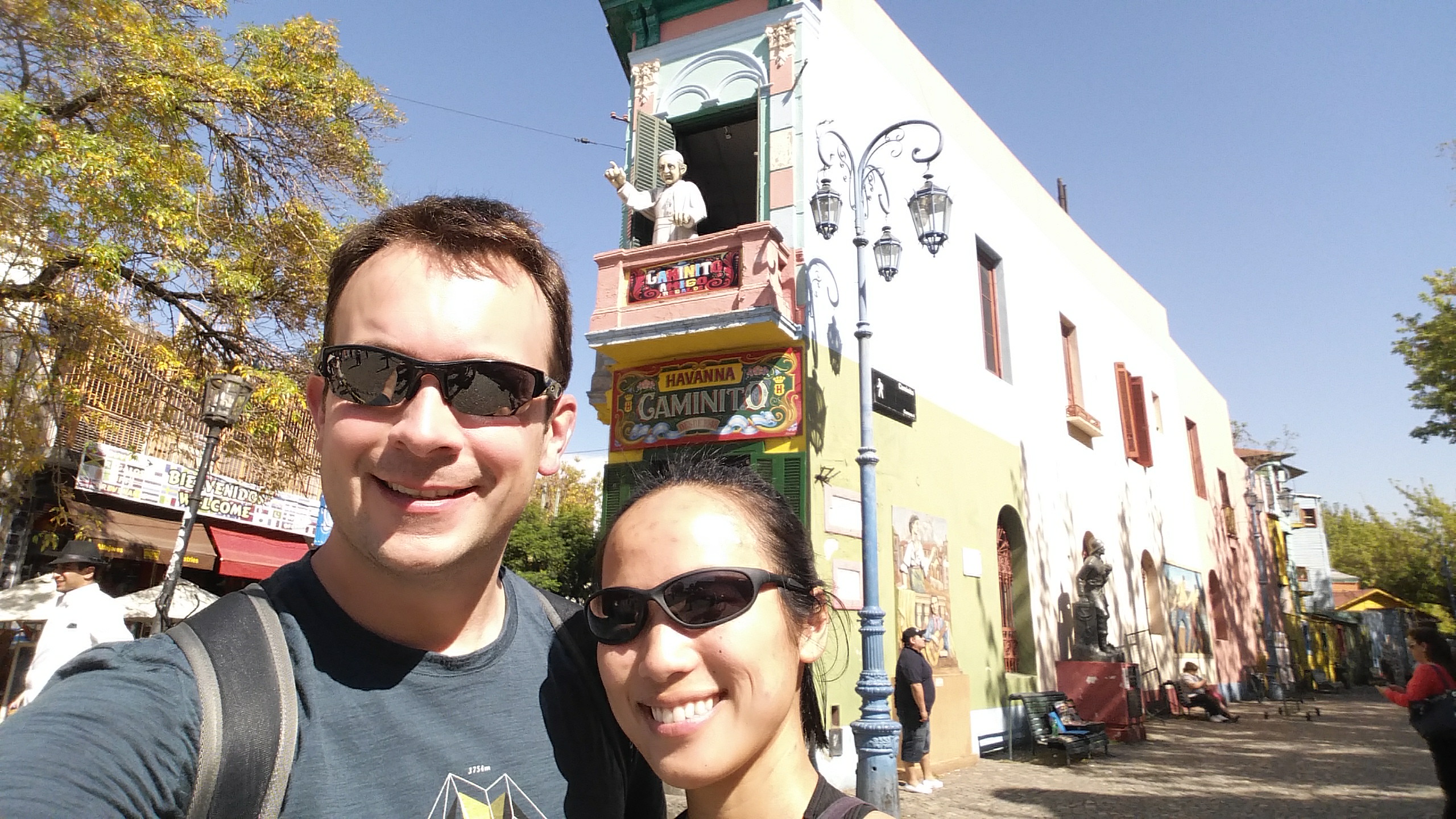
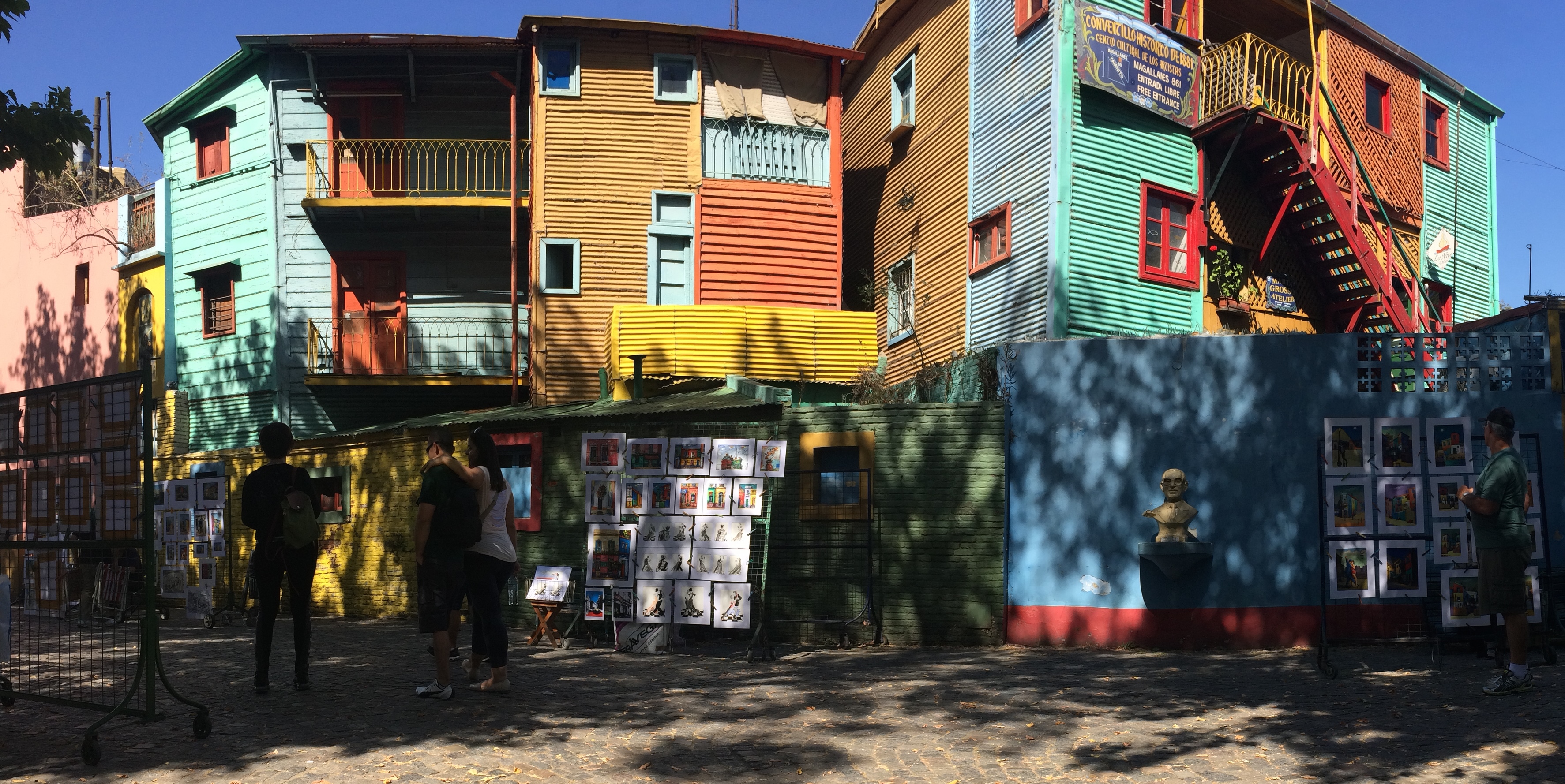
Nightlife
Nightclubs don’t open until midnight. Crowds don’t start forming until 2am. Alcohol is served until 5am. Parties until dawn are often spoken of. With these facts in mind, we knew we had to party at least one night.
From 9-10:30pm we took a powernap, and we headed out around 12:30am for Niceto in Palermo. Never before had I done so much research about taxis in a city; sure there’s always the longer-route scam, or perhaps the broken-meter scam, or the meter that runs faster than others, but I’ve never heard of the counterfeit money scam before coming to BsAs. Apparently there are stories where cab drivers will take your high bill and hand you back a counterfeit bill and accuse you of paying with counterfeit money. Or they’ll give you your change in counterfeit bills, depending on how intoxicated you are. We did our research and fortunately our cab experience was seamless (“radio taxis” are recommended).
Since we were in a foreign country I knew the music would be hit or miss. Having that expectation was important, because the music was a miss. It also didn’t help that everyone was chain smoking inside the venue despite all the NO FUMAR (NO SMOKING) signs taped all over the walls. The DJ played a mix of rock’n’roll, circus music, indie, folk, mellow electronic, and genres I couldn’t even identify. The live performance at 2:30am did it for us; while everyone else was jamming to the music and filming his terrible performance (awful vocals and awkward dancing), we knew it was time to leave. Chris even said, “If this was the U.S., he’d be booed off the stage.” I hate to admit he was right.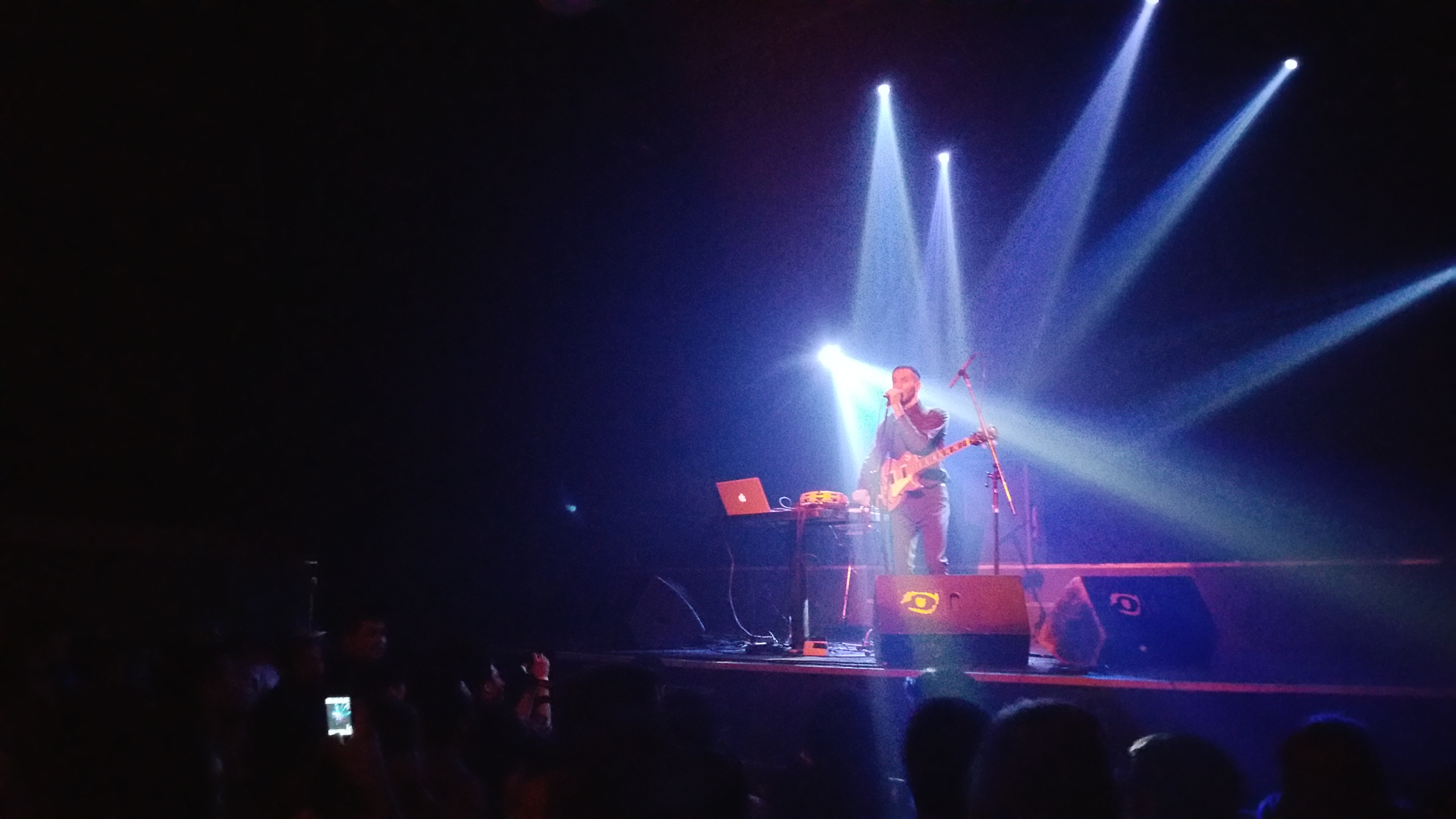
In the trendy district of Palermo, there were a number of other nightclubs and bars we walked by on our way out. What surprised us the most was that all the restaurants and parillas were closed. Not even one street food vendor could be found. I thought this was the city that never sleeps! In the club/bar districts of San Francisco, New York, Tokyo, and Bangkok, yummy food can easily be found within minutes of walking. I was hungry and we had to walk for a long while until we found an open restaurant…McDonalds!
Tango Shows?
I often wondered if tango was in BsAs because there are enough people there who share the passion for it, or if tango was in BsAs only because the locals know tourists will pay for it. Perhaps it is a little bit of both. Even then, there are numerous hustlers (on Calle Florida, along the waterfront of Puerto Madero, and all over Caminito) passing out fliers for tango dinners or shows. Although there are an abundance of tango opportunities (whether dancing or watching), we did not come to BsAs for the tango.
Milonga
Okay, we did try a bit of tango by going to a milonga. (In its simplest definition a milonga is a place where tango fanatics dance tango.) Actually, it was more of a tango class for noobs at La Viruta in Palermo. Not really our thing, but we’re in BsAs, so why not? We had fun, mas o menos, but it didn’t give us the OMG WE HAVE TO DO THIS AGAIN vibe that reviewers were gushing about. I’m assuming most tourists don’t come to BsAs only for the tango, just like how tourists in Hawaii don’t go to Hawaii only for hula dancing. But for those tourists who specifically go to BsAs for the tango, then I’m sure BsAs satisfies their desires.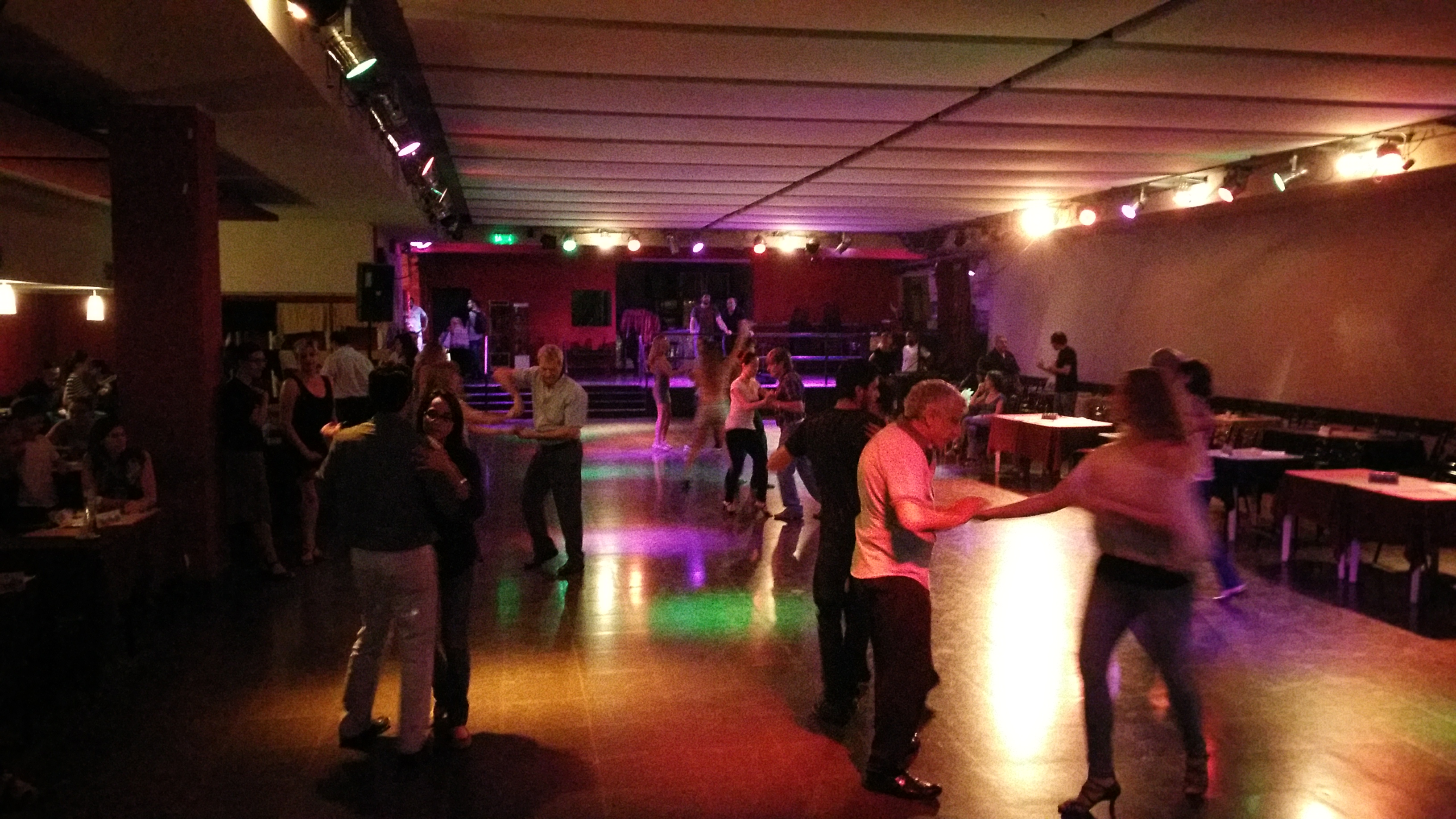
Side story: I had asked my friend from Cordoba, “Do a lot of Argentinians tango?”
“NO!” he cried. “The music and lyrics are depressing. I rock’n’roll!”
I have to admit I also prefer more upbeat music.
Uruguay Day Trip
We went to Colonia, Uruguay for two reasons: 1. To explore another country within the vicinity of BsAs and 2. Stock up on US dollars! (Yes, all the ATMs in Uruguay spit out US DOLLARS!!!) We needed more cash to exchange at the dollar blue rate back at Calle Florida in Argentina. Upon arrival in BsAs we had run out of US dollars, but we used Xoom without a problem to pick up cash at a better rate than ATMs. We highly recommend using Xoom if you’re a U.S. citizen without cash in Argentina.
Two reputable ferry companies were Buquebus and Seacat. It seemed like most people travel to Uruguay with Seacat because their prices are half of Buquebus’ prices. We walked to Seacat’s office and pleasantly discovered that Seacat usually offers a special price for round-trip 1-hour ferry tickets 24 hours before departure. We bought our tickets for the next day at $68 USD each.
Colonia was a stark contrast to BsAs, a delightful and relaxing getaway from the bustling city. Some will find it boring, some will find it charming and pleasant. In the historic center of Colonia were cobblestone roads, vintage cars, and floral trees. 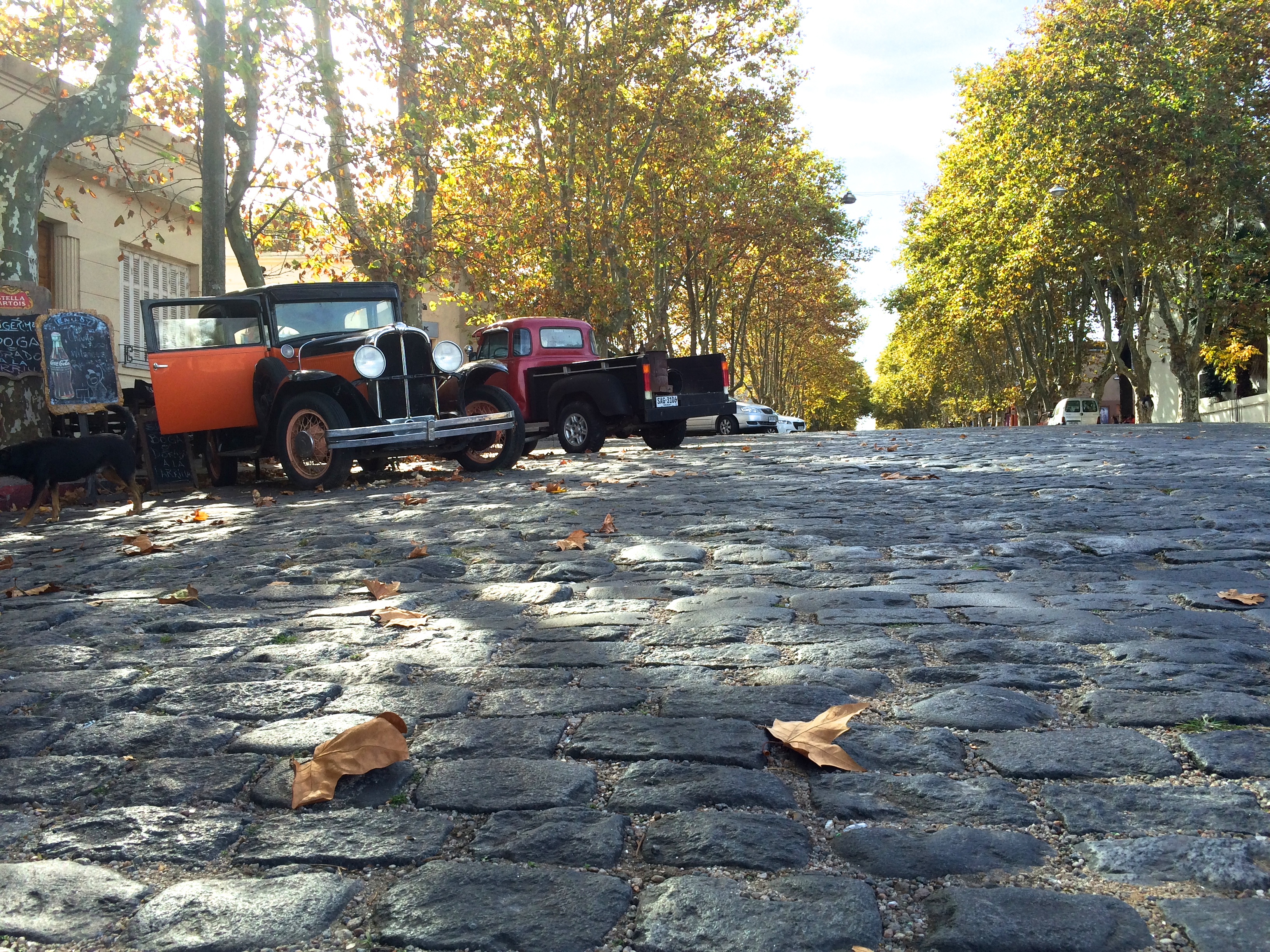
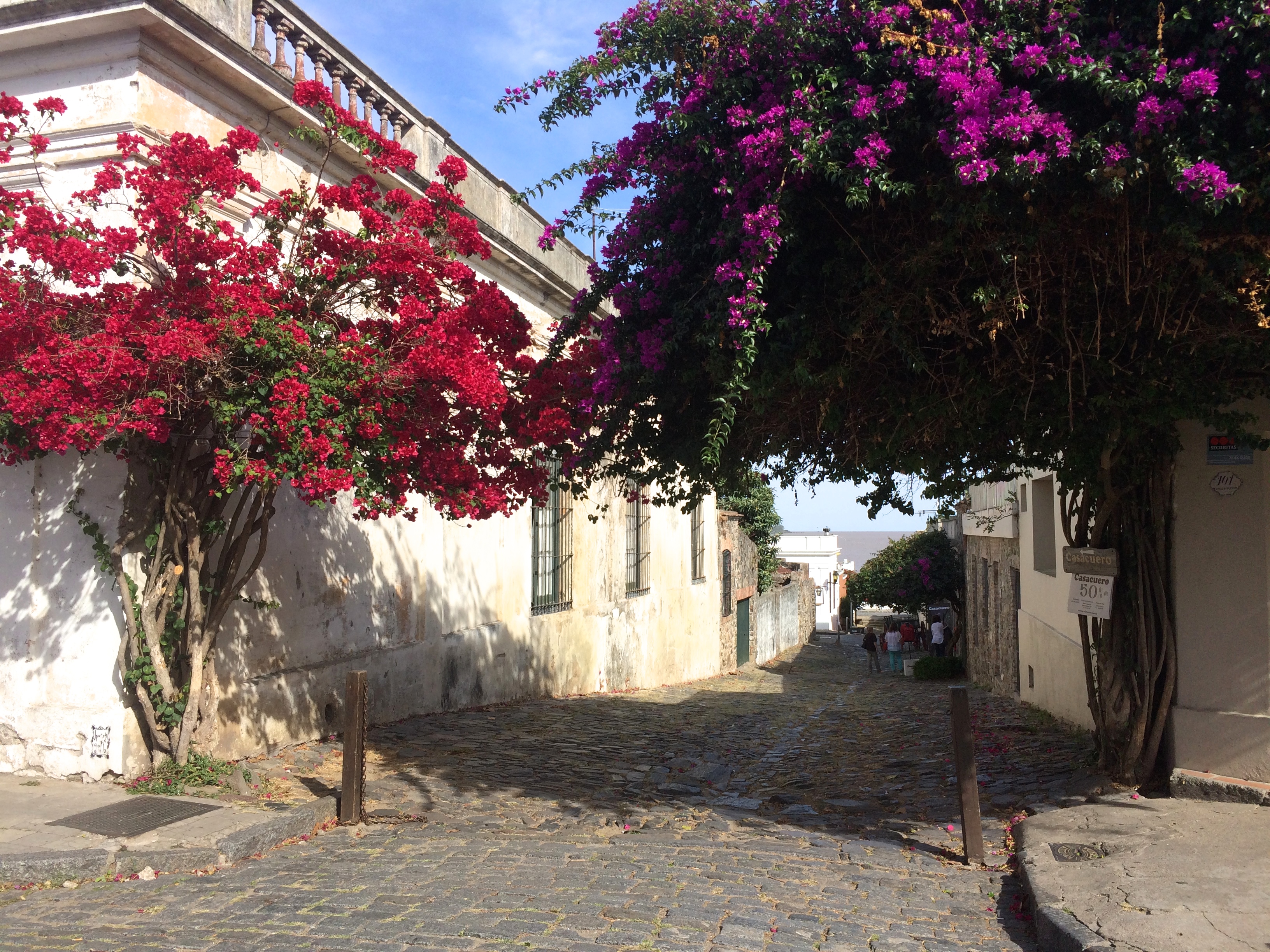

Dirt roads and the quiet “beach” were reminiscent of Southeast Asia.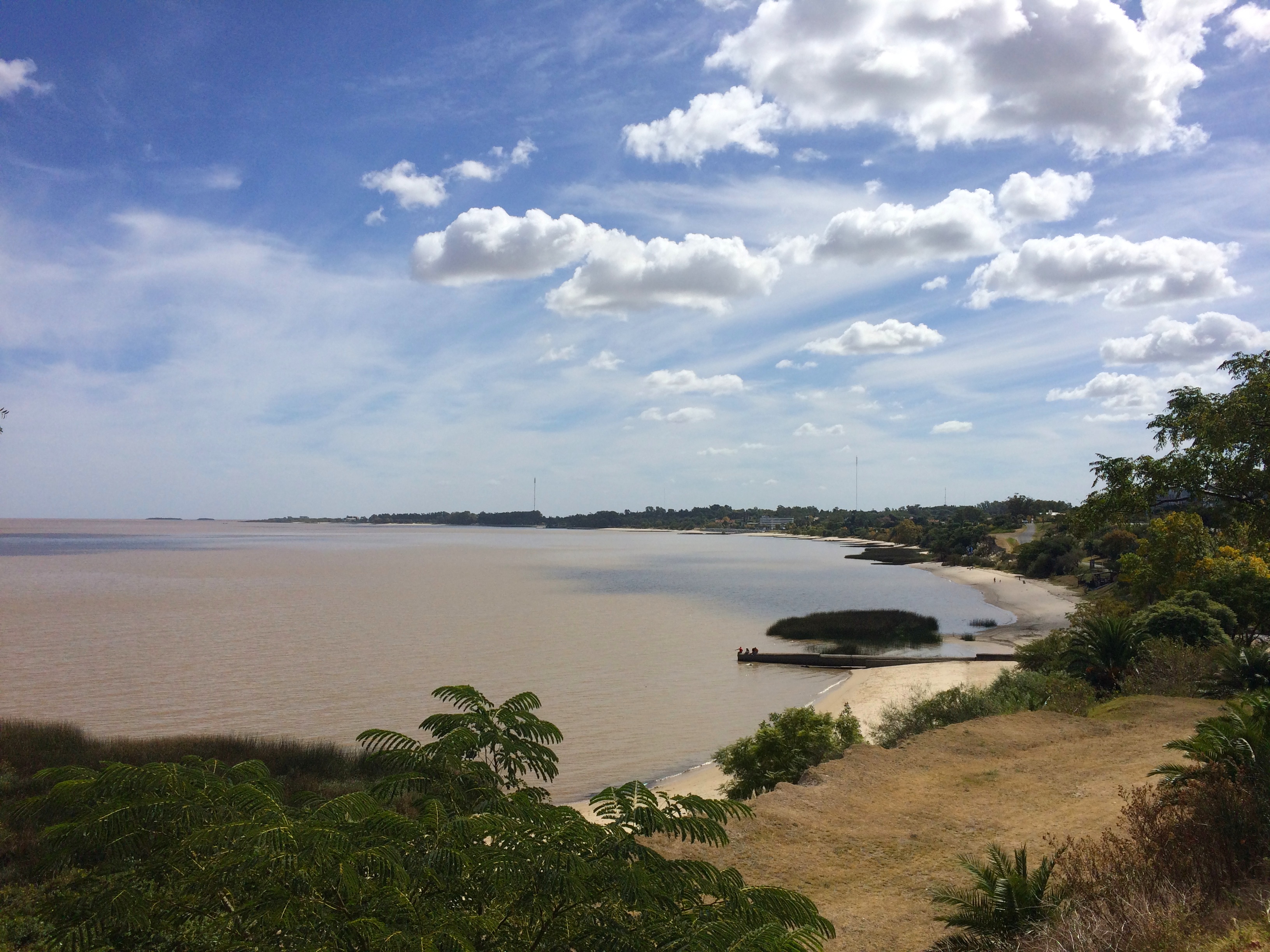
Five kilometers from downtown was a historic derelict bull-fighting stadium.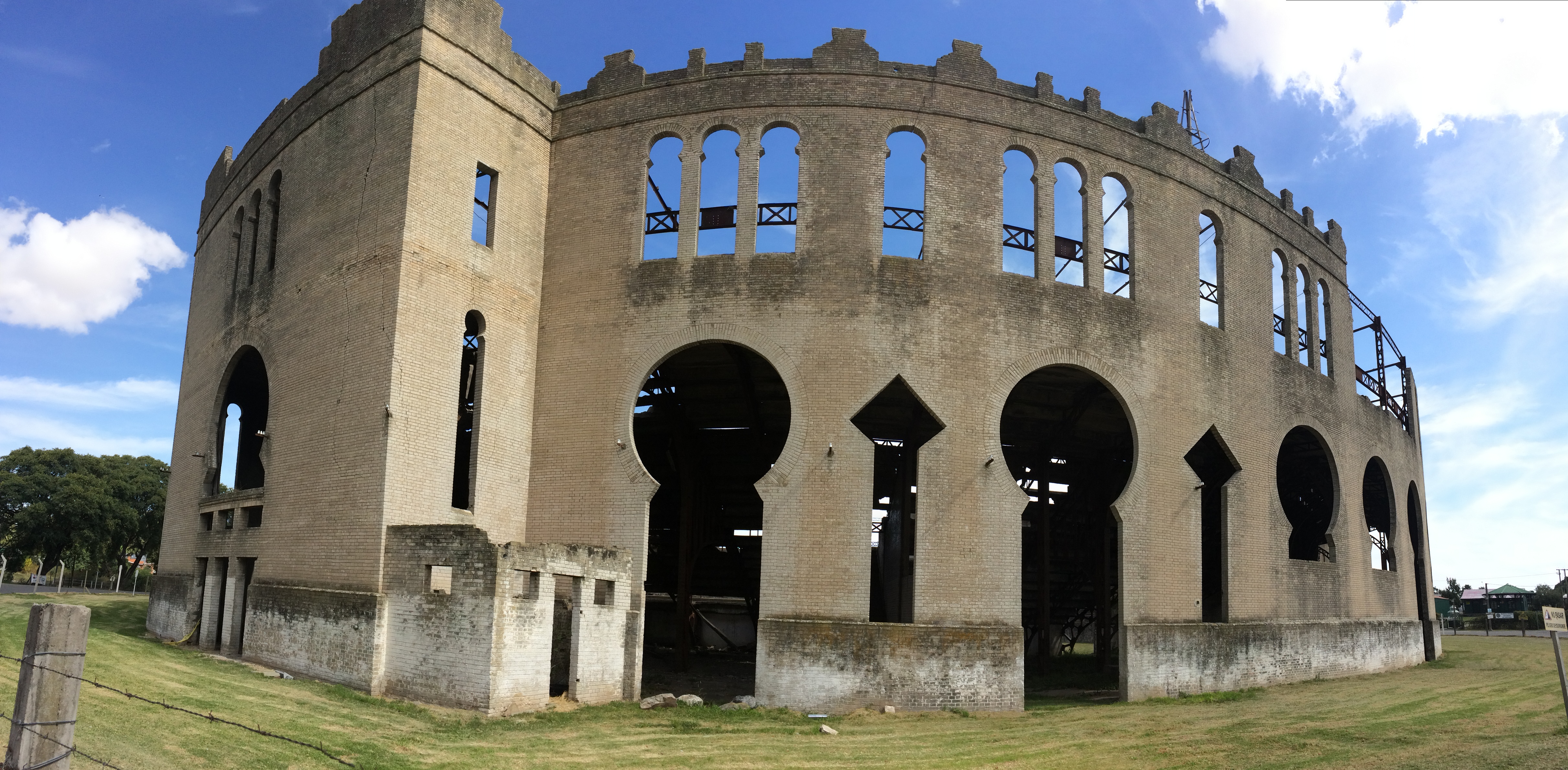
And on the way back to BsAs, we were amazed by how large the ferry was. Our morning ferry was much smaller and could not compare to this one:
Our day trip to Colonia, Uruguay was a pleasant one, but I would not recommend making the trip there if you have less than 4 days in BsAs.
Random Quirks
Argentinians love their protests. I can’t blame them. The country paints a first-world façade, when the sad reality is that it is still developing. I think this is what people love about BsAs…the “it’s the same but different” philosophy. On the cover it looks and feels modern and prosperous, but it really isn’t. Their government, financial crises, and banking system says it all. Not to mention the dog poo everywhere. Literally everywhere.
In addition to protests, the people of BsAs love to block the streets. During crazy traffic jams, it seems as if every bus driver or truck driver enjoys blocking major intersections, and everyone gains satisfaction from honking their horns in the middle of cluster-fucks. And when there isn’t enough traffic or protests to block the streets, the people will say fuck it, let’s get 12 friends and do some kind of march to block more traffic!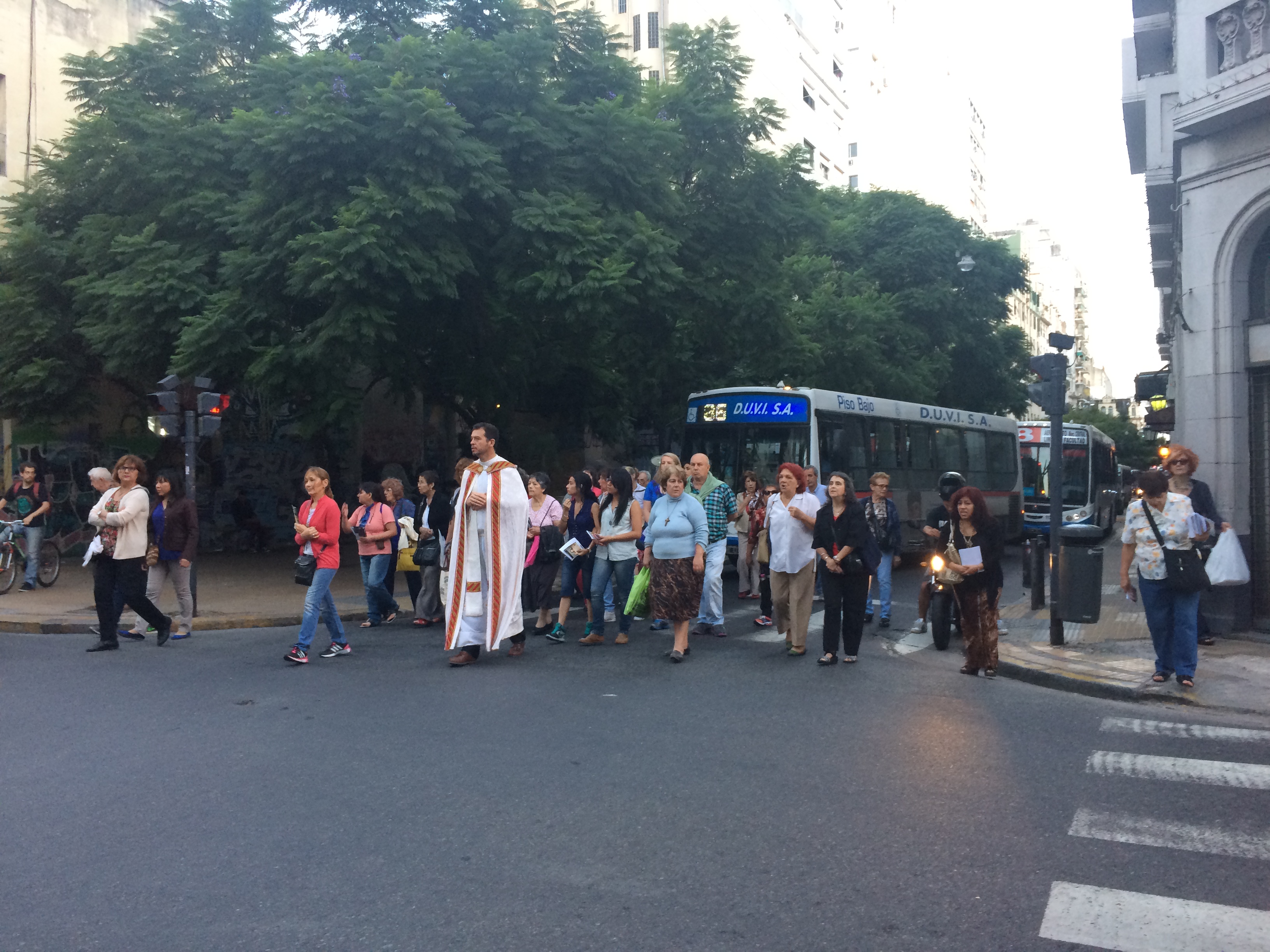
I was also amused by the vendors on the subway. They walk up and down and toss their products into your lap, and come by again to retrieve payment or their product. So far I’ve had packaged gum, a toy flashlight, and a bundle of highlighters tossed into my lap. I’ve seen a man make 2 sales to two elderly women after pitching some type of cleaning fabric.
I have no idea what this guy was pitching…I think it was educational health laminates targeted for children.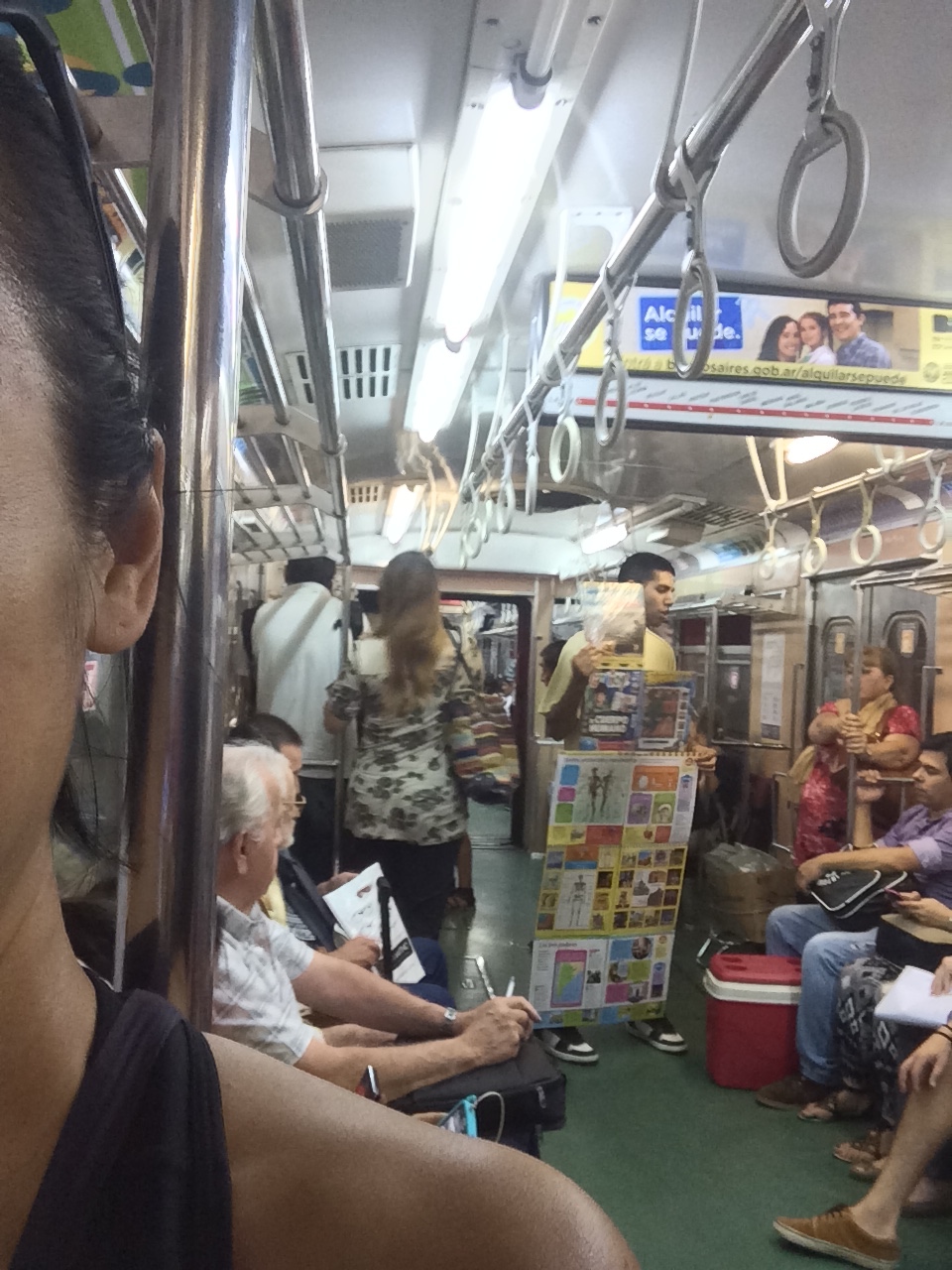
Bosques de Palermo
After completing the short list of to-do’s in BsAs, the last remaining suggested activity was a visit to Bosques de Palermo, or the Woods of Palermo. The fountains, small lakes, manicured lawns, trees, geese, and colorful rose garden provided a peaceful environment within the traffic-congested city. Although a relatively small park, locals enjoyed biking, jogging, and rollerblading along the curved paths. Definitely a good place to sit and do nothing.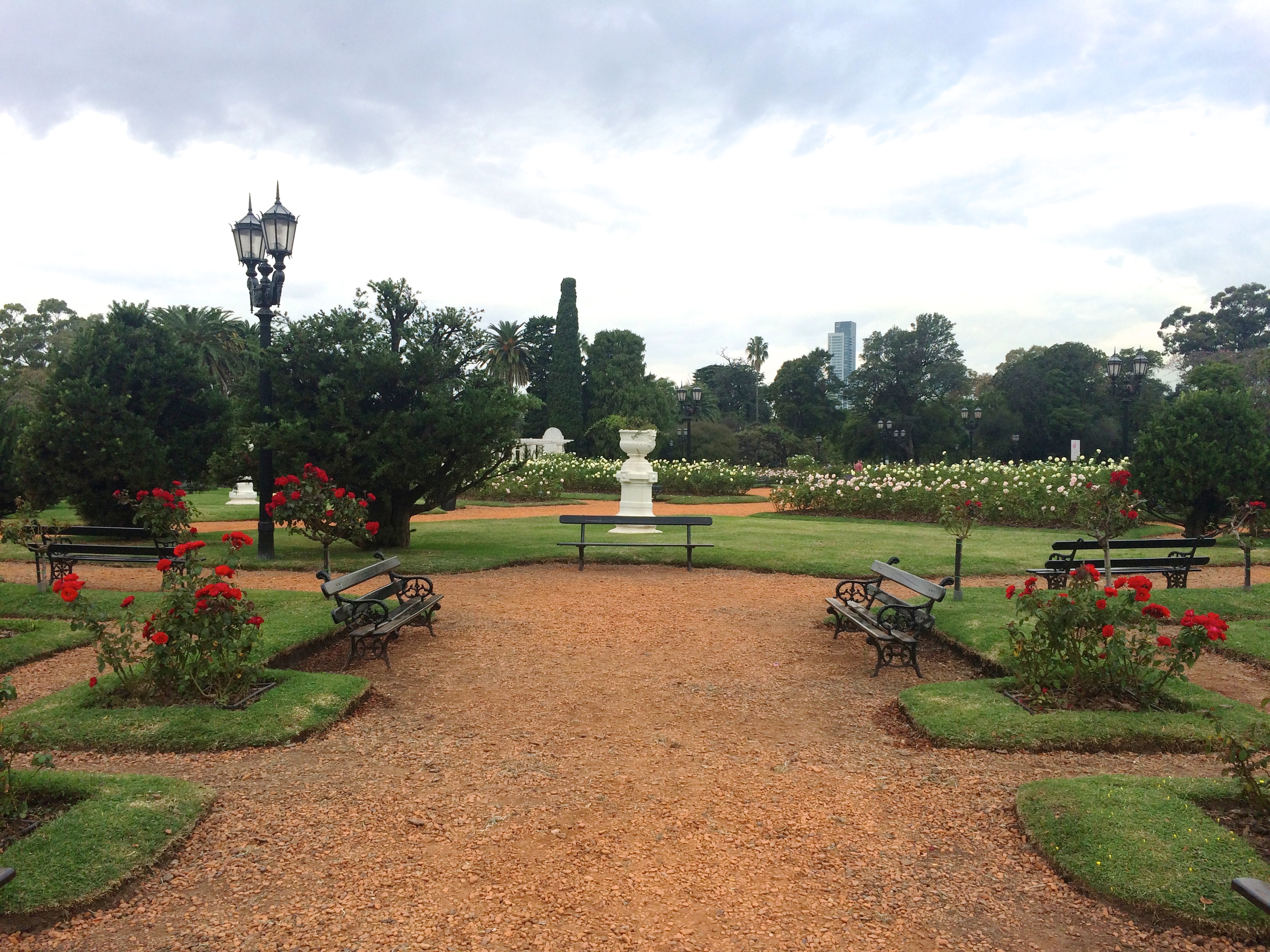
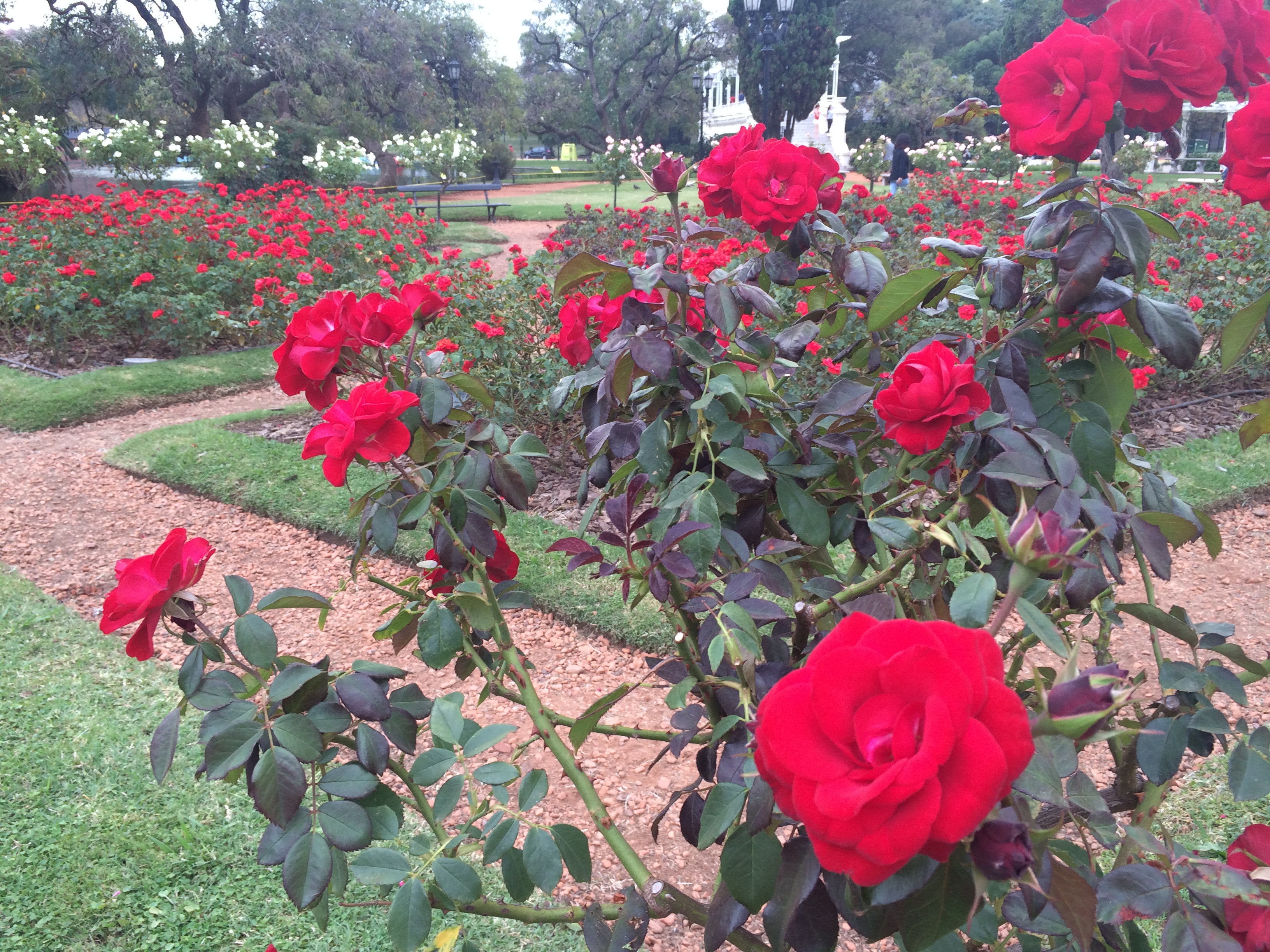
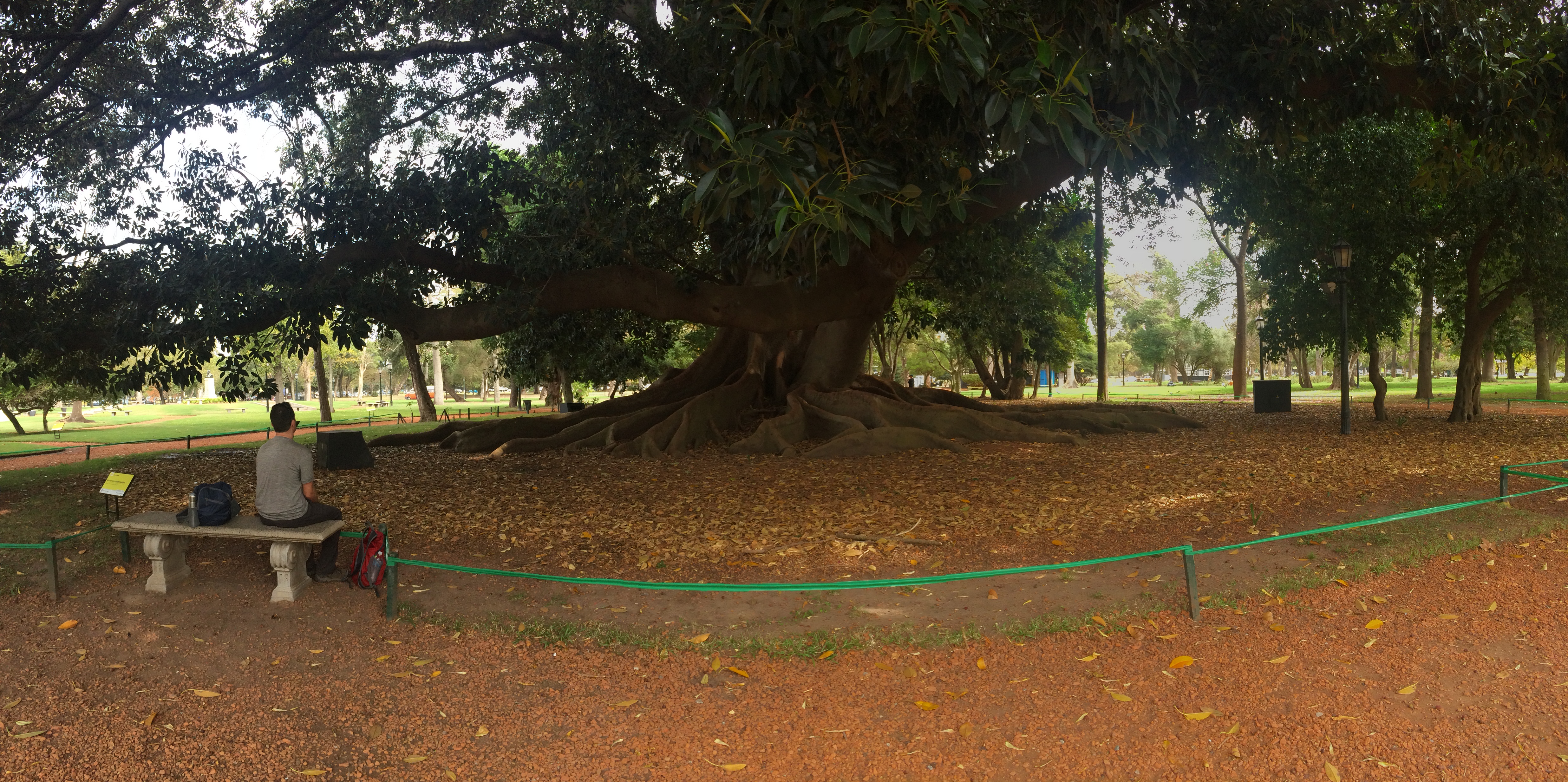
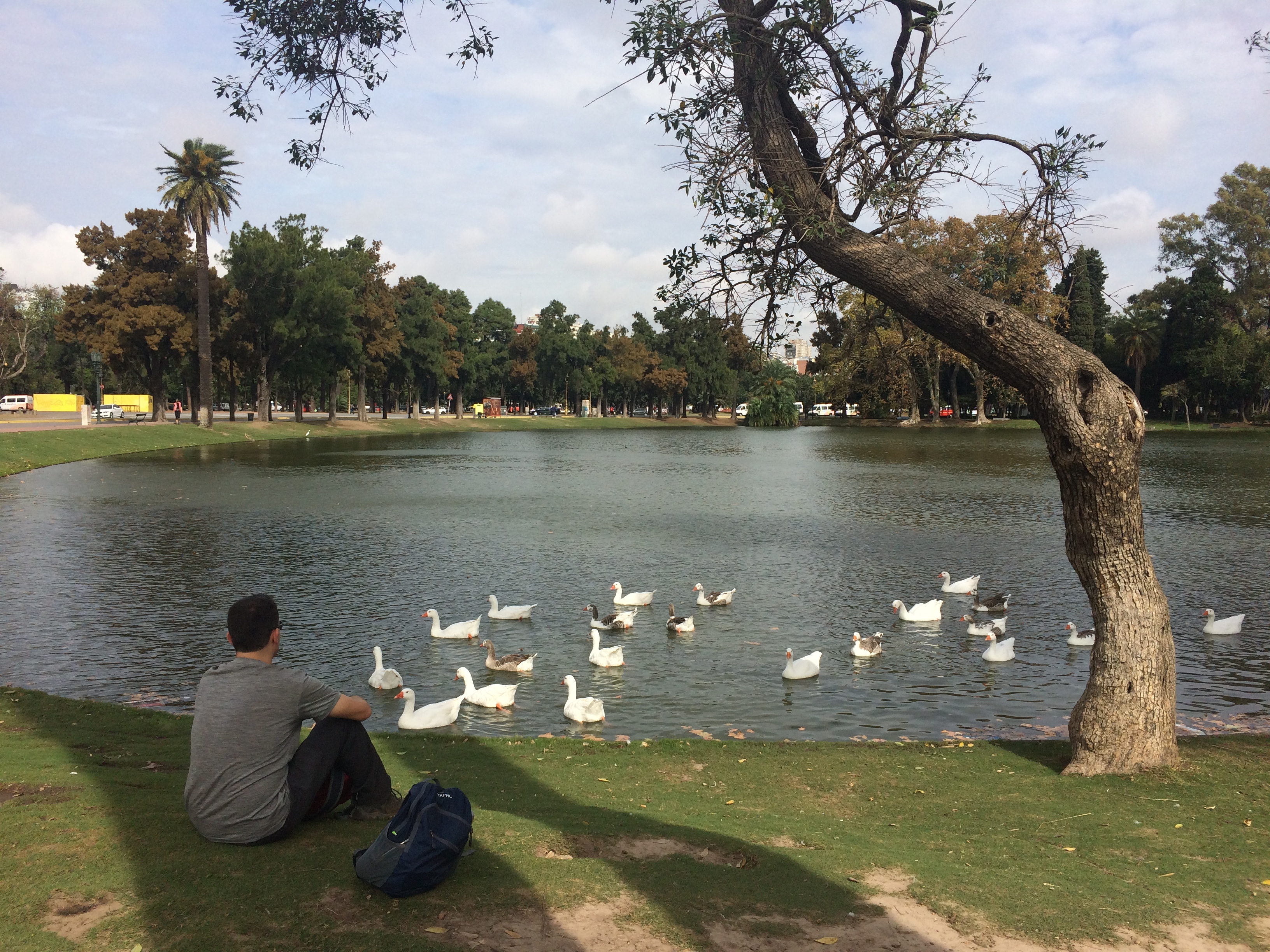
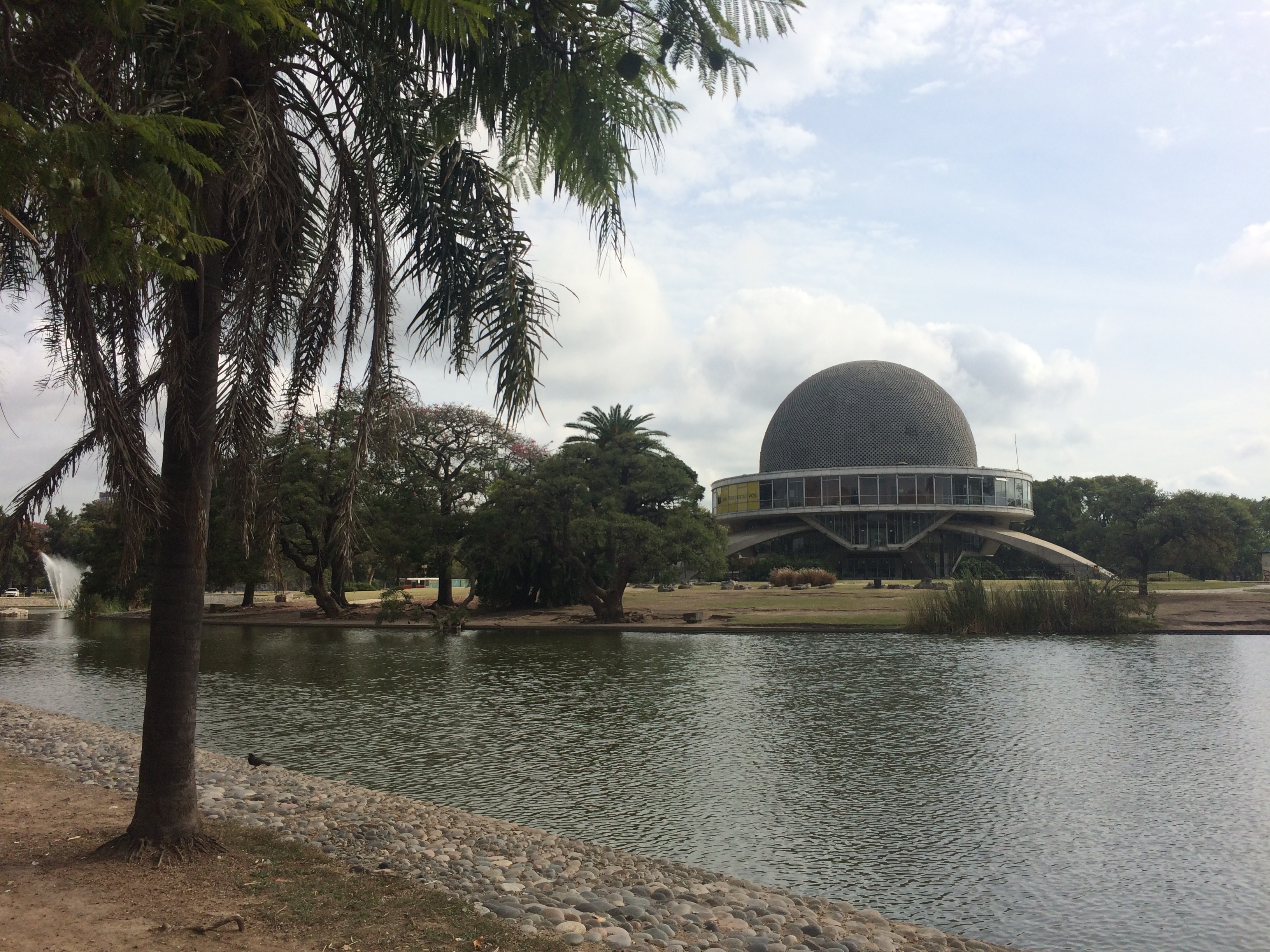
So there you have it. The highlights of one of the most major Latin America cities with 14+ million inhabitants include steak, wine, cake, buildings, a pink government building, cemeteries, a futbol stadium, a colorful alley, and some neighborhood parks. And if you’re into tango, there’s that too.

